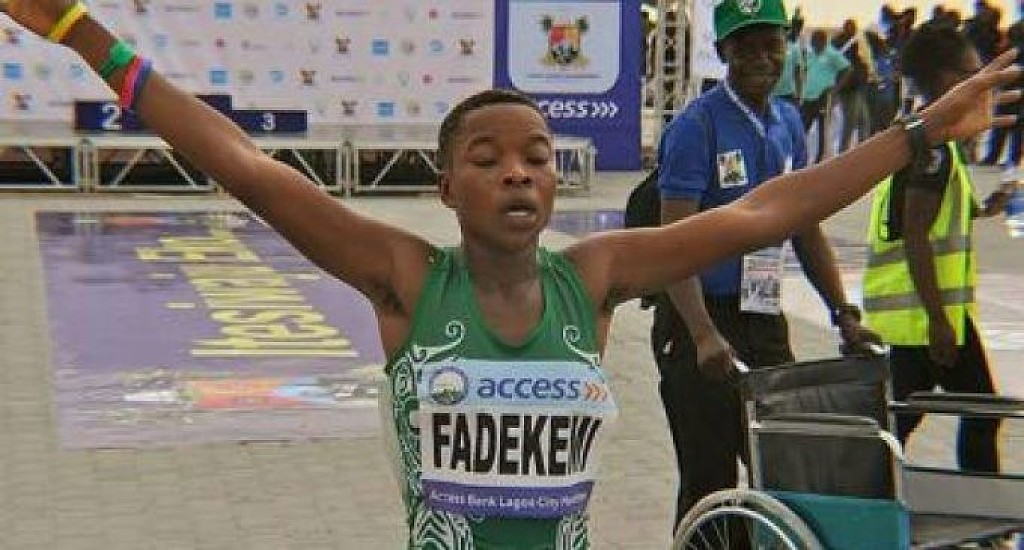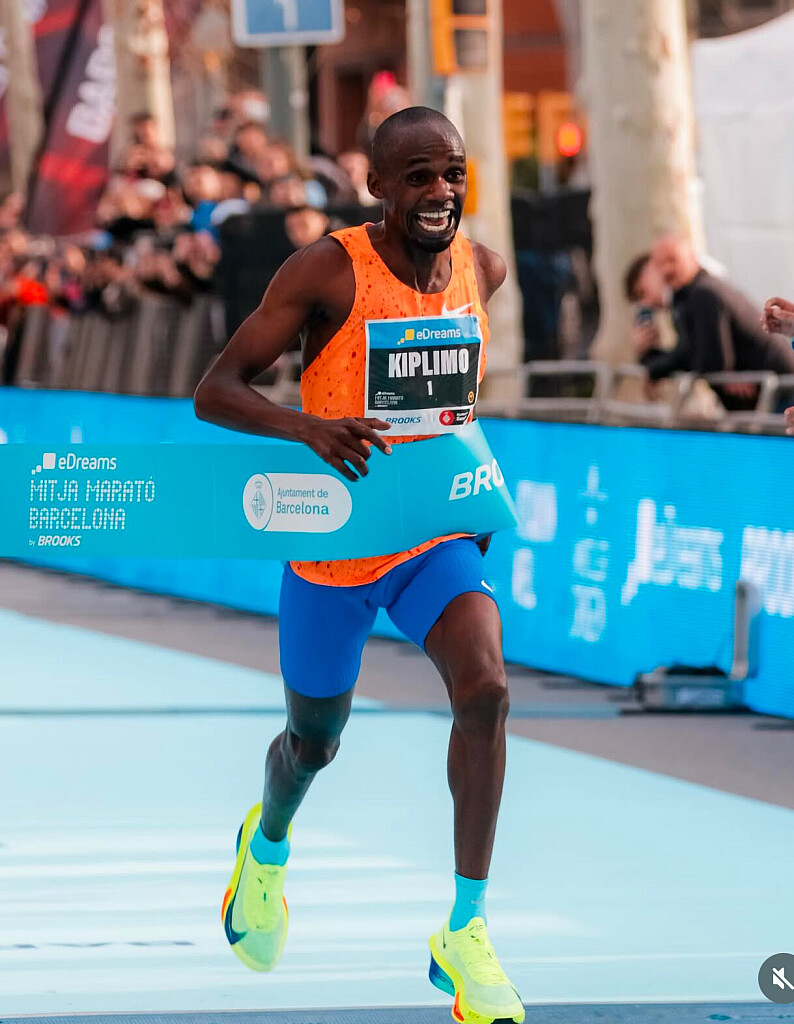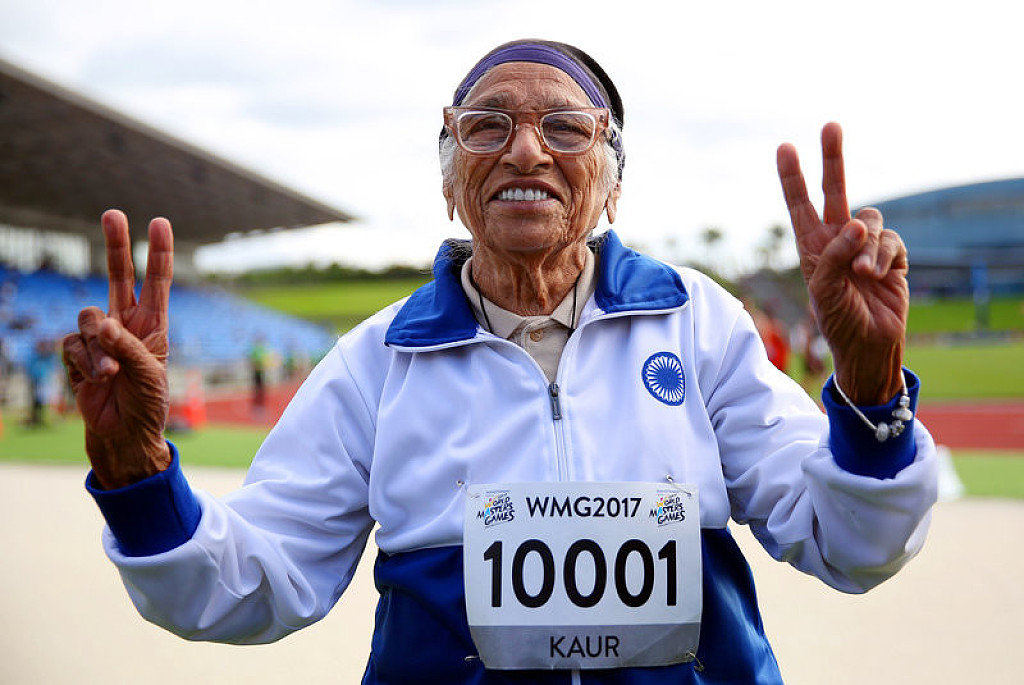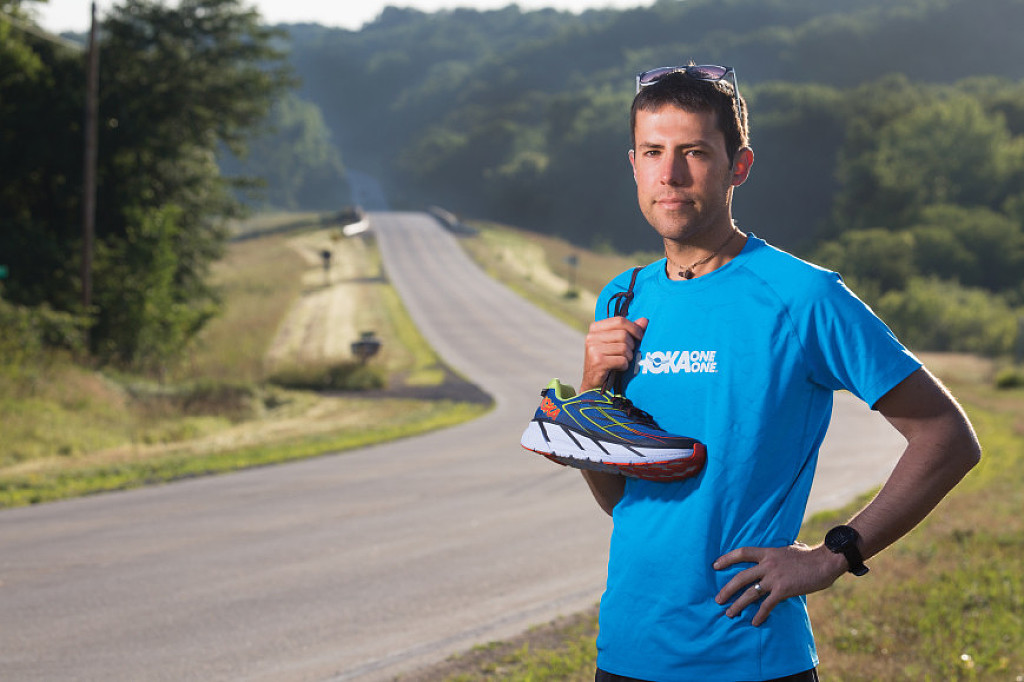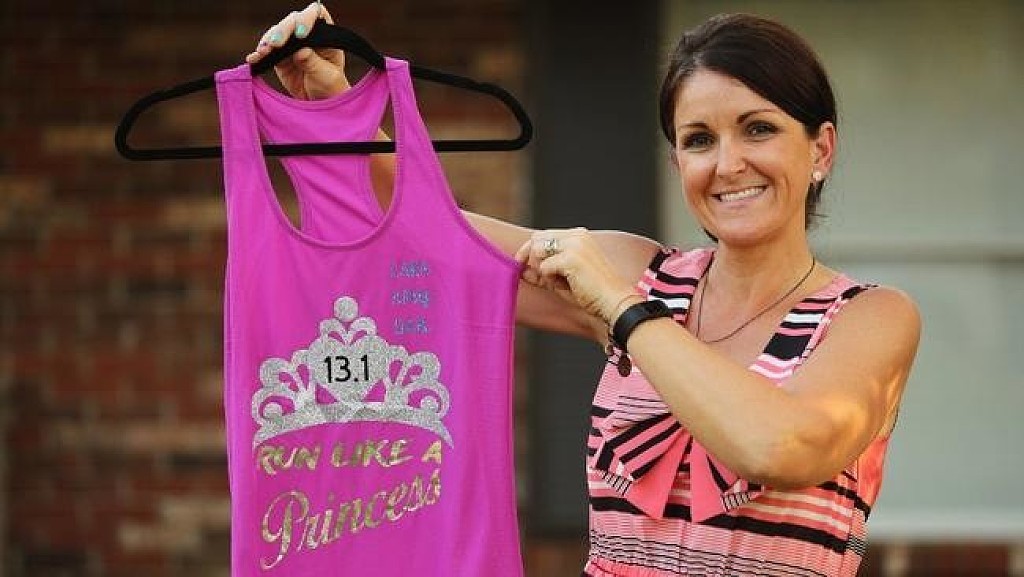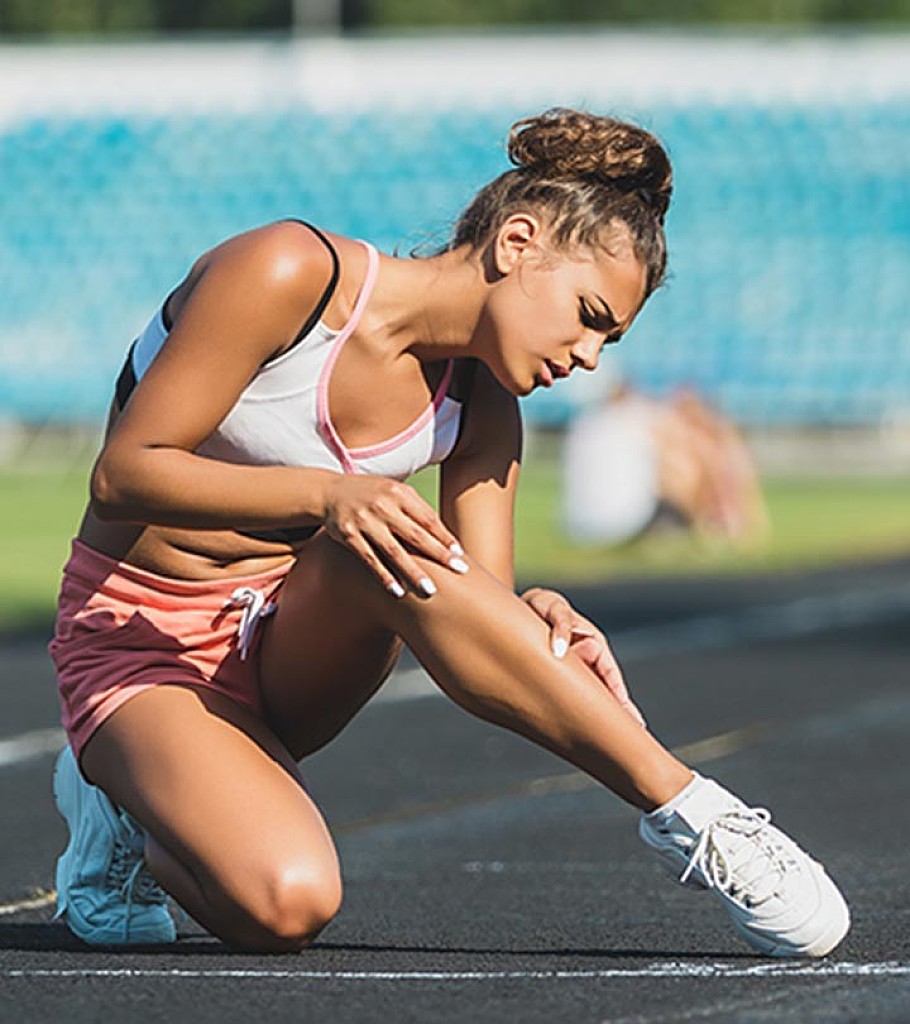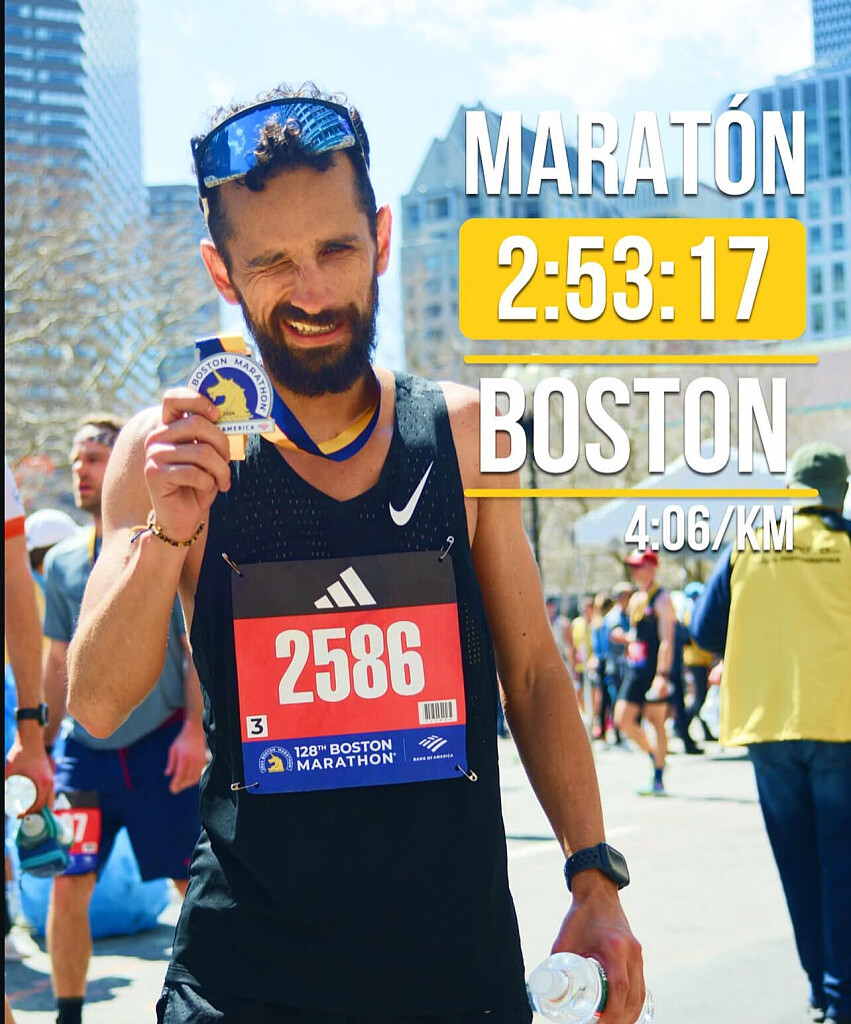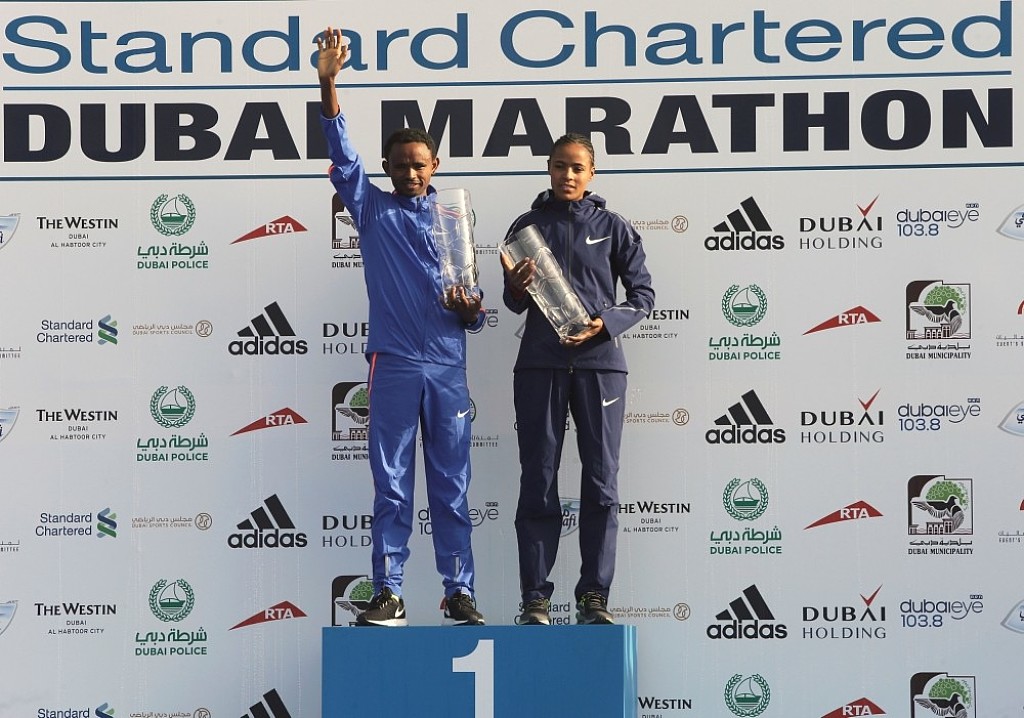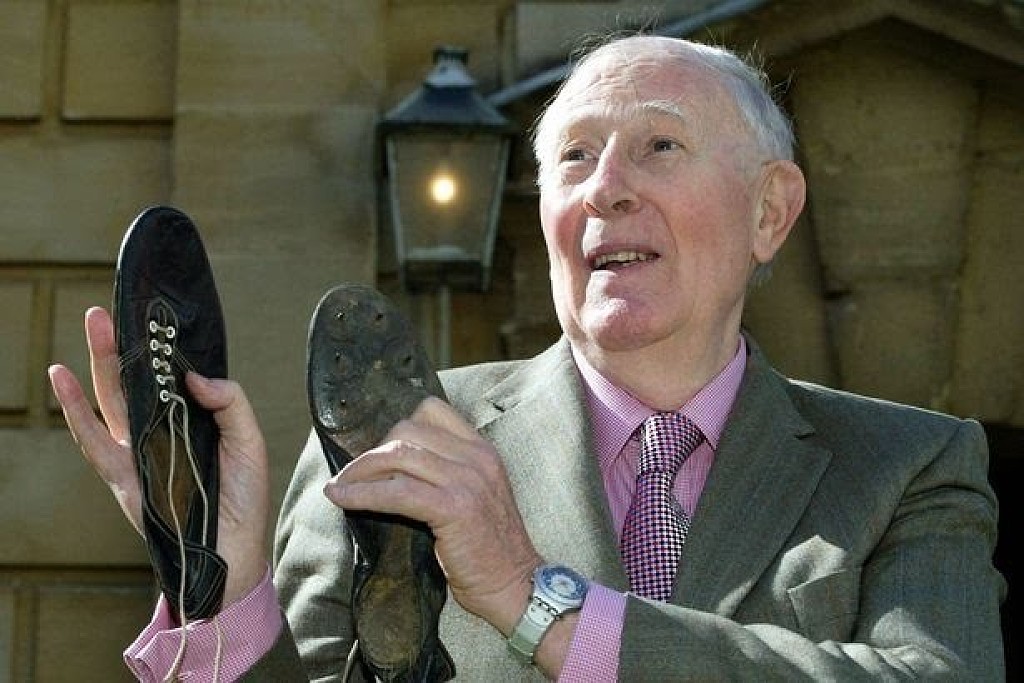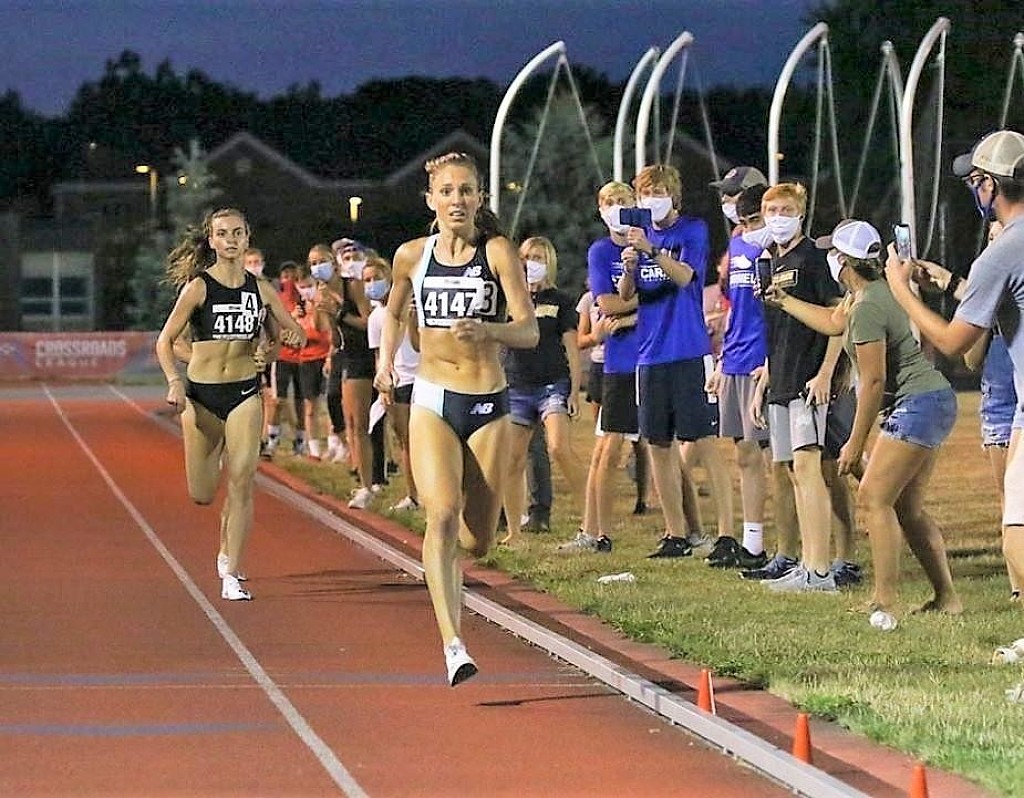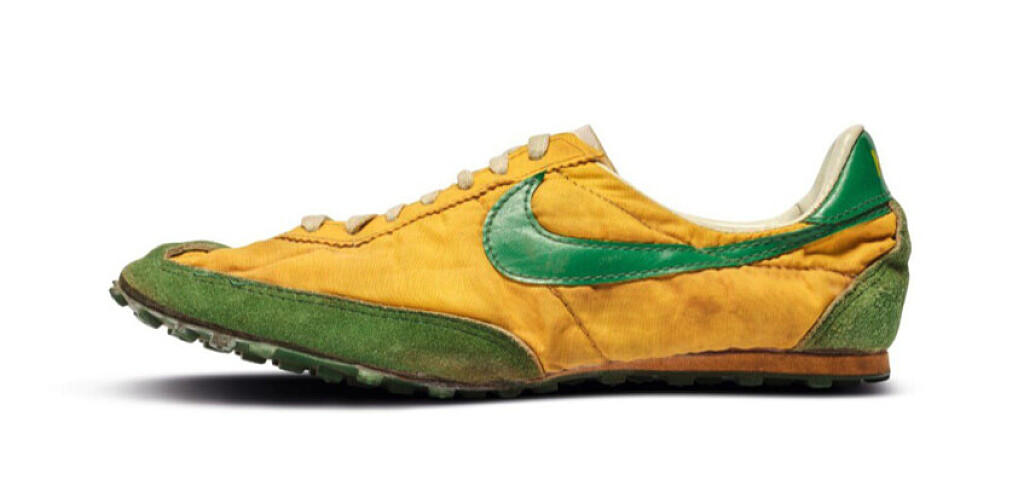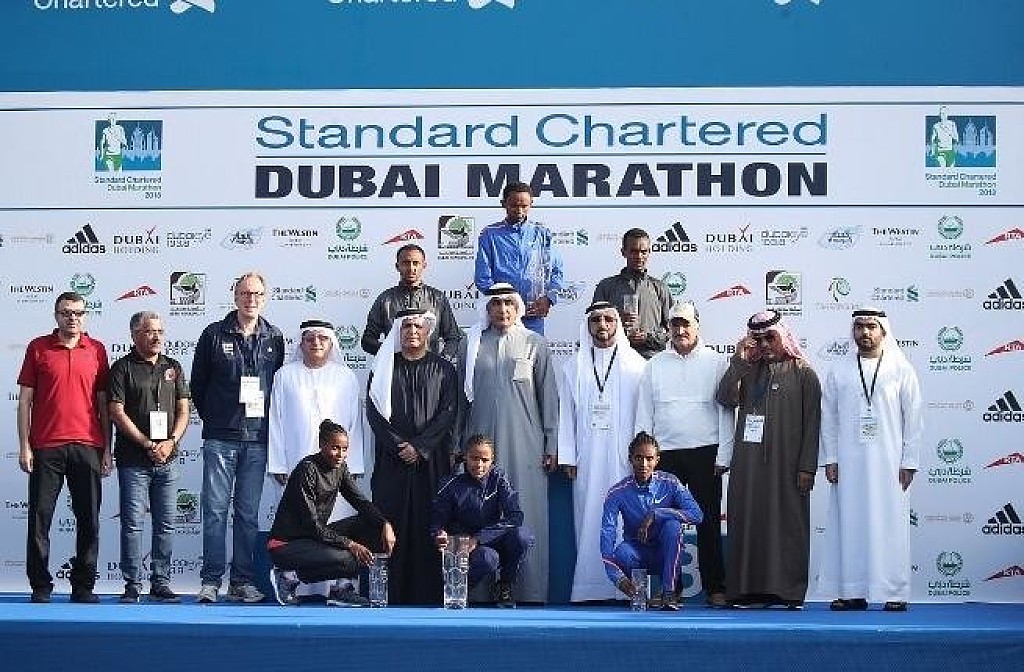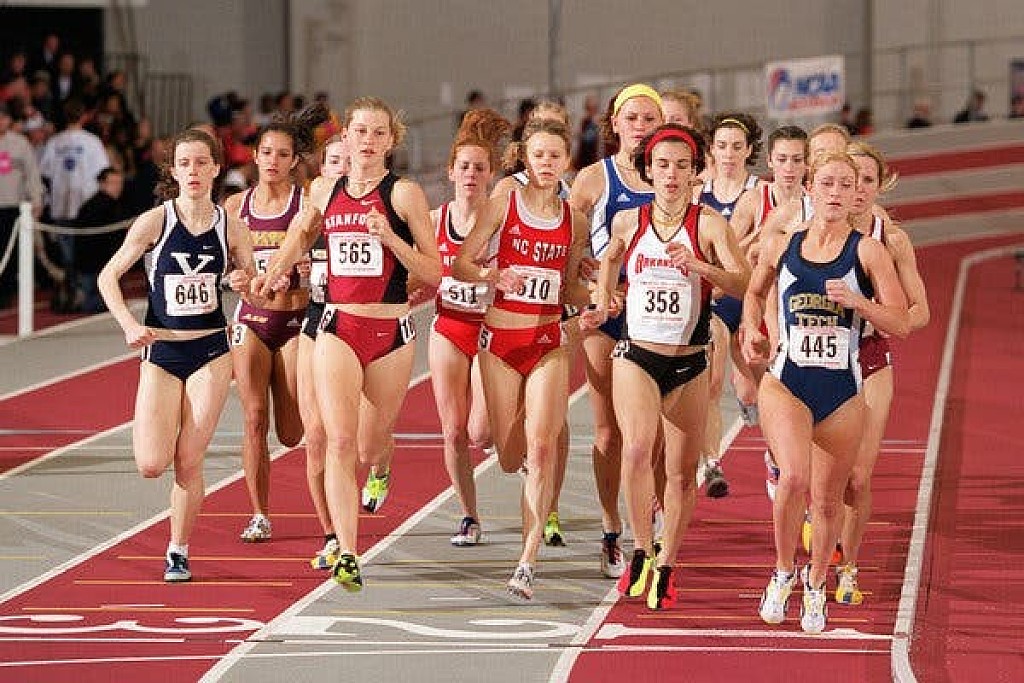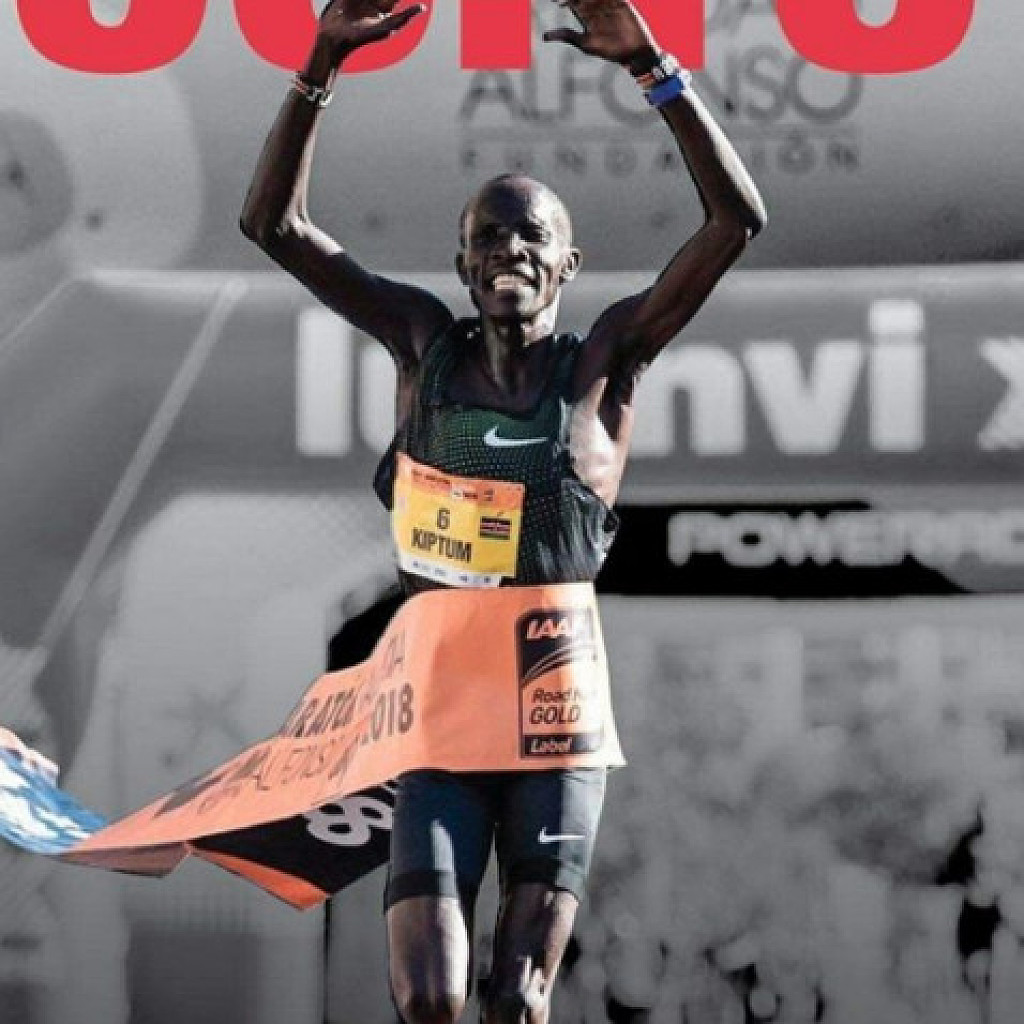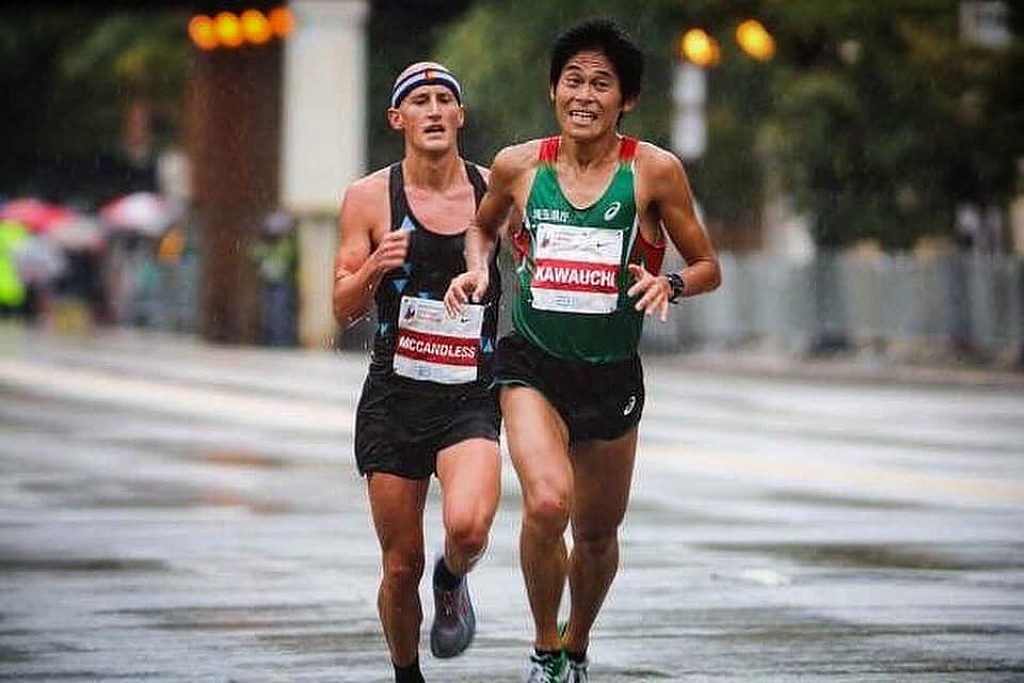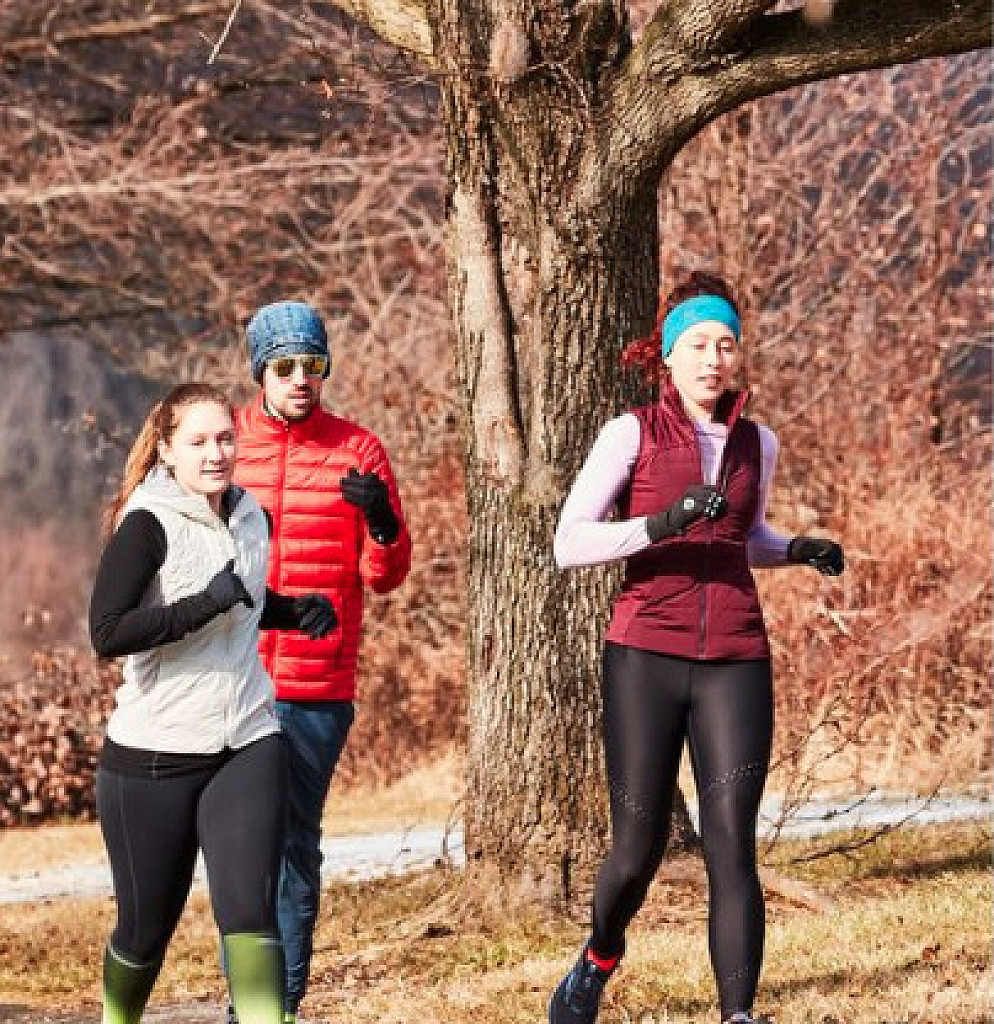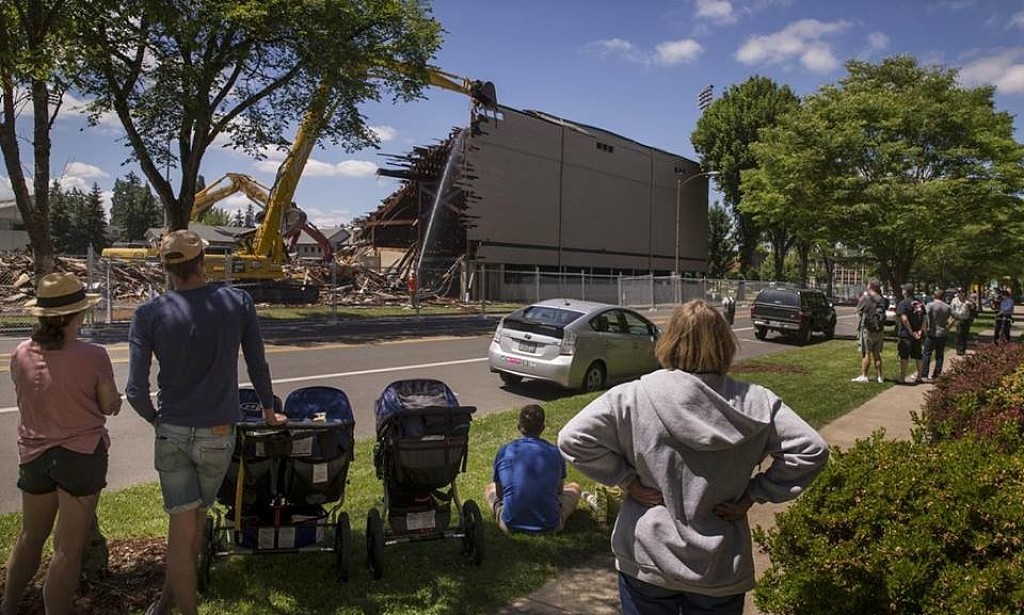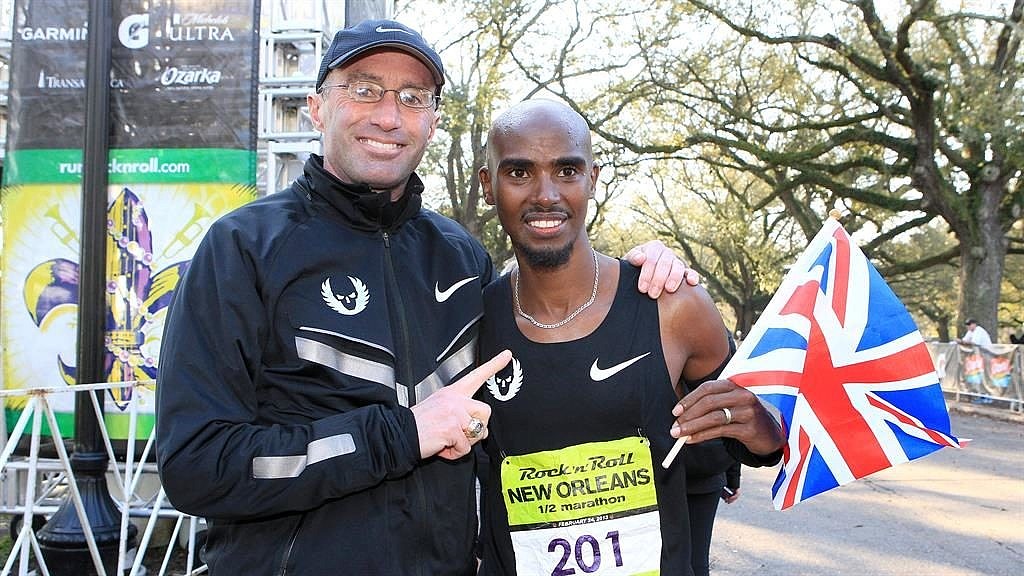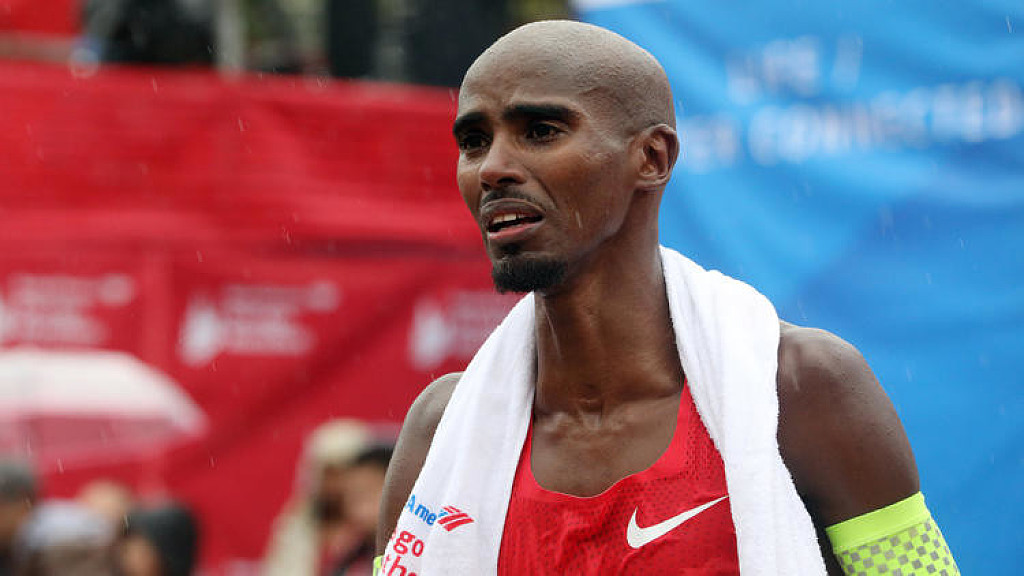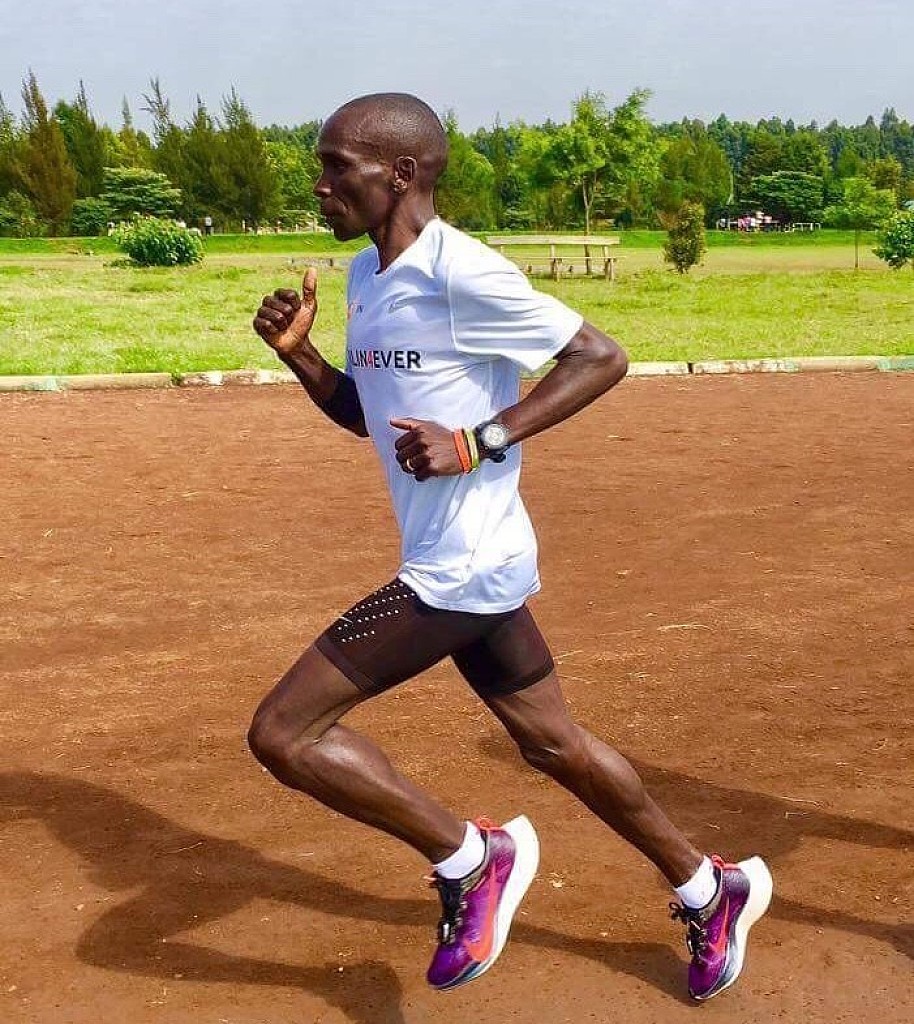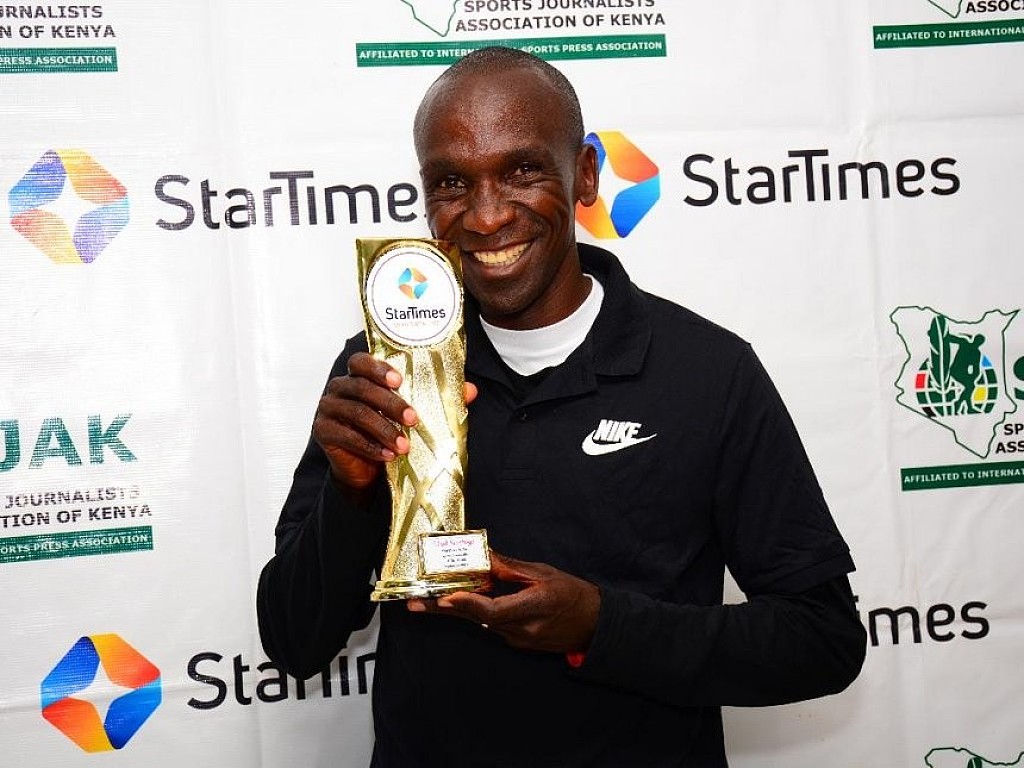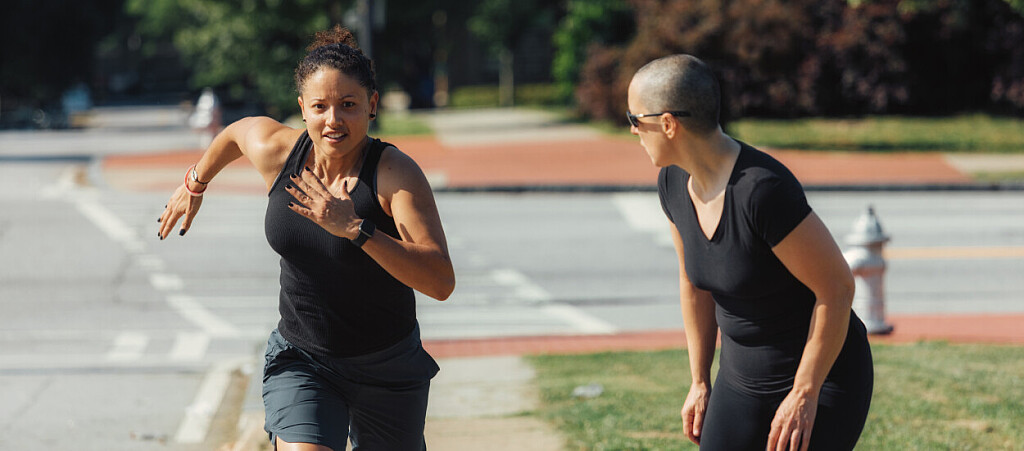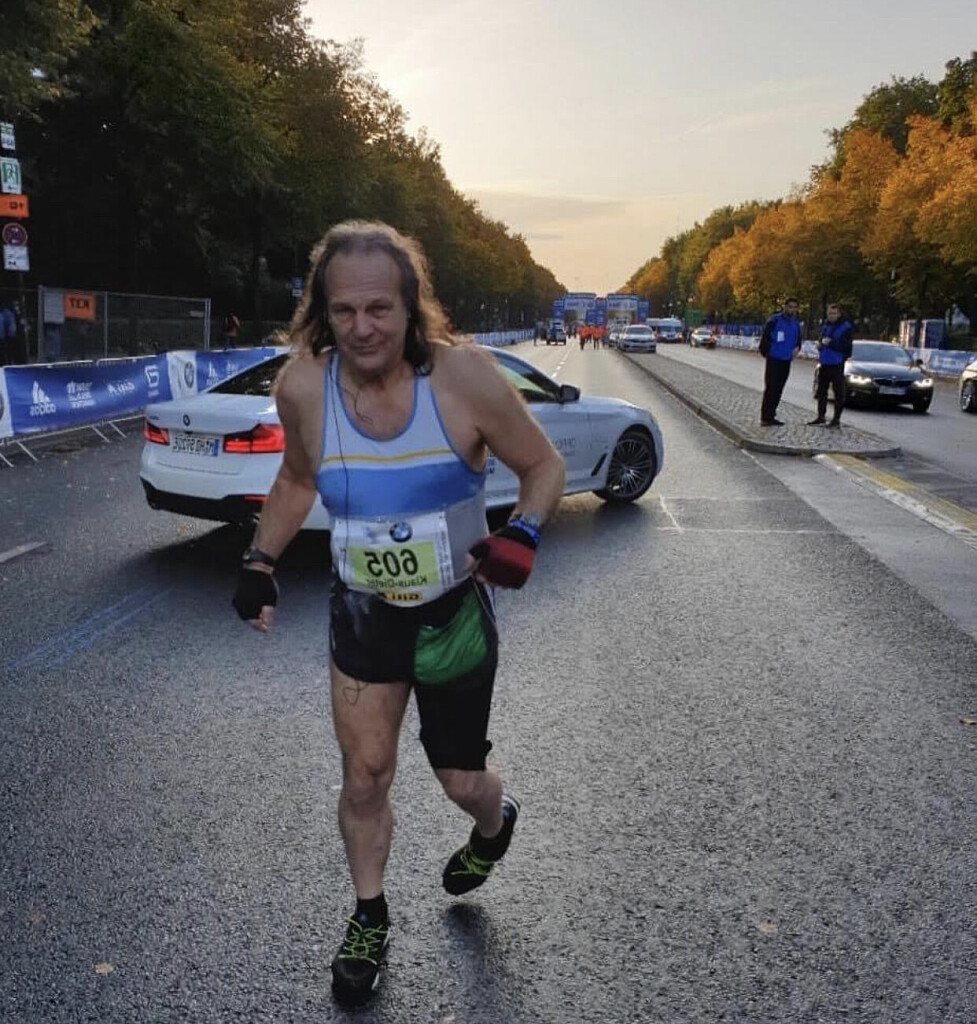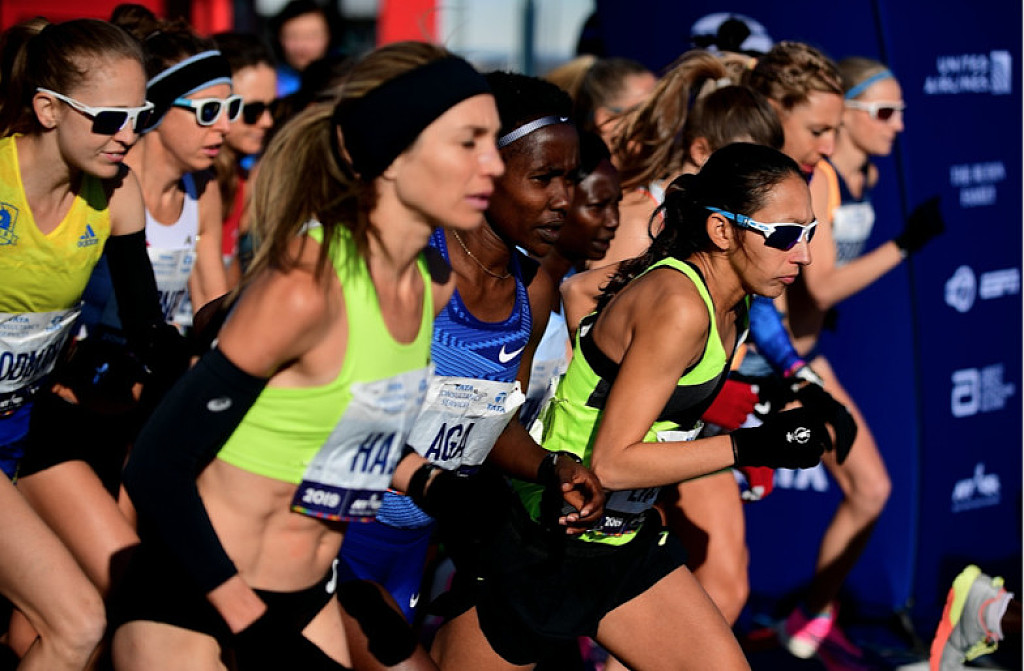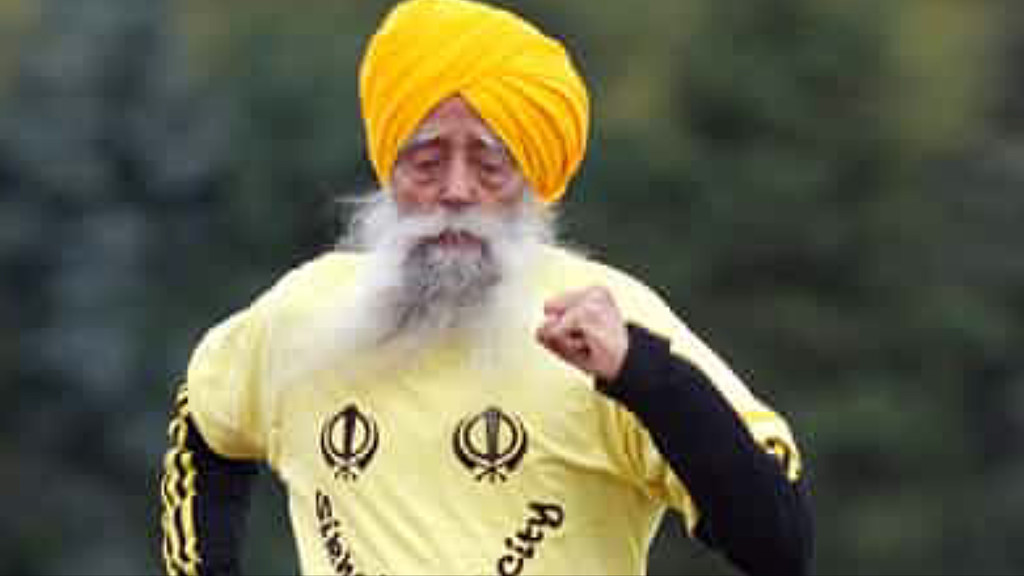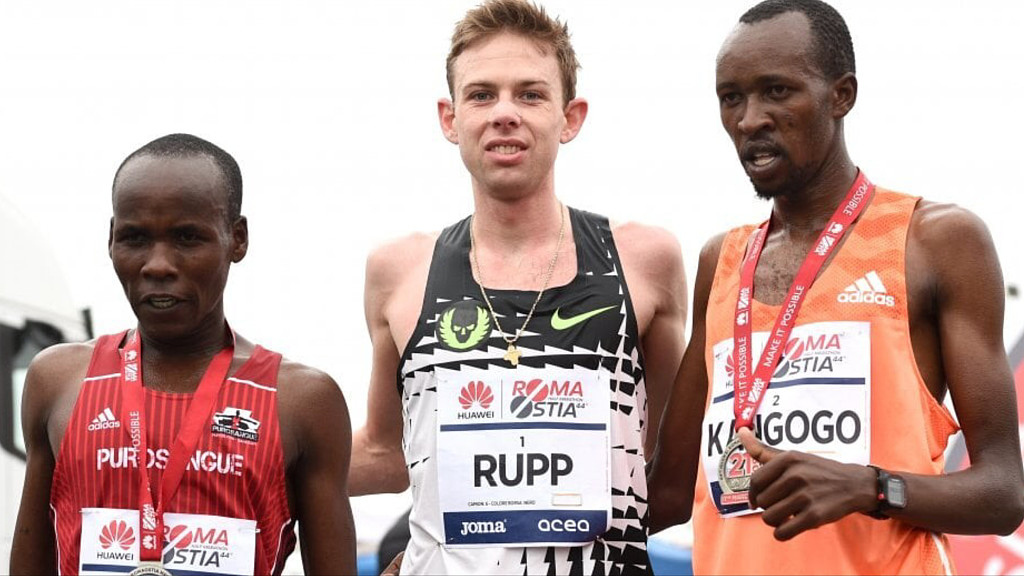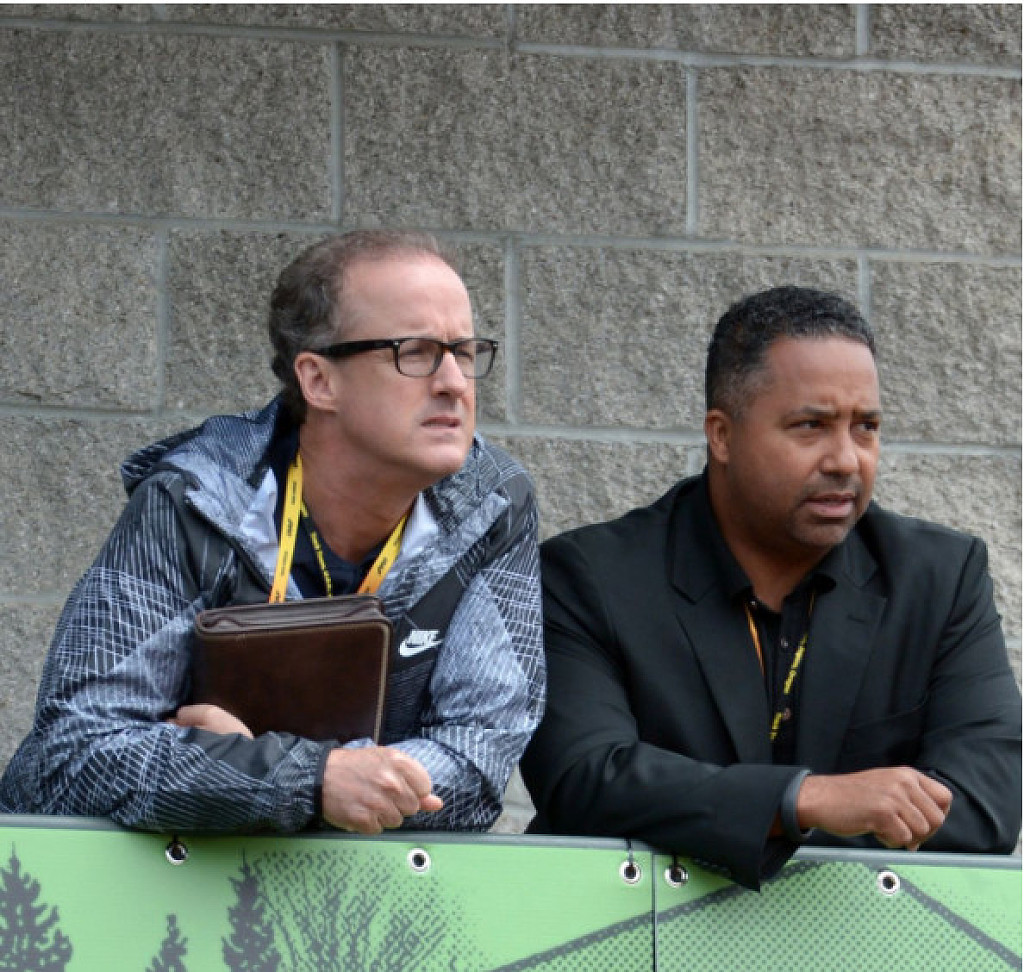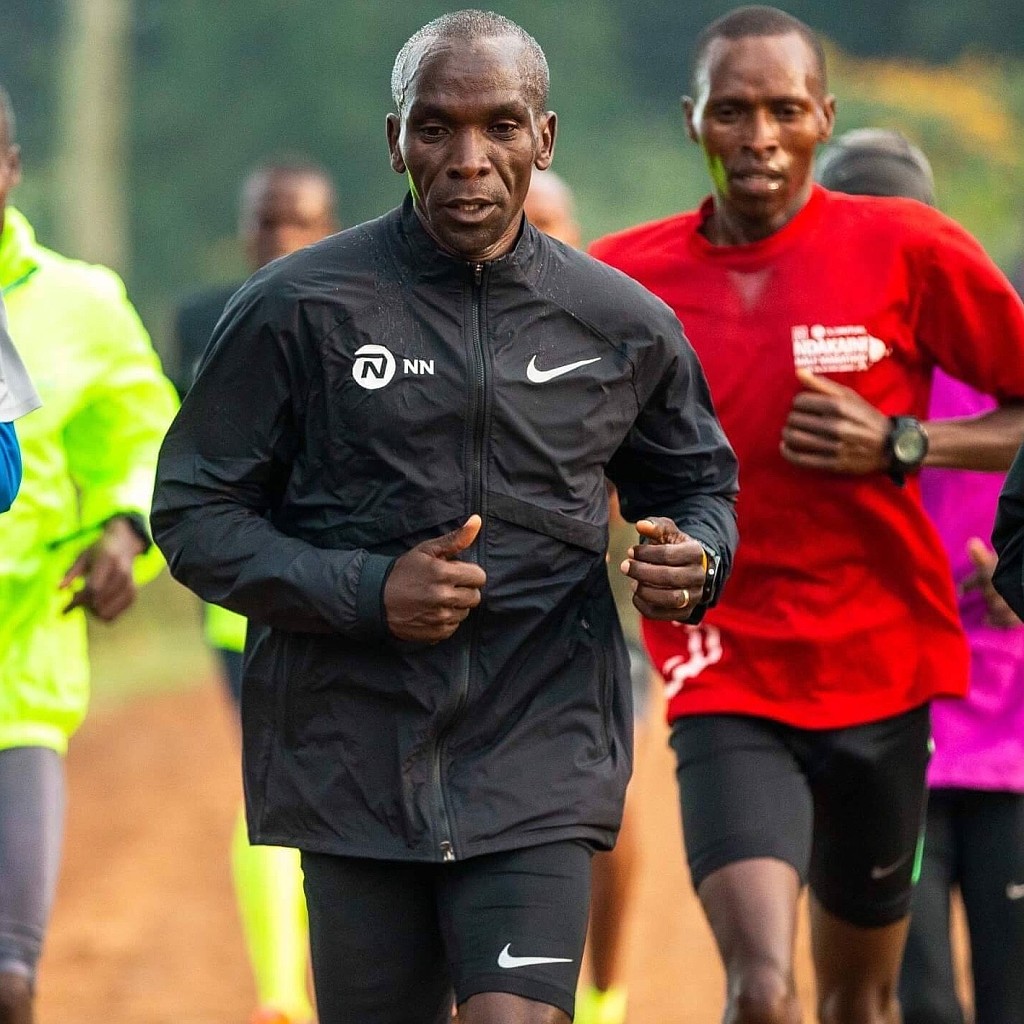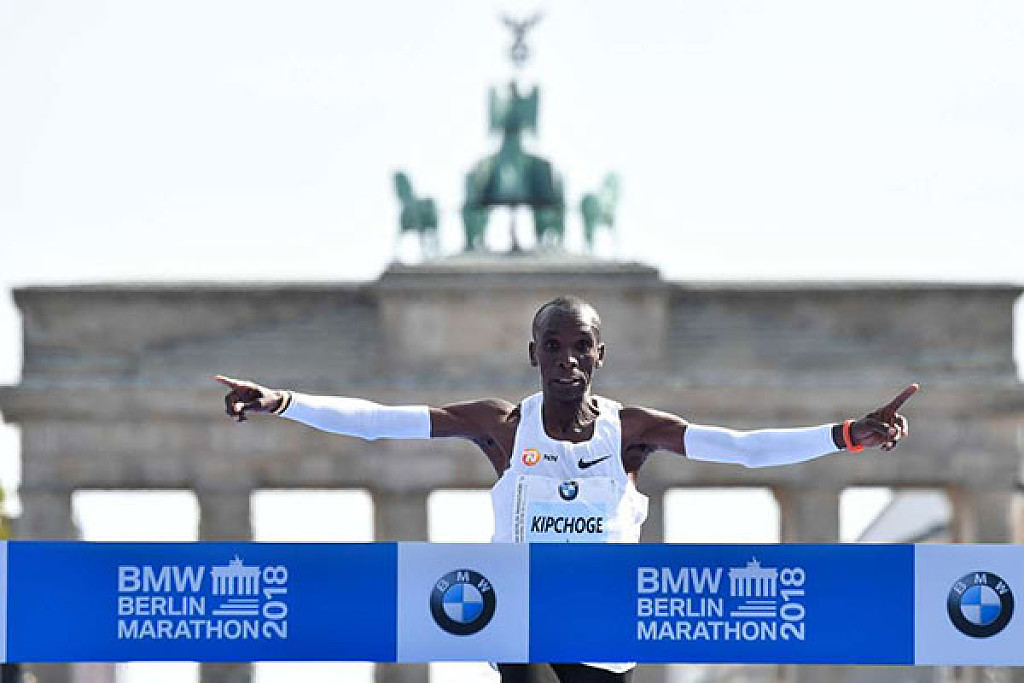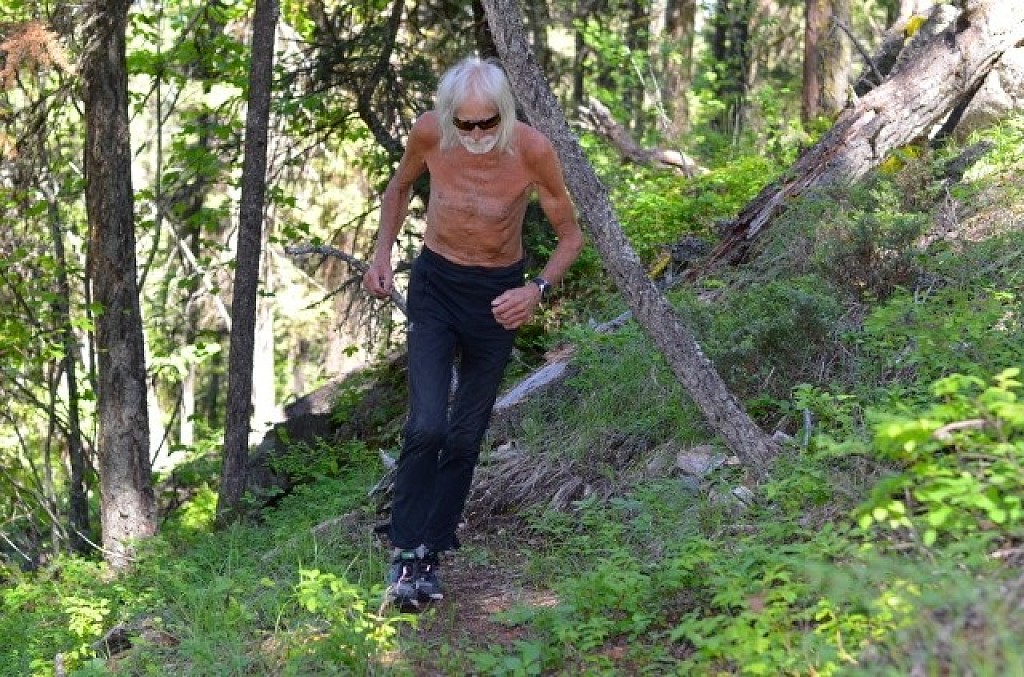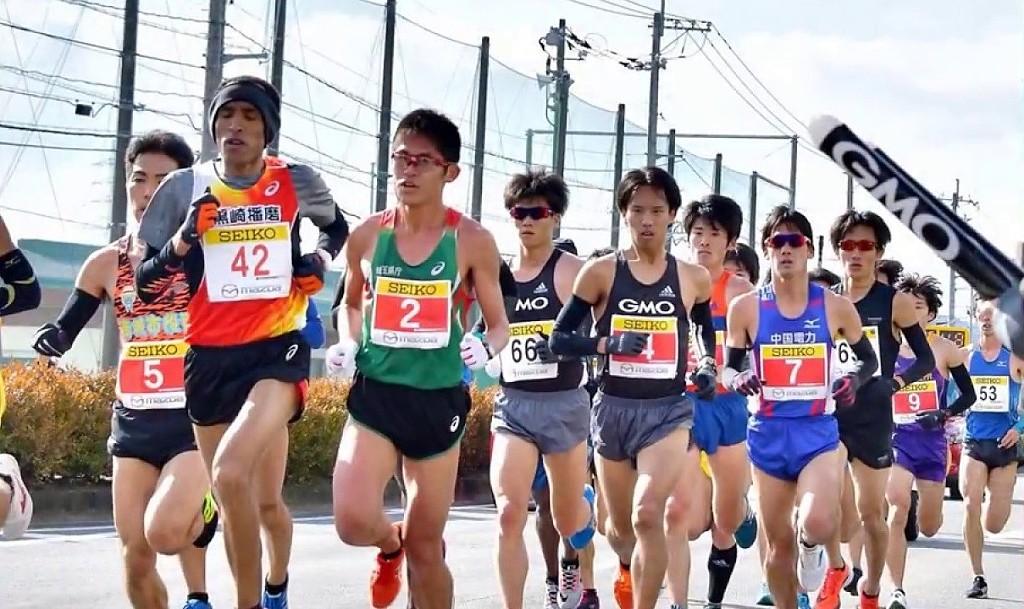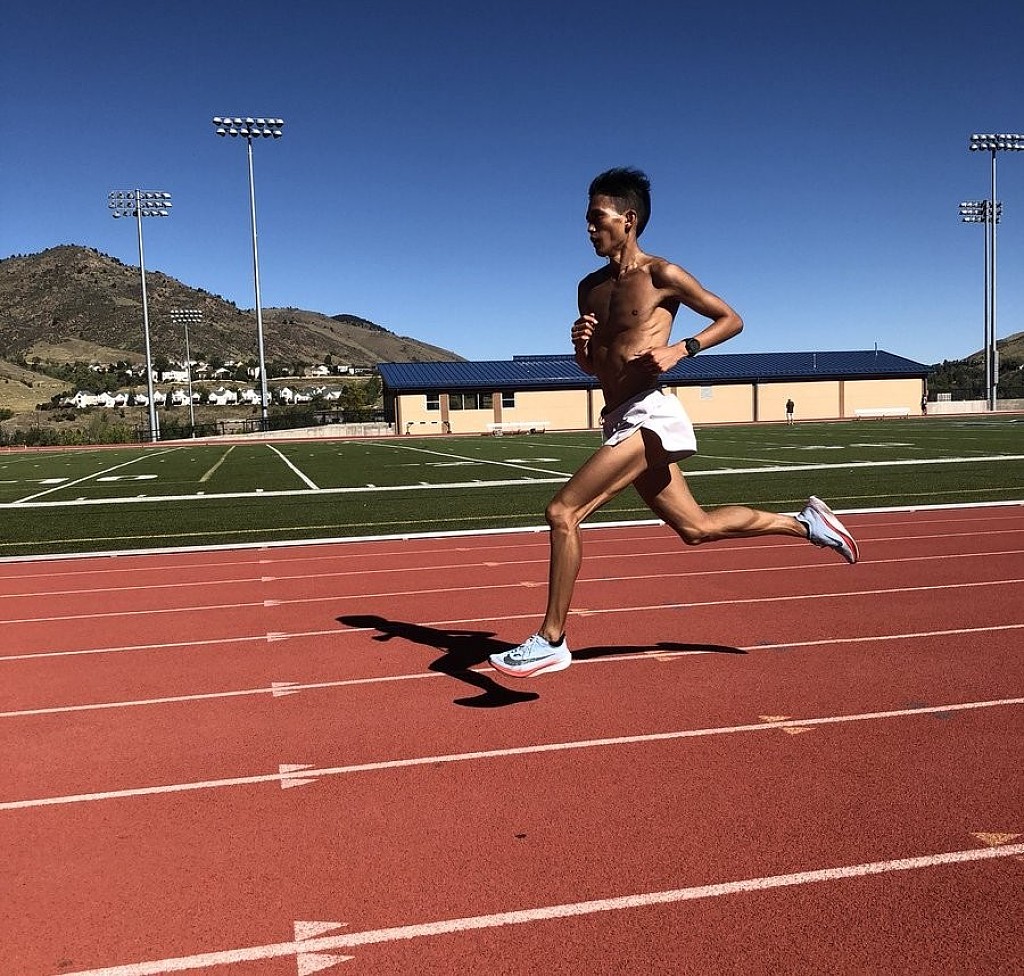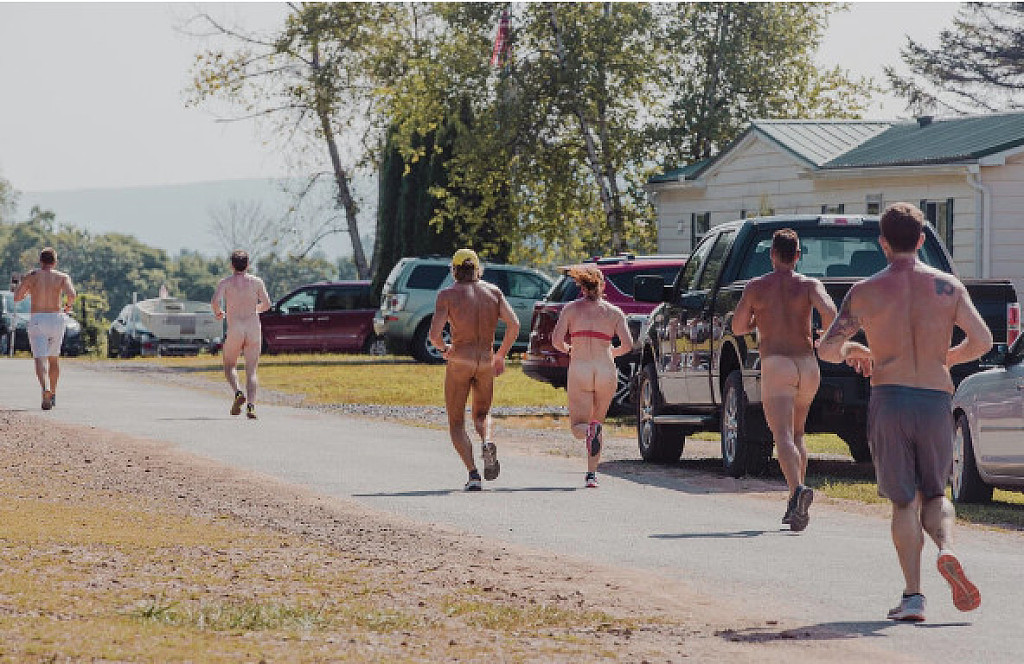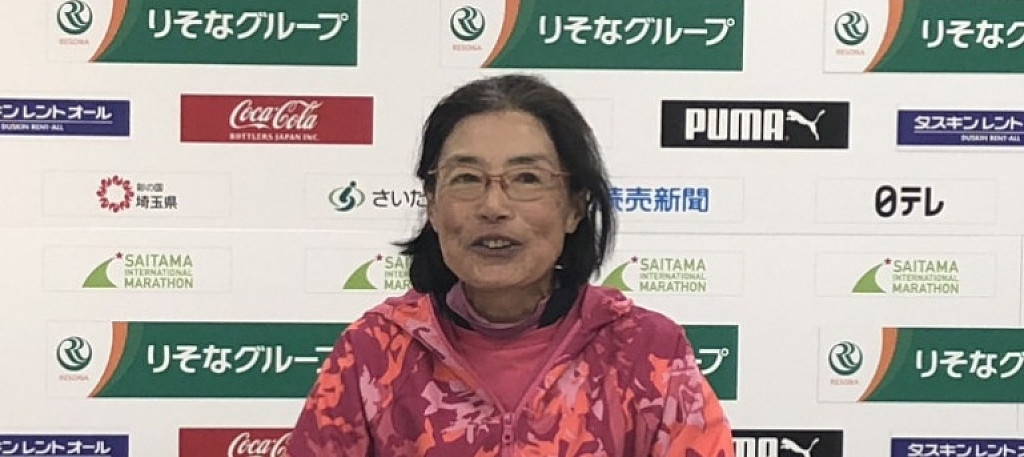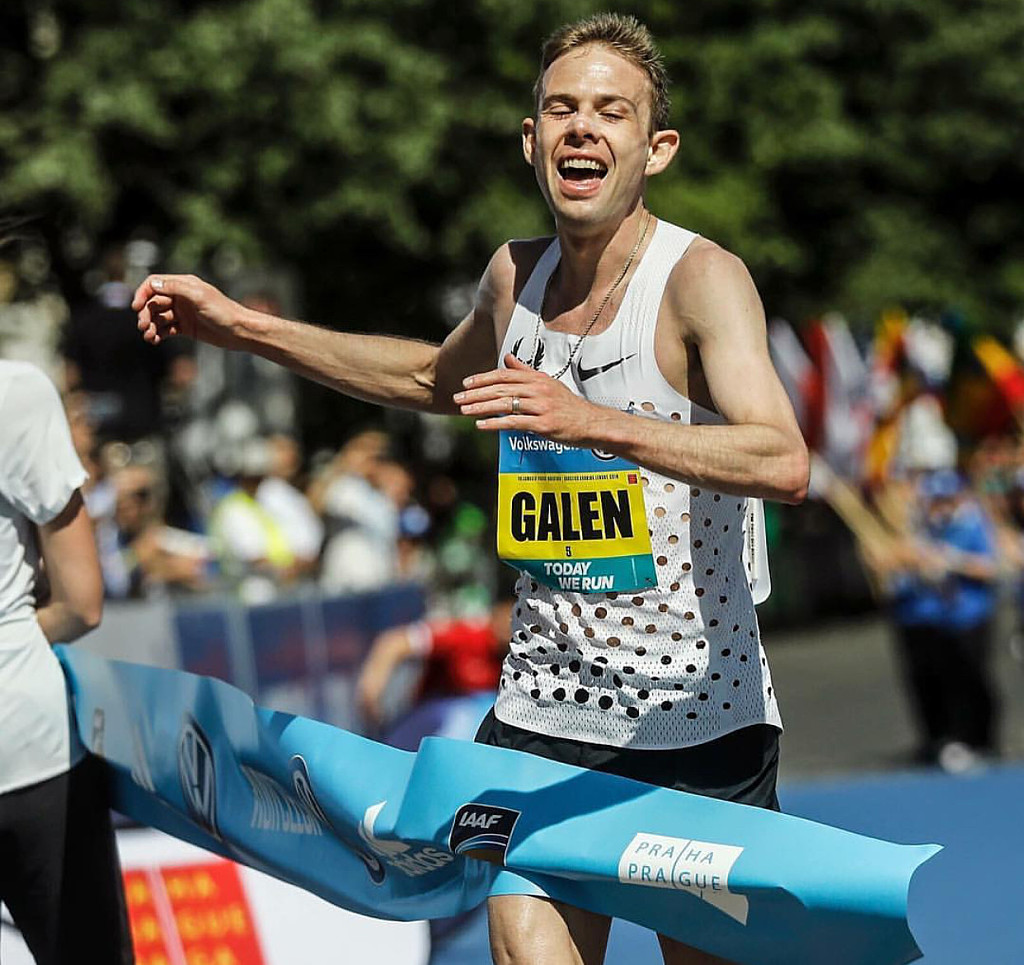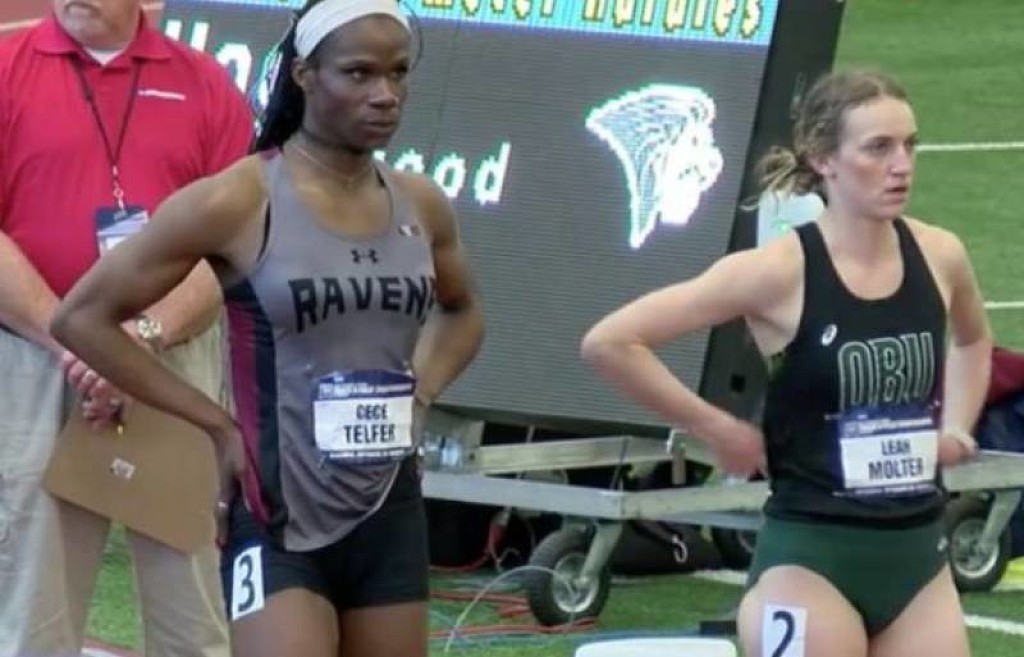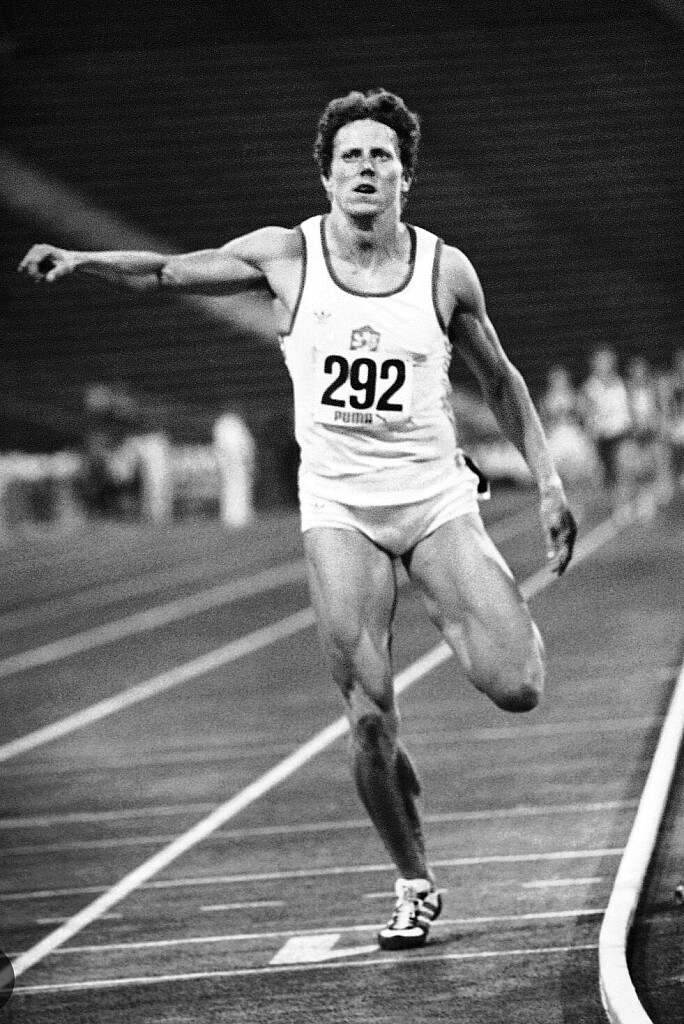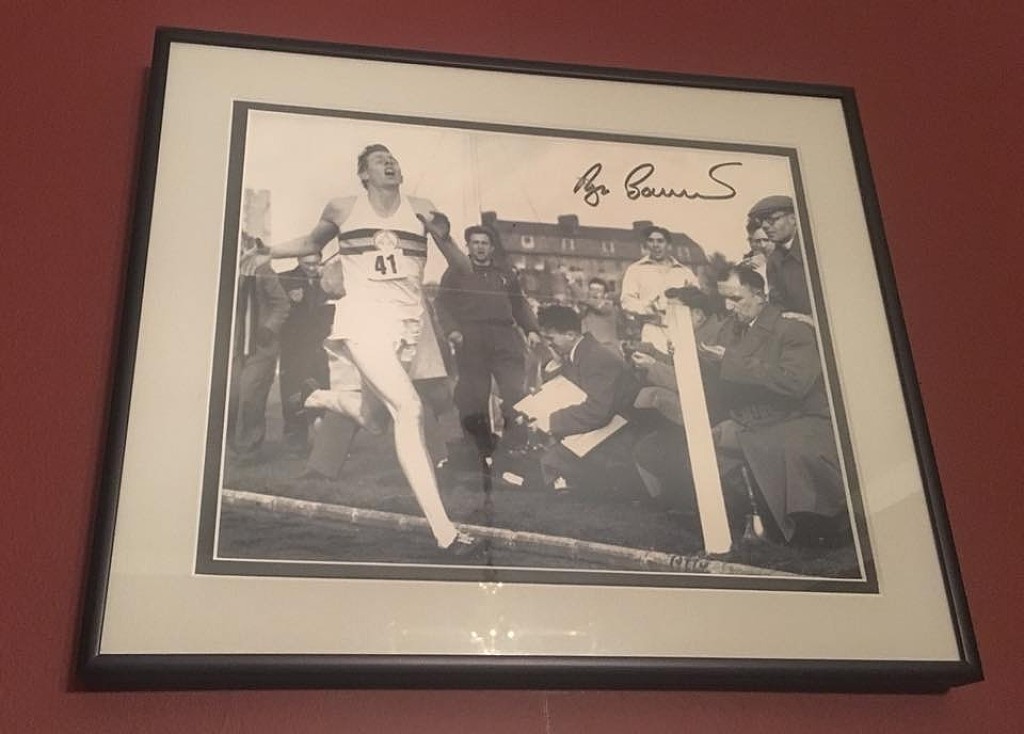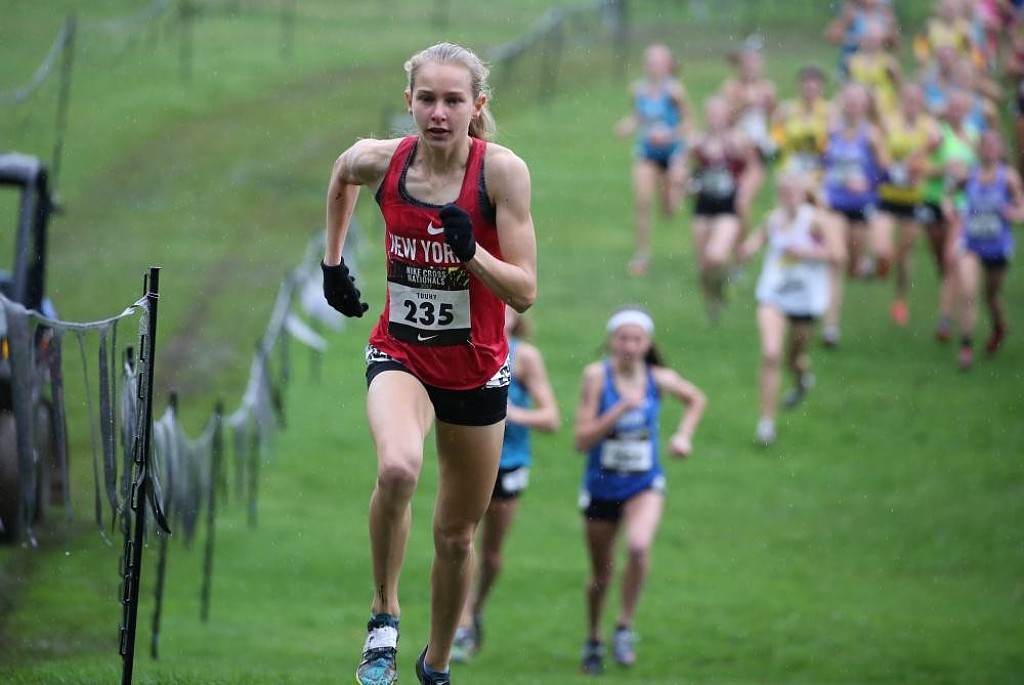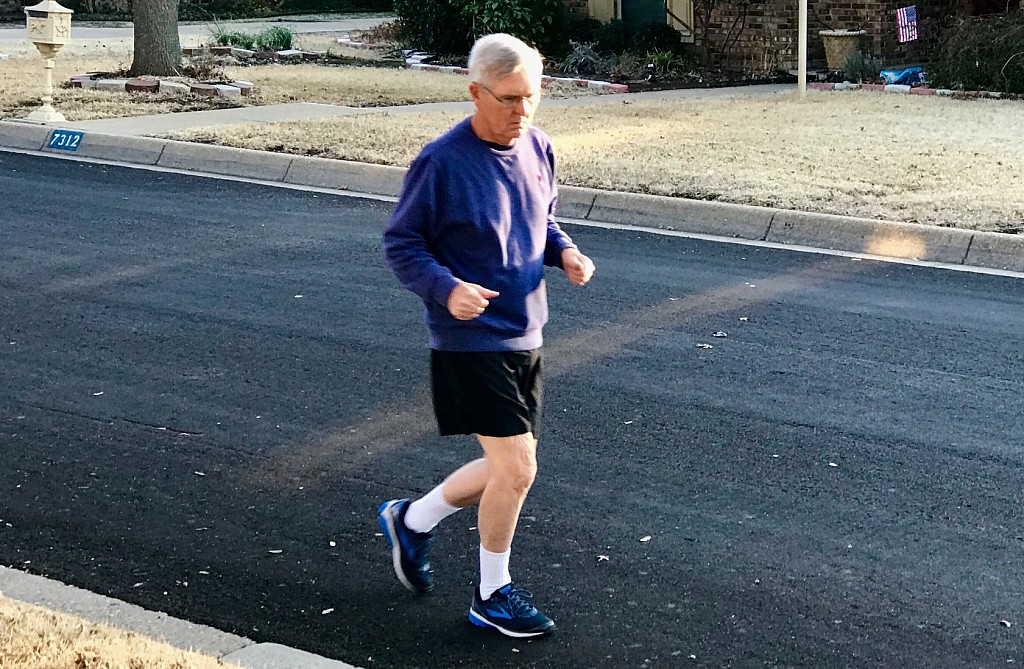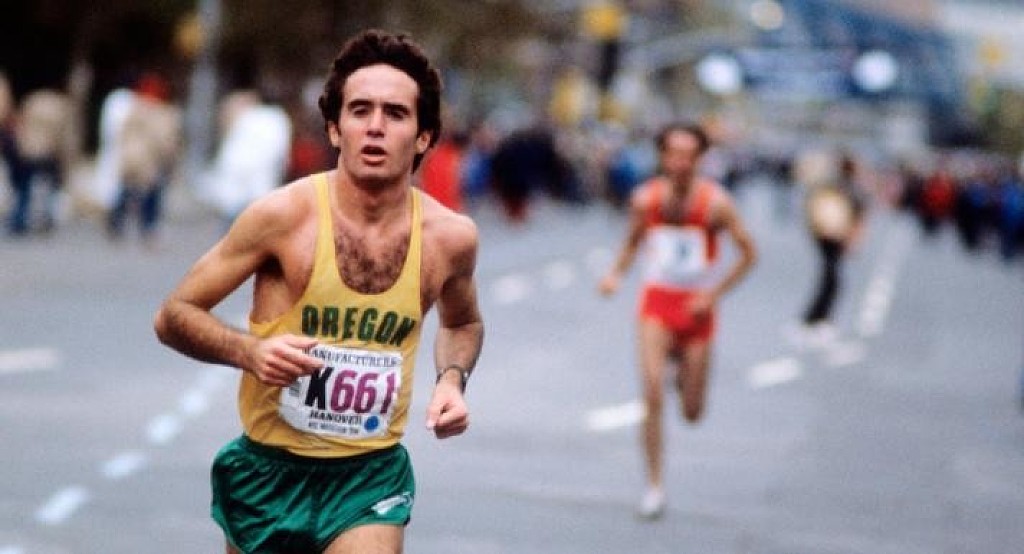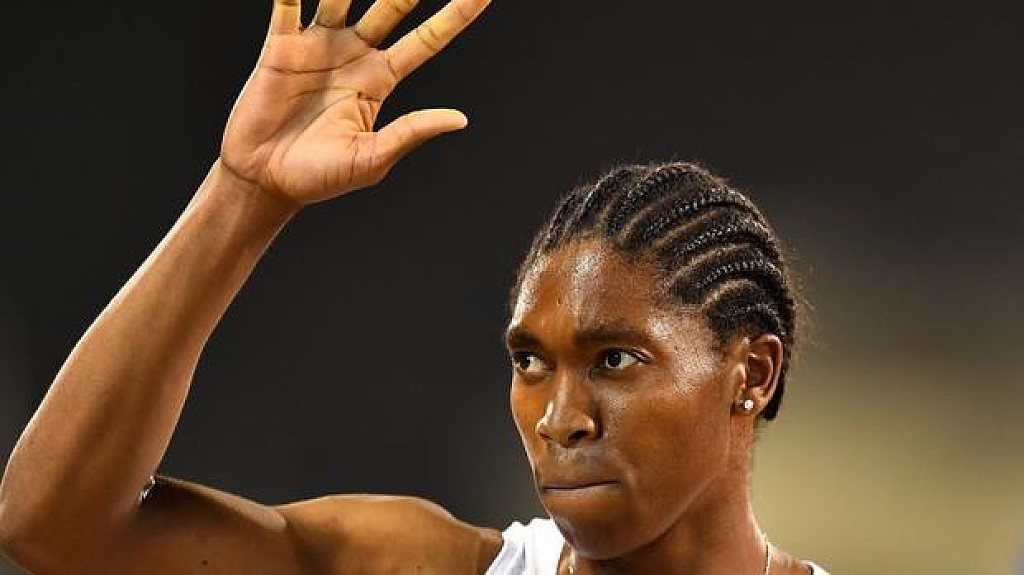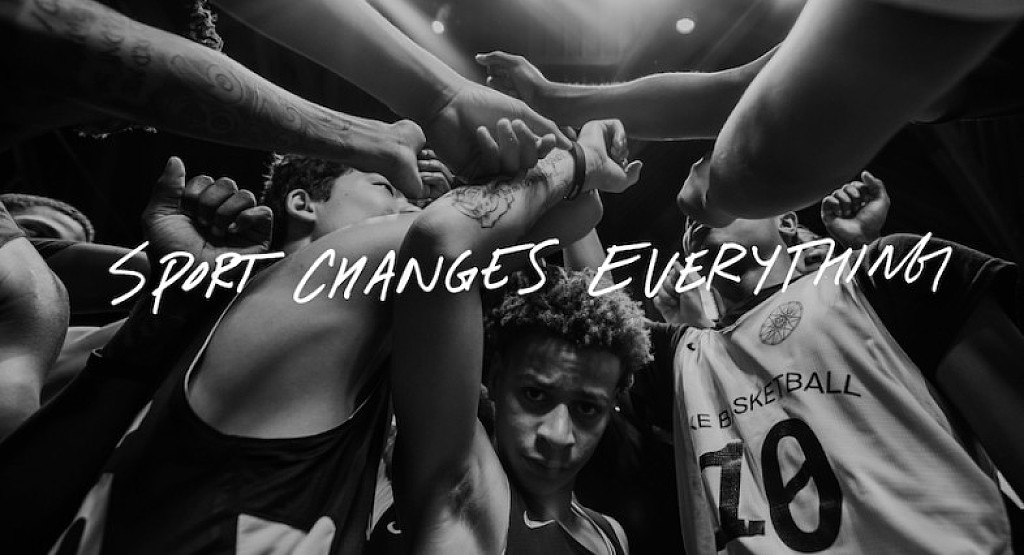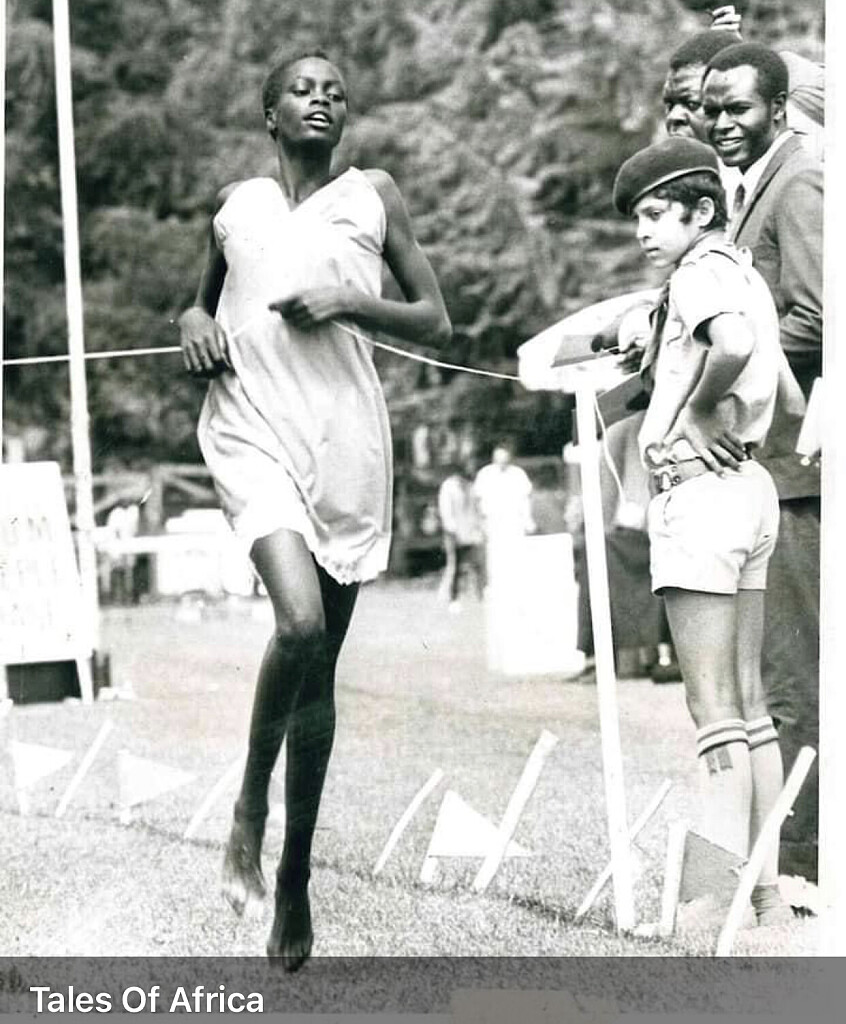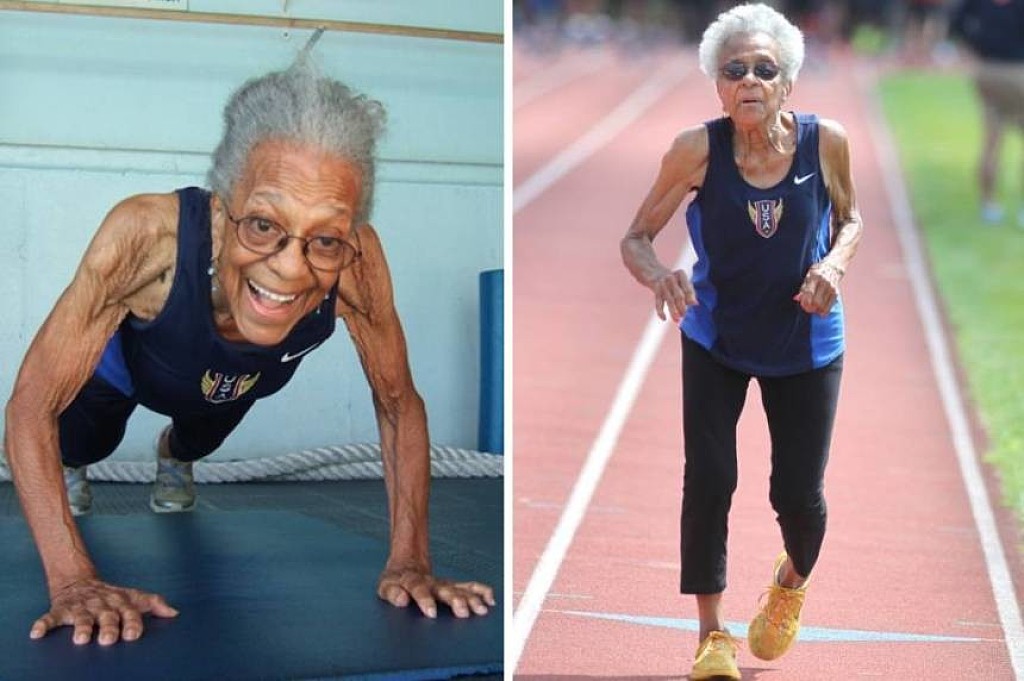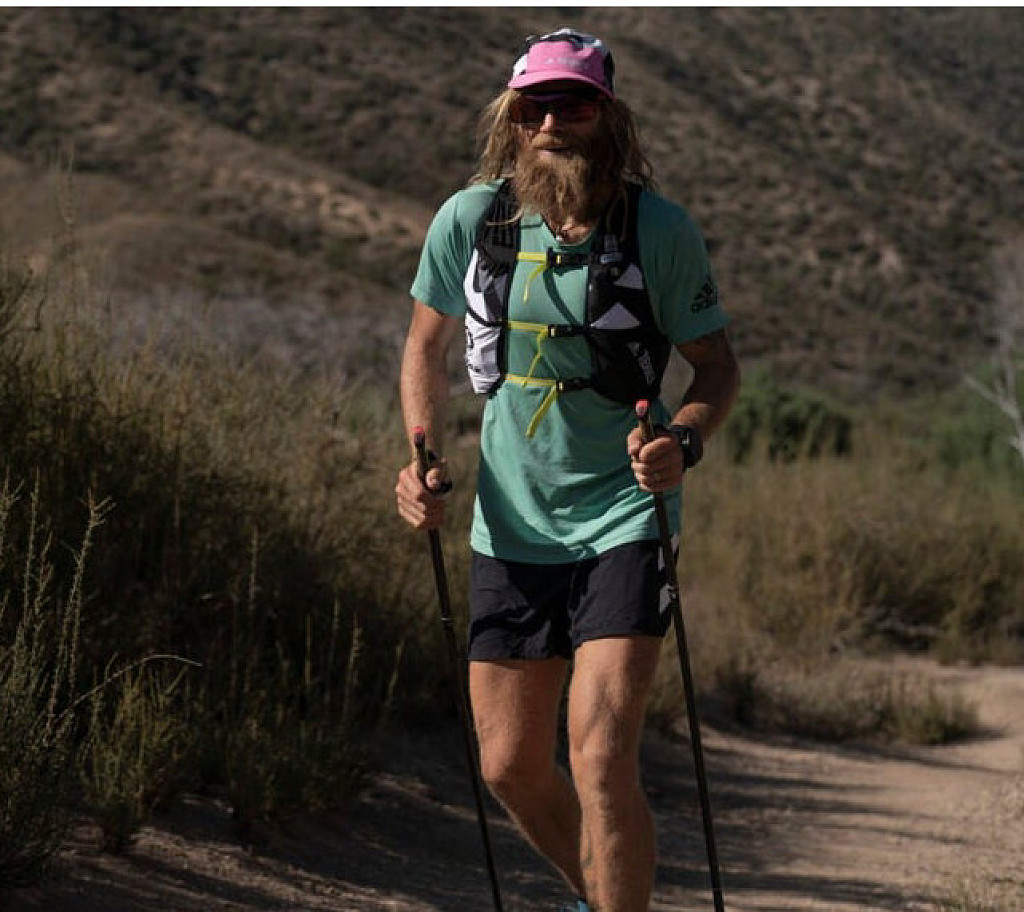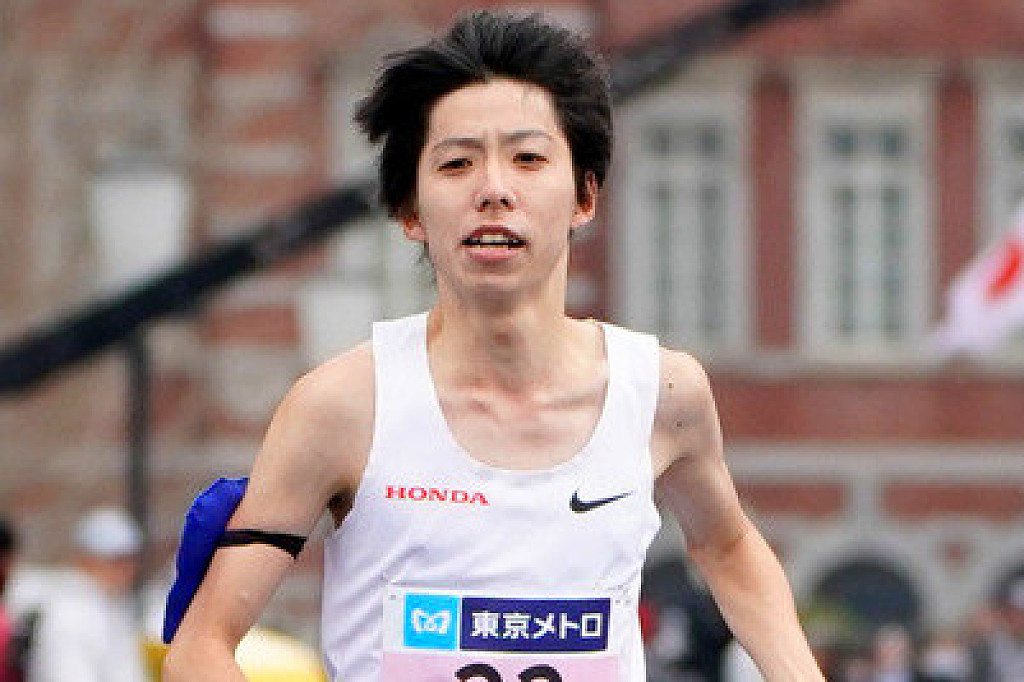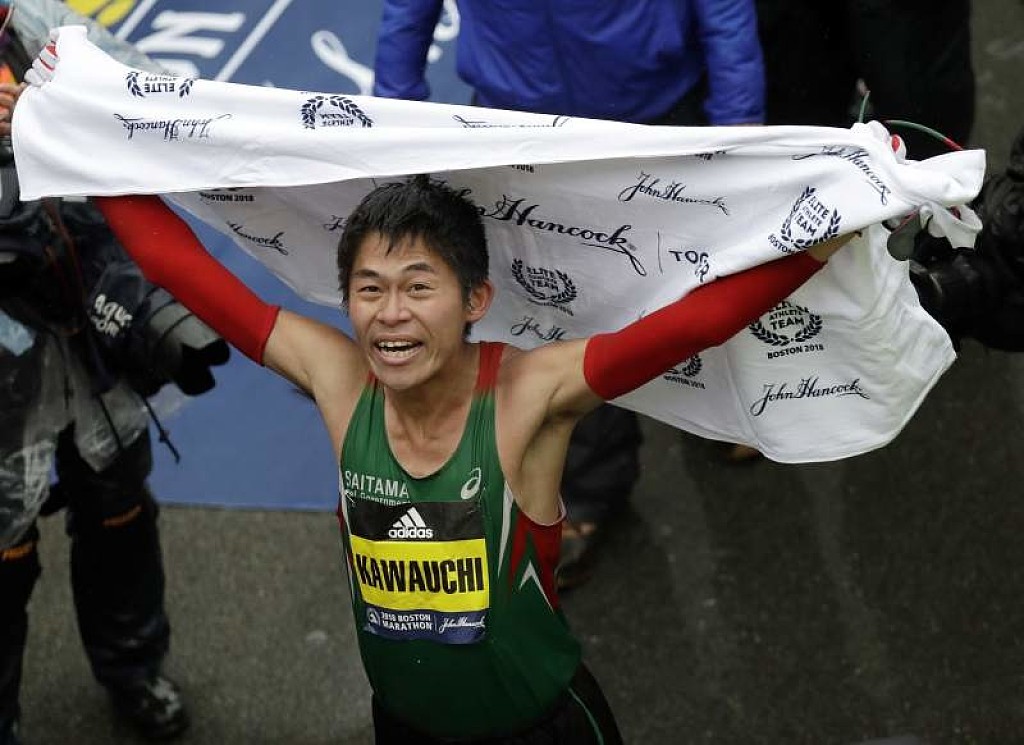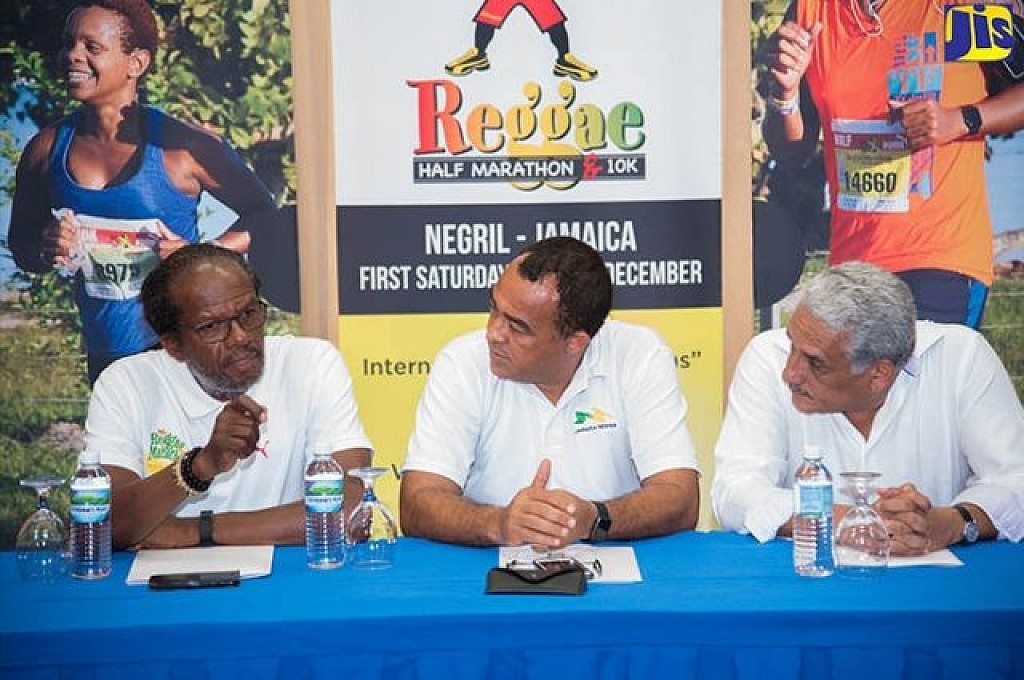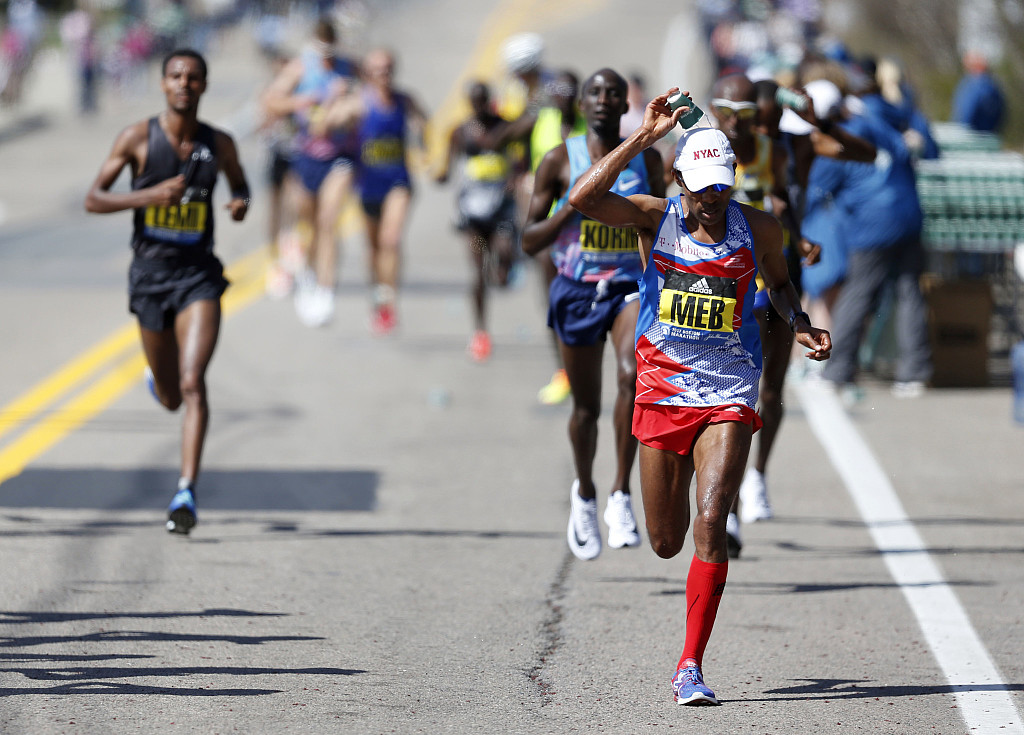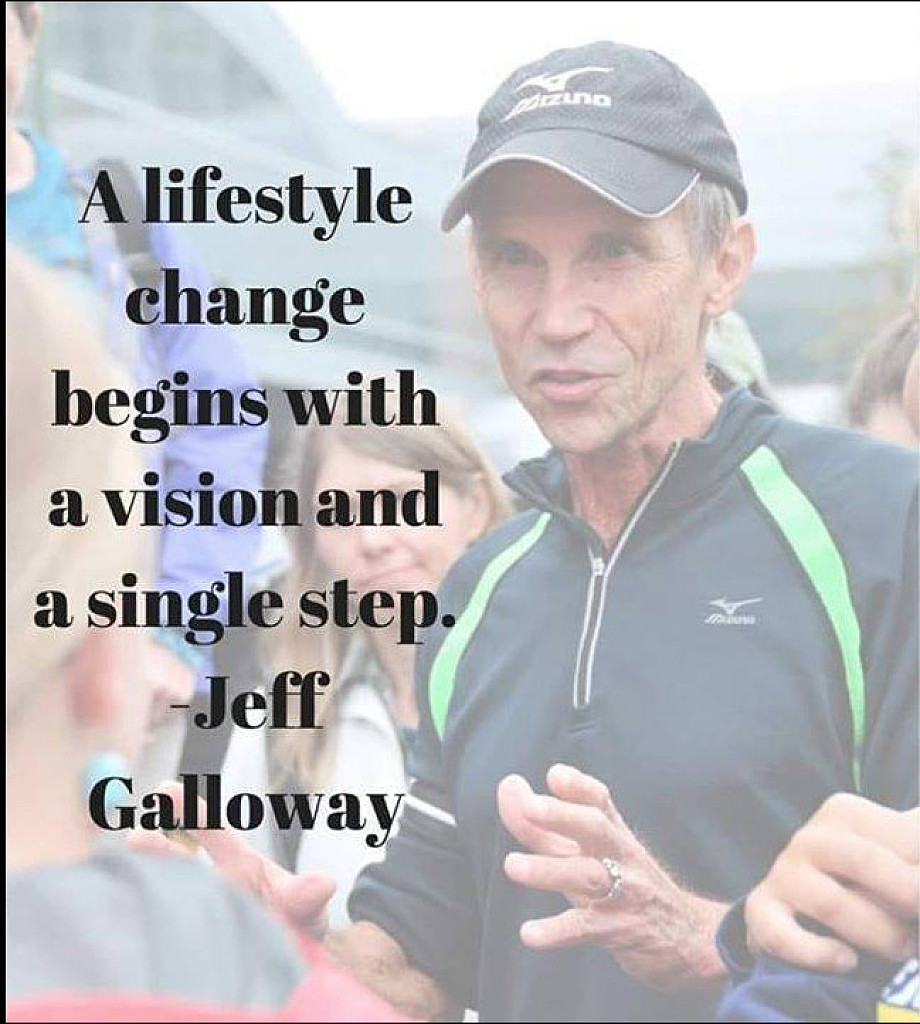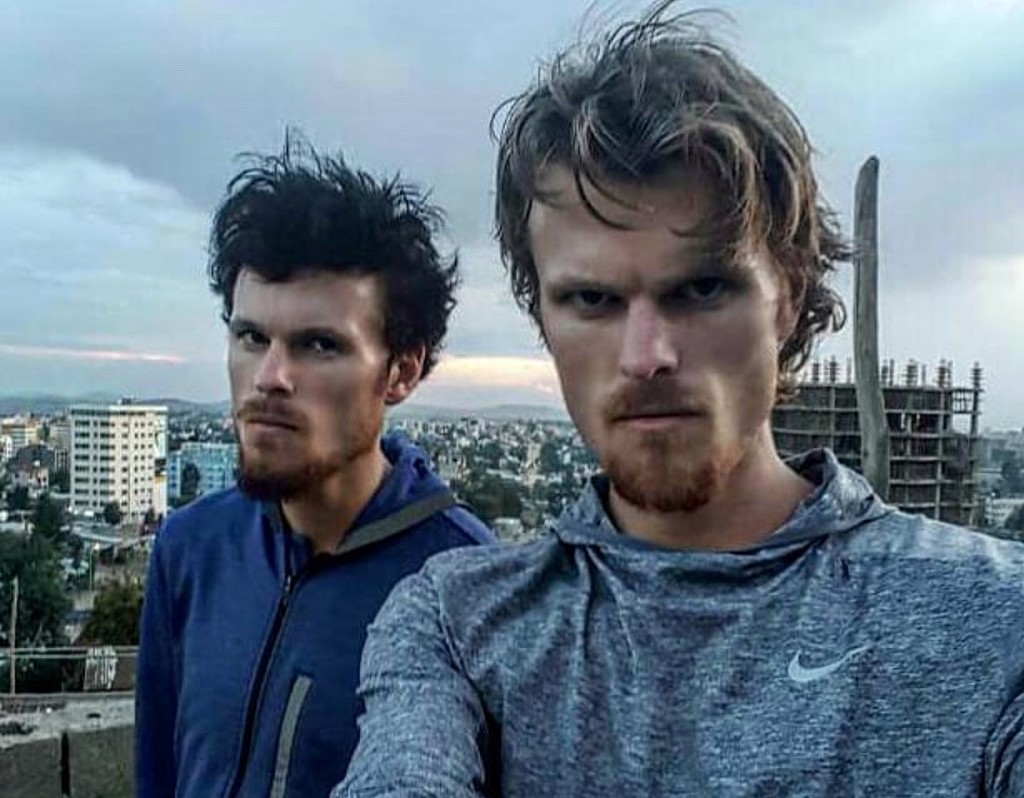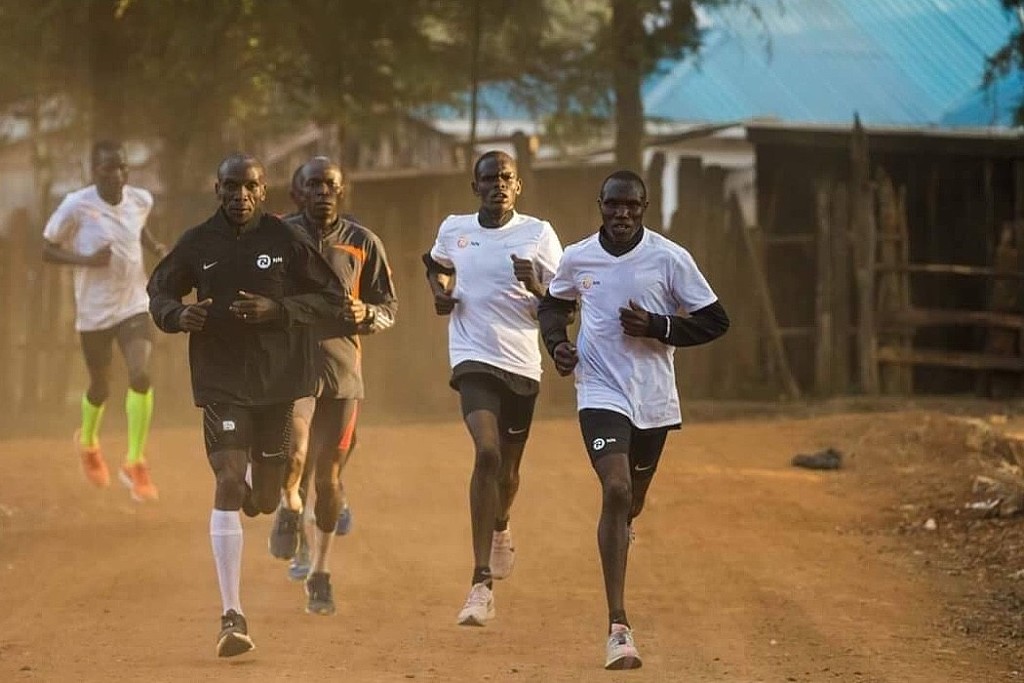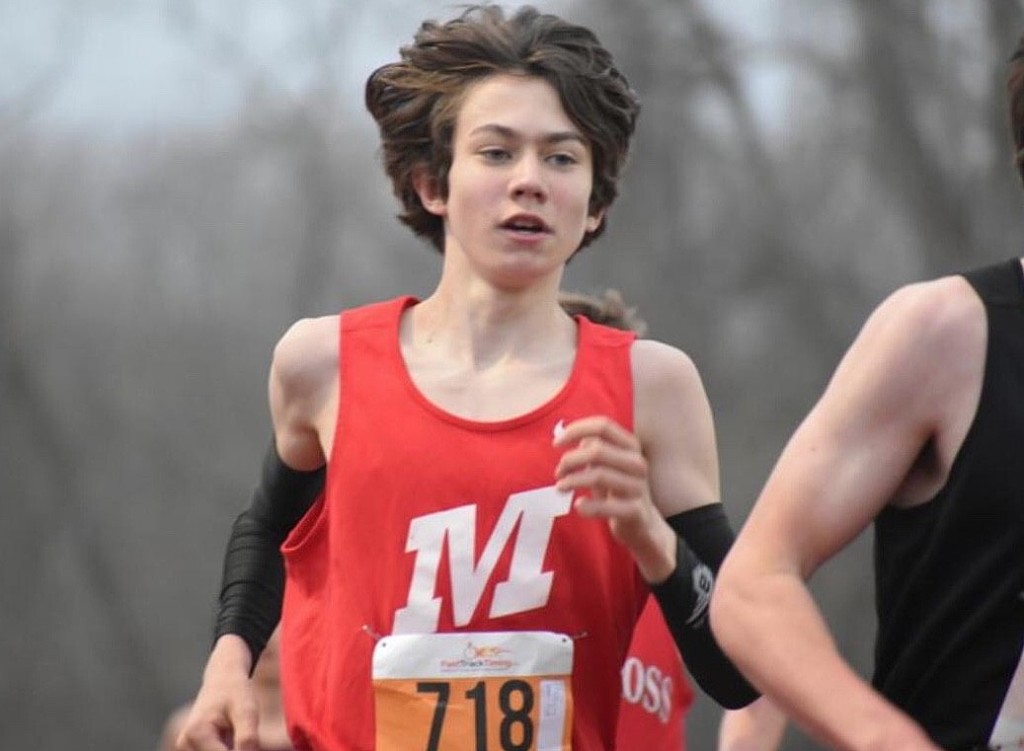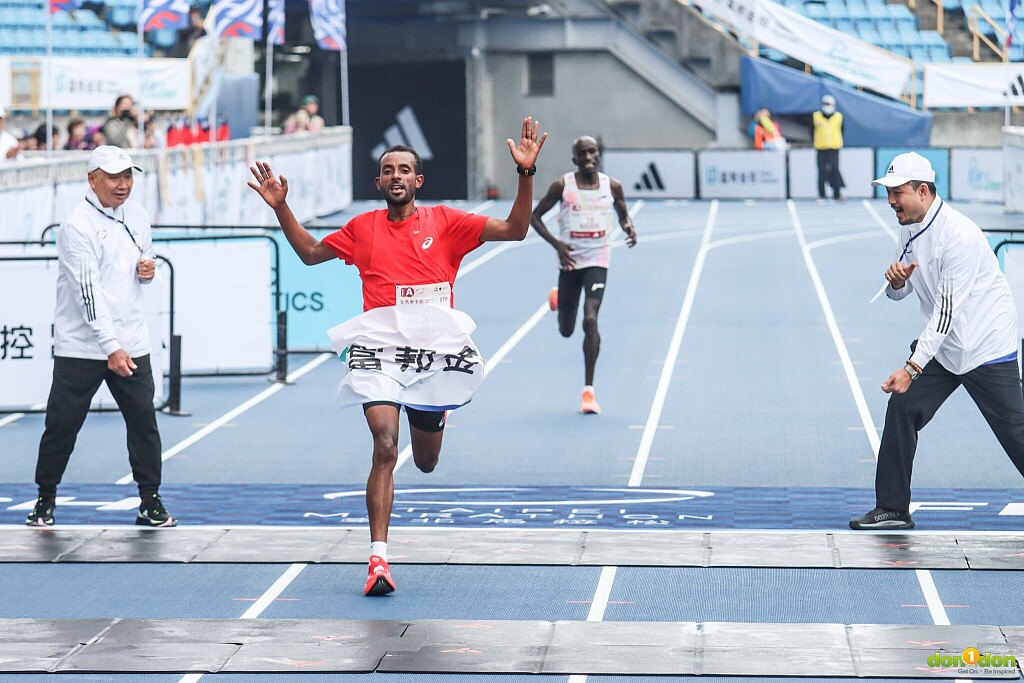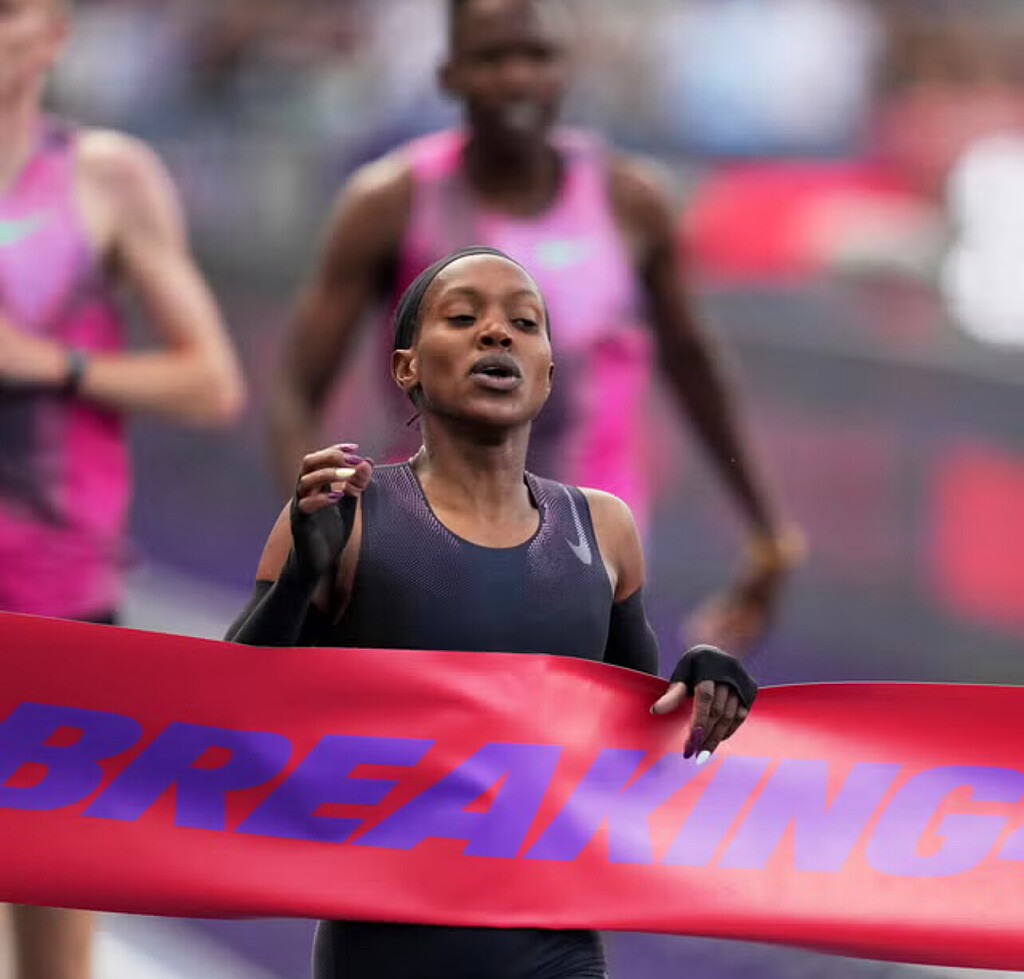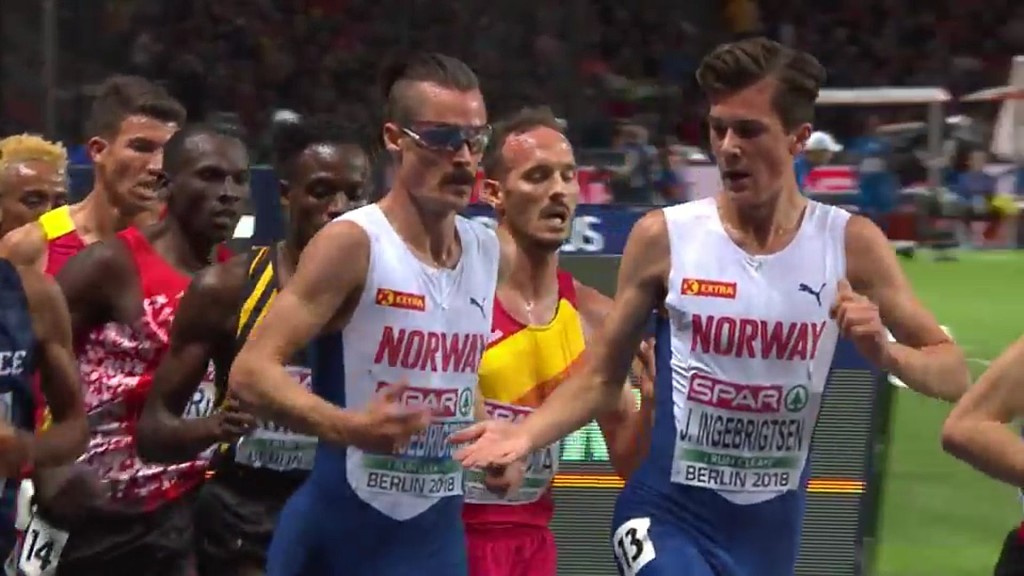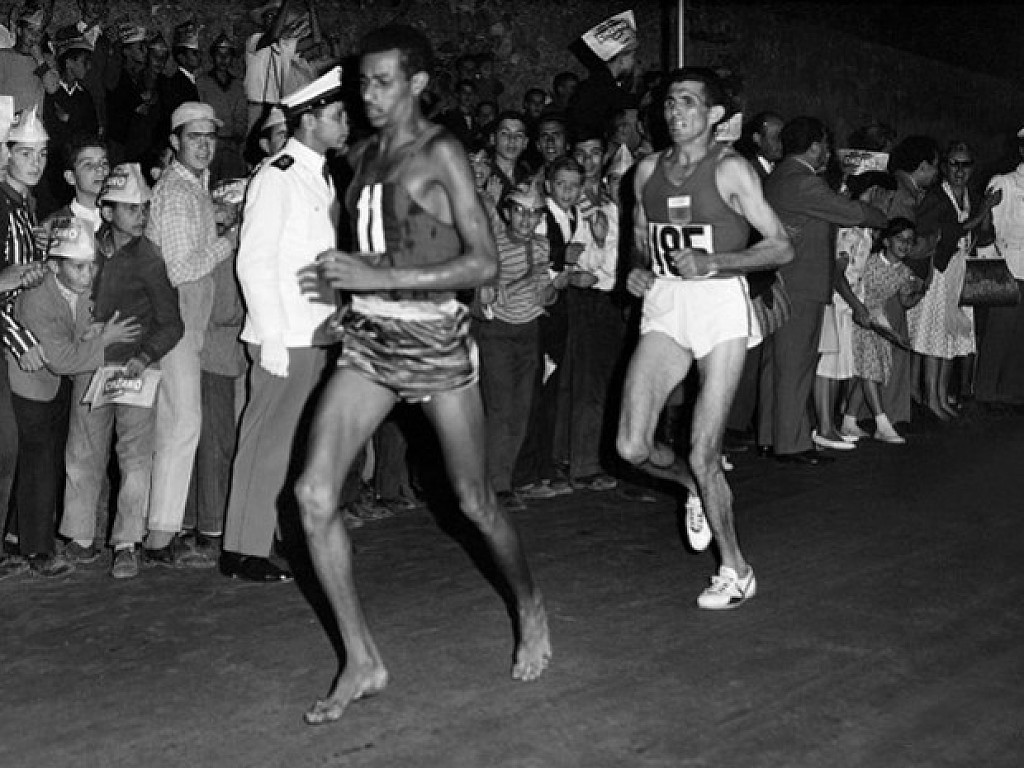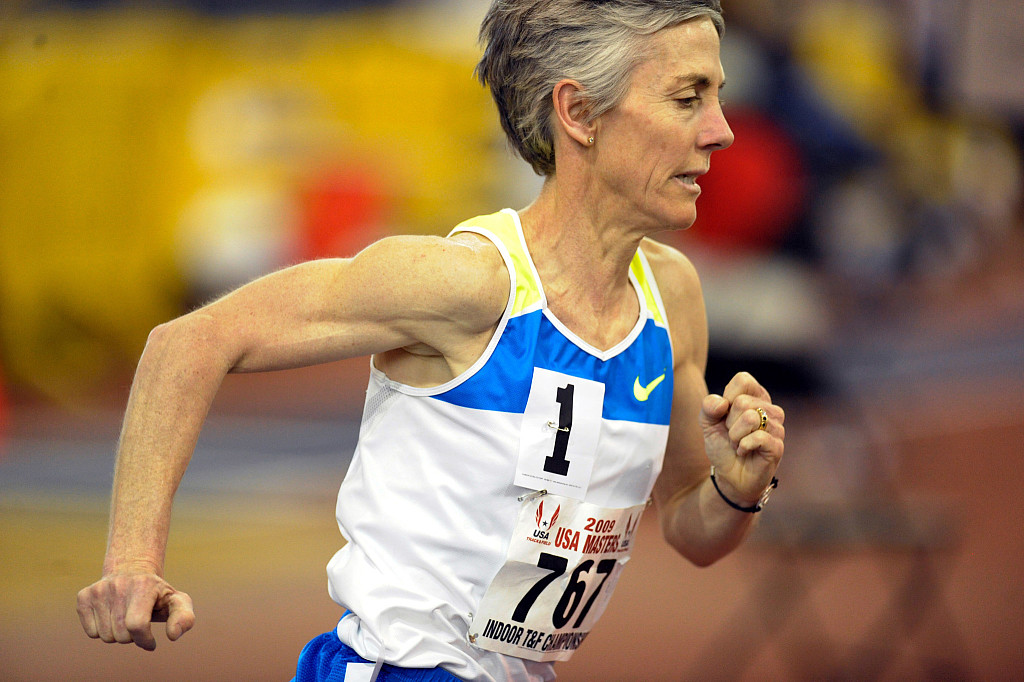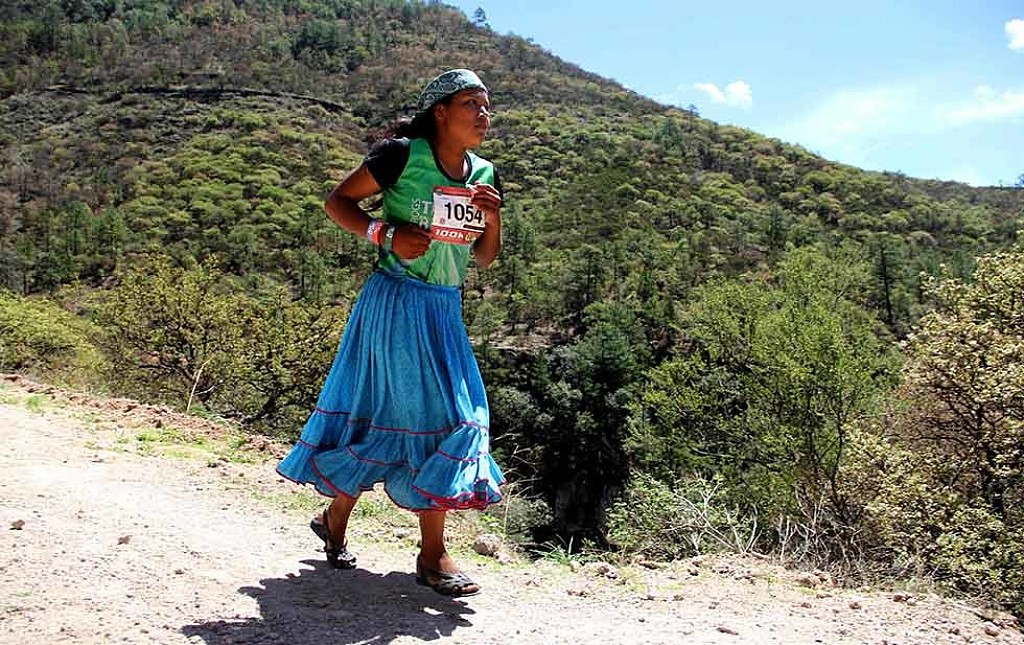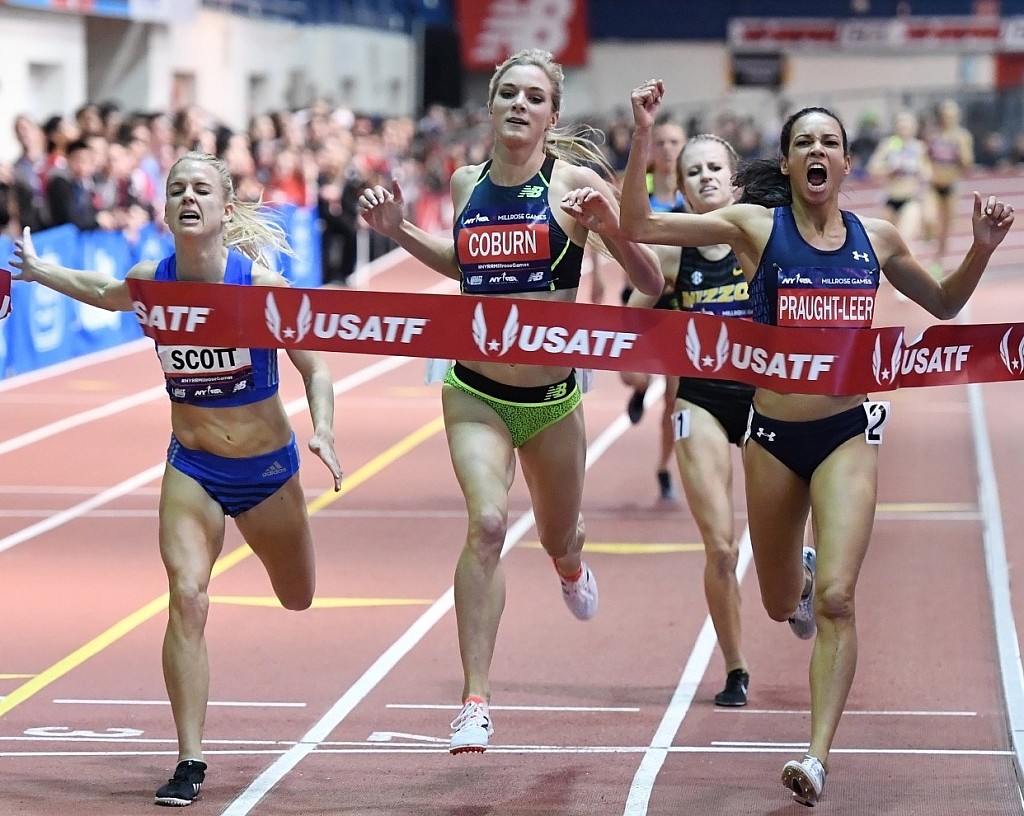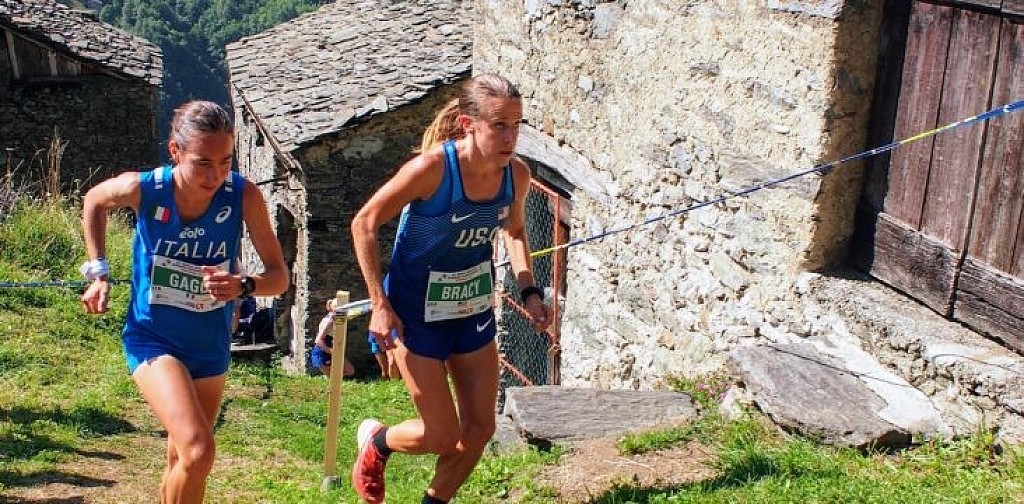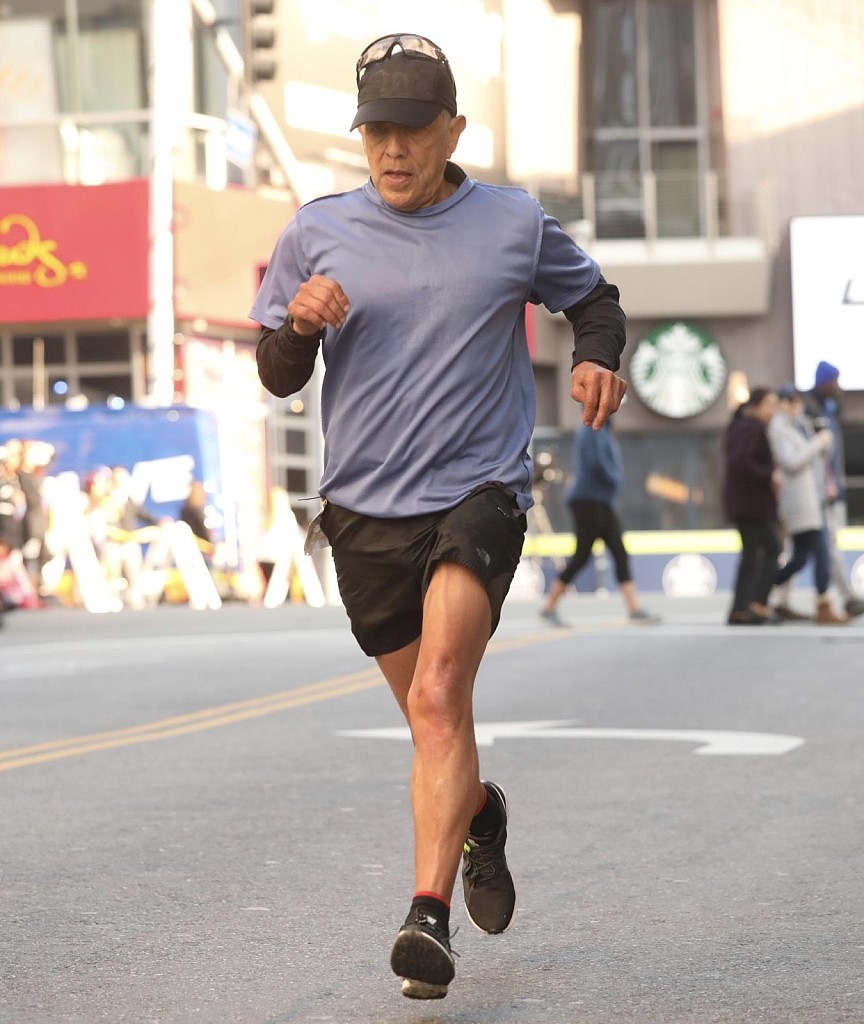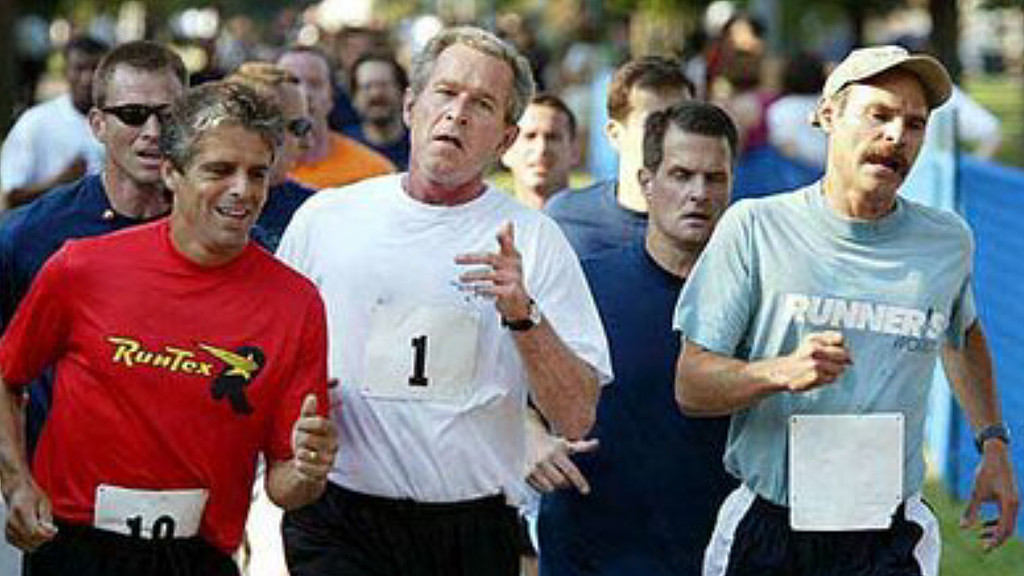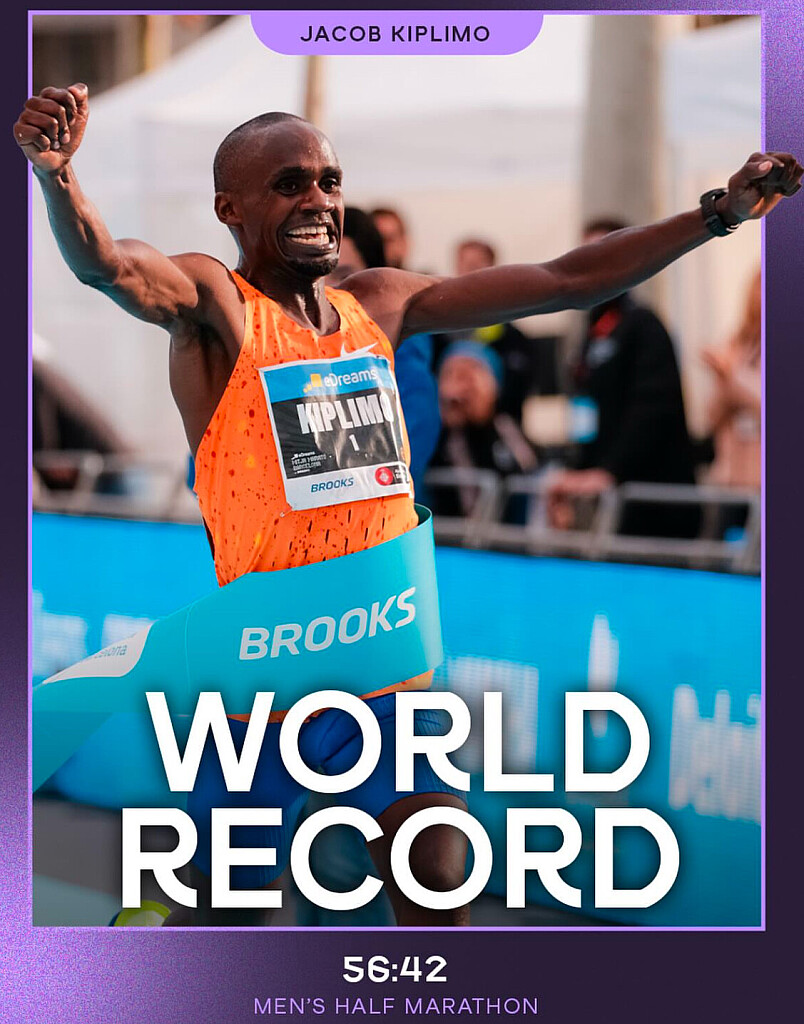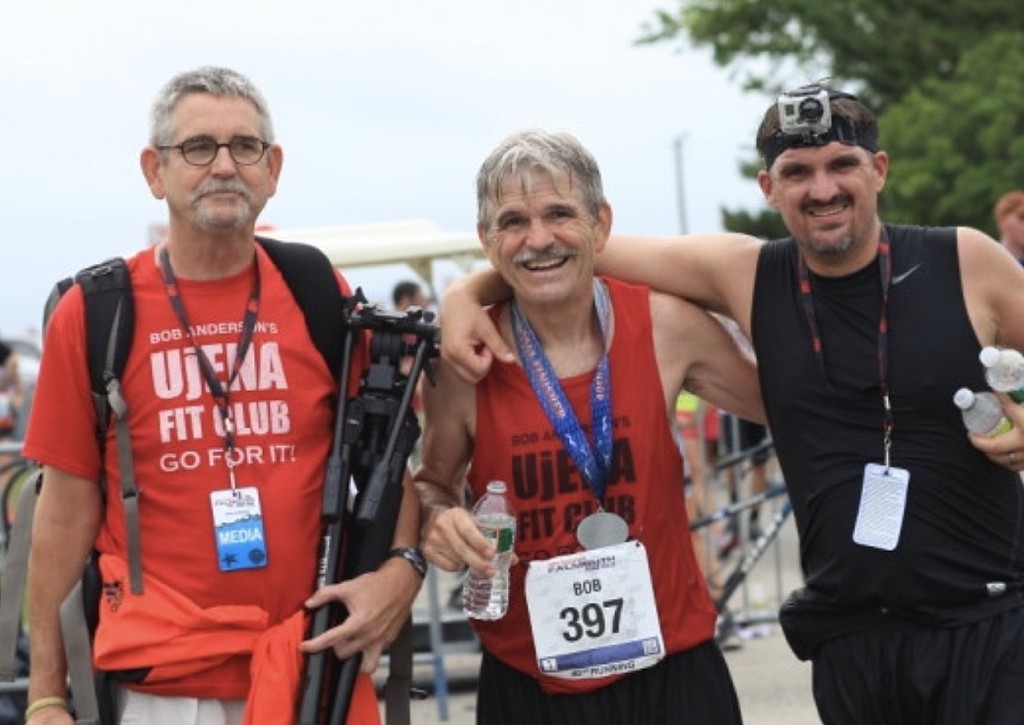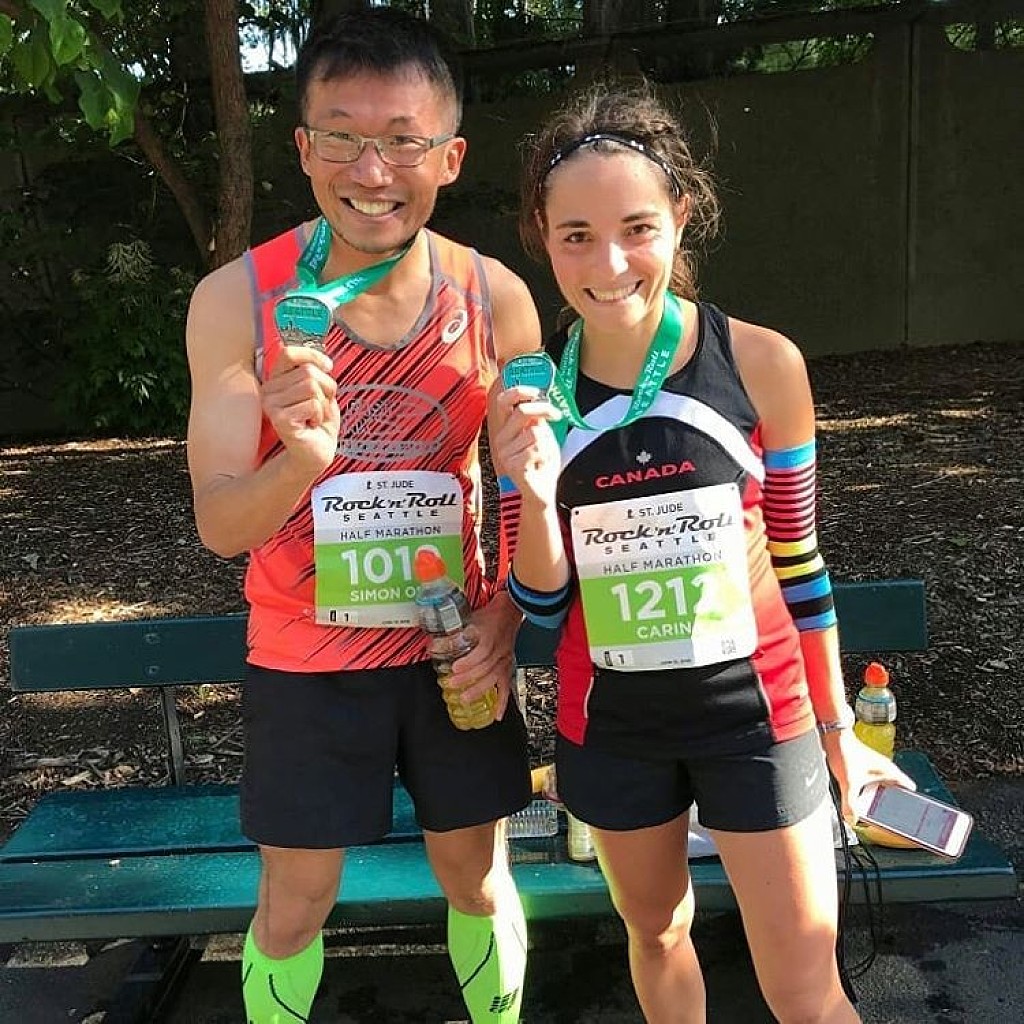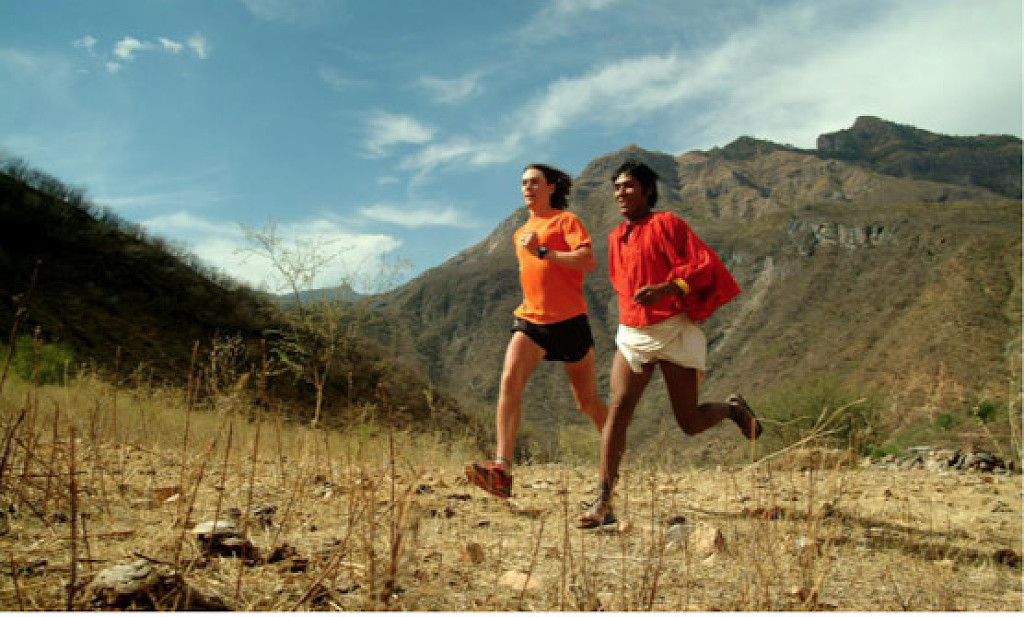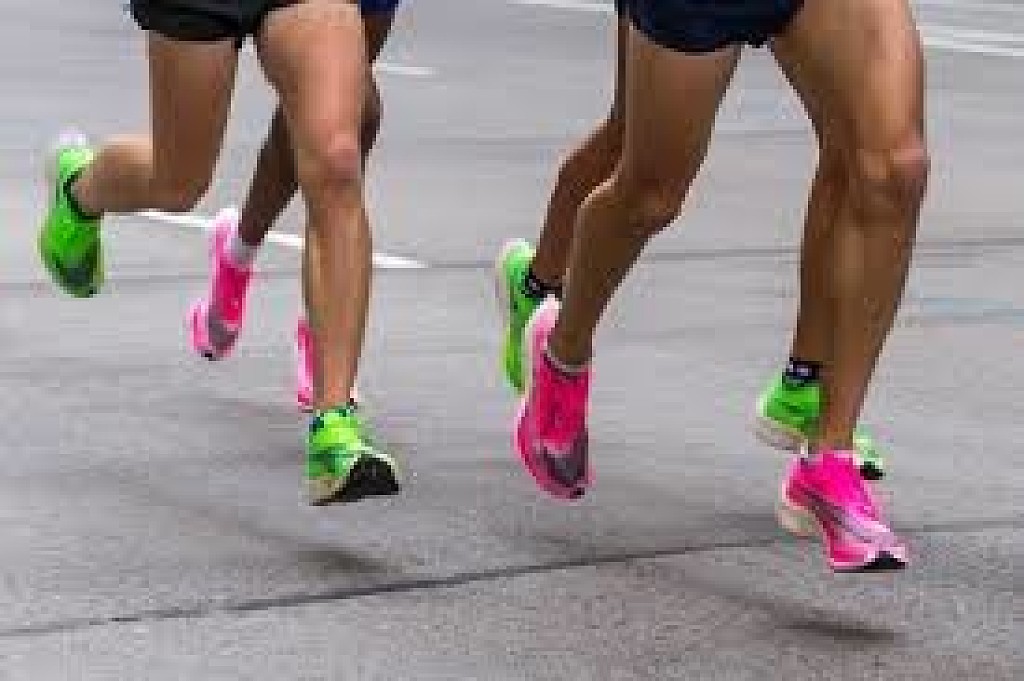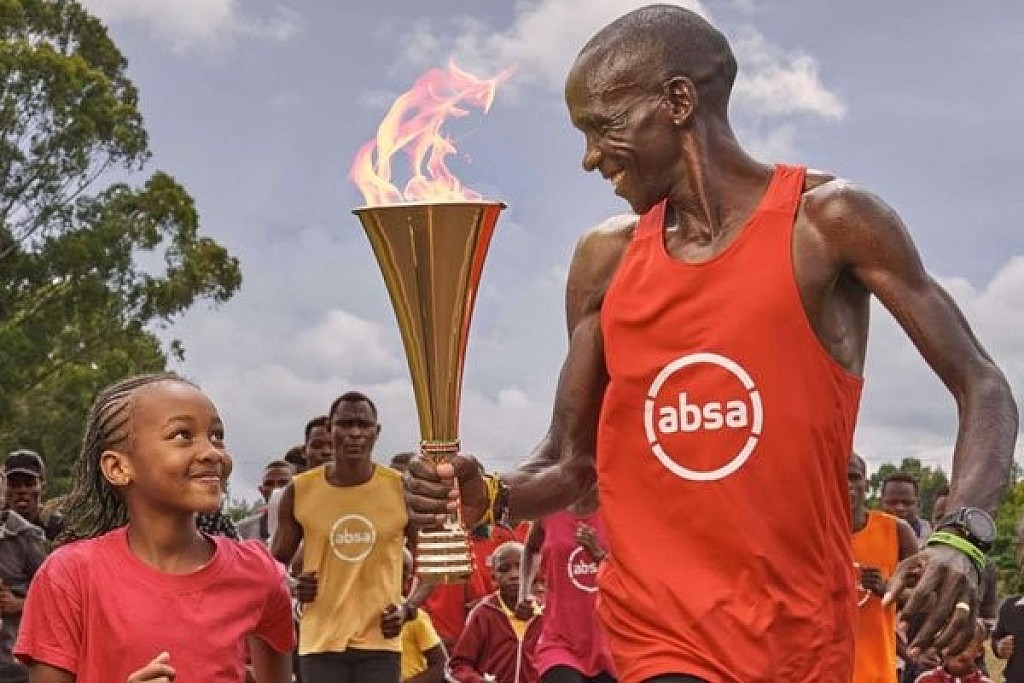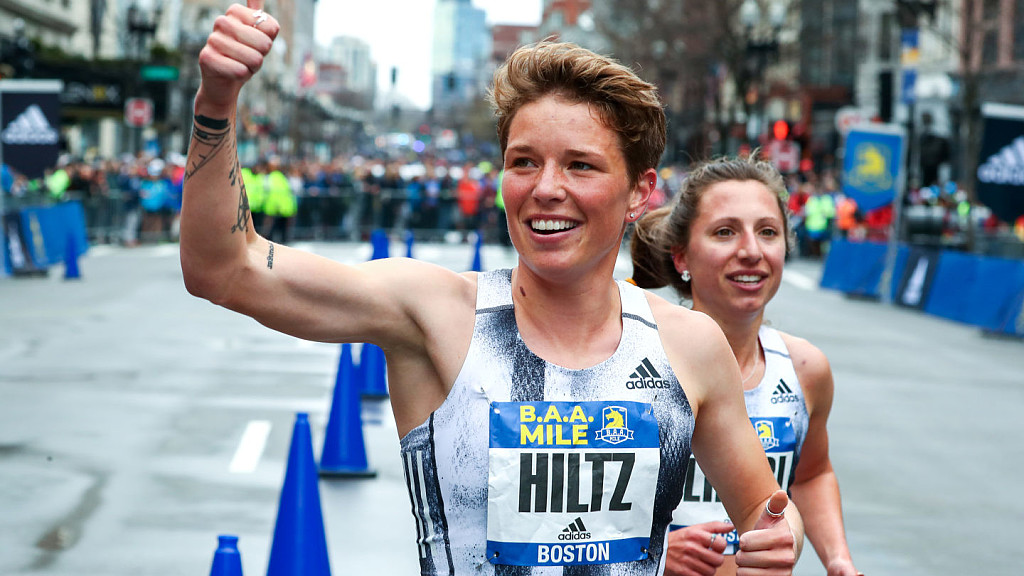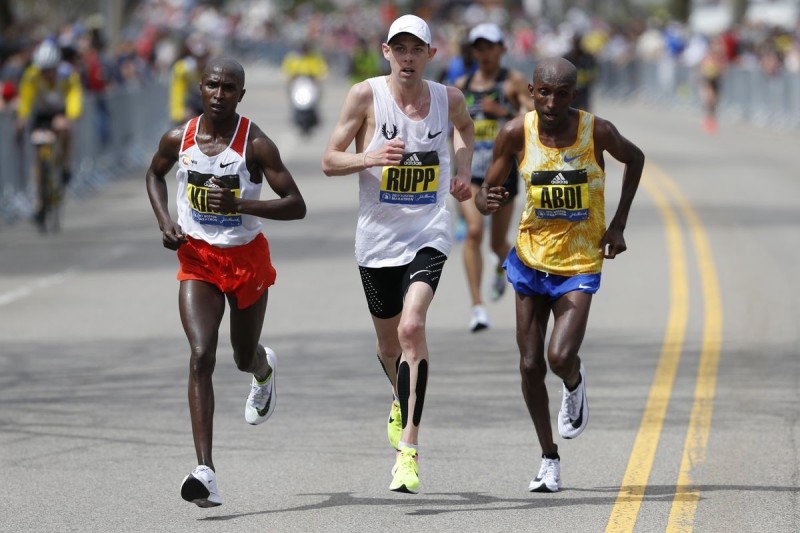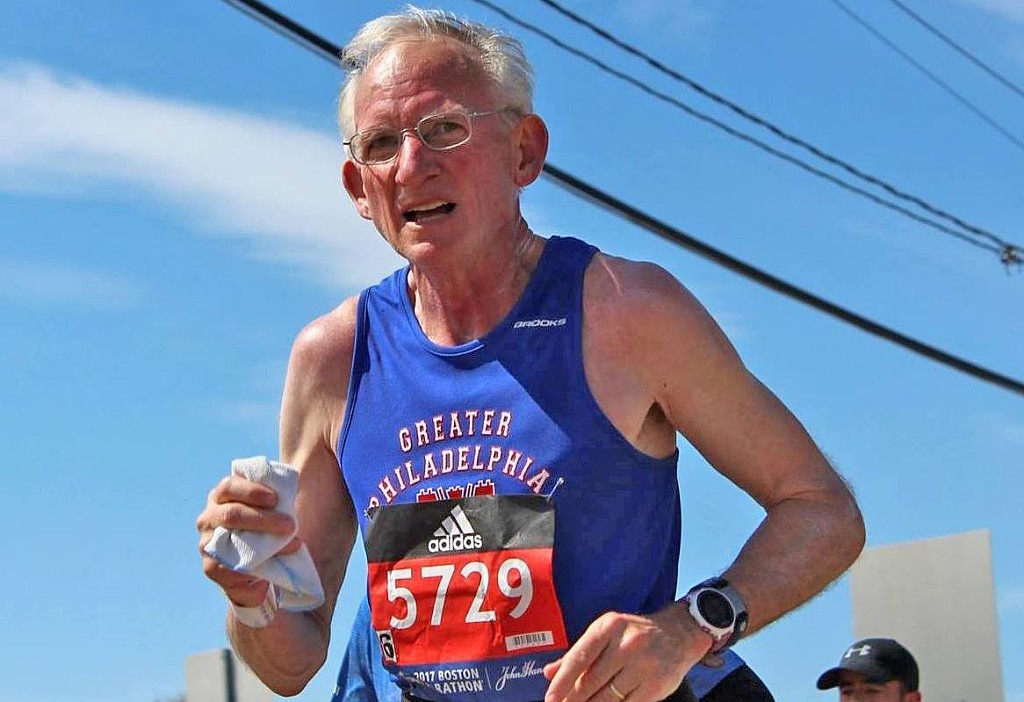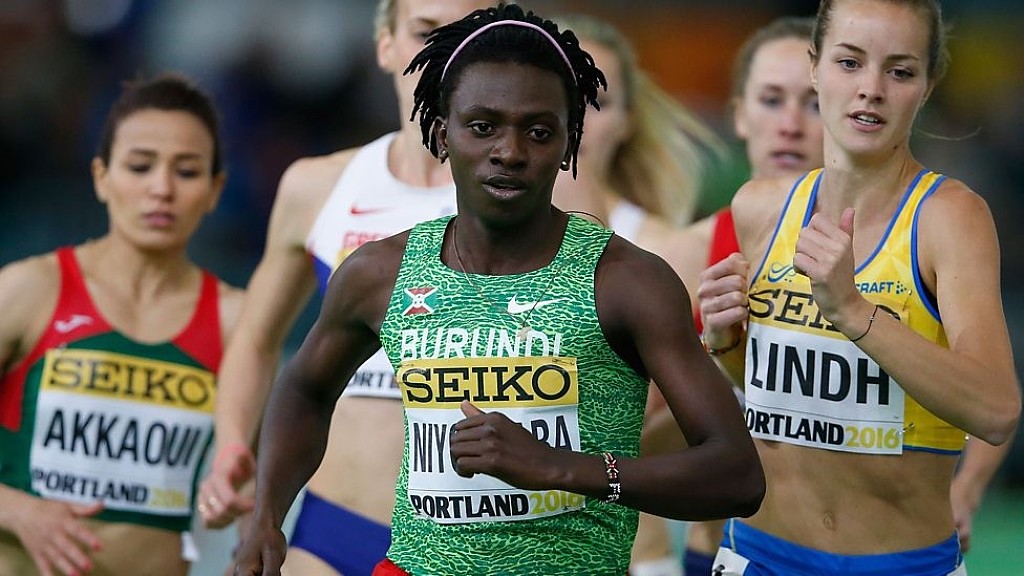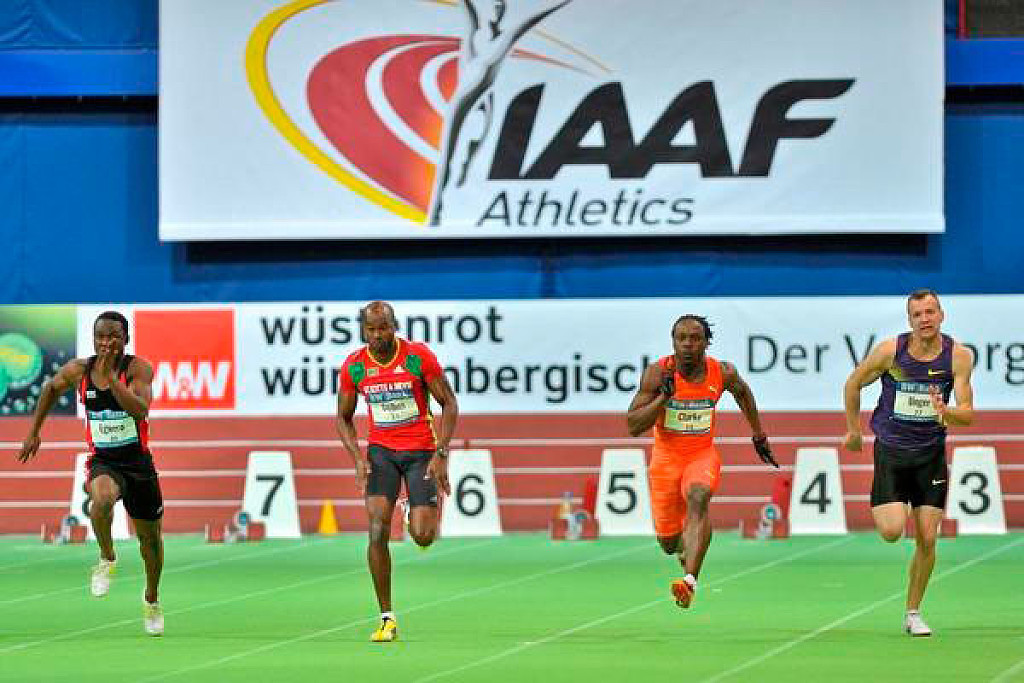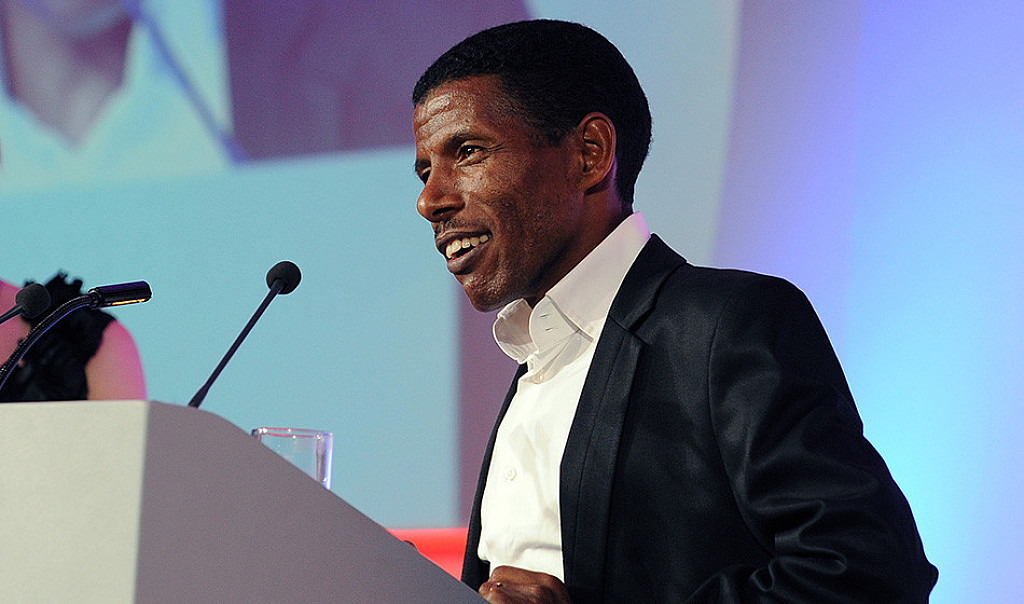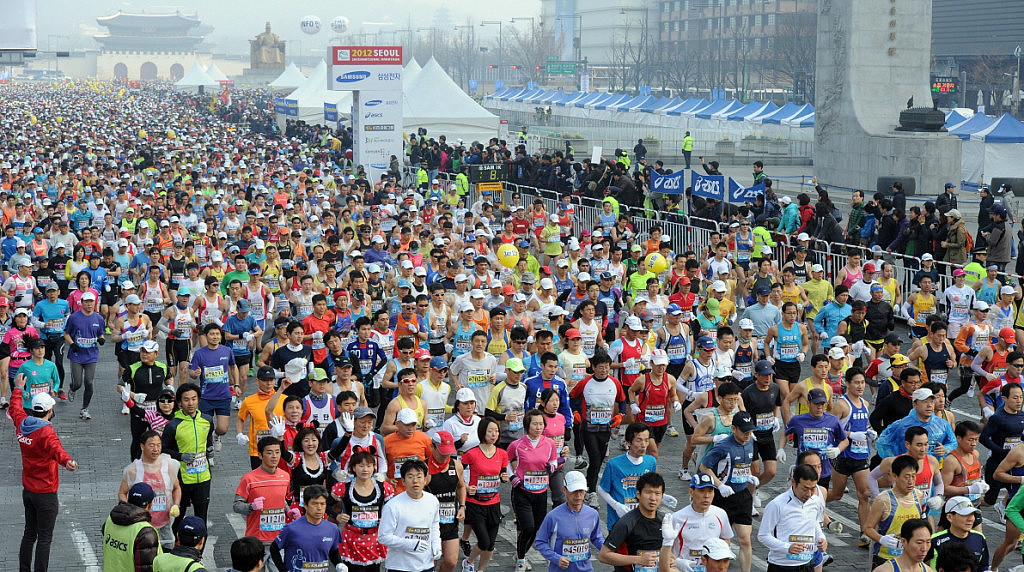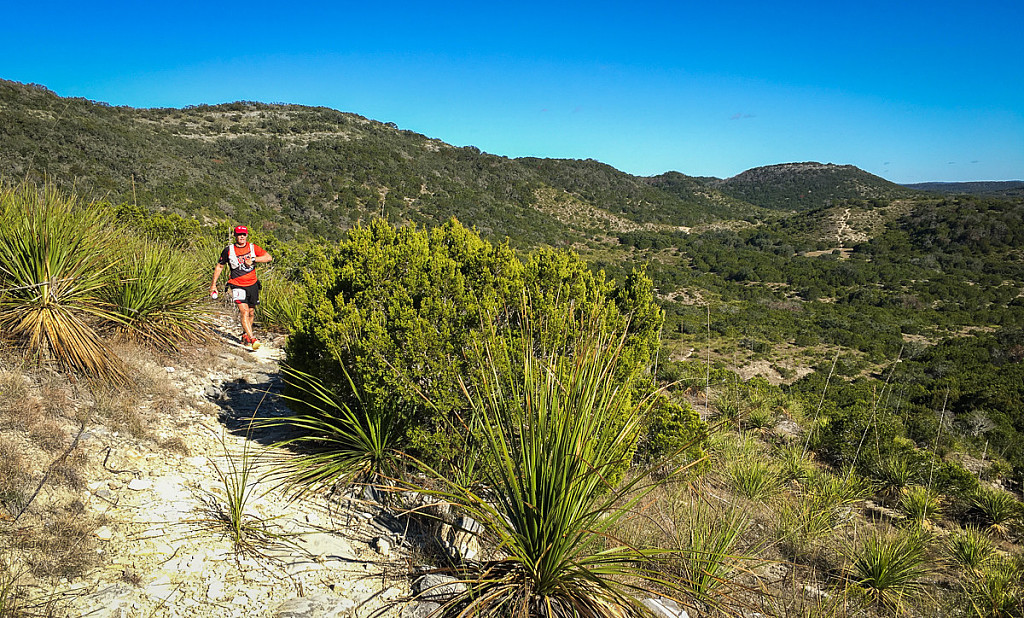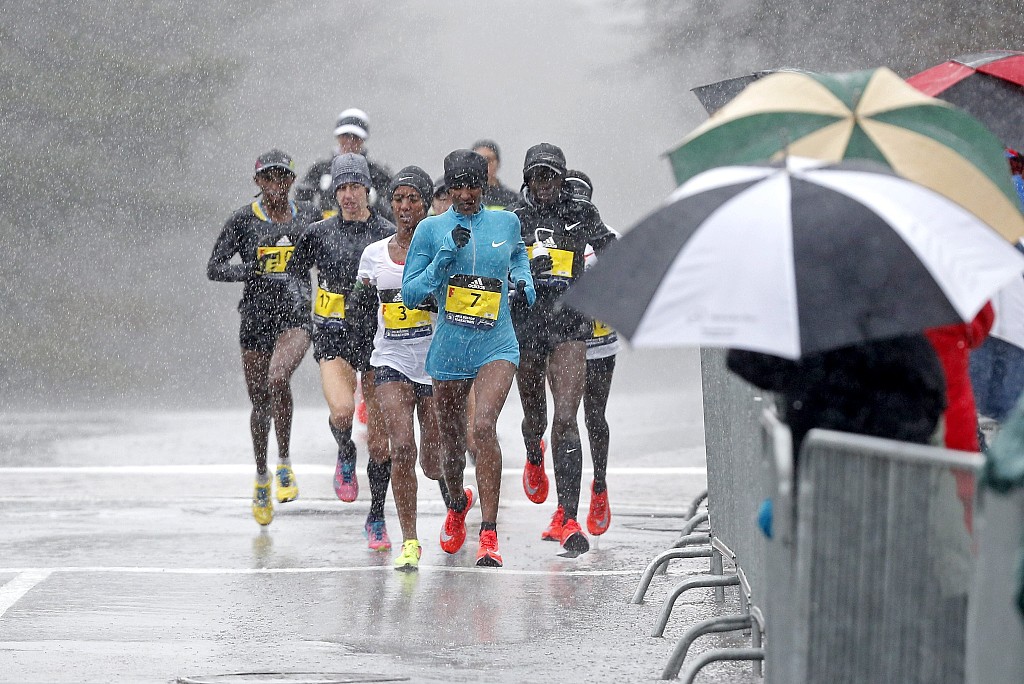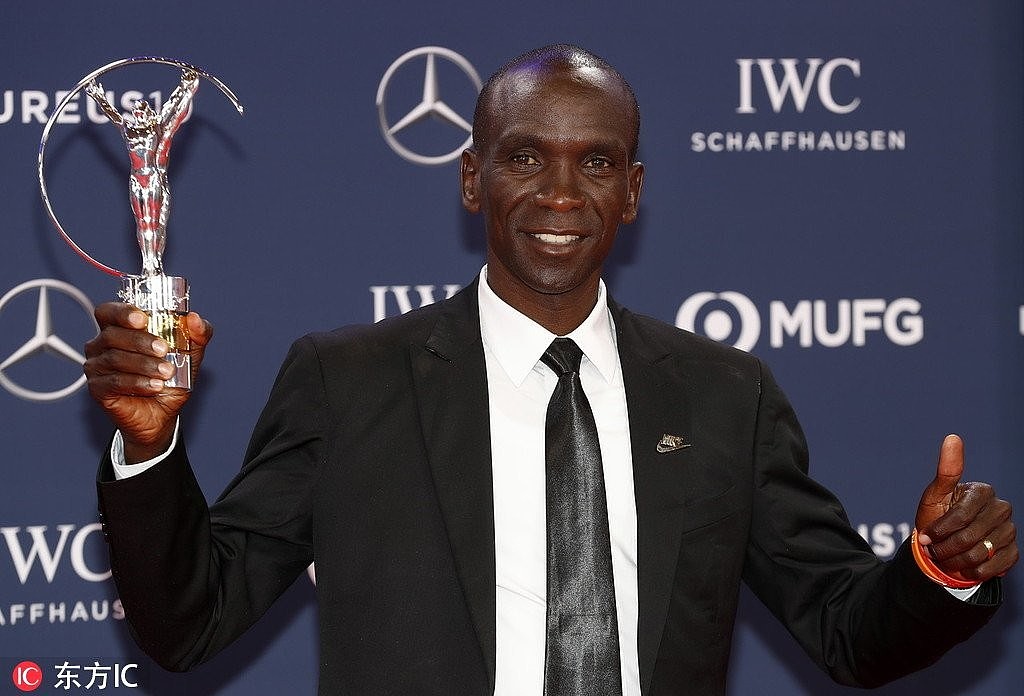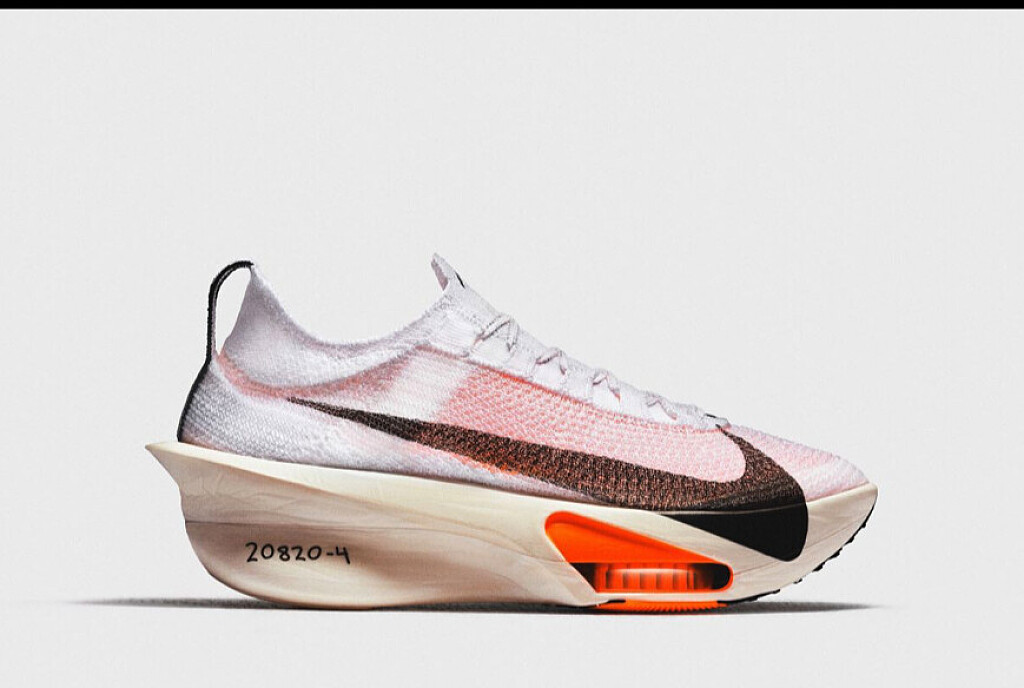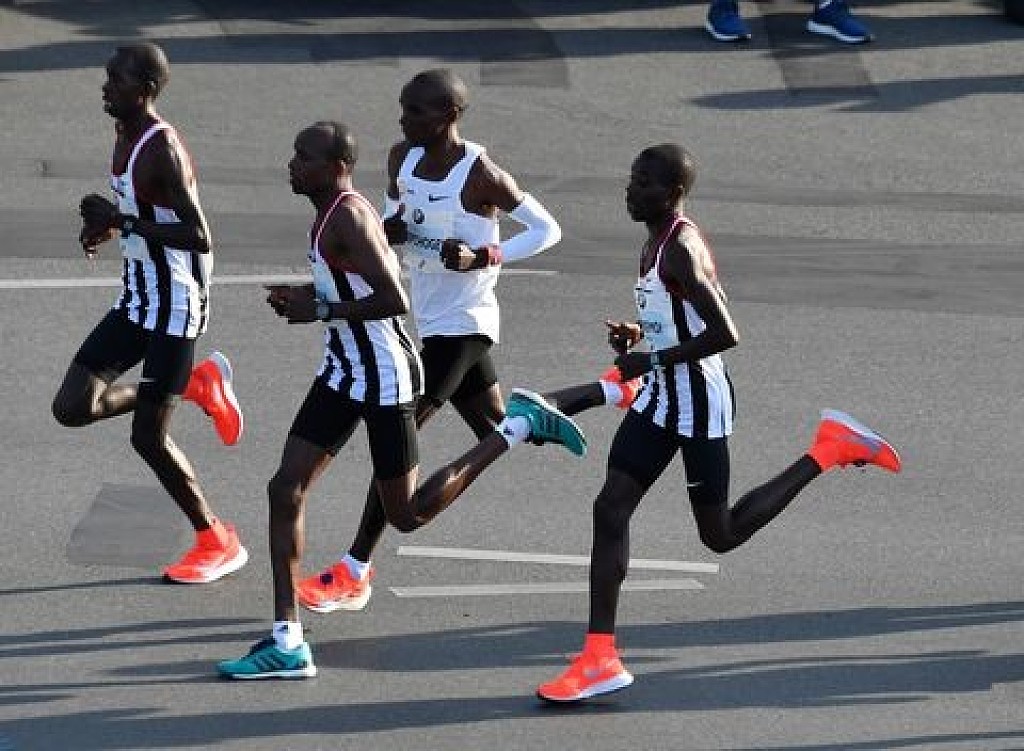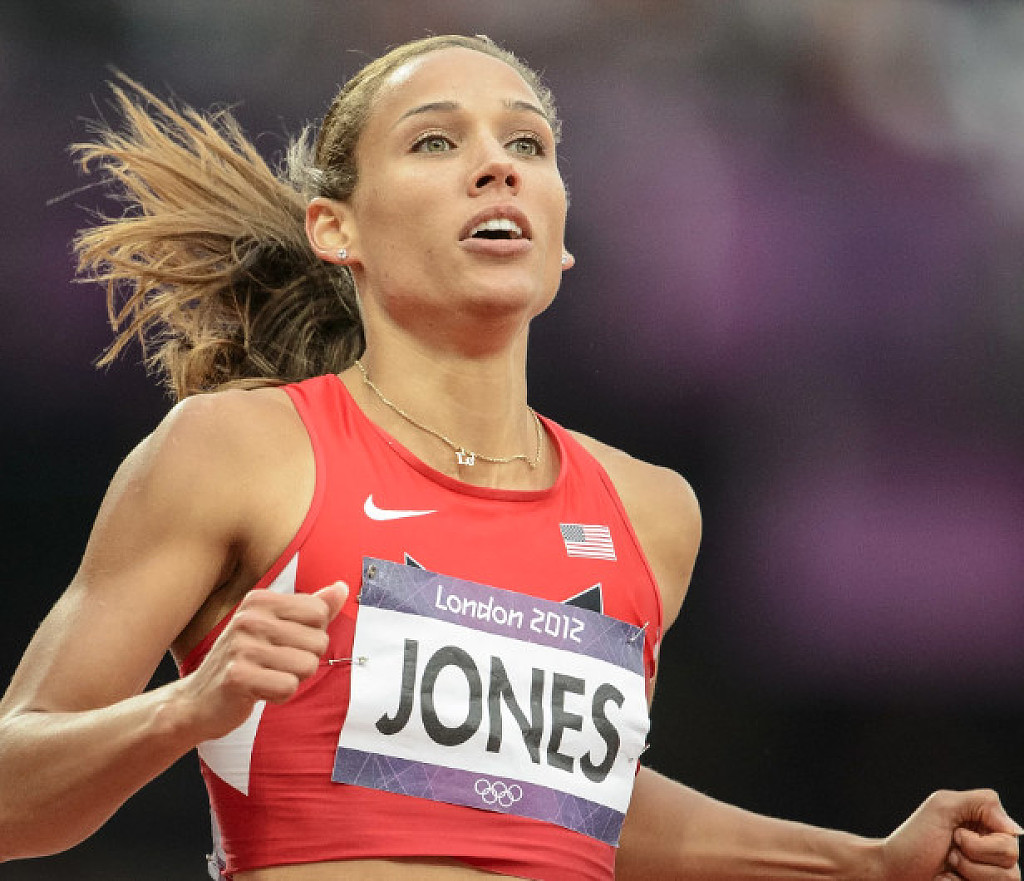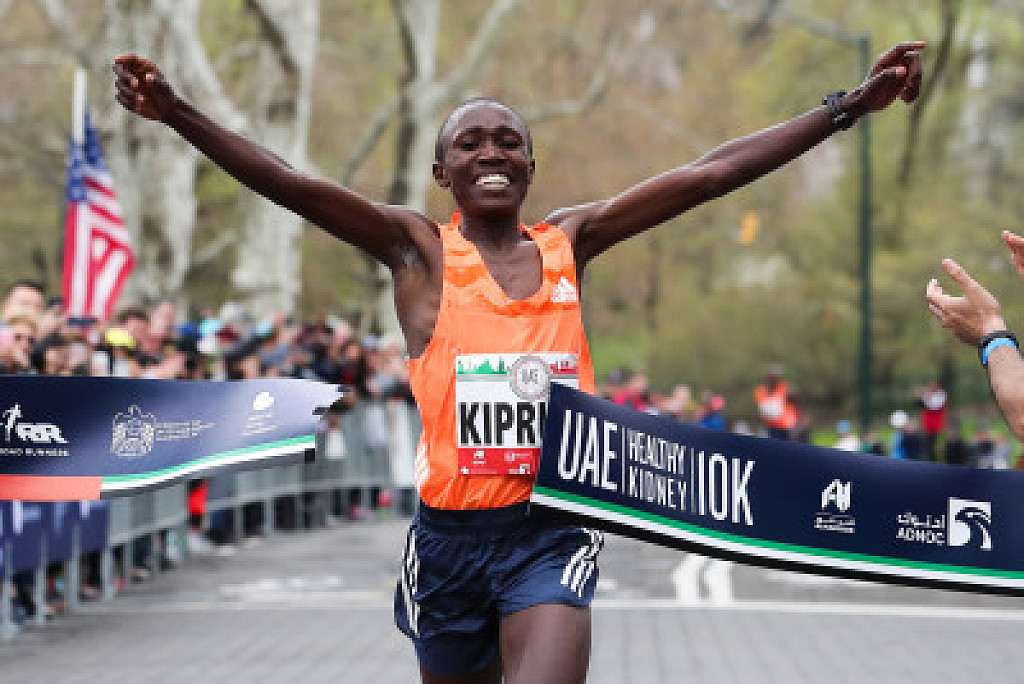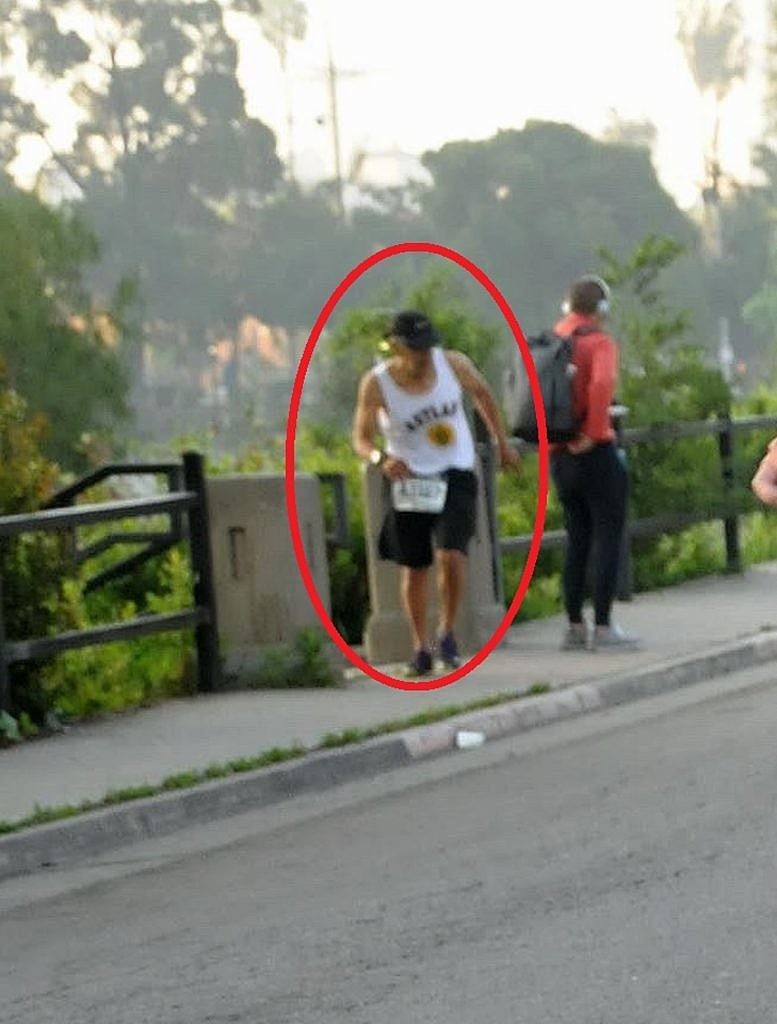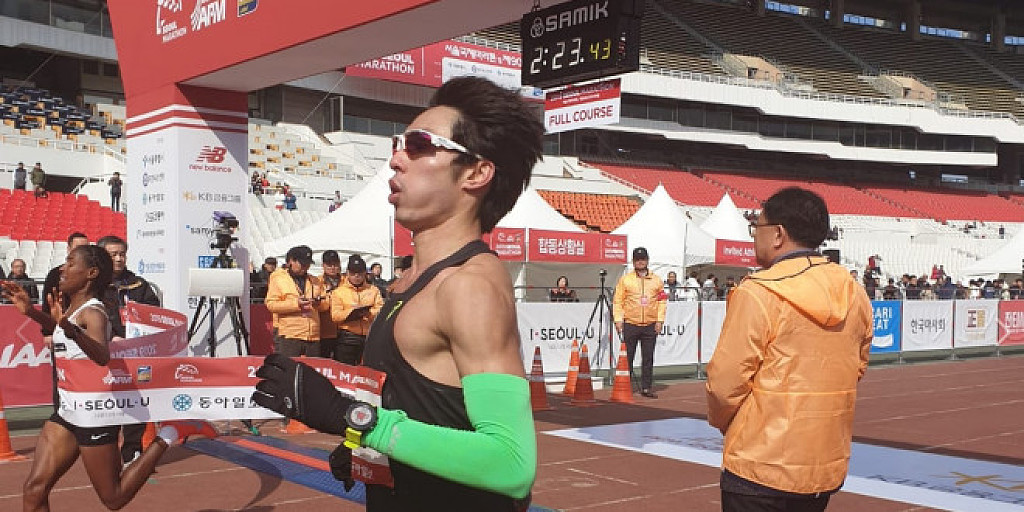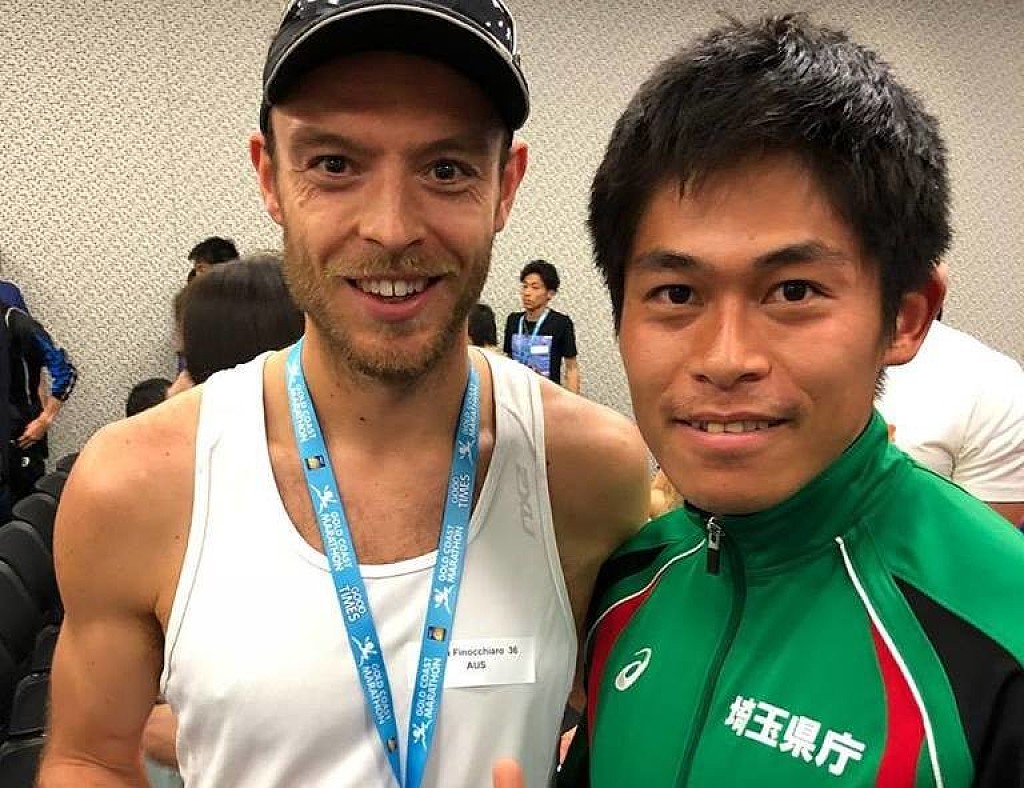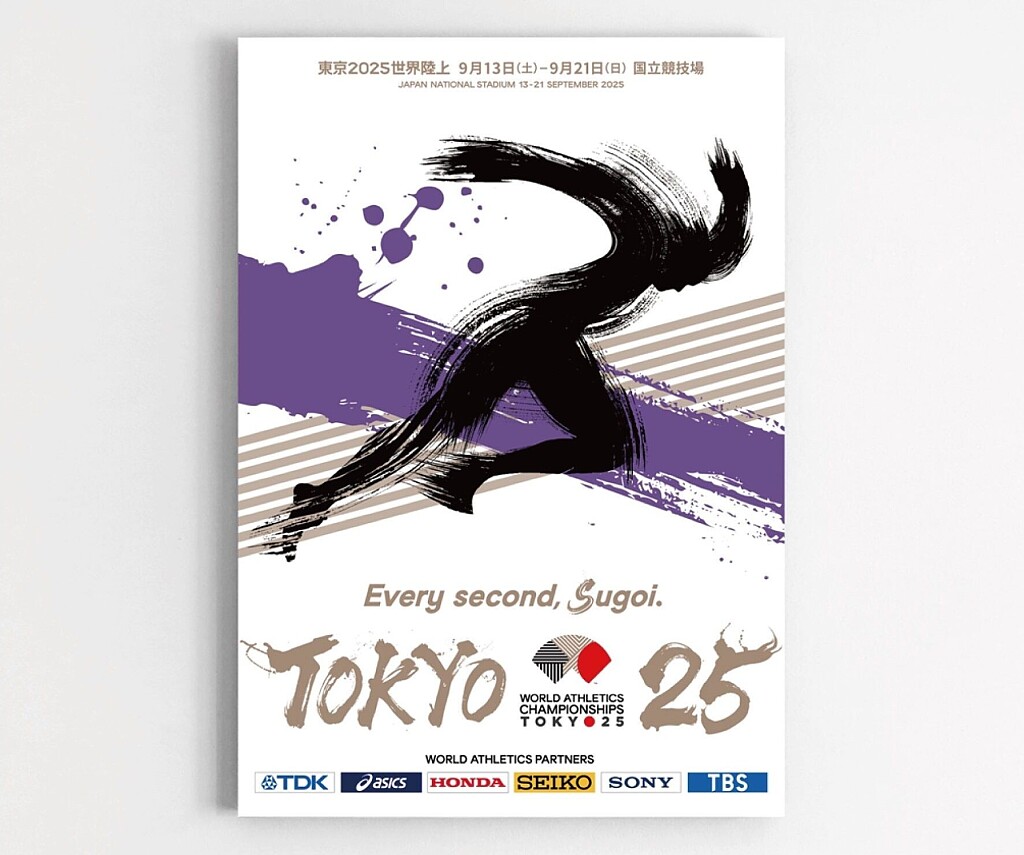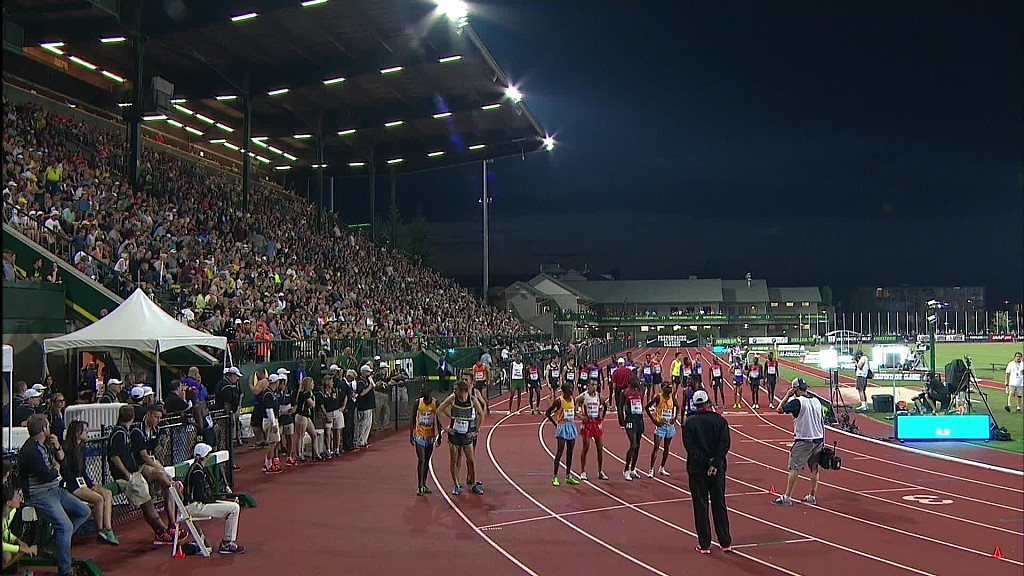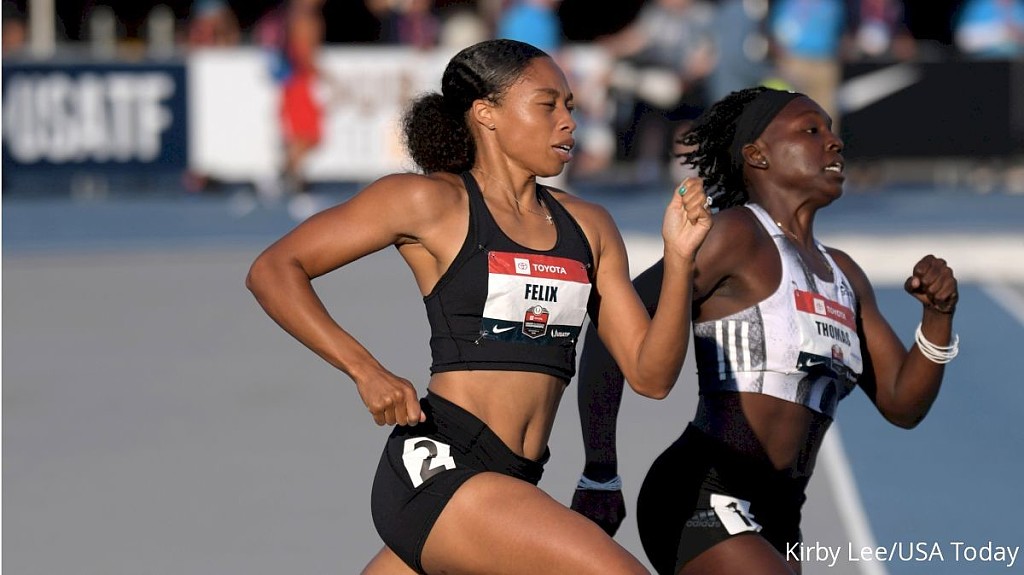Running News Daily
2nd Page, All Time List
These are the all time top 100 stories based on views.
Nigerian Olude Fadekemi vows to reclaim Access Bank Lagos City Marathon title
After being beaten to the first position among Nigerian (female) runners at the 2018 Access Bank Lagos City Marathon, Olude Fadekemi has vowed to reclaim her crown at next month’s race.
Olude who is the current National Record holder in the 20km Walk Race finished as the number one Nigeria woman at the 2017 Access Bank Lagos City Marathon, but she dropped to second place in 2018; losing the crown to Deborah Pam.
To reclaim the number one position at the 2019 Marathon, Olude revealed that she has since stepped up her training schedule and she is equally working extra hard to ensure that she comes tops this term.
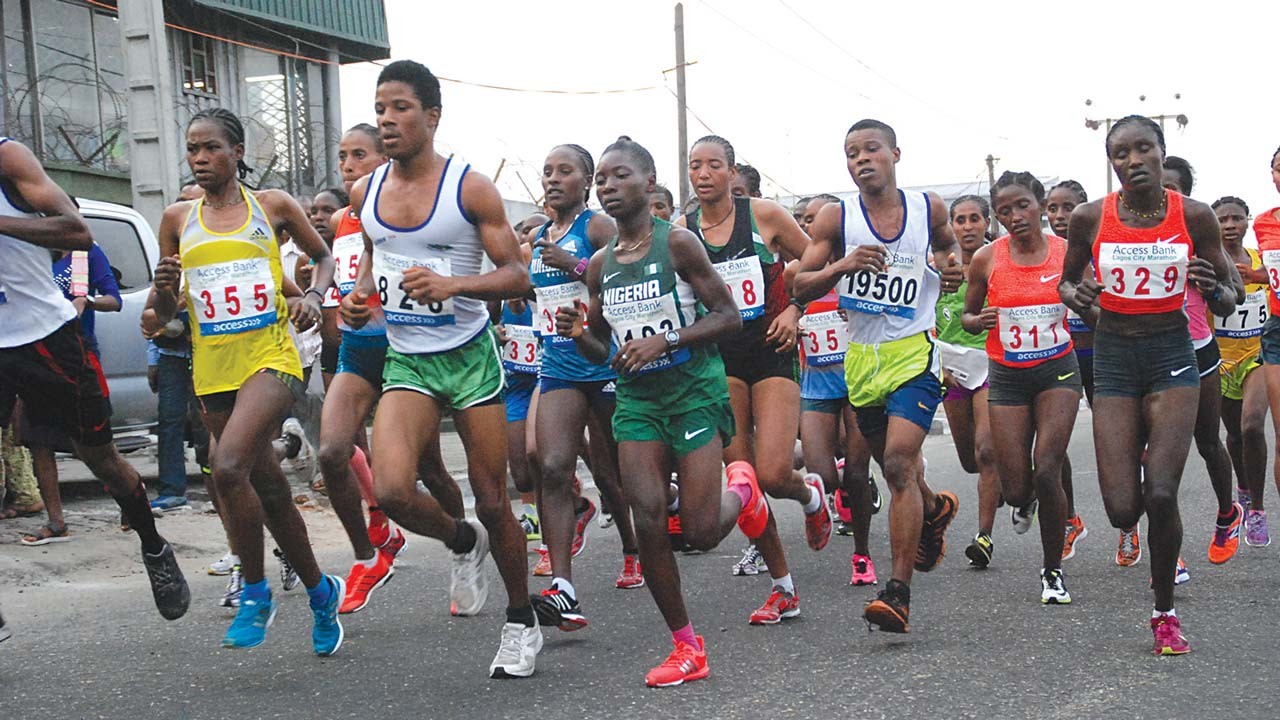
“I was not too happy that I could not defend my title last year, I only finished in second place but this year I want the first position again, “she said in a statement issued by Olukayode Thomas, Head Media and Communications for the Access Bank Lagos City Marathon.
Olude who had a memorable 2018 in which she represented Nigeria at the Commonwealth Games in Australia and also emerged as a gold medal winner at the National Sports Festival among many other accomplishments said she is keen to start 2019 brightly with a win at the Lagos Marathon.
“The year 2018 was very good for me but of course I want 2019 to be better starting with the Lagos Marathon,” Olude revealed.
(01/22/2019) Views: 9,662Running In Cold Weather Is Challenging
TRAINING TIP: It is that time of the year when many runners have to deal with cold weather. The tendency is to put on too many layers of clothes. Layers is the way to go but if you can, warm up inside and get your blood flowing. If you can manage to break a sweat before you head out the door, you won’t be as chilly on your run. Outside is always the best. Much better than doing your run on a treadmill. However, there are times that the treadmill is the best option. (12/17/2017) Views: 9,609Jacob Kiplimo Shatters Half Marathon World Record with Historic Sub-57 Performance
On February 16, 2025, Ugandan long-distance runner Jacob Kiplimo delivered a historic performance at the eDreams Mitja Marató de Barcelona, setting a new men's half marathon world record with a time of 56 minutes and 42 seconds. This remarkable run shattered the previous record of 57:30, held by Ethiopia’s Yomif Kejelcha since October 2024, by an astonishing 49-second margin.
Kiplimo's achievement makes him the first athlete ever to complete the half marathon distance in under 57 minutes, representing the most significant improvement in the men’s half marathon world record to date. The 24-year-old credited the ideal race conditions in Barcelona for his unprecedented feat.
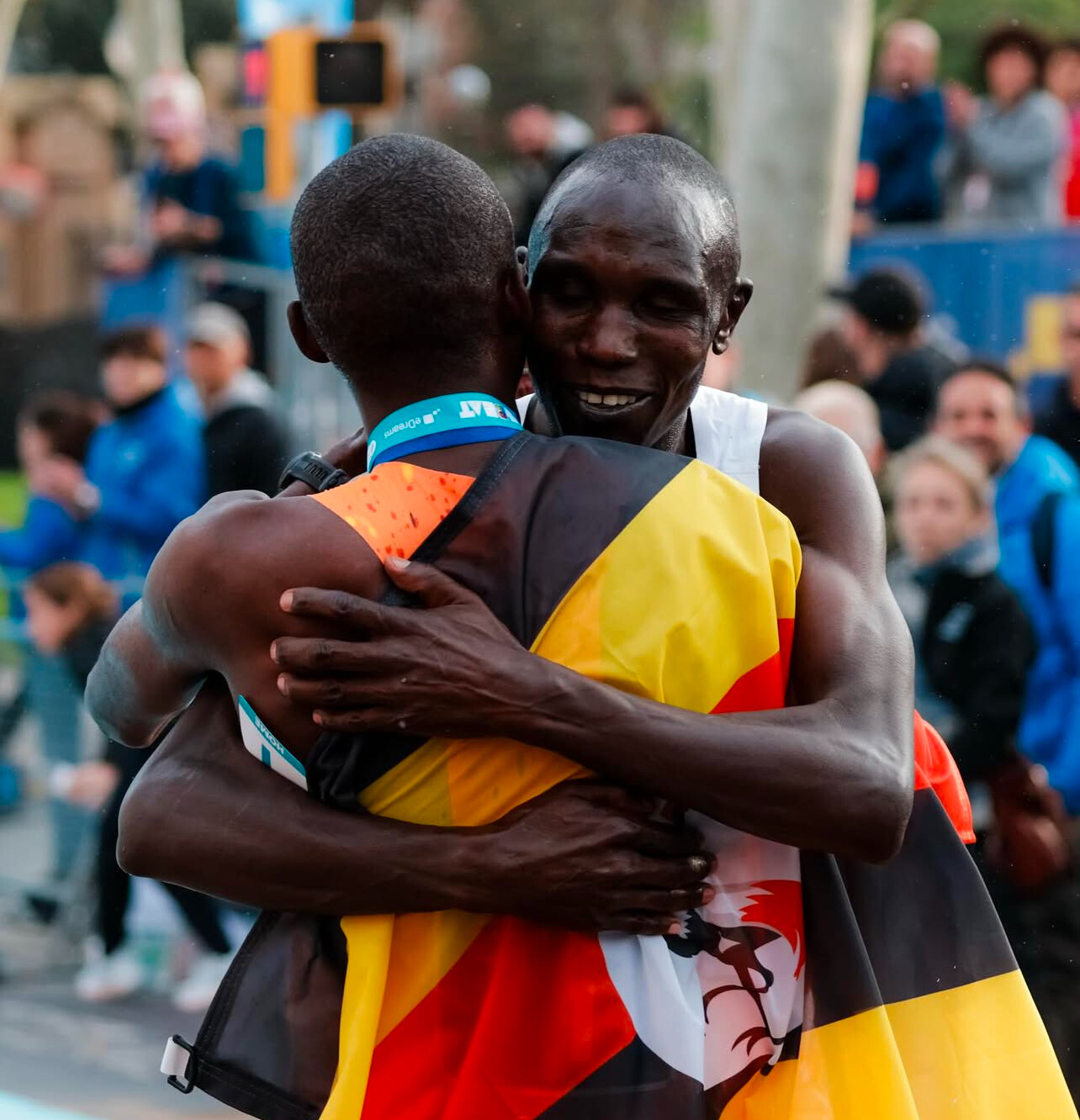
“The temperature was perfect, there was no wind at all, and the course was fantastic—everything went better than expected,” Kiplimo said after the race.
A Perfect Race Strategy
Kiplimo approached the race with a calculated strategy, setting an aggressive yet controlled pace from the start. By the third kilometer, he felt strong and decided to push the tempo further, creating an unstoppable rhythm that led to his record-breaking sub-57-minute finish.
With cool 13°C (55°F) weather, no wind, and Barcelona’s famously flat and fast course, Kiplimo capitalized on the conditions to achieve a performance that will be remembered for years to come. His average pace over the 21.1-kilometer course was an astonishing 2:41 per kilometer or 4:19 per mile, making this one of the fastest sustained performances in distance running history. His 15k split was 39:47, best time ever at that distance.
A Legacy of Dominance in Distance Running
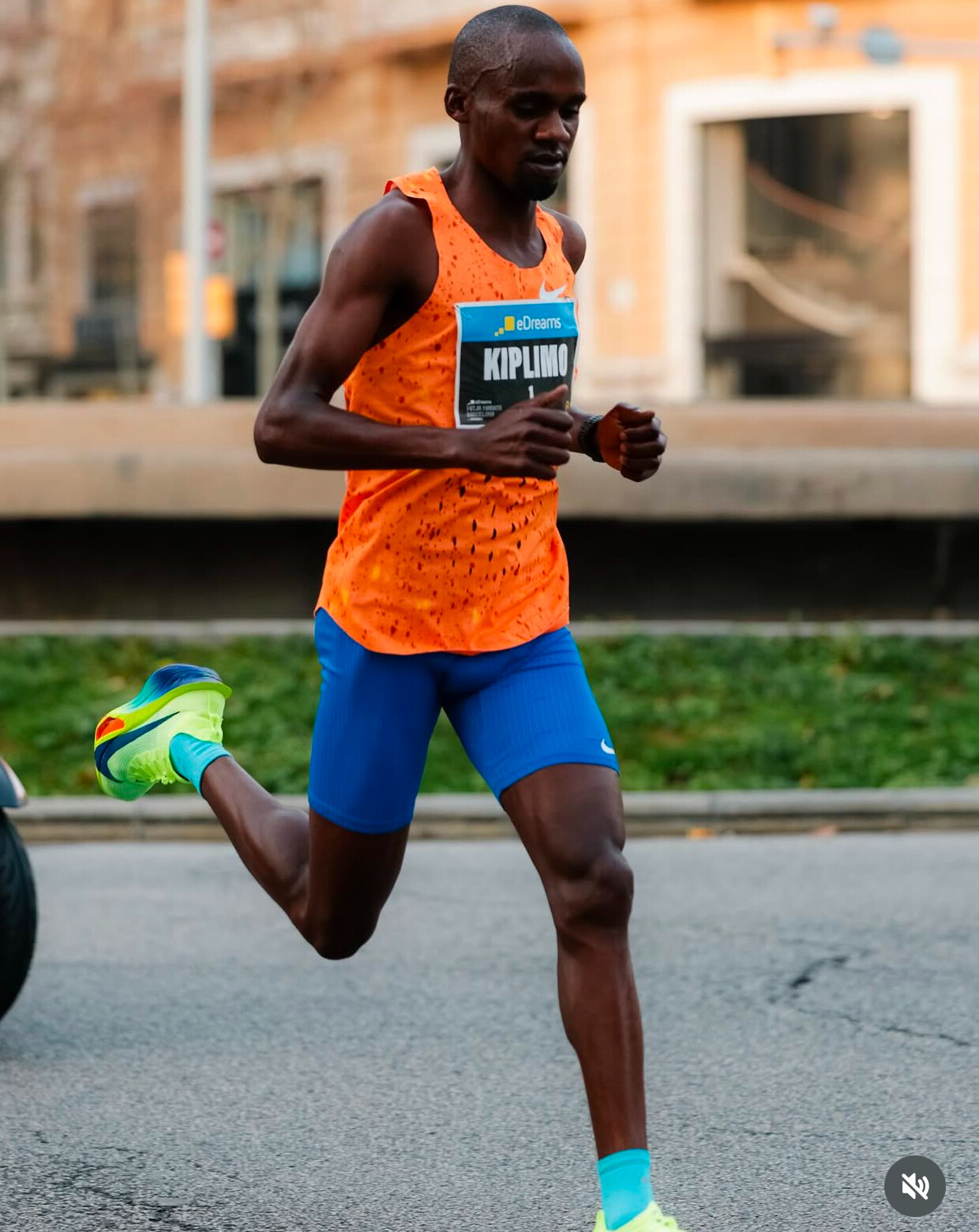
This latest achievement further solidifies Kiplimo’s position as one of the world’s premier distance runners. His accolades include:
Olympic success: Bronze medalist in the 10,000 meters at the Tokyo 2020 Olympics.
Cross country dominance: Two-time World Cross Country Champion.
Half marathon excellence: Previous world record holder with a time of 57:31, set in Lisbon in 2021.
Now, with a sub-57-minute half marathon, he has redefined the possibilities in the event.
A Look to the Future: Marathon Debut in London
Following his world record performance, Kiplimo announced that he will not compete again until making his marathon debut at the London Marathon on April 27, 2025. His transition to the 42.195-kilometer distance has been highly anticipated, and with his strength, speed, and endurance, many believe he could make an immediate impact on the world marathon scene.
His Barcelona performance indicates peak condition, and the running community eagerly awaits to see if he can translate his half marathon dominance into full marathon success.
Men's Top 10 Finishers:
Jacob Kiplimo (Uganda) – 56:42 (World Record)
Geoffrey Kamworor (Kenya) – 58:44
Samwel Mailu (Kenya) – 59:40
Birhanu Legese (Ethiopia) – 1:00:15
Philemon Kiplimo (Kenya) – 1:00:22
Mule Wasihun (Ethiopia) – 1:00:35
Leonard Barsoton (Kenya) – 1:00:50
Abdi Nageeye (Netherlands) – 1:01:05
Sondre Nordstad Moen (Norway) – 1:01:20
Julien Wanders (Switzerland) – 1:01:35
Women's Top 10 Finishers:
Joyciline Jepkosgei (Kenya) – 1:04:13
Letesenbet Gidey (Ethiopia) – 1:04:35
Ruth Chepngetich (Kenya) – 1:04:50
Yalemzerf Yehualaw (Ethiopia) – 1:05:05
Hellen Obiri (Kenya) – 1:05:20
Brigid Kosgei (Kenya) – 1:05:35
Peres Jepchirchir (Kenya) – 1:05:50
Sifan Hassan (Netherlands) – 1:06:05
Almaz Ayana (Ethiopia) – 1:06:20
Lonah Chemtai Salpeter (Israel) – 1:06:35
Kiplimo’s sub-57-minute performance in Barcelona has transformed the landscape of distance running. His ability to maintain a blistering pace throughout the race not only redefines human potential but also inspires the next generation of athletes to push beyond perceived limits.
As he shifts focus to the marathon, one question remains: Is he just getting started?
With the London Marathon on the horizon and potential future records in sight, Jacob Kiplimo’s journey is far from over—it's only just beginning.
(02/16/2025) Views: 9,502Boris Baron
Man Kaur a 102-Year-Old Runner, shares her secrets as she is still running and racing winning gold medals
At 102, Man Kaur is still running — and winning gold medals. The phenomenon from India just nailed the gold medal in the 200-meter race for the 100-to-104 age group at the World Masters Athletics Championships in Malaga, Spain.
She finished in 3 minutes and 14 seconds. Kaur has a message for younger folks: Keep away from junk food and stick to an exercise regimen!
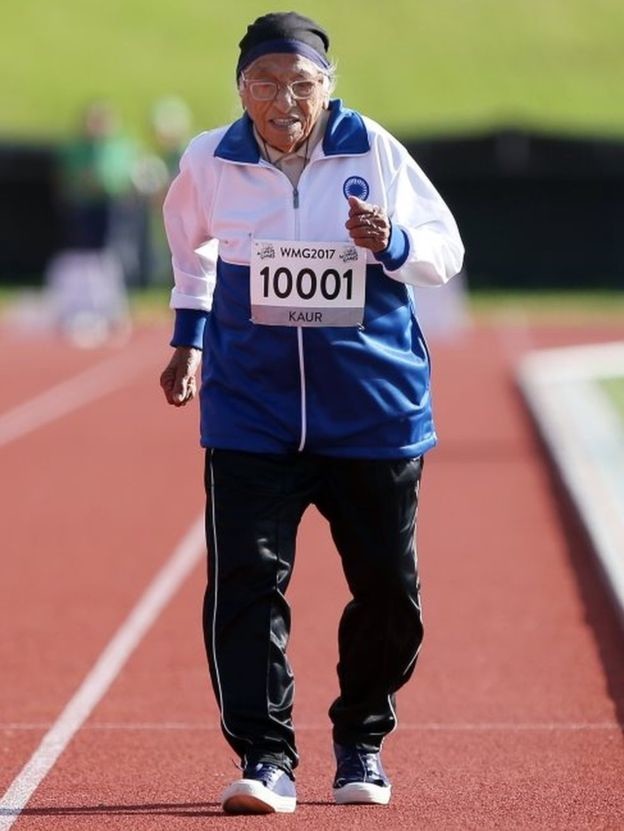
Her own routine is impressive for any age. She wakes up at 4 a.m., bathes, washes clothes, makes tea, recites prayers until about 7 a.m. Sometimes she goes to the Gurdwara, the place of worship for Sikhs, other times she prays at home. And then she goes to the track for an hour of sprinting practice.
The diminutive Kaur hasn't been a lifetime runner. Far from it. She started running in 2009, when her son, Gurdev Singh, who's now 80, urged her to take up track and field.
Singh, the second of her three children, is her coach as well as cheerleader. He also a long-time track competitor: "I was on my college track team and in school, I ran track and I played on the [soccer] team. I have been running in the master level for the last 25 years."
Singh has amassed more than 80 racing medals since 1992. What made him take his then 93-year-old mother to the track? It was mainly a whim, he explains — but also a desire to keep her fit.
"She was very well, with no health problems, and she moved fast. So I took her to the university track with me and asked her to run 400 meters. She did it, slowly, and I thought 'Yes, She can do it.'
"Kaur enjoyed it enough to want to return. She liked running, she said. And quickly she started to improve. Two years later, given how well she was doing, her son registered her for international events he was participating in. Kaur agreed with no hesitation. And she hasn't stopped running.
(09/28/2018) Views: 9,368Pete Kostelnick finished a nearly 5,400-mile Alaska-To-Florida Run
An ultramarathon runner has finished a nearly 5,400-mile (8,690-kilometer) diagonal, cross-continental run that began in Alaska and ended in Florida. 31-year-old Pete Kostelnick from Ohio started July 31 at Anchor Point on Alaska's Kenai Peninsula, running without a support vehicle to Florida. Pushing supplies in a three-wheel jogging stroller, he averaged some 55 miles per day. In 2016, Kostelnick ran 3,067 miles (4,935 kilometers) from San Francisco to New York City in 42.25 days. He said he hoped his feat would inspire others to chase their wildest dreams. He added some people have compared him to Forrest Gump, the primary character in the 1994 film by the same name, where Gump ran cross-country several times. (11/06/2018) Views: 9,050Her running partner was out on a routine run when she was hit by a car. Cara made a promise to her...
Cara Koprowski of Longwood holds the shirt she plans to wear when she runs the Disney Princess Half Marathon on Sunday in honor of her late friend, It was last St. Patrick’s Day, and Cara Koprowski of Longwood was preparing breakfast for her family. She did not learn the awful truth until hours after that initial transmission.“Your friend, Amy, was hit by a car this morning while running. Before she died, Higgins, 50, made Koprowski promise that she would run the Disney Princess Half Marathon. Koprowski will fulfill that pledge early Sunday morning in the 13.1-mile race that will begin and end at Epcot. “I’ve never felt that broken,’’ said Koprowski, a fourth-grade teacher at Wekiva Elementary School. Koprowski, 43, met Higgins after her family moved to Silverdale, Wash., near Seattle, after the Navy transferred her husband there. Higgins was a second-grade teacher when Koprowski got a job at the same school. (02/24/2018) Views: 8,972Why Do My Legs Itch When I Run?-Consider it growing pains for pounding the pavement.
When I first started running, an unexpected question popped to mind at the end of my first few workouts: Why do my legs itch when I run?
I knew I’d feel breathless, sweat profusely, and check my watch every 30 seconds in the hopes that five minutes had gone by since I last checked. What I didn’t expect was that I’d end my runs with actual red scratch marks down my thighs, thanks to the harder-than-I-meant-to scratching to ease the itch that kicked in just as I began to wrap things up.
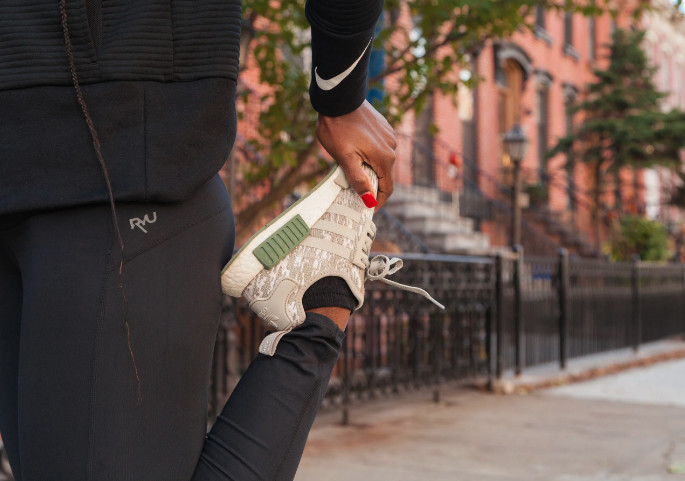
Within a couple of weeks, the annoying itching that accompanied my runs stopped, and I forgot all about it. Then recently, I heard others anecdotally mention it, which made me think maybe it was not just a weird quirk with my body—maybe there’s actually something about starting running that really makes your legs itch.
Turns out, there’s a pretty reasonable physiological adaptation that could easily explain the itching. And in most cases—like mine—it’ll stop soon after your body gets used to the new exercise. But in some cases, there might be something more going on.
With many people starting running (or getting back into running) as a way to get in some exercise—or simply get a change of scenery—with gyms still closed due to the coronavirus, it’s a problem that lots of people may begin to experience. And if you’re one of them, you don’t need to freak out. Here’s everything you need to know about why your legs itch while you run.
Why do my legs itch when I run?
First, it helps to understand what happens to your body when you start a new aerobic activity. When you exercise hard enough to increase your heart rate for a sustained period of time, your muscles require more oxygen to help you get the job done. And you need greater blood flow to help deliver it.
“One of your body’s initial responses to running if you’ve never done it before is called vasodilation, where your blood vessels open up or expand to let more [blood] come through,” Geoff Burns, Ph.D., a researcher at the Michigan Performance Research Laboratory at the University of Michigan and competitive ultrarunner, tells SELF.
When you first start running, though, your body isn’t used to the increased demand on your blood vessels.
“If you think of the blood vessels in your muscles like city roads, when you start to run, you’re going to have more traffic on the road—it’s going to get congested,” he says. “These vessels aren’t mechanically used to expanding like that, and that might put pressure on some of the nerve tissue in the muscles or other mechanoreceptors there. That can give you that itchy sensation.”
That itchy feeling tends to be centered primarily in your legs, since your lower-body muscles are doing the most work when you run—meaning they’re going to require the most oxygen and thus greatest blood flow, he says. And it’s possible that you feel it more when you end your workout, because when you stop running, your blood pools briefly.
Can itchy legs while running be something else?
If your legs itching while running is caused by that physiological adaptation, it should only last a few weeks, says Burns—which was pretty much the case for me. After that time, your body should get used to that increased pressure in your blood vessels. Plus, your body helps the process along with other adaptations, like with the remodeling of existing blood vessels and the formation of new capillaries, which helps relieve some of that congestion.
(07/19/2020) Views: 8,713Boston Marathon Eliminates Qualifying Times for 2027-2028
If you’ve ever dreamed of running the Boston Marathon but felt shut out by strict qualifying standards, there’s exciting news on the horizon. In a sweeping and historic change, the Boston Athletic Association (B.A.A.) announced Tuesday morning that qualifying times will be eliminated for the 2027 and 2028 races—ushering in a new era of inclusivity for one of the world’s most iconic marathons.
For decades, qualifying times have been the cornerstone of the Boston Marathon. Introduced in 1970 to manage growing participation and maintain a high level of competition, these benchmarks have pushed runners to achieve excellence. Yet while they have inspired elite performances, they have also left countless passionate runners on the outside looking in.
The decision to remove qualifying times comes on the heels of a record-breaking applicant pool for the 2025 race. In a candid statement, B.A.A. officials explained that the change is driven not only by a commitment to making the event accessible to a broader audience but also by the undeniable demand from the running community. By opening the race to a wider field, the organization aims to celebrate the diverse spirit of marathon running and redefine what it means to be part of this legendary event.
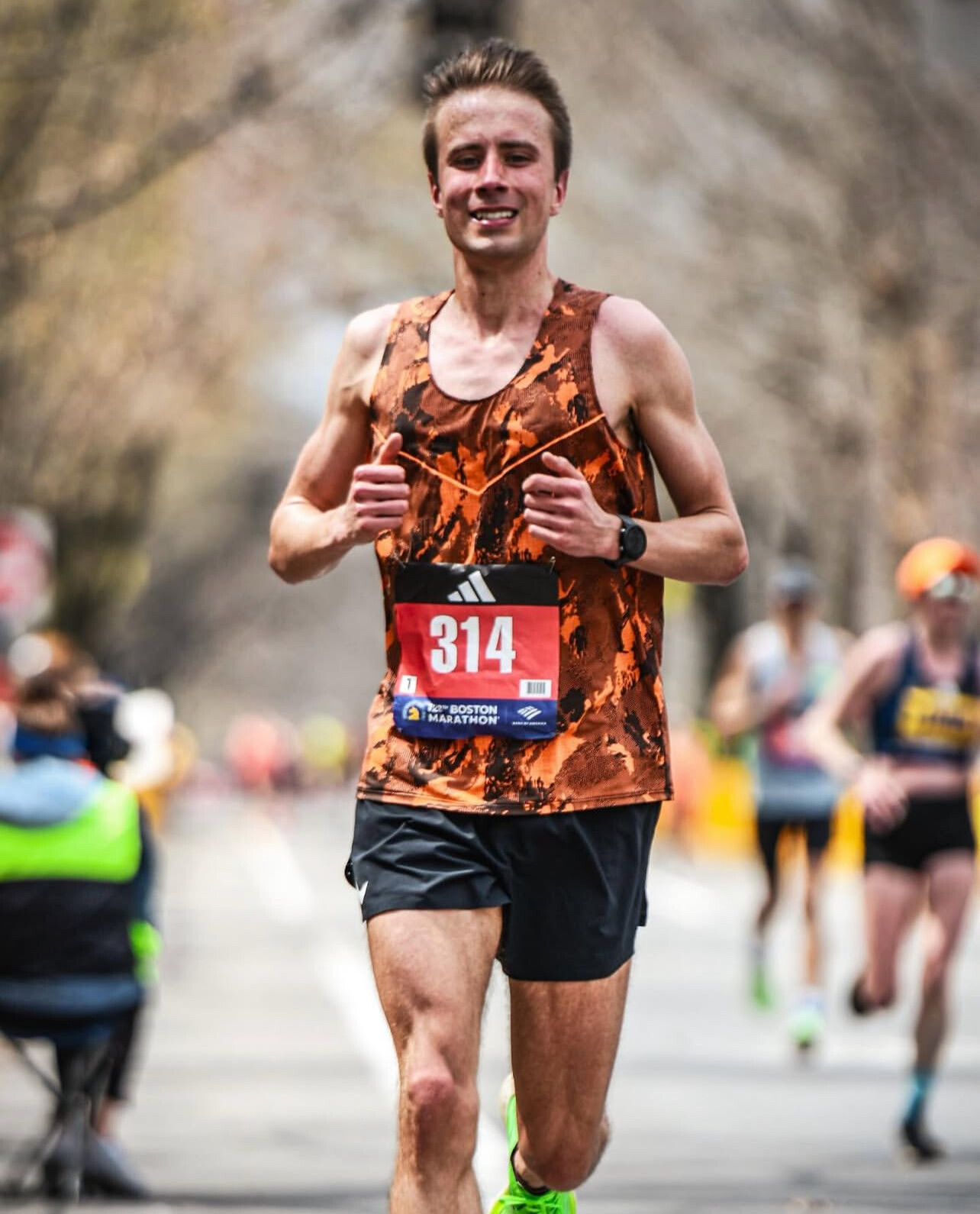
Under the current system, prospective runners must meet stringent time standards based on their age group. For instance, the current qualifying benchmarks for the upcoming race season are as follows:

Men
• Ages 18–34: 2 hours 55 minutes
• Ages 35–39: 3 hours 00 minutes
• Ages 40–44: 3 hours 05 minutes
• Ages 45–49: 3 hours 15 minutes
• Ages 50–54: 3 hours 20 minutes
• Ages 55–59: 3 hours 35 minutes
• Ages 60–64: 3 hours 50 minutes
• Ages 65–69: 4 hours 05 minutes
• Ages 70–74: 4 hours 20 minutes
• Ages 75–79: 4 hours 35 minutes
• Ages 80 and over: 4 hours 50 minutes
Women
• Ages 18–34: 3 hours 25 minutes
• Ages 35–39: 3 hours 30 minutes
• Ages 40–44: 3 hours 35 minutes
• Ages 45–49: 3 hours 45 minutes
• Ages 50–54: 3 hours 50 minutes
• Ages 55–59: 4 hours 05 minutes
• Ages 60–64: 4 hours 20 minutes
• Ages 65–69: 4 hours 35 minutes
• Ages 70–74: 4 hours 50 minutes
• Ages 75–79: 5 hours 05 minutes
• Ages 80 and over: 5 hours 20 minutes
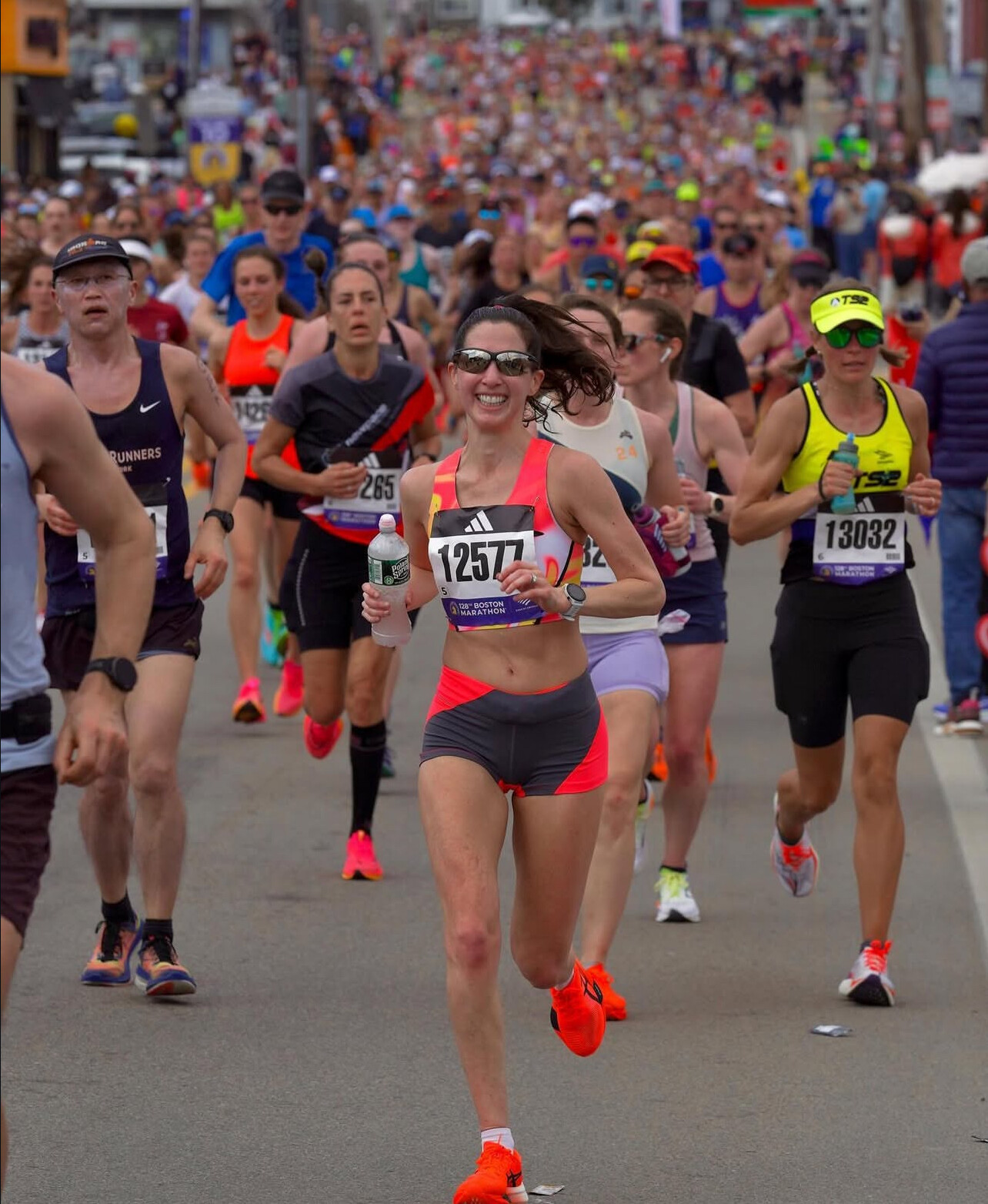
For many runners, these time cutoffs have represented nearly insurmountable hurdles, forcing them to either settle for smaller local races or abandon the dream entirely. With the new open-entry format, the Boston Marathon will no longer serve as an exclusive club for the fastest runners; instead, it will become a celebration of perseverance, community, and the sheer joy of running.
Critics have argued that removing qualifying times might dilute the race’s competitive legacy, while supporters contend that it will invigorate the event by welcoming a richer diversity of participants. The B.A.A. remains confident that this transformative change will not only boost participation but also cement the Boston Marathon’s status as a truly inclusive sporting event.
For runners who have long trained in vain to meet the rigid standards, this decision is a game changer—a symbolic moment that recognizes passion and perseverance over arbitrary numbers. As the running community braces for the upcoming races under this new model, one thing is clear: the Boston Marathon is set to redefine itself, embracing the idea that the spirit of competition can coexist with a commitment to accessibility.
Stay tuned to My Best Runs for further updates and in-depth coverage as we track the unfolding impact of this bold new chapter in marathon history.
(04/04/2025) Views: 8,641Boris Baron
How Kenyan athletes are paid millions in the Richest Marathons in the World
For most elite marathoners, there is more at stake than just the glory of winning the race.
For these professional athletes, for instance, Eliud Kipchoge, there is a huge prize for crossing the finish line ahead of everyone in marathons such as Berlin, Boston, Bank of America Chicago marathons among many others. (The current exchange rate is 102 Kenya shillings to one US dollar.)
Here we take a look at some of the top few marathons over the world that offer the highest prize money to athletes.
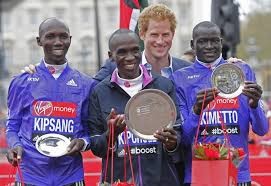
1. Standard Chartered Dubai Marathon.- The Dubai Marathon is the world’s richest marathon with the most expensive prize money of Sh.20 ($196,000US) million for first place winners and an additional Sh.10 ($98,000US) million for marathon world record bonus.
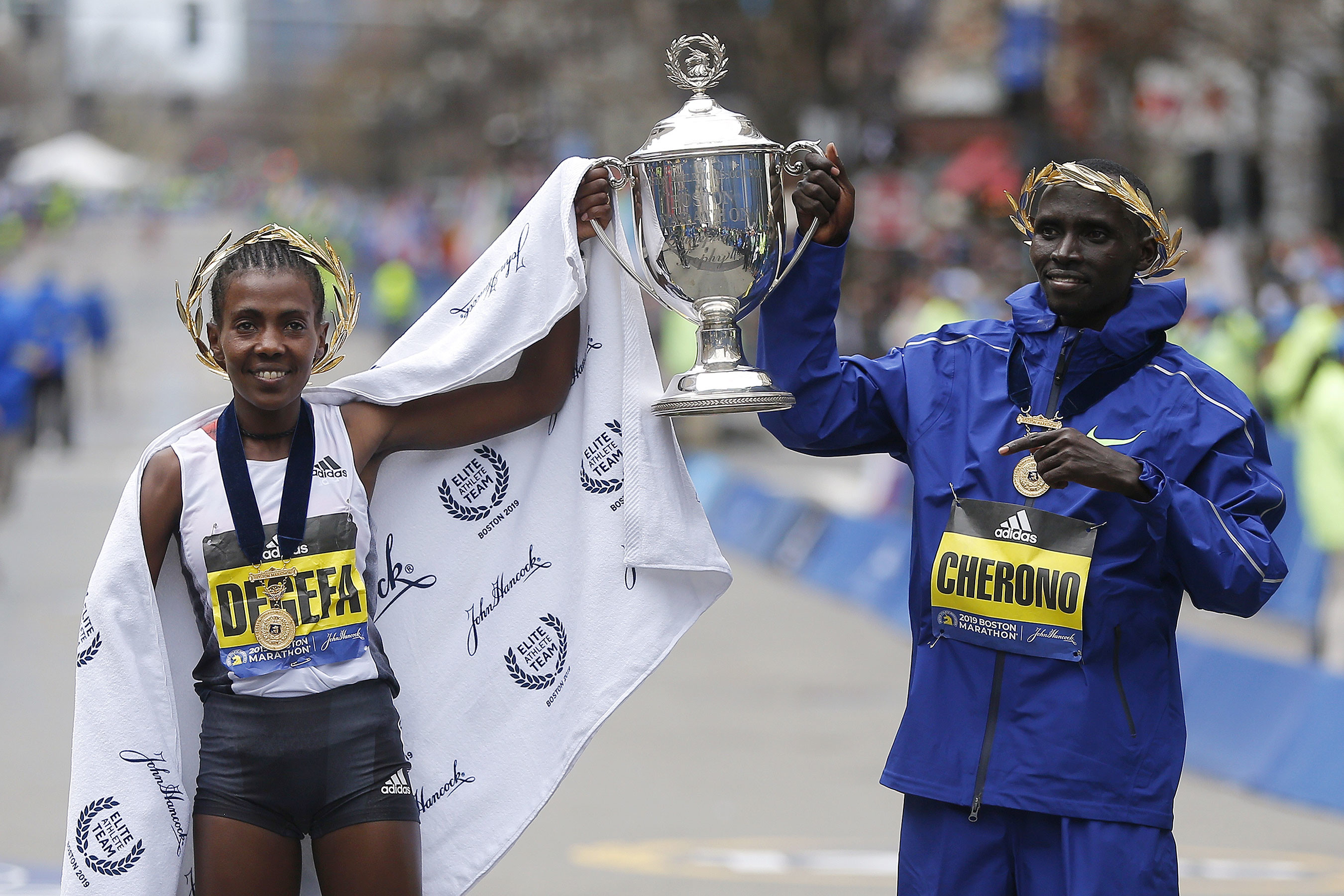
In January of 2008, the Dubai Marathon was the richest long-distance running event in history.
The winners received Sh.25 ($245,000US) million (more than double any prize money to that date) and a million-dollar offer from Dubai Holding if they set a world best according to the Standard Chartered Dubai marathon website
Getaneh Molla of Ethiopia and Kenya’s Ruth Chepngetich won the 20th edition of the Standard Chartered Dubai Marathon.
2. Boston Marathon.- The Boston Marathon is the oldest marathon in the world established in 1887 by a non-profit organization with a mission of promoting a healthy lifestyle through sports, especially running. The top male and female finishers each receive Sh.15 ($145,000US) million with second place earning Sh.7.5 million and third takes home Sh.4 million according to Boston Marathon official website.
According to Forbes, there is a bonus prize of Sh.5 million for breaking the world's best time and Sh.2.5 for breaking the course record.
The most rewarded Boston runner of all time was four times champion Robert Kipkoech Cheruiyot, a Kenyan runner who has earned a total of Sh.46.9 ($450,000US) million from the Boston race alone.
3. TCS New York City Marathon.- The first NYC Marathon was held in 1970, entirely in Central Park, with only 127 entrants, 55 finishers and a lone female racer, who dropped out because of an illness, according to TCS New York City Marathon website.
Today the TCS New York City Marathon prize purse totals a guaranteed Sh.70.5 ($670,000US) million. The men’s and women’s champion receive Sh.10million each, with an extra Sh.5 million for a time of sub-2:05:30 (men) and sub-2:22:30 (women).
4. London Marathon.- The first London Marathon, held on 29 March 1981, finished on Constitution Hill between Green Park and Buckingham Palace.
According to World Marathon majors today, the race winner earns Sh.5.5 million with second place taking home Sh.3 million
There are also financial rewards for finishing under certain times, with these differing for men and women.
5. Bank of America Chicago Marathon.- This coveted race is a showcase of some of the top marathoners.
The prize money for winning the 2015 race was Sh.10 million, plus Sh.7.5 million if you set a course record and time bonuses (non-cumulative) of Sh.5.5 and below according to the Bank of America Chicago Marathon official website
6. The Berlin Marathon.- The race was founded in 1974 by a Berlin baker, Horst Milde, who combined his passion for running with a family bread and cake business
According to the Berlin Marathon official website, the prize money is as follows;
26.45 million-plus bonuses in 2018. Expected to be similar in 2019.
First place male: 4.6 million (10 deep) in 2018
First place female: 4.6 million (10 deep) in 2018
Bonuses of Sh.5million. Time bonuses available for 1st and 2nd places only Sh.3 million for first place sub-2:04:00 men, sub-2:19:00 women.
7. Seoul International Marathon.- Celebrating its 85th year running, the Seoul Marathon in South Korea is one of the most prestigious races.
The champion male and female finishers get to bring home Sh.8 million provided that they finish under 2:10:00 and 2:24:00 respectively Sh.4 million if they do not meet the target time) according to World Marathons.
According to the Seoul International Marathon, the world record bonuses are Sh.5million for men and Sh.3 million for women.
There is also a time bonus of Sh. million for sub-2:04:00 (male) and sub-2:18:00 (female); and other time bonuses amounting down to Sh. 500000
8. Standard Chartered Nairobi Marathon.- Since the launch of the Marathon in 2003, only one winner has successfully defended their title. Every year the marathon produces new winners.
This year, the organizers increased the cash award for the 42km race prize money from Sh.1.5 million to Sh2million, according to the Standard Chartered Nairobi Marathon official website.
The half marathon price has also been increased to Sh300, 000 while the 10km race will see a cash award of Sh200, 000.
(11/19/2019) Views: 8,612Joshua Ondeke
Roger Bannister who was the first person to break four minutes for the mile has died
Sir Roger Bannister, the first athlete to run a sub-four minute mile, has died aged 88 in Oxford, his family have said.
A statement released on behalf of Sir Roger's family said: "Sir Roger Bannister, died peacefully in Oxford on 3rd March 2018, aged 88, surrounded by his family who were as loved by him, as he was loved by them.
"He banked his treasure in the hearts of his friends." British Prime Minister Theresa May led the tributes to the former athlete, who later became one of Europe's leading neurologists and was made a knight.
Sir Roger "made the impossible possible" and completed his record-breaking feat in 3 minutes 59.4 seconds at Iffley Road sports ground in Oxford on May 6, 1954
(03/04/2018) Views: 8,470First american trio Cory McGee, Dani Jones and Emma Coburn, to run sub 4:24 in the same race at Indiana Mile
Cory McGee, Dani Jones and Emma Coburn took advantage of racing at sea level for the first time outdoors this year and achieved history by becoming the first American trio to all run under 4 minutes, 24 seconds in the same race Saturday at the Team Boss Indiana Mile at Indiana Wesleyan University in Marion.
McGee, a New Balance professional, surged with 250 meters remaining and never relinquished control, clocking a lifetime-best 4:21.81 to elevate to the No. 8 all-time American outdoor performer.
Jones (4:23.33), a first-year professional, and Coburn (4:23.65), also a New Balance athlete, achieved significant personal bests to ascend to the Nos. 10 and 11 outdoor performers in U.S. history.
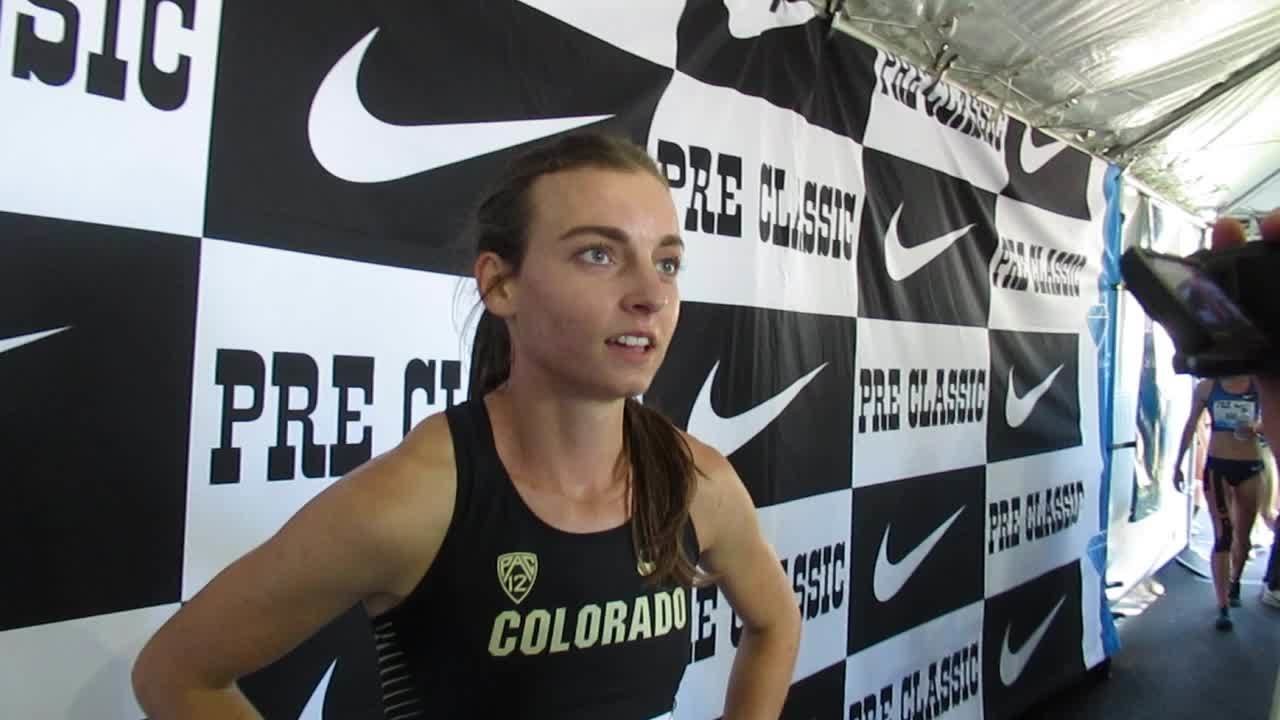
Tripp Hurt won the men’s mile in a world-leading 3:56.18, just off his 3:56.02 lifetime best, with Nick Harris running a personal-best 3:57.11 and Mason Ferlic achieving a sub-4 clocking for the first time in his career to place third in 3:58.87.
McGee also achieved a 1,500-meter personal best en route of 4:03.82 to run the fastest female mile time ever on Indiana soil. Jones also ran 4:05 to lower her 1,500 personal best as well.
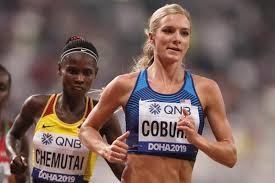
Canadian talent Nicole Sifuentes clocked 4:30.50 in the mile on the oversized indoor track at Notre Dame in 2016, to move just ahead of Suzy Favor Hamilton’s 4:30.64 on a standard 200-meter indoor banked track from 1989 in Indianapolis.
But thanks to the aggressive pacing of South African Dom Scott Efurd, an adidas professional who brought the group through 440 yards at 1:03.2 and the midway point in 2:10.08, all of her teammates benefited to post the top three outdoor marks in the world this year.
Coburn, who ran 4:32.72 at 4,583 feet elevation June 27 to win the Team Boss Colorado Mile at Colorado Mesa University in Grand Junction, held the advantage with one lap remaining Saturday at 3:16.30, followed closely by McGee (3:16.56) and Jones (3:16.85).
On four previous occasions, a pair of Americans had both run under 4:24 in the same mile race, but never a trio of athletes. The most recent occurrence came at the 2018 Muller Anniversary Games, the annual London Diamond League Meeting, with Jenny Simpson placing fourth in 4:17.30 and Kate Grace taking eighth in 4:20.70 behind winner and Dutch star Sifan Hassan in 4:14.71.
Grace and Shannon Rowbury were the only tandem to achieve the feat indoors at the 2017 Wanamaker Mile at the NYRR Millrose Games, finishing second and third behind World 1,500-meter gold medalist Hassan.
The other two races where two Americans have run under 4:24 outdoors occurred at the 2015 Diamond League final in Belgium – with Rowbury and Simpson taking third and fourth behind Kenya’s Faith Kipyegon and Hassan – along with the 1998 Goodwill Games in New York, where Regina Jacobs and Favor Hamilton took second and third behind Ireland’s Sonia O’Sullivan.
The last country to achieve the feat of three athletes running sub-4:24 in the same mile race was Ethiopia, which had Gudaf Tsegay (4:18.31), Axumawit Embaye (4:18.58) and Alemaz Samuel (4:23.35) at last year’s Diamond League Meeting in Monaco.
Russia at the 1993 Golden Gala in Rome and Great Britain at the 2017 Muller Anniversary Games in London are the only other countries to accomplish the sub-4:24 trifecta in the same race.
Australian talent Morgan McDonald paced the men’s race through 440 yards in 58.9 and the midway point in 1:58.87. He brought his teammates through 1,000 meters at 2:28, before moving out wide to give way to Hurt just before the bell lap at 2:57.25.
Harris surged with 300 meters remaining to take a brief lead, but Hurt responded to regain the advantage with 200 left, as the athletes achieved the top two outdoor times in the world this year, with Ferlic elevating to the No. 4 global performer.
The fastest men’s mile time on Indiana soil remains a 3:54.48 from Irish star Marcus O’Sullivan in Indianapolis in 1993.
(07/27/2020) Views: 8,382
Mile Split
Steve Prefontaine's Nike Oregon Waffle shoes sell for USD$163,800
A pair of Nike Oregon Waffle shoes worn by distance runner Steve Prefontaine has been sold for USD $163,800 on the auction site, Sothebys.com.This pair of Oregon Waffle sneakers in a men’s size 9.5, including the original laces and blue insoles, was worn and owned by Prefontaine. The sneaker is finished in a nylon upper in the University of Oregon’s signature yellow and green colourway. Prefontaine is widely considered the greatest U.S. runner of all time.
The waffle pattern was developed by Oregon track and field coach and Nike co-founder Bill Bowerman.

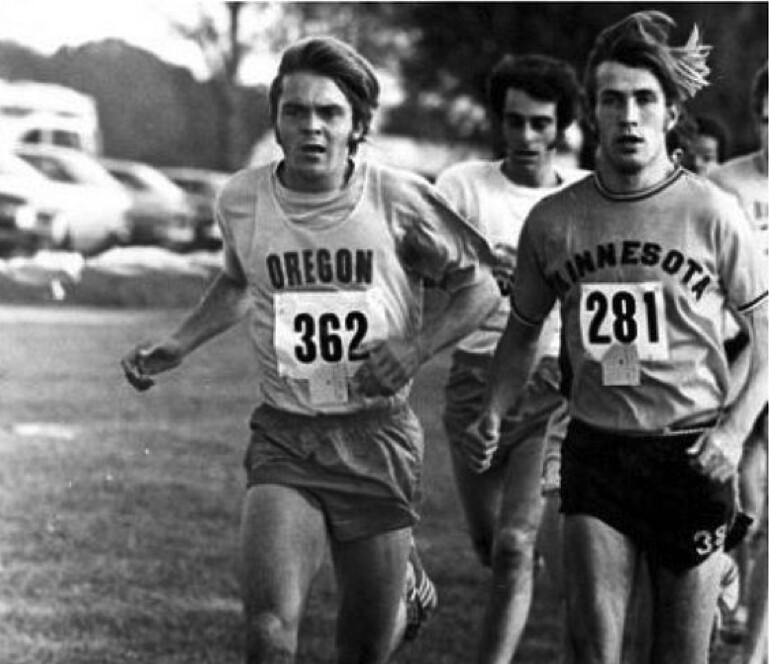
These are the first pair of Pre’s shoes to be publicly sold, which is notable considering the lasting impact he had on Nike, the most iconic sneaker company in the world: Nike.
Prefontaine was the first runner signed by Nike and jump-started the brand as a running shoe company.The auction for the shoe opened on Sept. 6, and the bidding began at $100,000.
From 1969 through the mid-1970s, Pre dominated the sport, setting eight NCAA records during his time at the University of Oregon and competing in the 5,000m at the 1972 Olympics in Munich. In 1975, Prefontaine died in a car accident in Eugene, Ore.
The winner of the auction will now get to hold on to a unique piece of running history. Each year, Prefontaine’s career and life are celebrated at the Prefontaine Classic, a world-class Diamond League track event held at Hayward Field in Eugene, in his honour.
(09/17/2022) Views: 8,293Running Magazine
Dubai Marathon winner only entered just Days Before
Ethiopia's Mosinet Geremew won the Standard Chartered Dubai Marathon with a course record of 2:04:00 in one of the most thrilling finishes in marathon history.
The 27 year-old, who entered the race just days before, sprinted across the finish line followed by four more runners within eight seconds.

In all, seven runners clocked sub 2:05.00 with six of them no slower than 2:04:15. In near perfect weather conditions, the leading group ran a very consistent pace. After a half marathon split time of 61:36, the world record of 2:02:57 was still in reach at 30k, which was passed in 1:27:35.
However, after the last pacemaker dropped out, the pace fell and the athletes focused on winning the US$200,000 first prize.
(01/28/2018) Views: 8,155Study finds more women blood doping than men in endurance track events
The biological passport was introduced to elite track and field in 2011 to catch cheaters by monitoring changes in their blood samples (which can catch blood doping). Blood doping is the practice of boosting red blood cells for improved athletic performance.
A research article in Frontiers in Physiology looked at a total of 3,683 blood samples from the 2011 and 2013 World Championships and analyzed the data on athletes from 209 countries. The study’s findings are shocking, and show that while some countries are playing by the rules, other aren’t.
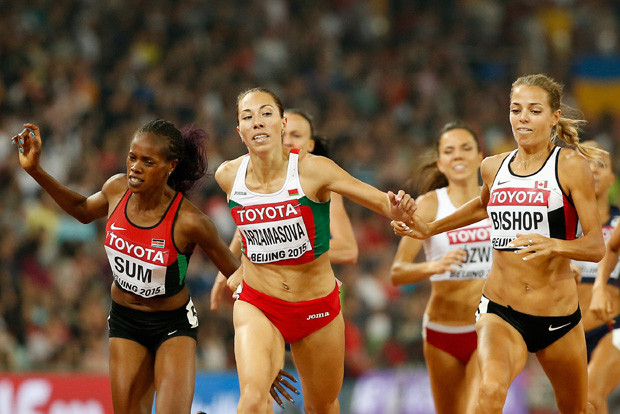
More women than men were found to have blood doped at the 2011 World Championships. They found 22 per cent of dopers were female and 15 per cent were male.
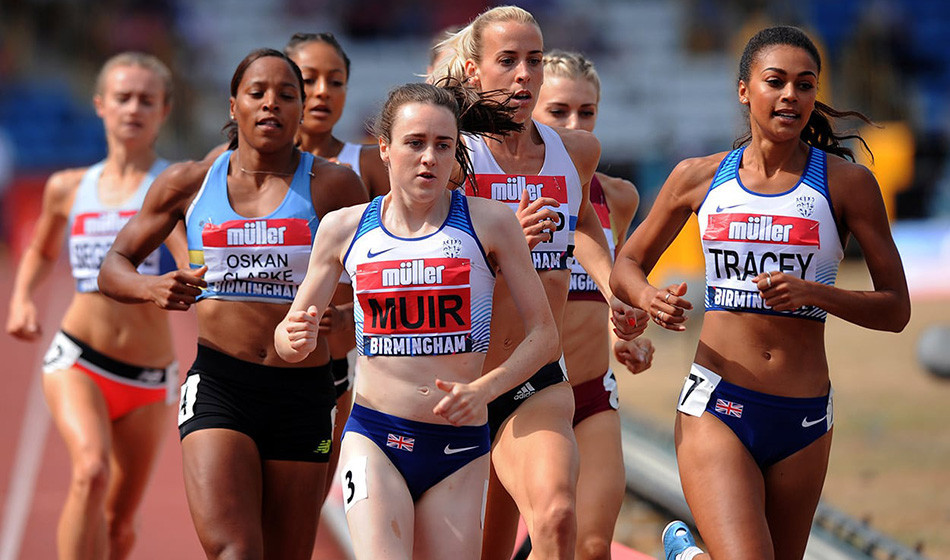
There wasn’t much of a change in blood doping prevalence from 2011 to 2013. Researchers found an overall blood doping prevalence of 18 per cent in 2011 and 15 per cent in 2013 (both data sets are from the World Championships).
Blood doping accounted for significantly fewer infractions when compared to generalized doping practices in endurance runners. While blood doping came in at an 18 per cent overall prevalence rate, doping in general was 44 per cent–a shockingly high statistic.
There are massive discrepancies between countries. This means that some countries are playing within the rules and others aren’t even making an effort. While the section that compared nations’ rates of doping doesn’t identify these countries by name, it’s clear that elite sport is far from a level playing field. Some nations had a completely clean card, with none of their athletes showing blood doping on their biological passport, while other countries were hitting numbers as high at 74 per cent showing infractions.
This was the first study of its kind on blood doping and will hopefully help NSOs (national sporting organizations) and anti-doping agencies catch and prevent future cheaters.
(02/26/2020) Views: 8,063Madeleine Kelly
World half marathon record holder Abraham Kiptum will also be running the London marathon
Kiptum is among a host of elite athletes set to battle it out on the streets of the English capital in what will be his maiden appearance in the lucrative race that counts as part of the World Marathon Majors.
The 29-year-old set a new world record of 58 minutes and 18 seconds at the 2018 Valencia half marathon in October 28 just a few months after setting a personal best of 59:09 at the Copenhagen Half Marathon.
Kiptum enjoyed a successful 2018 season whereby, two months after smashing the world record, he competed at the inaugural Abu Dhabi marathon in December where he finished second clocking 2:04:16 behind compatriot Marius Kipserem (2:04:04) a feat he is hoping to maintain in 2019.
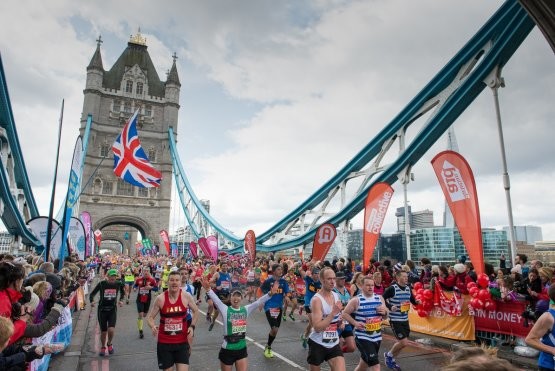
“Abu Dhabi was my last race last year. I have started my build ups and I hope to pick on where I left last season. I also pray that I maintain the fitness that I had last year,” Kiptum told Citizen Digital.
(01/17/2019) Views: 7,976America's Tyler McCandless and Japan's Yuki Kawauchi encounter at the Chicago Marathon
After running miles 3-15 alone at the Bank of America Chicago Marathon, I caught up to reigning Boston Marathon champ Yuki Kawauchi. When I caught him I said, “come on Yuki, stay with me” and he tapped my side.
I looked back a minute later and he was right on my tail and I said “good” to him. He stayed there until about mile 21 when he tried to push past me.
We went back and forth over the last few miles multiple times. Once, he slipped on a turn, nearly fell and looked concerned, I said to Yuki “you’re okay, you’re good.”
The rain and wind picked up and neither of us were running near where our goals were. But, we pushed each other to the best we could on ”off” days. We were both struggling, yet with 300m to go he found another gear and blew me away.

There no doubt he found that gear from mental toughness and I’ve learned something from it. Moral of the story: even if you’re day isn’t what you envisioned and trained for, NEVER give up because you’ll gain indispensable experience and inspiration from it!
I ran 2:16:37, 20th overall and 7th American. I’d be lying if I said I didn’t have faster goals, but Sunday was a real test of character and I’m proud of how I competed. It was wet, rainy and windy, and I got stuck with nobody around for the majority of the race until dueling it with Yuki Kawauchi over the last several miles.
I went through halfway in 1:06:36 and simply had to be gritty and fight for every second over the second half of the race. Having a less ...than ideal weather day, and simply not having my best day out there, but toughing it out to finish with my third best marathon time is something I’m proud of.
Second photo is Yuki leading the pack at the 2018 Boston Marathon, a race he won.
(Editors note: Yuki Kawauchi finished 19th in 2:19:26 his 82 marathon under 2:20. Tyler is sponsored by Altra Running and rabbit. media@TrackTy)
(10/09/2018) Views: 7,825Tyler McCandless
The 13 Best Pieces of Running Gear to Fend Off Winter’s Chill
Reach for these accessories to survive the season’s coldest days.
In much of the country, the “-ber” months see reduced daylight, warm temperatures, and a runner’s motivation. Let’s admit: It’s hard to drag yourself out of bed when it’s pitch black outside and your breath crystalizes the instant it escapes your lips. Or, if we do gear up for a run, it’s often on a treadmill at the gym, avoiding any wintry slop outside.
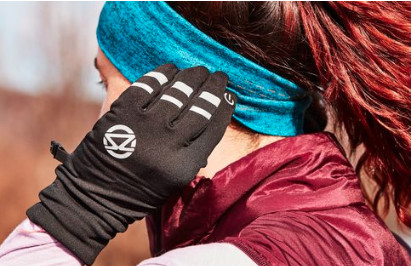
But with the right attitude and tools, you can make it through. Being equipped with the proper winter accessories—like the selections below—that fend off all but the worst Mother Nature delivers will help bring back the joy of playing outside.
Gloves Before Sleeves Before Pants
As the temperature begins to slide, you’ll see runners sweating buckets beneath windbreakers and running pants. Resist that temptation to bundle up because, as soon as you’re moving, you’ll quickly overheat. If you’re unaware what you should be wearing given the conditions, you can always turn to our What to Wear tool. And take our advice: The first thing you should reach for is a pair of thin gloves to wear with shorts and a T-shirt because fingers often get chilly first. As the winds pick up and the temperature dips further, swap the tee for a long-sleeve shirt, then progress to pants and a jacket when the conditions worsen.
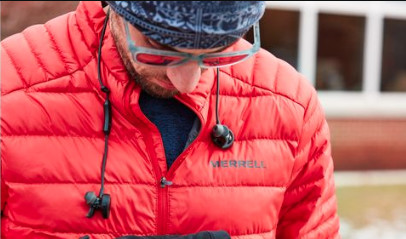
Layering Is Wise
Smart runners know to dress in layers. A thin jacket can be tied around your waist easily if you find yourself too warm. Beneath that, look for a synthetic base layer that will wick sweat away from your skin or wear a half-zip top that you can use like a window—open it to dump heat quickly so you don’t get too clammy.
You can apply the same concept to your hands. As the temperature gets too low for lightweight gloves, slip a mitten over top to boost your warmth and comfort. Modern materials even allow you to operate your smartphone or watch without taking your hands out of the mittens.
What about your head, where you lose the most heat? Unless you’re bald, you might find a hat to be too warm on any days when it’s not cold enough to snow. In that case, consider pulling on a headband or Buff, which you can use to shield your dome from the cold wind relentlessly pounding your forehead.
(11/08/2020) Views: 7,712Runner’s World
The Pre Classic will never be the same as they rip down the stadium in Eugene Oregon
This is not right. We can thank Phil Knight for putting up millions of dollars to make this happen. Peter Thompson posted this photo on Facebook about an hour ago.
He said," Is this the required careful deconstruction of an historic structure, carefully cataloguing everything as you go and ensuring that timbers and metalwork can be re-purposed elsewhere?" Or, is it, "The wilful destruction of an iconic building?"
Lots of history had been torn away. Phil Knight made millions by using Pre in NIKE advertising. In his memory he could have built "his" new Track someplace else, as Joe Henderson pointed out months ago, in Eugene and left this stadium standing or at least the track and the east grandstands.
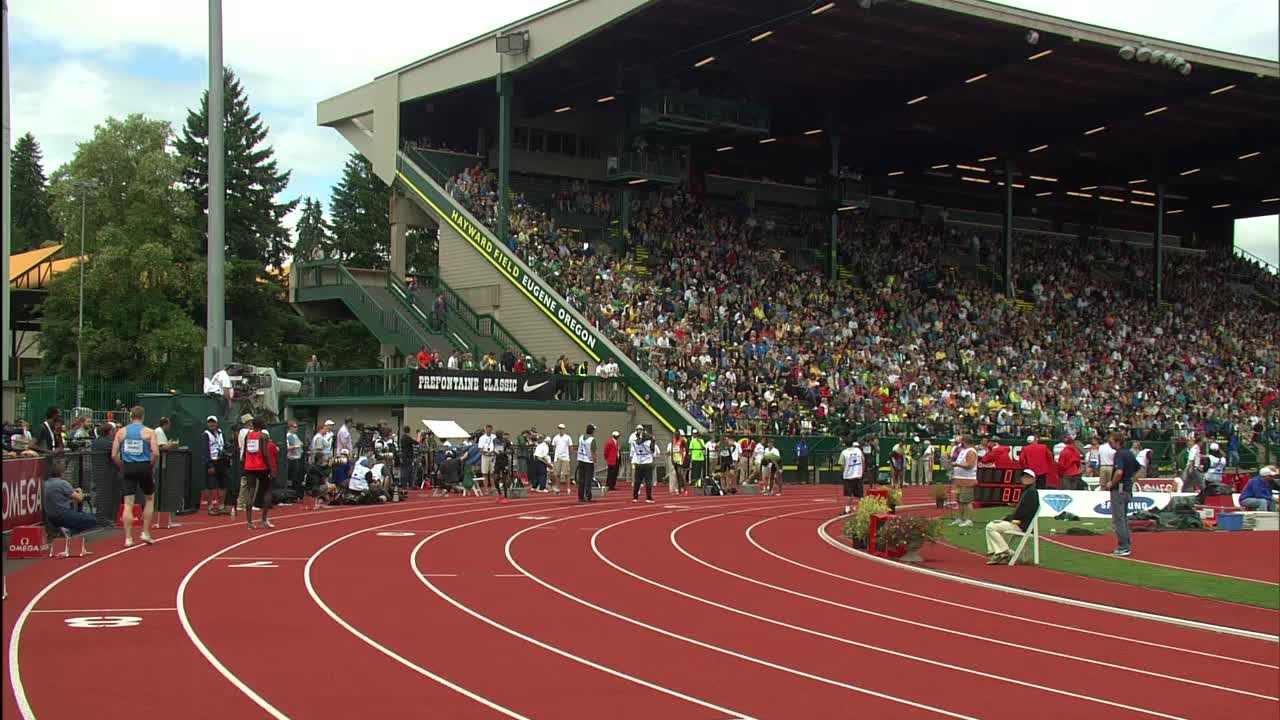
I know that Phil Knight has donated millions to the University and probably to the city and how could anyone stand in his way.
I also know that Phil Knight and NIKE have done a lot of positive things for running but this is not one of them.
Peter continued, "Bill Bowerman's favorite seat in the upper row of the East Grandstand has been ripped out, undocumented as it was piled with all the other bleachers - and this is the true respect that Phil Knight has granted to Bill Bowerman."
I know the new track is going to look amazing but it will no longer be Pre's track. The Pre Classic will never be the same. This was a mistake that we let happen. Hayward Field will never be the same.
(06/23/2018) Views: 7,705Bob Anderson
Best Streaming Services for Sports 2023
Streaming services now provide the sports content we crave. We have narrowed down the top services that offer the best channel and league selections for sports enthusiasts. Numerous services exist, each presenting a distinct lineup of channels and league coverage. Continue reading to assess and compare each one, ultimately making an informed choice based on your preferences.
#1 ESPN Plus
ESPN's dedicated streaming service with a variety of sports content, including NHL, NBA, etc. The service offers access to non-market NHL games, LaLiga Bundesliga matches for $10 per month or $100 per year. An ESPN Plus subscription will include prestigious tennis events like Wimbledon and the US Open, select out-of-market MLB games, and NCAA football and basketball matchups. Don't miss the opportunity to watch rising talents in the Little League World Series and catch thrilling UFC matches included in the subscription. Please note that live NBA basketball and NFL football games are not available, and pay-per-view UFC events require an additional fee.
#2 Hulu Plus Live TV
Hulu Plus Live TV provides a unique option for sports enthusiasts. While it may lack certain league-owned channels, it comes bundled with an ESPN Plus subscription. The cost is $70 per month, and the service includes major networks, ESPN, TBS, TNT, FS1, FS2, and four RSNs. However, it does not offer MLB, NHL, NBA, or Tennis channels, except for the NFL network.
If you choose sports subscription services, then you have a Smart TV. Did you know that you don't need to have a Smart TV to watch sports streaming? To get online sports access, you just need to buy and unlock Fire Stick's, as well as connect it correctly. By "unblock" we mean to open all available 2023 sports content. To do this, you need to know how to use a VPN on Amazon Fire Stick. Once you figure it out, you can watch Netflix, Hulu, Amazon Prime, and other services without regional restrictions.
#3 YouTube TV
YouTube TV is priced at $65 per month, but presently, you can get it at $10 off for the first three months. It provides four RSNs, FS1, FS2, ESPN, TBS, TNT, and all major national networks. The standard package includes almost all league channels, except the NHL Network. You can also opt for an extra Sports Plus package, although it doesn't provide much, except BeIn and NFL Red Zone. To find out which local networks and RSNs are available in your area, enter your ZIP code on YouTube TV's welcome page.
#4 Peacock Premium
NBC's Peacock offers not only on-demand entertainment but also live sports. Subscribing to the $5-a-month Premium tier grants users access to a range of thrilling events, including English Premier League soccer, the Olympics, select WWE matches, Indy Car races, and certain PGA golf tournaments. The platform also broadcasts less mainstream sports like rugby, figure skating, cycling, and track and field. True, to see everything that is available on the service, you will need a VPN extension Chrome for a PC or a VPN for a router. Although Sunday Night Football is a standout attraction during the season, Peacock shines brightest for avid soccer and wrestling enthusiasts.
#5 Sling TV
Sling TV packages cater more to casual fans rather than offering an extensive range of options. Notably, Sling Blue lacks a single RSN for local broadcasts, but you can still access some national broadcasts. The Orange plan includes ESPN, while the Blue plan offers FS1 and the NFL network. However, neither plan grants access to ABC, which may be inconvenient for many fans. For an additional cost of $11 a month with either the Blue or Orange plan or $15 for the combined Orange and Blue plan, you can opt for the Sports Extra add-on. This add-on includes the NBA, NHL, and MLB channels, along with PAC 12, BeIn, Tennis channel, and more. The individual plans are priced at $40 a month each, while the combined Orange and Blue plan costs $55 a month. Currently, you can enjoy your first month at a 50% discount. You can check which local channels are available in your area here.
#6 FuboTV
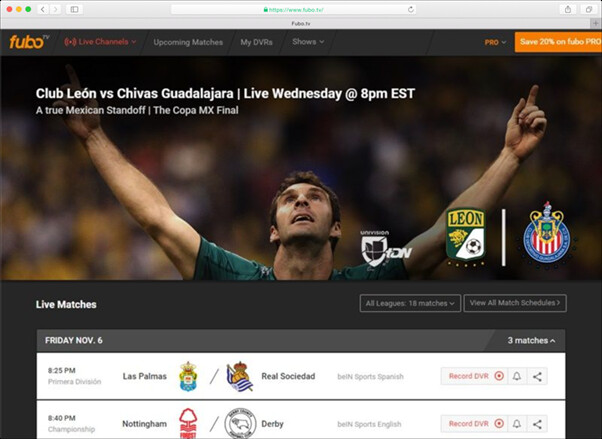
FuboTV is currently priced at $75 per month and provides access to 35 RSNs. It features ESPN but lacks TBS and TNT, which might pose an issue for certain sports enthusiasts. Additionally, it offers local networks such as ABC, NBC, CBS, and Fox, along with FS1, FS2, BeIn Sports, the Big 10, and the Golf channel.
If you wish to enjoy additional content, you can opt for the Fubo Extra Package, available for an extra $8 per month. Alternatively, you can subscribe to the $85-a-month Elite streaming tier, which includes Fubo Extra and provides access to NHL, NBA, MLB, SEC, PAC 12, and Tennis channels. To view the complete list of local networks and RSNs available on FuboTV, click here. Feel free to read our detailed FuboTV review for more information.
Conclusion
While this roundup primarily focuses on sports content, these services operate within a broader context. The costs of monthly subscriptions can quickly accumulate, and not everyone in your household may share the same interest in sports. Depending on the package you choose, these options can cost upwards of $60 per month, and add-ons can further increase the monthly price.
It's worth considering whether these services offer value for other members of your household. The best sports streaming services often provide impressive lineups of news and entertainment programming, making them suitable for general audiences as well.
(09/15/2023) Views: 7,587Does Mushroom Coffee Offer Any More Benefits Than a Regular Cup?
The truth on whether it packs health benefits or provides any pay-offs for your mileage.
While many people turn to a morning cup of coffee as a pick-me-up, others might sip the beverage as a way to boost their health and performance. After all, research shows the benefits of caffeine for those looking for an edge, including reduced time to exhaustion during exercise, so you can clock more miles without fatigue. But now another health trend has joined the coffee shelves: mushrooms.

The mushrooms infused into coffee are also known as adaptogens—or plants thought to have stress-fighting capabilities. Manufacturers claim that adaptogenic mushrooms, like cordyceps, reishi, and Lion’s mane, make mushroom coffee a calming beverage, rather than a jittery caffeine fix.
To figure out how mushroom coffee stands out from your regular cup of java, we turned to a few nutrition experts. Here’s what to know before you buy.
Are there benefits to mushroom coffee?
There are many health promises associated with mushroom coffee, such as enhanced productivity and athletic performance, a boost in metabolism, and increased relaxation. The only problem is that there is absolutely zero research on mushroom coffee.
That said, “all mushrooms are rich sources of vitamins and minerals, so they do contribute nutrients and antioxidants [to your diet],” says Ginger Hultin, M.S., R.D.N., owner of ChampagneNutrition, and author of Anti-Inflammatory Diet Meal Prep and How to Eat to Beat Disease Cookbook.
Elizabeth Shaw, R.D.N., C.P.T, founder of ShawSimpleSwaps.com says researchers have studied the health benefits of mushrooms and the results show promise in a variety of areas.
That means that while the combined effects of mushrooms and coffee have not been proven, there is some research on the benefits of fungi for athletes. For example, a study published in High Altitude Medicine & Biology in 2014 examined the effects of rhodiola (an herb) and cordyceps (a mushroom) supplementation on male athletes who were training at high altitude. The athletes who supplemented with rhodiola and cordyceps were able to run for longer before reaching exhaustion than those in the placebo group.
Another randomized controlled trial found that eight weeks of supplementation with rhodiola and cordyceps slightly enhanced endurance training performance and body composition in young sedentary individuals.
There is some research on other varieties of mushrooms and their health benefits, too, such as reishi for improving immune response and Lion’s mane for mitigating impaired cognition, but the populations studied were small groups (less than 50 people) and football players or cognitively impaired men, so the results don’t necessarily translate to runners.
That said, while there is some research on the benefits of mushrooms for athletes, we still need more science to solidify their pay-offs.
Besides the lack of scientific evidence, Shaw does point out a pro to mushroom coffee that she has personally experienced: “One of the cool things [about] mushroom coffee is that it’s actually lower in caffeine but gives me the same ‘jolt’ I’m looking for,” says Shaw. For example, a cup of Four Sigmatic’s instant mushroom coffee has 50 mg of caffeine, compared to almost 100 mg in a cup of regular coffee. So for those who like some caffeine in their life but find coffee to be “too much,” certain mushroom coffees may do the trick.
Are there drawbacks to mushroom coffee?
There aren’t too many drawbacks to drinking mushroom coffee, other than putting a dent in your wallet. “This specialty coffee can get a little pricey (most brands cost around $20 for a 12-ounce bag of beans), so while it’s a fun, trendy, functional food to try out, it’s not a must-have for health if you’re on a tight budget,” says Shaw.
Not to mention that very high doses of medicinal mushrooms are used in research to show any health benefits. Most mushroom coffee manufacturers don’t disclose the amount of shrooms in their products, meaning that it’s unlikely that you will reap the same benefits from a cup of mushroom joe.
As with all new additions to your diet, though, Hultin advises checking with your medical team to make sure the mushrooms do not interact with any medications you may be taking.
What to know before you buy
“Be sure to check the label and read the ingredients,” says Hultin. She suggests watching out for added sugars or flavors. “It’s important to know what’s in all of your foods and beverages because these ingredients can add up throughout the day,” Hultin adds. For example, the max recommended dose of caffeine per day is 400 milligrams or about 4 cups of coffee so keep that in mind when sipping mushroom-infused variations.
As for brands to look for on shelves, Shaw is most familiar with Four Sigmatic, which comes in whole bean, ground, instant, pods and even lattes with powdered mushrooms mixed in. They also feature non-mushroom additives in their coffee, like probiotics and ashwagandha.
Brainchild is a Seattle-based mushroom coffee distributor that uses beans from small farms. They have ground and instant coffee with mushrooms, like Lion’s mane, cordyceps, chaga, and reishi, as well as tea with mushroom infusions.
And if you’re looking to switch things up a bit, Om sells mushroom coffee, mushroom matcha lattes, and mushroom hot chocolate.
The bottom line on mushroom coffee
If you want a cup of coffee with less caffeine and maybe some mild health benefits, then there’s no harm in trying mushroom coffee. But don’t expect it to completely revolutionize your health. And keep in mind that it does have a slightly earthier taste than normal coffee. So if you like it, go for it. If you compensate by adding more sugar and cream, then consider skipping it.
Mushroom coffee is basically powdered mushrooms mixed in with coffee grounds. And proponents of this drink combination swear that it not only tastes good, but it’s also loaded with “good for you” ingredients.
(05/21/2022) Views: 7,496Mo Farah says he would have been the first one out of the Nike Oregon Project if he had known about Alberto Salazar dubious practices
Mo Farah had previously refused to be overly critical of Salazar after he was banned by the US Anti-Doping Agency for four years last October, instead turning his crosshairs on reporters when they asked him whether he felt let down by his former mentor.
But in an interview with the BBC on Thursday the 36-year-old, who worked under Alberto Salazar between 2011 and 2017, said he would have acted differently if he knew what was really going on.

“I believe in clean sports,” said Farah, who was asked whether his legacy was tainted by his association with a coach who had violated anti-doping rules. “I continue to enjoy my sports and do what I do. At the same time had I had known the news, what Salazar did, it’s taken four years, had I known that sooner I would have been the first one out,” Farah, 36, said.
“That’s the bit that’s kind of annoying, I wish I’d known quicker. But at the same time I will continue to make my country proud and make the kids proud.”

However Farah, who recently announced he would return to the track to run the 10,000m in Tokyo, is still likely to continue to face questions about why he stuck with Salazar after 2015 when the BBC and ProPublica raised serious questions about some of his methods, including the use of the banned drug testosterone on his sons in a bizarre experiment.
That sparked a formal investigation by Usada (the US anti-doping agency), who in October announced that Salazar had been banned for “orchestrating and facilitating prohibited doping conduct”.
In Farah’s defence, a UK Athletics inquiry in 2015 found “no reason to be concerned” about his working with Salazar in the autumn. However that is now the subject of a fresh and forensic independent review to see what mistakes were made and the lessons that can be learned.
(01/13/2020) Views: 7,462Athletics News
Mo Farah sets European Record to Win The Chicago Marathon
This was Great Britian's Sir Mo Farah's first marathon win in three attempts today October 7. He looked smooth the whole way and took control of the Bank of America Chicago Marathon over the last few miles when he stepped up the pace to 4:35 per K.
The lead group had passed the half way mark in 1:03:03. At the finish Mo Farah clocked 2:05:11 winning his first US marathon and setting a new European record. (Breaking Sondre Nordstad Moen record of 2:05:48 set in Japan Dec 3, 2017.)
24-year-old Brigid Kosgei from Kenya running her ninth marathon and second place finisher last year ran the last miles by herself to clock an outstanding 2:18:35, making her the 10th fastest women's marathon time ever.
"I like the rain," Brigid said after winning. "I enjoy the rain and I swallowed the pain, no struggling," she said. Roza Dereje (Eth) was second cocking 2:21:18. First American was Sarah Crouch finished sixth with 2:32:37.
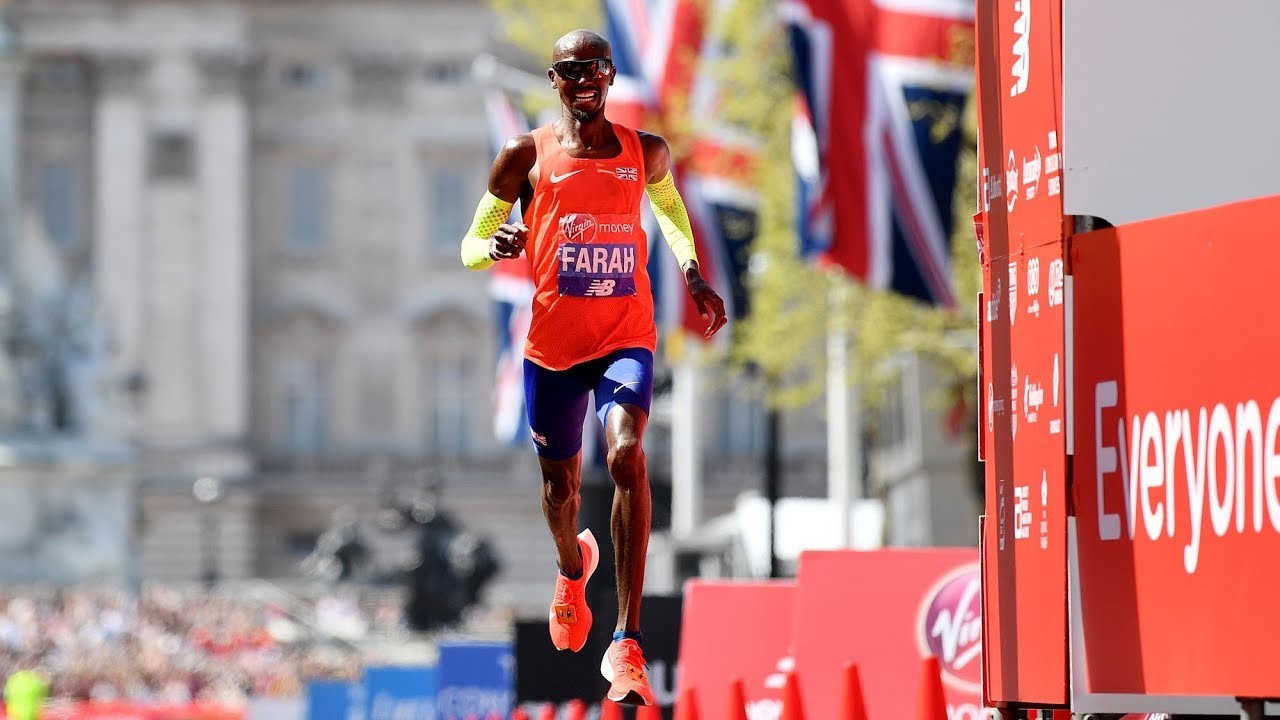
"Amazing to come across the finish first," Mo said after he finished. Ethiopia's Mosinet Geremew Bayih finished second clocking 2:05:24. Suguru Osako from Japan finished third in 2:05:50 setting a national Japan record winning 100 million yen (almost one million US dollars) in doing so.
In fourth was Kenneth Kipkemoi from Kenya clocking 2:05:57. Galen Rupp who fell off the pack at around 22 miles came back strong and finished fifth with 2:06:21 just 14 seconds off his PR. Boston Marathon winner Yuki Kawauchi (Japan) finished 19th clocking 2:16:26, his 82nd sub 2:20 marathon. Mo, a two-time Olympic champion in both the 5,000 and 10,000 meters, native of Great Britain finished third in the London Marathon earlier this year.
The men’s field include three former champions and 11 racers who have registered times faster than 2:08. In the end 11 men ran faster than 2:10, nine under 2:08. The temperature was 58 degrees at the start with light to heavy rain most of the way. Of more impact were the north-northeast winds coming off Lake Michigan as runners headed north from the start.
Mo is the most successful British track athlete in modern Olympic Games history, he was the 2012 and 2016 Olympic gold medalist in both the 5000m and 10,000m. Farah is the second athlete in modern Olympic Games history, after Lasse Virén, to win both the 5000m and 10,000m titles at successive Olympic Games.
Mo moved from the track to the roads after the 2017 World Athletics Championships. 61-year-old Joan Samuelson clocked 3:12:13 not reaching her sub three hour goal.
(10/07/2018) Views: 6,894Eliud Kipchoge the early years - Part one of a three part series on the King of the Marathon
The King of The Marathon Part One: an inside look into the life of Kenya's Eliud Kipchoge. Eliud was born May 11, 1984 in a village called Kapsisiywa in Nandi county, Kenya. His mother worked as a teacher. He lost his father while still young and this forced him to start looking after cattle and sell milk to help support his family.
As a child, Eliud ran solely as a form of transport so he could get to and from school. The best athlete on the road who looks very discipline, relaxed, humble and full of wisdom today did not get past zonal level in school which is far from nationals. Due to his love for athletics, he went to his neighbor Patrick Sang, 1992 Olympics silver medalist in 3000m steeplechase, and asked for a training program.
Sang had returned to Kapsisiywa to organize sport events after winning the Olympic silver medal while studying at the University of Texas. He met Eliud at one of the events he organized in 2001 when Eliud was 16.
"There was this kid who would come and ask me for a training program," Sang remembers. "Every two weeks I would give him a program to follow and this went on for months." Currently Patrick Sang is Eliud Kipchoge's coach.
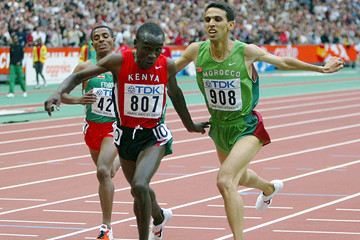
"Patrick is a friend and a mentor. He changed my life," said Eliud who followed systematically Sang's advice. Through his dedication and commitment to running, doors opened for Eliud Kipchoge in 2003 when he won gold for Kenya at the World Championships in Paris.
He out sprinted Hicham El Guerrouj who was the world record holder in the mile. Eliud was just 18 at the time. He raced on the track, 1500m, 3000m, 5000m and 10000m with great success. (Photo 2003 World Championships 5000m). The track build his speed and he graduated to the marathon after a few years.
"Running is like stairs, you gain experience and maturity in every step." Kipchoge told me in February 2018 in Eldoret. Kipchoge trains in a training camp called Global based in Kaptagat. Tomorrow in part two we will talk about his move to the roads, his training, why he has never sustained a serious injury and how he deals with pain.
(09/20/2018) Views: 6,717Willie Korir reporting from Kenya
World marathon record holder Eliud kipchoge wins the Sjak Startimes sports personality award for the month of September
World marathon record holder Eliud Kipchoge is the Sports Personality of the Month for September 2018. Kipchoge becomes the 15th recipient of the award sponsored by Pay TV provider, StarTimes. Kipchoge got the accolade after setting a new marathon world record of 2 hours 01 minute 39 seconds on September 16 in the Berlin Marathon. Kipchoge sliced one minute 18 seconds from the previous record of 2 hours 02 minutes 57 seconds set by Dennis Kimetto in 2014. In that breath taking feat, Kipchoge also bettered the world’s best marks for 35km and 40km previously held by Kimetto. The 33-year-old blipped one hour 41 minutes, one second at 35km and one hour 55 minutes 32 seconds at 40km. In an interview, Kipchoge said the award came as a surprise to him though it will act a morale booster as he focuses on future assignments. "It is exactly one month since I broke the record on September 16 and this being October 16, I think it is a good timing on your part," Kip told the journalists. Kipchoge was awarded a 43 inch StarTimes Digital TV Set, Sh100,000 shillings and the winner’s trophy. (10/18/2018) Views: 6,710Six tips on finding the right running coach
This time of year is the most popular for running, and challenging yourself to sign up for summer and fall races is a fantastic way to achieve personal goals. If you’re new to the sport or looking to take your running to the next level, working with a running coach can be a game-changer. Finding the right coach can be tough, but it can provide guidance, structure and expertise to help you reach your full potential. But how do you find the right running coach for your specific needs? Here are some essential tips and ideas to help you in your search.
1.- Align your goals

Before you begin your search for a running coach, take some time to write down your running goals. Are you aiming to complete a marathon, improve your speed in a 5K, or simply learn to run? Understanding your goals can help you find a coach best suited for your objectives, since different coaches specialize in various areas of running, such as the marathon, track and field, or recreational running. If you know what you’re looking to accomplish, it can help you narrow down your options and find a coach who can best assist you in reaching your goals.
2.- Do your research

When finding a running coach, it’s crucial to research their experience and ask for referrals from other runners. You should also consider their track record of coaching success, including testimonials from some of their athletes or former clients, to gauge their satisfaction and the effectiveness of their training approaches. The last thing you want is to have someone who doesn’t know what they are doing or crosses personal boundaries. The internet can be an incredible resource when trying to find the right coach-a quick Google search of their name to see accomplishments or reviews can go a long way.
3.- The two C’s
The two Cs might be the most crucial tip of the four. Compatibility and good communication are essential factors in finding a great coach. You want to make sure you find a running coach who understands you as a person and your running goals. The purpose of a running coach is not only to enhance your performance, but also to provide you with motivation, accountability, and valuable insights to help you become a better runner.
It is good to arrange an initial meeting or consultation with a few coaches to discuss your goals, training preferences, and expectations. This meeting will help determine if their personality and coaching styles align. An open line of communication, where you feel comfortable asking questions and providing feedback, is crucial for a coach to understand your needs and tailor their guidance accordingly.
4.- Consider your schedule
Unless you’re a professional runner, odds are you will be training while managing school or a full-time job, so finding time to squeeze in training sessions isn’t always easy. Before hiring a coach, make sure their approach and plan work with your schedule. A good coach should be able to adapt to each individual’s circumstances, considering factors like work, sleep, family commitments, and personal limitations.
Many coaches will offer an initial trial or assessment session to evaluate your running form and fitness level, determining where you’re at in your training. This trial period will allow you to experience the coach’s training approach and assess if their style suits your needs.
5.- Find your budget
It’s important to find a coach who fits your budget. Be sure to ask yourself how much you are willing to spend on a coach. Running coaches may have varying rates, but they usually charge annually, monthly, or per training plan. When inquiring, always ask about their pricing structure and what is included in their coaching services. Some coaches offer different tiers or options, such as one-on-one coaching, online training plans, or group sessions, each with different price points. Consider the level of support and guidance you require and find a coach whose fees align.
6. - Train the Kenyan Way
Kenyan runners have proven that hard work pays off as many races around the world are won by Kenyan runners. What is their secret? Kenyan runners don't only put in lots of miles. It is a whole program guided by a coach. In Kenya there are many running camps helping Kenya runners as well as other runners from around the world. One of the best camps offering an all-inclusive pacakage is the Kenyan Athletics Training Academy (KATA) in Thika just one hour from Nairobi.
Everything is included in their program and the cost is just $375 per week with a four week minimum. A guest runner from England booked a 12 week stay starting July 1. Max ran a 3:45 marathon in Paris and want to get under three hours by October at the Lisbon Marathon. An aggressive goal but one KATA Coach Joseph Ngure and team feel is possible.
KATA has made it easy for runners all over the world to now Train the Kenyan Way in Kenya.
(06/01/2023) Views: 6,698Marley Dickinson
Klaus-Dieter Knapp gets to start the Berlin Marathon early
This man is an inspiration:
While everyone is waiting for their start, Klaus-Dieter Knapp will be already on the course from 7:45 am.
Klaus-Dieter has suffered from incomplete paraplegia for many years. For example, it takes him up 8.5 hours to finish the marathon. For this reason, Klaus-Dieter is exceptionally allowed to start earlier.

Klaus-Dieter is ready to run his 36th BMW BERLIN-MARATHON this year.
"We wish Klaus-Dieter and all of you good luck on the course," says the organizers on FB.
(09/24/2022) Views: 6,578Some Veteran Pro Runners Are Making Less This Year, and They're Ditching the Sport
Many athletes are confronting a bleak financial reality. Some are quitting the sport entirely.
What do Noah Droddy, Ben True, and Andy Bayer have in common?
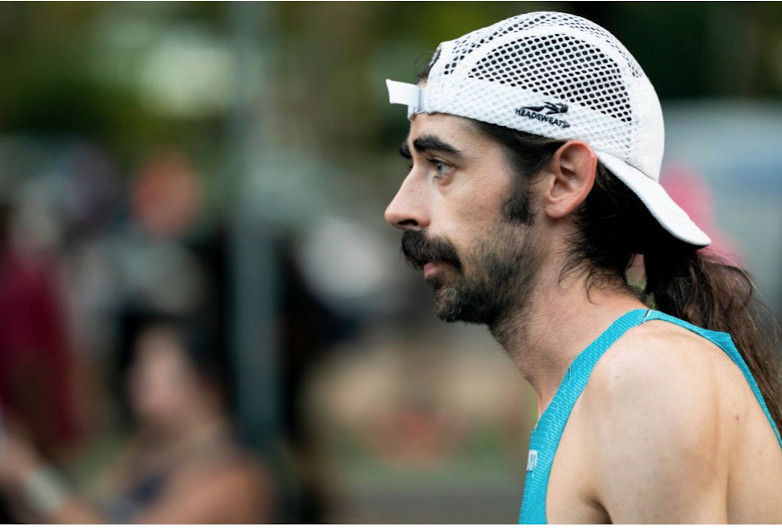

They’re all ranked among the top 10 Americans of all time in their events—Droddy in the marathon, True in the 10,000 meters, Bayer in the steeplechase.
How Much Do Pro Runners Make? For Some Veterans, It’s Less This Year
And they were all dropped by their sponsors at the end of 2020.
This news took a while to seep out—after all, athletes don’t tend to publicize it when their sponsors reduce their pay or stop supporting them altogether. But Droddy, 30, and True, 35, have been open about their status and confirmed it in calls with Runner’s World (both had been sponsored by Saucony), and Bayer told the Indy Star that Nike dropped him and he has left the sport, at age 31, for a job in software engineering.
Droddy—one of running’s most recognizable figures in races with his long hair, backward baseball cap, and habit of losing his lunch at marathon finish lines—summed up his situation in a tweet on February 19.
Is he right? Is it typical for top runners, at the height of their careers, to lose financial backing from shoe companies? Or is this an anomaly at the end of an unusual, pandemic-marred 15 months?
Runner’s World had conversations with eight athletes, four agents, two marketing employees at brands, and three coaches to get a sense of the current economics for athletes. They painted a complex picture.
Are most pro runners broke?
Many are just getting by. For years, America’s pro runners have been on shaky financial footing. With the exception of those who win global medals or major marathons, distance runners often struggle to earn enough money to pay for their essentials (rent and food), plus cover all their running-related expenses, such as coaching, travel to races and altitude camps, health care, gym membership, and massage.
Over the past year, the pandemic has erased lucrative racing opportunities. Additionally, shoe companies have been reevaluating their sports marketing budgets, from which runners are paid. Experts say that the result has been an increasing bifurcation between the sport’s haves and have nots.
The most successful, those destined for the Olympic team or starring on the roads, are earning generous base payments and bonuses for setting records or winning. Many of the rest are scraping by, with smaller contracts, if any, and they’re supplementing their shoe company earnings with jobs.
Running’s middle class, much like America’s, is shrinking.
The exception is runners who belong to a single-sponsor training group, like those in Flagstaff, Arizona (Hoka); Boston (New Balance); and Portland, Oregon (Nike). In those cases, coaching, travel, and training camp costs are absorbed by the club, easing the financial pressure on athletes and making it possible for them to pursue the dream.
Brands these days appear to be more eager to devote dollars to groups and the athletes who train with them, rather than individual athletes training on their own in different locations. That presents a quandary for midcareer runners who have achieved a level of success. Faced with the loss of a sponsorship, they aren’t always willing to pick up and move to a new town and a new coach.
What do contracts look like?
If you’re a top runner in the college ranks, and you’ve won multiple NCAA titles at the Division I level, shoe companies—Nike, Adidas, Brooks, Saucony, Hoka, and others—will usually come calling, offering more than $100,000 a year for multiple years, with a spot in a group or a stipend to pay your coach. Those companies are betting on those NCAA champions to be Olympians of the future.
Dani Jones, for instance, won three individual NCAA titles at the University of Colorado, and she signed with New Balance at the end of last year. Her agent, Hawi Keflezighi, said she entertained competing offers from other companies.
A midcareer athlete with a breakthrough performance—hitting the podium at a major marathon or making an Olympic team, for instance—might also be rewarded with a base contract worth $50,000 to $100,000.
The top sprinters earn even more (although their careers are typically shorter). Usain Bolt famously made millions, and Canadian sprinter Andre De Grasse was 21 when he signed a deal worth $11.25 million—before bonuses—from Puma in 2015, the Toronto Star reported.
The payouts drop significantly after that. Let’s say you’re a distance runner, but you haven’t been able to get a big win in college, although you’ve come close. The lucky ones are looking at deals for about $30,000 to $75,000 per year.
Your agent takes a 15 percent cut of that. And this base salary most often comes without benefits: no health insurance, no 401(k). As independent contractors, pro runners are paying all their own taxes. (In contrast, traditional full-time employees have half of their Social Security and Medicare taxes paid by the employer.)
Many young runners out of college join pro groups, and they’re not making anything beyond free gear and coaching. Others might get a stipend worth $10,000 or $12,000 a year.
The contracts typically sync with the Olympic calendar. At the end of 2020, many athletes’ contracts were expiring—even though the Olympics didn’t happen. That’s how Droddy, True, and Bayer were dropped. Shannon Rowbury, a three-time Olympian, told Track & Field News her deal with Nike was extended for one year, two if she makes the Olympic team this summer.
If an athlete has a good Olympics, the sponsoring company often has an option to extend the deal for an additional year, which includes the world track & field championships. It’s at the company’s discretion—not the athlete’s.
Parts of the sponsorship model appear to be changing, but slowly. When NAZ Elite announced a new deal with Hoka last fall, it included health insurance for the runners. Similarly, members of Hansons-Brooks in Rochester, Michigan, get health insurance if they work in the Hansons running specialty stores. And last May, Tracksmith brought Mary Cain and Nick Willis on as employees at the company—Cain in community engagement, Willis as athlete experience manager—with the plan that both would continue to train and race at an elite level.
Why doesn’t anyone know exactly how much runners are making?
As part of these deals, athletes have to sign non-disclosure agreements (NDAs), promising to keep the terms quiet. If an athlete violates the NDA, the sponsor can void the contract—or sue for breach of contract.
This is, in fact, similar to other sports. In basketball, LeBron James is being paid $39.2 million this season by the Los Angeles Lakers. But he also has an endorsement deal with Nike, and the exact structure of that is unknown.
In running, prize purses are publicized—$150,000 for winning the Boston Marathon, $25,000 for being the top American at New York in 2019, $75,000 for winning the Olympic Marathon Trials.
But as in other sports, the terms of the sponsor deals are kept mum. And appearance fees at major races, as well as time bonuses within those appearance fees, which represent a major source of income for road runners (mainly marathoners), are also mostly unknown.
Athletes feel that the silence around sponsor contracts and appearance fees puts them at a disadvantage—it’s hard to know their market value. Yes, they can—and do—have quiet conversations with peers about it. But lacking broad knowledge, they lack power.
And as a result, the industry is rife with rumors and assumptions. Athletes’ values are often inflated through the grapevine.
“I think it is very similar to the dynamic that would occur if no one knew the price of home sales,” Ian Dobson—a 2008 Olympian who ran for Adidas and Nike during his pro career, which ended in 2012—told Runner’s World. “How could you ever be confident in a sale price if you didn’t know what any other homes in your neighborhood were selling for? Granted, we don’t know every detail of every home sale in the neighborhood, but it’s certainly helpful to know in general terms the dollar amount that these are going for so that we can all understand what value our home might have.”
Also, athletes keep quiet when their circumstances change. They feel embarrassed. One athlete told Runner’s World, “No one in track wants to be the one to say, ‘I got dropped,’ or ‘I got reduced.’ It's all taboo.”
Even so, $30,000 is nothing to sneeze at—especially for a job that’s about pursuing individual goals.
No, it’s not. But not every contract is structured the same way.
Some pay that base amount, no matter what. Other contracts penalize athletes with reductions if, for instance, they don’t finish in the top three in the country in Track & Field News rankings, or if they get injured and can’t race a certain number of times per year.
That’s why numerous Nike athletes seemed to be eagerly seeking racing opportunities of any kind last summer amid the pandemic. Marathoner Amy Cragg raced a 400 meters at an intrasquad meet on July 31, and finished in 90.15 seconds—6:00 pace—presumably to check a box on her contract. On August 7, she ran 800 meters in 3:03.85. The record of those races are in her World Athletics profile.
A Nike spokeswoman, when asked about athletes racing in 2020 to meet contractual obligations, responded: “We do not comment on athlete contracts.”
Time bonuses, once seen as a reliable way to beef up athletes’ base payments, are also becoming less frequent or harder to hit, as shoe technology improves and fast times become more common, according to one agent.
What role do agents play?
For athletes who have never previously had a sponsorship deal, it’s almost impossible to secure one without the help of an agent, who can get in the door at all the major brands.
For American distance runners, there are nine main agents—all men—negotiating the deals (Keflezighi, Josh Cox, Paul Doyle, Ray Flynn, Chris Layne, Dan Lilot, Tom Ratcliffe, Ricky Simms, and Mark Wetmore). Karen Locke, one of the few female agents in track and field, represents a few distance runners among her roster of clients in field events.
Of course, all the prominent agents—who have multiple clients across multiple brands and at various stages of their athletic careers—have data about what athletes are worth. But they have a duty to each one to maintain confidentiality about the specifics of that deal.
Agents bring to their athletes a broad picture of the market and what each might command, providing advice to those considering offers: Yes, this a fair offer, a solid deal. Or no, you can do better.
They also help get athletes into competitive track races like the Diamond League and elsewhere, or into the World Marathon Majors. They can handle travel arrangements to meets and help to make sure records get ratified. Generally, their role is to go to bat for athletes, no matter what they need.
For their services, they take 15 percent of everything an athlete earns: sponsor deals, appearance fees, and prize money, no matter how small the race or winnings.
Agents are supposed to negotiate on behalf of each client individually, but athletes have no idea if that’s happening. Are they being used as part of a package deal? Thrown in at a minimal rate as a thank you to a brand for giving a generous deal to a superstar? Or, on the upside, getting a small appearance fee from a major marathon that they wouldn’t be able to get into on their own, because they have the same agent as a mega-star?
“Agents want to bring in the most money for their combined athletes—if they manage 20 athletes, they’re trying to bring in the maximum money they can across 20 athletes,” one athlete told Runner’s World. “That doesn’t necessarily mean they’re trying to maximize for each individual. The difference between earning $20,000 a year and $30,000 a year is profound in terms of your ability to actually train as a professional. But it translates into a small amount [$1,500] for the agent.”
Why is the market tricky right now?
The pandemic caused upheaval in marketing budgets. Also, the people who work in marketing at shoe brands can be inexperienced in the running industry, and turnover often runs high at those positions, jeopardizing relationships between athletes and brands that have lasted years.
The marketing budget questions are not limited to running, said Matt Powell, a sports business analyst and vice president for NPD.
“I think brands are taking a more circumspect view of endorsement contracts in general—whether it’s teams, leagues, or individual athletes,” he said. “They’re [questioning whether] they’re getting the return on that investment.”
Nike is rumored to have cut its marketing budget for running, amid layoffs at the company. Nike did not return an email from Runner’s World seeking clarification on the budget or the numbers of runners it currently sponsors.
Although Nike’s superstars are said to be fine and not facing any reductions in their deals, one Nike athlete, a 2016 Olympian, told Runner’s World, “It’s pretty much assumed that everyone is getting less.”
And it’s believed that several of these contracts are for shorter periods of time than they might have otherwise been: through the world championships in 2022 in Eugene, Oregon, instead of through the next Olympics in 2024.
In answer to questions from Runner’s World about True and Droddy—as well as rumors about a new Saucony-sponsored training group—Saucony responded with an emailed statement from Fábio Tambosi, Saucony’s chief marketing officer:
“At Saucony we believe you cannot have a sports brand without the inclusion and authentic connection with athletes. We are excited about the evolution of Sports Marketing as a brand pillar for years to come, and remain committed to building an athlete strategy that aligns with this goal.” 

Good news abounds, too
On the positive side for distance runners, Puma has re-entered the distance running market. Molly Seidel was lured from Saucony to Puma, and Aisha Praught Leer told Women’s Running she signed a “big girl contract” with Puma. Additionally, the company started a group in North Carolina, coached by Alistair Cragg and with three athletes so far.
The shoe company On has also invested heavily, starting a new team in Boulder, Colorado, coached by Dathan Ritzenhein and with athletes like Joe Klecker and Leah Falland.
Keira D’Amato, 36, signed her first pro contract, with Nike, after a string of impressive performances during the pandemic on the track and roads. She has kept her job as a realtor.
Keflezighi sees an opening for apparel brands that don’t have footwear to sponsor more athletes. Women’s apparel company Oiselle has done this for years, and Athleta is now sponsoring Allyson Felix. Could a menswear company be far behind? These arrangements leave athletes free to choose their own running shoes, which can be advantageous as shoe technology advances so quickly.
Why do brands have pro runners anyway?
Beyond the individual dollar amounts in contracts, brands seem to be rethinking what the role of a professional athlete is. Is it to inspire with performances, and hope those performances translate into shoe sales? Or is it to connect with fans on social media and promote product sales that way?
“You have to kind of look at it big picture,” True told Runner’s World. “These companies aren’t giving athletes money for charity; they’re doing it for a marketing investment and they’re looking for a return on their investment. And currently—and this is not ideal, in my mind—you look at the rise of social media and influencers. They are very inexpensive for marketers to go after and they get their products in front of a lot of eyeballs.”
A 2:20 male marathoner who also has a drone and a great Instagram account or YouTube channel might be gaining followers, True said, while a 2:05 marathoner is training hard and devoting his craft toward the next race.
“The average person, they don’t understand that 15-minute difference,” he said. “One historically will cost that company a lot of money. The other does not cost much at all and will get a whole lot more eyeballs on the product. You have to understand that.”
In his nine years with Saucony, True, training on his own in Hanover, New Hampshire, was part of only one ad campaign the company ran. The company preferred to use models for its ads and catalogs.
In February, True ran 27:14 for 10,000 meters, a personal best and faster than the Olympic standard. He wore Nike spikes and a plain yellow singlet. If all goes according to plan, he’ll race the U.S. Olympic Track and Field Trials in June and try to make his first team. His wife, professional triathlete Sarah True, is pregnant and due in July. And after that, he’ll run a fall marathon. True intended to debut at the marathon last fall, before the pandemic canceled all the races.
He’s moving ahead and training hard, despite the financial uncertainty. “I would have loved to have spent my entire career with Saucony,” he said. “I very much enjoyed working with them. I’ve been fortunate enough that I have had probably a lot more support than many other people in my position. That’s been nice.”
At this point, he is hoping another company will pick him up to take him through the next few years. “If a company just gave me a bonus structure that is fair for the result, I’d be happy with that,” he said. “It’s not like we’re looking for huge amounts of money. I’m very pragmatic and very realistic. I don’t think you should be paid for potential; I think you should be paid for results.”
(06/13/2021) Views: 6,472Runner’s World
World’s Oldest Marathon Runner Secret
MBR FAST FACT: On October 16, 2011, Fauja Singh became the first 100-year-old to finish a marathon, completing the Toronto Waterfront Marathon in 8:11:06. He still runs for pleasure and charity at age 106. Singh says running has given him purpose and a sense of peace. "Why worry about these small, small things? I don't stress. You never hear of anyone dying of happiness." (12/11/2017) Views: 6,422Galen Rupp runs first sub 60 to win 44th annual Roma Ostia Half Marathon
Galen Rupp ran a personal best to win the 44th edition of the Roma-Ostia Half Marathon on Sunday (March 11, 2018).
The US distance runner won the Rome race in 59:47 as he went sub 60 minutes for the first time and takes 43 seconds off his 2011 best.
He had Ryan Hall’s 2007 US record in his sights and came very close only missing Hall’s time by four seconds.
However, if he had dipped under the 59:43 mark it would not have stood as an American record however because the course is a point to point race and not record-eligible....
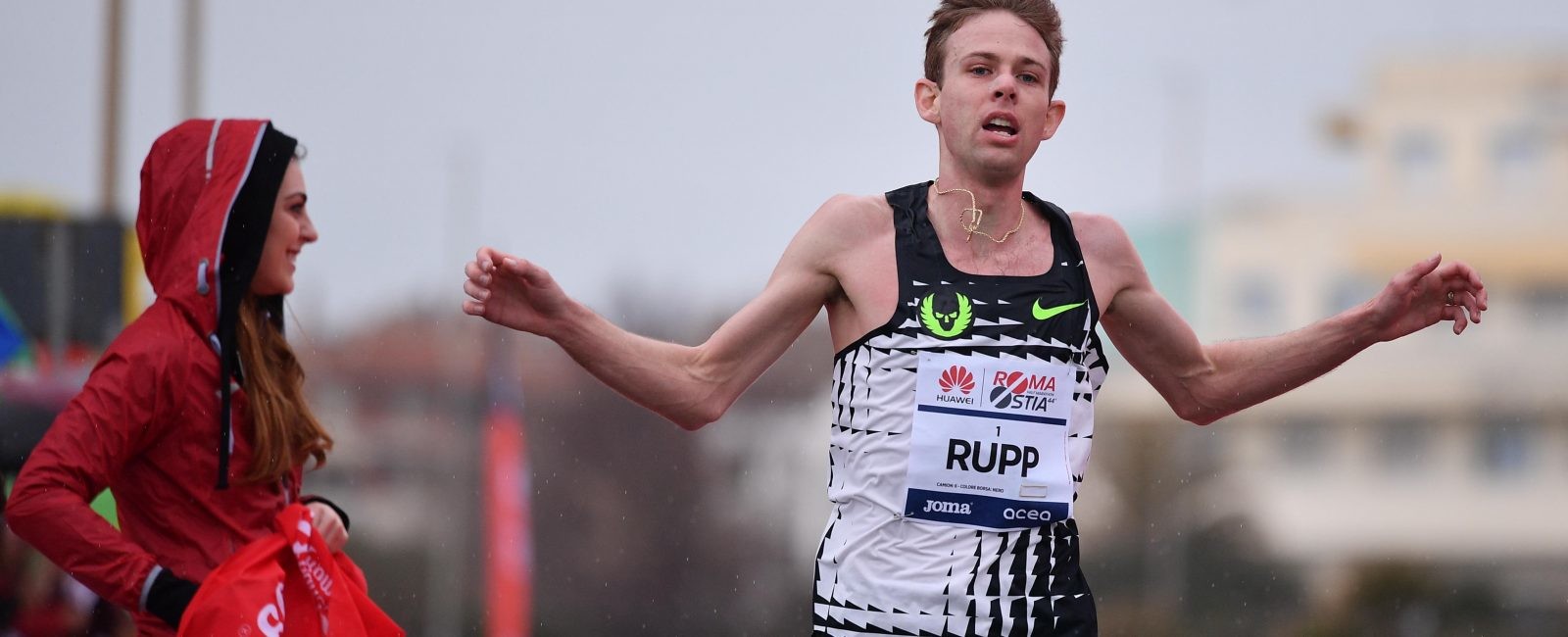
Rupp launched his decisive attack between 15th and 16th kilometers when, after a tactic of waiting during which he vented his most credited opponents, he lengthened the pace by breaking the Kenyans Moses Kemei, second place in 1:00:44, and Justus Kangogo, third in 1:01:02....
The female race saw Ethiopian’s Hftamenesh Haylu in first with 1:09.02 and compatriot Dera Datta close behind in 1:09:21. Third place went to Kenya’s Rebecca Chesir, who finished in 1:11:04.
(03/11/2018) Views: 6,413After more than two decades, John Capriotti is stepping down as leader of Nike’s track and field sports marketing group
“John is going into the consulting business,” said Steve Miller, a former Nike executive and the man who hired Capriotti at the company.
The fiery former track coach still worked for the sneaker giant as of Friday. But he is leaning toward a consulting deal that would make Nike one of his clients, according to a second source close to Capriotti.
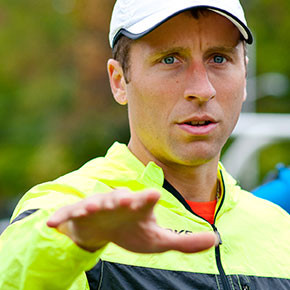
News of the change had the track and field world buzzing on Friday.
“It’s kind of unbelievable,” said a third source, a prominent sports agent. “He’s been in that position for the entire 21 years I’ve been around track and field. He’s been the single most influential person in the sport.”
Neither Capriotti nor Nike could immediately be reached for comment.
Capriotti’s decision comes as Nike is cutting costs and laying off employees. The company lost about $790 million last quarter.
Since Nike brought in John Donahoe as its new CEO and chairman in January, there has been speculation about the ramifications for the company’s sports marketing arm, and for its track and field operations in particular. Donahoe’s athletic background is unknown. But outsiders speculate that the longtime technology executive does not share the passion for track and field of his predecessors Phil Knight and Mark Parker.
Under Capriotti’s watch, Nike solidified its position as the sport’s superpower. It hired more track athletes to endorsement contracts than any other sponsor. It also bankrolled USA Track & Field, the sport’s governing body in this country, signing a sponsorship in 2014 worth more than $400 million.
Nike sponsored three different teams of elite runners, all of them based in Oregon. Its audacious goal was to make American runners once again competitive with the rest of the world.
Capriotti and Nike also helped secure Eugene’s position as one of the world capitals of the sport. He was such a fixture at Hayward Field that his customary spot in the grandstands became known as Cap’s Corner.
The stunning decision to award the 2021 track and field world championships to Eugene came in part because of the enthusiastic support of Knight and Nike. The coronavirus pandemic has delayed the running of those championships in Eugene until 2022.
There was also plenty of controversy. Alberto Salazar was Nike’s superstar coach for the Nike Oregon Project. But Salazar was dogged for years by allegations that he encouraged his athletes to use banned substances. He was banned from the sport for four years “for orchestrating and facilitating prohibited doping conduct.”
Nike sided with Salazar and continued to back him even after the ban, which Salazar is appealing.
(09/19/2020) Views: 6,407Oregon Live
Eliud Kipchoge is a simple man who helps others - Part three of a three part series on the King of the Marathon
The King of The Marathon Part Three: an inside look into the life of Kenya's Eliud Kipchoge.
When Eliud Kipchoge passed the first 10k mark in 29:01 on September 16 in Berlin everyone was excited because he was nine seconds ahead of world record pace.
Actually this was his slower 10k split of the day. He picked up the pace and his second 10k split was 28:55, third 28:49 and fourth 28:47 clocking 2:01:39 to smash the world marathon record.
So how did he do this? It is not drugs! He has never failed a drug test.
Besides doing some unbelievable workouts (as detailed in part 2) he pays close attention to his diet. His favorite meal is ugali, kalenjin traditional milk called mursik which nutritious and energetic, traditional veggies (such as; socha, saga, mborochet, chepkerta and mitiat). These are herbal and they build the immune system and adds to the blood.
He eats roasted maize for carbohydrates. How does he relax? During leisure time he likes reading at least two or three inspirational books every month. This is where a man full of wisdom and maturity adds to his knowledge.
One quote he likes, "The impossible is possible and imitation is limitation.” by John Manson.
Eliud is a dairy and tea farmer and when he is at home he looks after cattle. His last born kid son started running so he can follow in his father's foot steps.
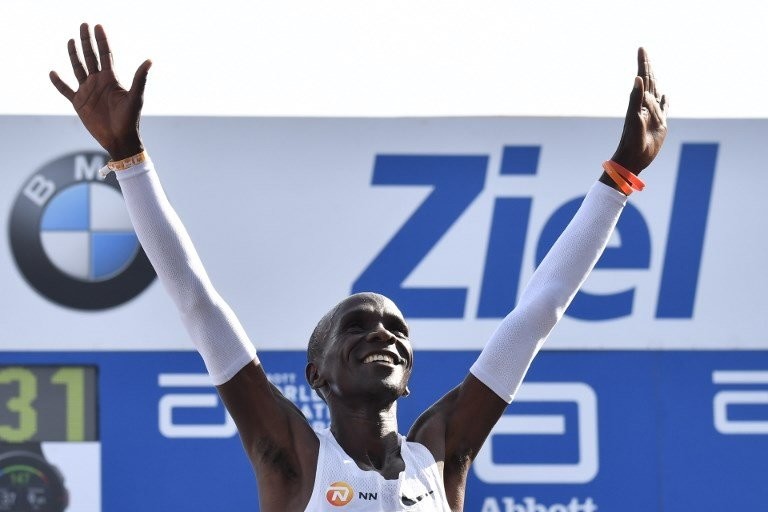
After smashing the World Marathon Record in Berlin, Eliud is expected to get $50,000 for winning and $69,000 for breaking the world record. This is 12 million Kenyan Shillings. In additon, truck manufactures, Isuzu East Africa, which Kipchoge is a Brand Ambassador, will give him a D-max luxury double cabin vehicle.
There are also gaming companies which will reward him. Eliud has involved himself in charity work too. He helps raise funds for dispensaries, pay school fees for unable kids, he helps upcoming athletes with housing and hospitals bills.
He pays for airline tickets for students going abroad on scholarship. He helps to motivate young Kenyans on the importance of hardwork. Kenya has been very proud of Eliud Kipchoge and since he smashed the world record the whole country is behind him.
(Editor’s note: Part one and two of these series were published the last two days on My Best Runs.)
(09/22/2018) Views: 6,347Willie Korir reporting from Kenya
Eliud Kipchoge smashed the World Marathon Record clocking 2:01:39 in Berlin
33-year-old Eliud Kipchoge from Kenya smashed the world marathon record in Berlin today (September 16, 2018) clocking 2:01:39, breaking the record by over a minute.
According to MBR's Willie Korir reporting from Kenya, "the pace was so high. Eliud started well and maintained 2:52-2:55/k pace. Two of the pacers dropped at 14k. Sammy Sitwara, Kipkemboe and Boit remained up to 25k. Eliud was alone from 25k to the end.
It is a big celebration all over Kenya especially in Eliud's home town of Kapsabet and in Eldoret, home of Champions."
Amos Kipruto (2:06:23) passed Wilson Kipsang to place second and Wilson placed third (2:06:48).
Kipchoge maintained his form well in the closing stages and crossed the finish line in 2:01:39, taking one minute and 18 seconds off the previous world record set four years ago by Dennis Kimetto.
This is the largest single improvement on the marathon world record since Derek Clayton improved the mark by two minutes and 23 seconds in 1967.
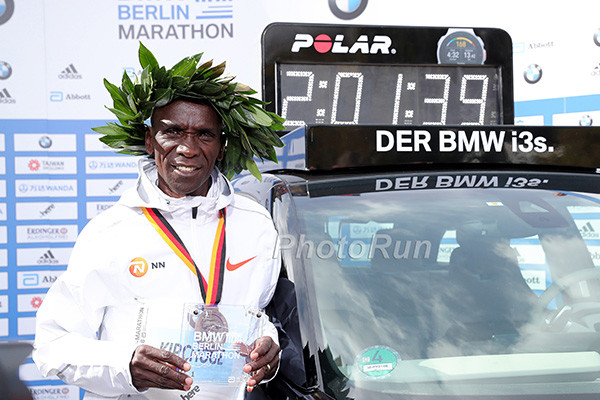
"I lack the words to describe how I feel," said Kipchoge. "It was really hard [during the last 17 kilometers] but I was truly prepared to run my own race.
I had to focus on the work I had put in in Kenya and that is what helped push me. I’m really grateful to my coaching team, my management, the organisation."
For the women, Gladys Cherono set a course record clocking 2:18:11. Second woman was Ruti Aga 2:18:34 and Trunesh Dibaba 2:18:55.
(09/16/2018) Views: 6,315Dag Aabye is 76, Lives in a Bus in the Woods and still runs Ultras
Dag Aabye is considered by some as "the most elusive man in North America." With the growing popularity of vanlife happening right now, living in a repurposed school bus in the woods might be a dream for some people.
For Dag it is a reality. Somewhere hidden in the mountains of Vernon, British Columbia Aabye enjoys a simple life away from modern society while living amongst nature and training for ultramarathons.
Aabye is 76-years-old and a champion of the 80-mile ultramarathon aptly named the "Death Race." He is the oldest person to have ever finished the race.
Aabye is a rare breed of human that has lived his own path and blown the doors off the perception of what life has to be. And he certainly exudes plenty of wisdom for any that are willing to listen.
(03/21/2018) Views: 6,257Inspirational Stories
Yuki Kawauchi ran his 100th marathon at the Hofu Yomiuri Marathon in Japan
2018 Boston Marathon champion Yuki Kawauchi is not like most other competitive marathoners, who typically don’t race more than two or three marathons a year. Yesterday Kawauchi ran his 100th marathon, at the Hofu Yomiuri Marathon in Japan, about 150 kilometers southwest of Hiroshima.
Kawauchi won this race last year, in 2:11:29. This year he finished in 2:14:17, in seventh place, making it his 94th marathon finishing in 2:20 or under.
Students of Kawauchi’s career know that his first marathon was 10 years ago, at the 2009 Beppu-ÅŒita Marathon in Japan, where he finished 20th in 2:19:26. (He brought his time down twice more that year, in Tokyo and Hokkaido.) This means he has averaged more than nine sub 2:20 marathons per year.
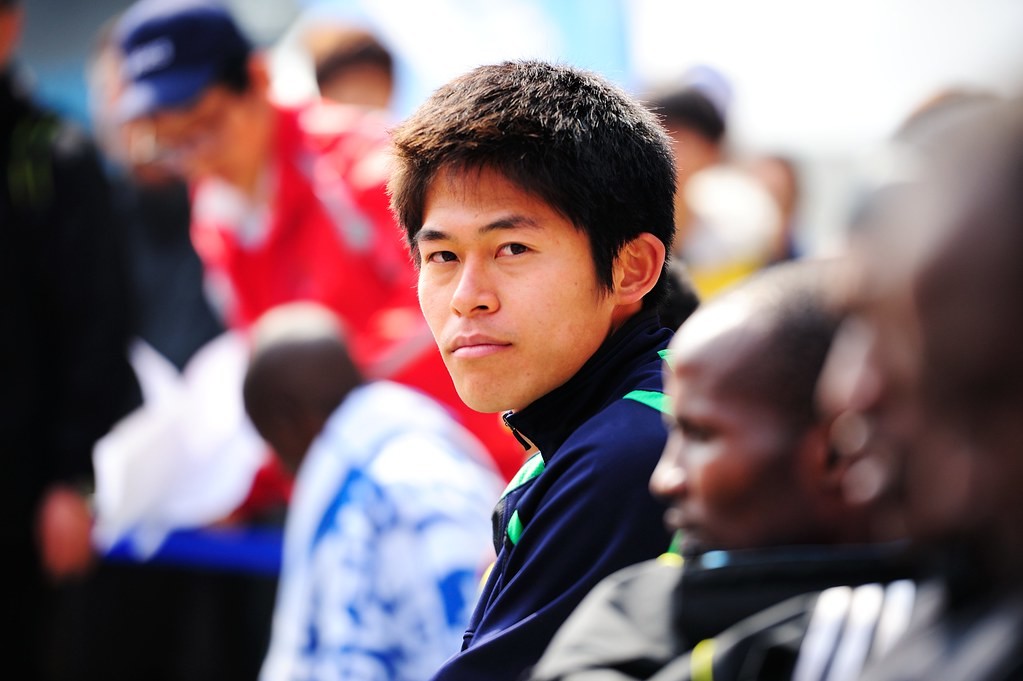
While most competitive marathoners don’t race that distance more than twice a year, Kawauchi races about once a month.

It’s a different kind of impressive from the traditional quest to be the fastest in the world. A 2:08 guy (from Seoul in 2013), Kawauchi may not challenge the world’s fastest marathoners, but he dominates in sheer volume of running. He’s had his share of podium finishes–in addition to winning Boston last year in conditions that drove many of his faster competitors off the course (his 79th sub-2:20 finish), he has stood on the podium at the Gold Coast Marathon four times, and last year he won the BMO Vancouver Marathon, adding to the list of smaller marathons he has won. According to his Wikipedia page, Kawauchi entered nine marathons in 2012 and won five of them.
Kawauchi races ultra distances as well, which some say is his secret weapon. And he comes from a family of runners–his two younger brothers are also marathoners, and this year he returned to Boston with his mom, Mika Kawauchi, who started running marathons at age 52 and qualified easily.
At the rate he’s going, we predict that by next summer he’ll have 100 sub-2:20 finishes.
(12/17/2019) Views: 6,234Canadian Running
Japan's Suguru Osako wins nearly one Million Dollars in placing third at the Chicago Marathon
Japan's Suguru Osako placed third at the 2018 Chicago Marathon clocking 2:05:50, a new national Japan record.
This beats the record of 2:06:11. The Japanese Corporate Track and Field Federation (Project Exceed program) will pay him a 100-million-yen bonus ($879,465 U.S. dollars) for setting a new national record.
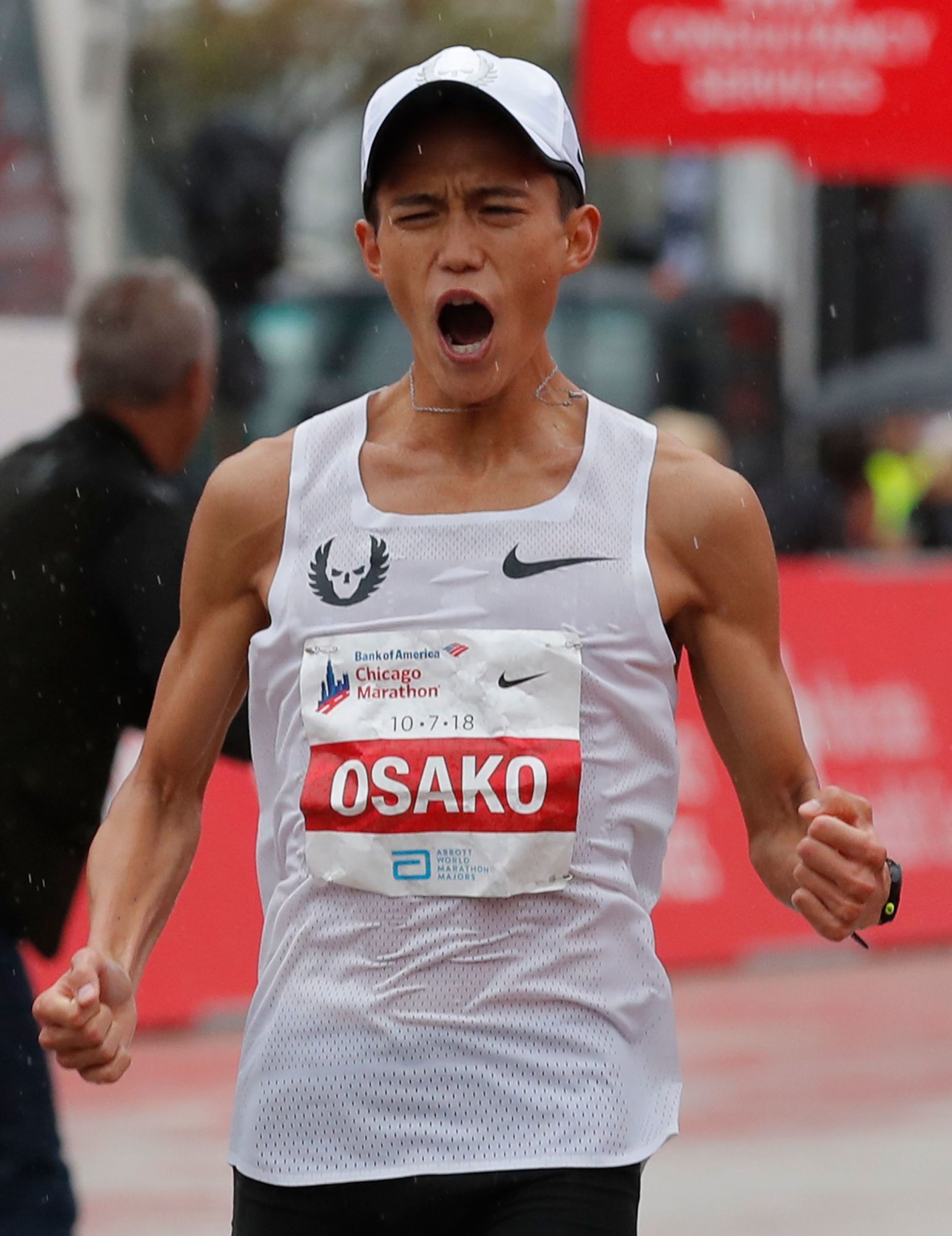
Before the race Suguru Osako said, ““I want to try to break the national record, but the most important thing to me is to be competitive with the other runners. IÂ’ am really excited and proud to run with Mo and Galen. I’m going to enjoy the challenge.””
Osako trains in Oregon and is part of the Nike Oregon Project. Osako was born May 23, 1991. He won the 10,000 meters gold medal at the 2011 Summer Universiade in Shenzhen and holds the Asian junior record for the half marathon. Born in Machida, Tokyo, he attended Saku Chosei High School and began to establish himself nationally in 2010.
Suguru Osako made his marathon debut at the 2017 Boston Marathon, landing on the podium in third in 2:10:28. At the time, he was the first Japanese man to finish among the top three since Seko won Boston in 1987.
He closed out 2017 with an impressive personal best and third place finish at the Fukuoka Marathon, 2:07:19. He becomes the first Japanese man and just the second non-African-born runner to break 2:06.
(10/07/2018) Views: 6,180In a Naked Pandemic Race, You Can Leave Your Hat On
When we can’t go outside without covering our faces, there’s a special appeal in the opportunity to uncover everything else.
In a lot of ways, the 5K I ran on Saturday was like any other race: The tall, skinny guys zipped out front, fast. Spectators rang cowbells. I heard the “Rocky” theme twice along the course.
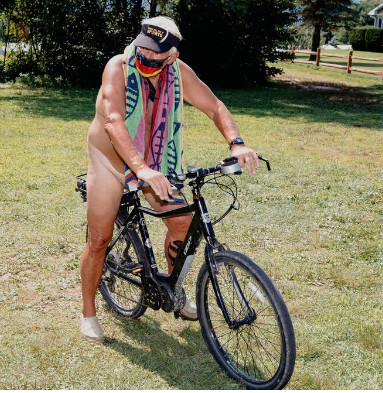
Except the spectators were naked. And I was, too.
That’s because the race was the Bouncing Buns Clothing Optional 5K, held at the Sunny Rest Resort, a nudist resort in Palmerton, Pa.
“Not enough of us do things outside the box anymore, particularly as we get older,” said Ron Horn, race director and co-owner of Pretzel City Sports, which put on the race.

I’ve run a handful of Pretzel City’s clothed (or as naked runners call them, “textile”) races, but the nude events never appealed to me, not when there were a zillion other races to run.
But this year, it caught my attention in part because almost all other races have been canceled because of the coronavirus. In this pandemic season of covering our faces in public, why not uncover everything else? What a fun way to experience some freedom in a time of pressing fear, grief, restrictions and disappointments.
But I hesitated. I’ve been to “toptional” pools in Las Vegas, so nudity wasn’t that much of an obstacle. But running naked? It seemed so — uncomfortable.
And yet: I kept getting the emails about this race, in a year flooded with bad news that had come very close to home. In March, four members of my family were sick with Covid-19. In June, my brother was in the hospital for weeks after a driver struck him while he was on a bike ride.
I’ve spent five months trying to find glimpses of joy in small, simple things, like the sight of a bird on the tree I planted last year, or the feel of my dog’s very soft ear. But the idea of a big, outlandish thing that might bump me out of my gloom had a certain draw.
When a friend who lives in upstate New York said she was 90 percent willing to commit to making the trip to participate in this race, I thought maybe I should go, if for nothing else than to see her.
“What else do you have to do?” she asked.
Sunny Rest was founded as a nudist resort in 1945 and, except for the lack of clothing, looks like a lot of other campgrounds, with mobile homes, cabins, tents and RVs. There’s a pool, spa, volleyball and tennis courts, hot tub, and hiking and biking trails. Most people go about their daily activities wearing nothing but shoes or sandals, maybe a hat. It’s private property, so laws against public nudity are not an issue. Pretzel City has been putting on races there for 13 years.
The events are meant to be fun, but the race organizers recognize that there is something of a taboo around nudity, so it anonymizes race results when posting them online, listing participants only by first name, last initial and home state. Knowing the privacy concerns, Pretzel City’s race director announced before the race that a photographer and I would be covering the event, and that we would include only those runners who consented to being photographed and interviewed.
Several runners were eager to talk to me, including Bruce Freeburger, 69, who drove from Detroit to run this race. He operates the website naked5k.com. Its slogan: “I did wear shoes!”
“It’s not ‘Girls Gone Wild,’” he said of naked runs. He believes that those who run nude tend to be “unselfish, and more sportsmanlike.”
As soon as I pulled into Sunny Rest (after showing my ID and having the license plate of my car recorded by security), I saw a man in a wide-brimmed sun hat and no pants walking toward the pool.
By the time I parked near the race start, I felt prim. Some runners were clothed, but most were in some state of undress. A woman breastfed her child while she checked in. A man waited to run in just sneakers and a Viking helmet — he hung his mask from one of the horns when he wasn’t near other people. I saw my friend, already stripped down. She fit right in. I gave her an elbow bump and took off my shorts. It didn’t feel weird, at all.
To prepare for the experience, I’d tried running completely naked on the treadmill in my basement, and determined that going braless was impractical for me. So I took the Donald Duck approach and wore a hat and sports bra but no bottoms. When I checked in, I was handed a race bib and a T-shirt, but then a staffer — naked except for mask and gloves — wrote my race number with a marker on my leg. Where was I going to pin a bib anyway?
I lined up near the start, a body in a sea of 115 bodies, ages 9 through 78, all standing six feet apart. The energy felt zippier here than at a normal race — almost giddy. While most of the runners were from Pennsylvania, only a handful were also members of the Sunny Rest Resort. That meant almost everyone had traveled to this place — from places as far away as Ohio, Delaware and West Virginia — for the opportunity to do something unusual.
Runners were required to wear masks to pick up their packets, and asked to wear them when near other people. Pretzel City also moved the start and finish area away from the more crowded part of the resort toward the camping sites, so we had more space to spread out. Over a bullhorn, Horn asked us to put our arms straight out by our sides and said, “If you are touching someone you are not sleeping with, you are standing too close.”
After the initial newness of being aware of my butt bouncing around, everything felt pretty much the same as in a clothed race. We started at 10:15 a.m., and I’m usually done running by 8 a.m. in the summer, so it was hot. I was grateful for my hat, and the sunblock and anti-chafing balm I’d applied all over my body. By the first mile, I was coated in sweat.
“I don’t have a shirt to wipe off my face!” another runner shouted. The more experienced naked runners had thought to carry little towels.
Part of the course was an out and back, so I saw the leaders coming back as I went out. With a full view of their entire, naked forms in motion, I felt appreciation, in the same way I’d look at a nice painting.
I didn’t worry about anyone else appreciating my body — from the naked ladies cheering from their trailer’s outdoor bar to the gentleman doing naked squats on his deck. The race didn’t feel sexualized at all, and I didn’t worry about which parts of my body were not perfectly flat and smooth, about what parts of my body shook with every step. I was just another body in motion.
I was feeling what many runners had told me before the start of the race — that this was freeing. Richard Whalen, 43, of Folcroft, Pa., said that for him it’s also a celebration of who he is now. He’s a recovering alcoholic who took up running after he stopped being too hung over to run in the morning. “There’s a sense of freedom here to show off your beautiful body.”
That’s also why Jim and Susan Fiordeliso of Yardley, Pa., came too. Last year, Mr. Fiordeliso, 53, had heart surgery, after which they vowed to take better care of their bodies. That included moving to a plant-based diet, as well as lots of walking and running. They’ve lost 210 pounds between them. It was their first time at a nude race, and they treated it as a celebration of their new lives. “I loved it and I would do it again,” he said.
And then there’s just the fun of it. “I’m not a nudist type. I’m not an exhibitionist type,” said Michael Lyons, 35, of Douglassville, Pa., who has done both naked road races and bike rides. “I’m just a goofball who likes to do fun things.”
I finished in 30 minutes, 26 seconds, good enough for fifth place in my category. My award: a medal that I wore at around my neck with nothing but my sandals, bandanna and a fresh coating of sun block.
Jen A. Miller, the author of “Running: A Love Story,” writes The Times’s weekly running newsletter.
(08/30/2020) Views: 6,137Mariko Yugeta runs 2:56:54 at the Saitama marathon taking off over two minutes from her previous 60 plus world record
The Japanese 61-year-old runner Mariko Yugeta was the first woman in the world over 60 years to run a marathon in less than 3 hours. On November 3 at the Shimonoseki Kaikyo marathon she clocked 2:59:15. This was three minutes and 35 seconds faster than the previous record set by the French woman Claudine Marchadier in 2007.
Just a month later, Mariko Yugeta improved on her record at the Saitama marathon. Today December 8 she clocked 2:56:54 which means she averaged 4:12 per kilometer.
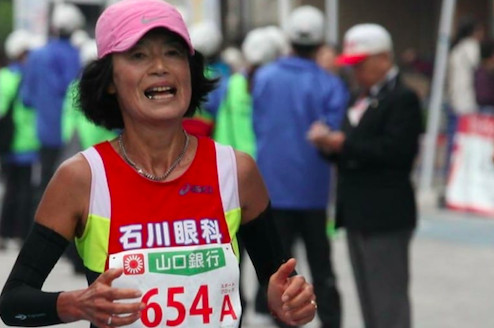
She has run 100 marathons and her PR before today was 2:58:15 set in 2017. But those who knew her, already pointed out that Mariko Yugeta was capable to run 2:57 thanks to her good habits of life and training on the track of Kawagoe.
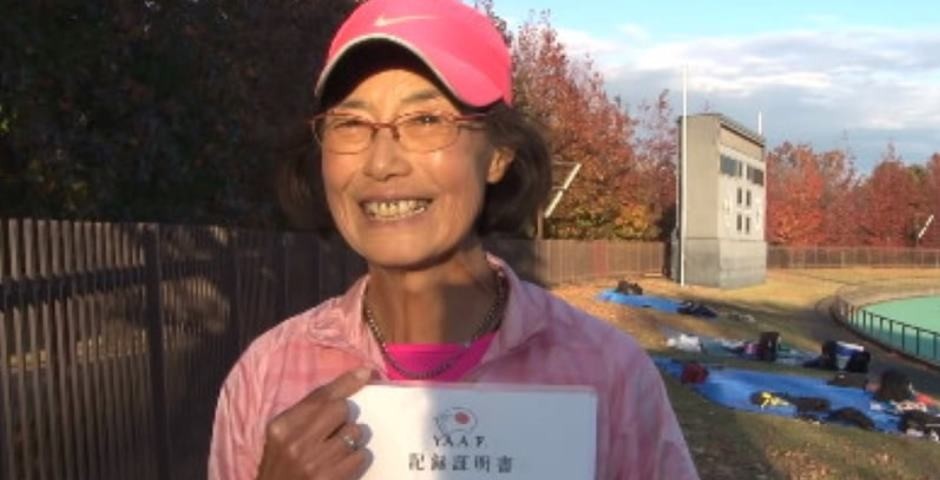
The Saitama International Marathon is a women's marathon held in Saitama, Japan, and has the IAAF Silver Seal. This race replaced the women's marathon that was held from 2009 to 2014 in Yokohama and which in turn was the successor to the international women's marathon held in Tokyo between 1979 and 2008.
Saitama's first international marathon, held on November 15, 2015, also served as a selection for female marathon representatives from Japan for the Rio 2016 Olympic Games.
(12/08/2019) Views: 6,133Galen Rupp smashed his PR and won the Prague Marathon by nearly a minute clocking 2:06:07
American’s Galen Rupp did as promised and the weather did not get in his way at the 24th Annual Volkswagen Prague Marathon Sunday morning May 6.
He ran an even pace the whole way reaching the half way point in 1:03:02. Ethiopian’s Sisay Lemma stayed close through 30k but Galen took control and clocked 1:03:05 for his second half finishing in 1:06:07.
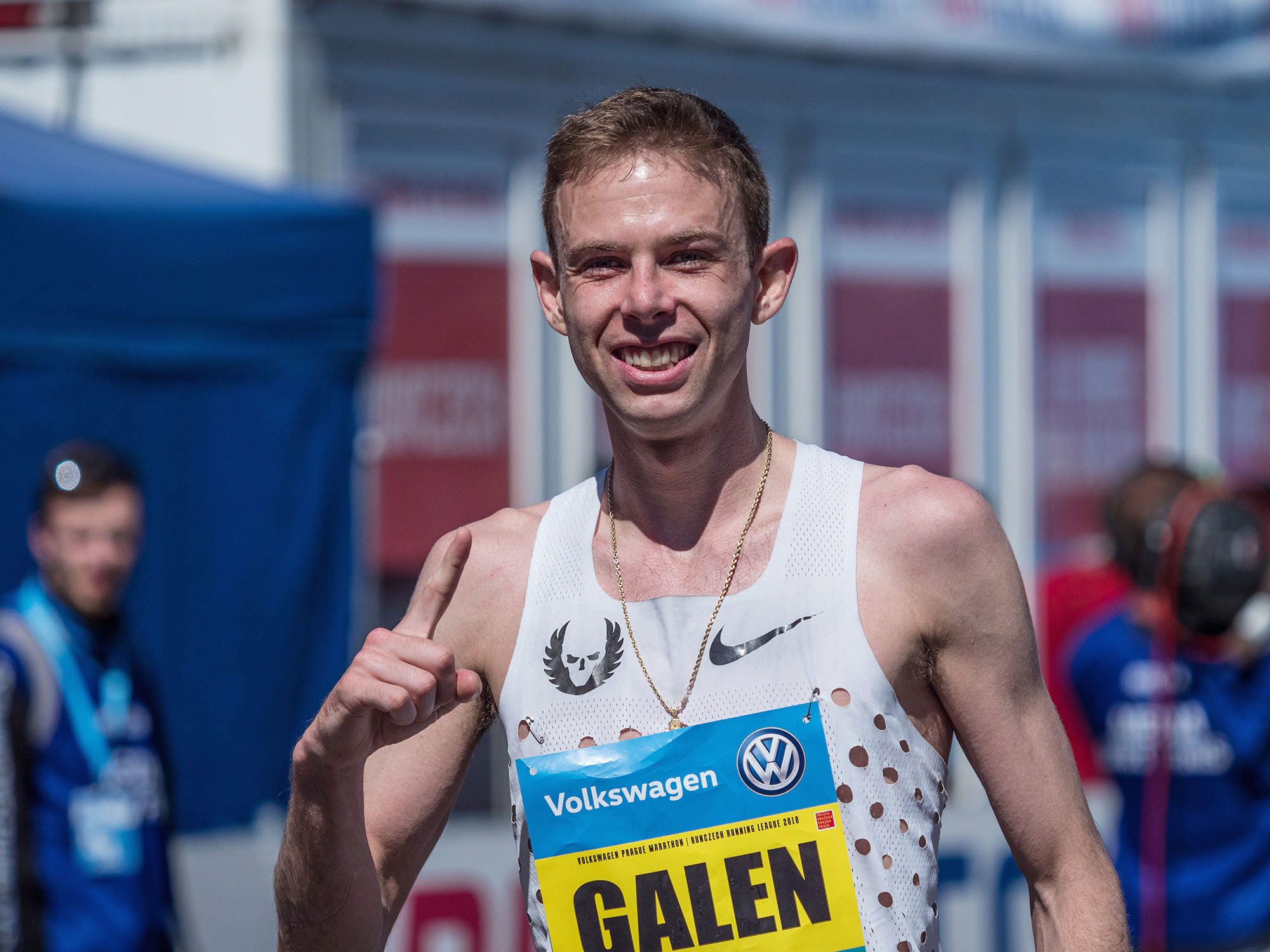
This smashed his previous best by three minutes and 13 seconds. This makes Galen the third fastest American ever and his time was only 29 seconds off the official American Record held by Khalid Khannouchi.
Ryan Hall’s 2:04:58 clocked in Boston is not considered official since Boston is a point-to-point course. Galen has now finished five marathons setting a PR each time. The Prague Marathon kicked off at 9am local time from the Old Town Square.
Sisay finished second clocking 2:07:02. Thousands of runners from all over the world enjoyed the perfect weather and the beautiful course.
(05/06/2018) Views: 6,057Bob Anderson
The IAAF has set the same limit for trans women, as expected that it imposes on female athletes with DSD
World Athletics (formerly the IAAF) has ruled that transgender women must maintain testosterone levels at a maximum of 5 nanomoles per liter for 12 months before being declared eligible to compete, it was announced. The limit is half the previous limit of 10 nmol/l, in effect since 2015.
The new rule, passed during IAAF Council meeting in Doha at the conclusion of the recent World Championships, brings guidelines for female transgender athletes into line with those imposed on female athletes with differences of sexual development (DSD) such as Olympic gold medalist and former world champion in the 800m, Caster Semenya, who was ruled ineligible to compete while appealing the decision brought down by the Court of Arbitration for Sport (CAS) on May 1.
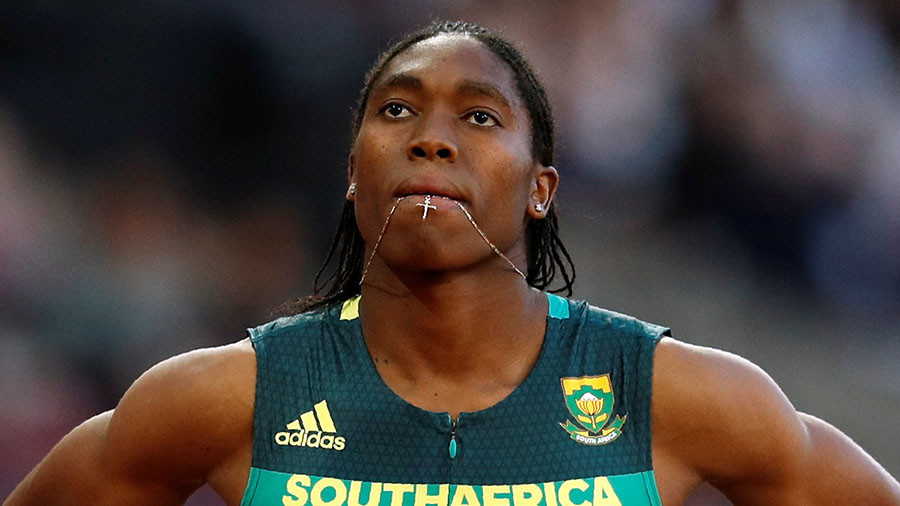
(Semenya is not transgender, but her DSD means she has naturally elevated levels of testosterone, exceeding the average range for women of between 0.12 and 1.79 nmol/l. In her absence, the women’s 800m in Doha was won by Halimah Nakaayi in 1:58.04, a new national record for Uganda.)
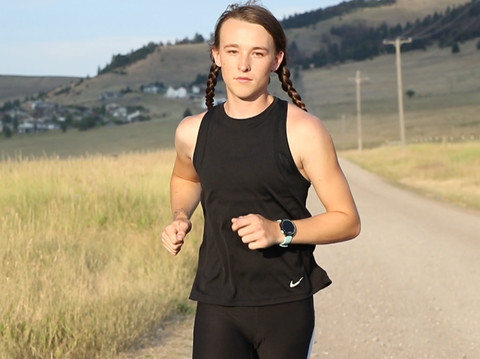
Trans women do not need to show evidence of being recognized by law as female, as long as their testosterone levels are maintained within the acceptable limit, but “should provide a signed declaration that her gender identity is female,” according to a report on the Inside the Games site.
The Council also created a five-member Expert Panel for the Eligibility Regulations of Transgender Athletes, comprised of endocrinologists and other medical experts from around the world. The panel will sit for a four-year term.
(10/16/2019) Views: 6,036Anne Francis
The Untouchable Record: Jarmila Kratochvílová’s 800m Mark Still Stands 42 Years Later — But Should It?
In the fast-evolving world of athletics, records are made to be broken — except, it seems, for one. On July 26, 1983, in Munich, Czechoslovakia’s Jarmila Kratochvílová ran an astonishing 1:53.28 in the women’s 800 meters. Four decades later, that time remains the oldest unbroken individual world record in track and field history.
It has withstood super spikes, altitude training, hyper-focused coaching, and the world’s most gifted middle-distance runners. Olympic champions like Caster Semenya and Athing Mu have come close, but none have truly threatened it. Which begs the question — how did a performance like this come to be? And should it still be recognized?
A Record Born in a Different Era
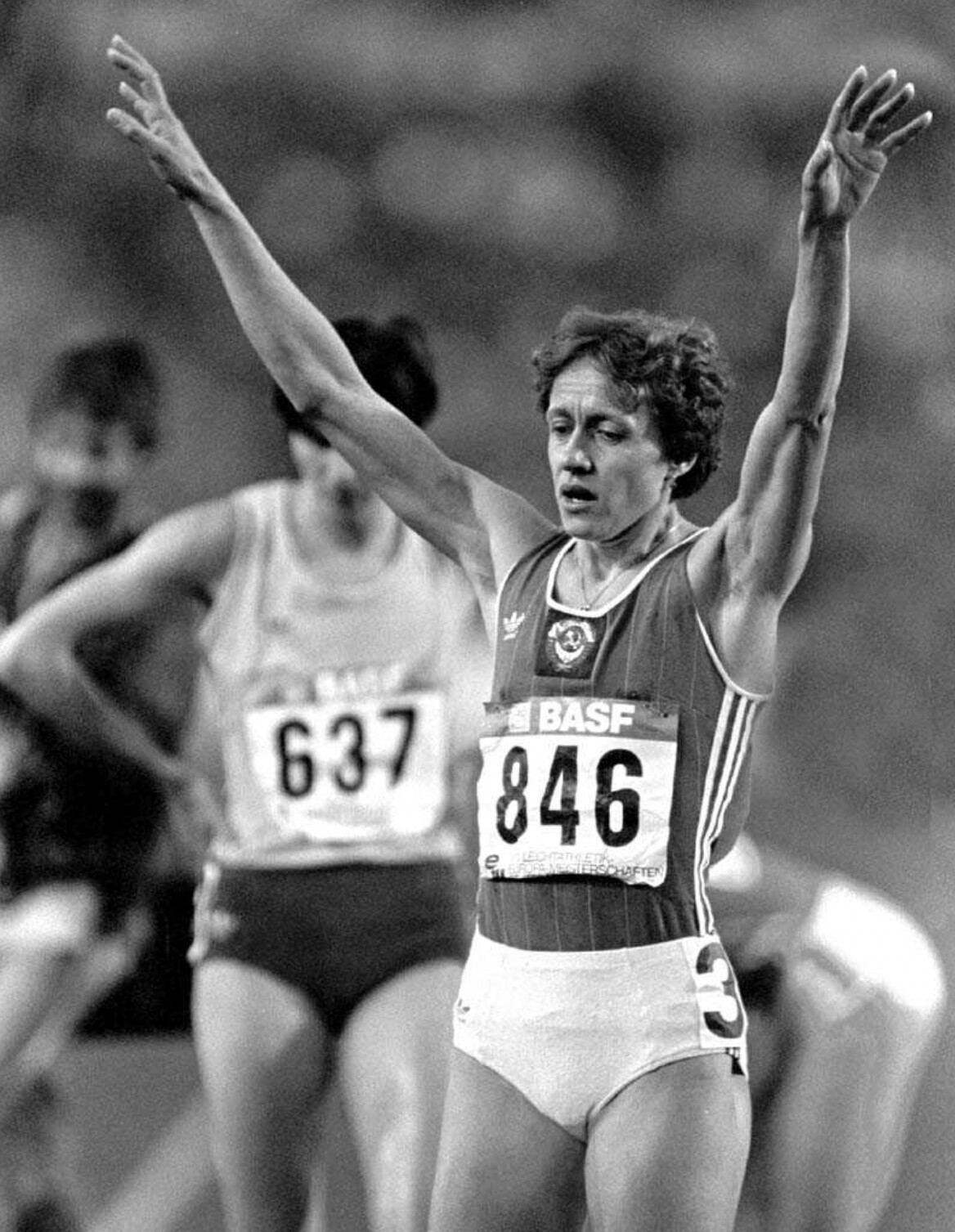
Kratochvílová’s performance came at a time when Eastern Bloc nations, including Czechoslovakia, were deep into state-sponsored sports programs. In that era, the line between elite preparation and banned enhancement was often blurred. Many athletes from that period, particularly from East Germany and the Soviet Union, have since admitted or been linked to systemic doping programs.
While there has been no formal proof that Kratochvílová used banned substances, the context raises suspicions. Her physical appearance — muscular, powerful, and more commonly compared to male counterparts than to female contemporaries — only added to the speculation. Combined with her unprecedented strength over both 400m and 800m distances, critics argue that the performance is not only unmatched, but possibly unnatural.

Why the Doubts Persist
• Performance Gap: Her time is still more than a second faster than most modern Olympic champions — a massive difference at the elite level.

• Era of Doping: Kratochvílová competed during a time when drug testing was primitive and records were often set under questionable conditions.
• Physique & Speculation: Her highly muscular build and deep voice led some to question if she should have been eligible to compete in the women’s category — though gender testing at the time did not flag her.
• Lack of Longevity: After 1983, Kratochvílová’s presence at major championships waned. Some suggest this could point to the unsustainable nature of her peak performance.
Arguments for Letting It Stand
Supporters of the record, including Kratochvílová herself, insist that the performance was clean and the result of hard work and unconventional training. She famously avoided standard intervals and instead focused on long sessions in heavy shoes and rugged conditions. No positive test exists, and the record has survived decades of scrutiny by World Athletics.
Moreover, some point out that breaking a record doesn’t validate its legitimacy — it simply reflects the evolution of training, equipment, and talent pools. If no one has broken it yet, perhaps it’s just one of those rare, generational performances that transcends time.
Should It Be Removed?
There have been proposals — including from World Athletics — to reset all pre-2005 records due to the lack of out-of-competition drug testing during earlier decades. The suggestion faced pushback, especially from record holders who never failed a test.
But the debate continues. Some believe Kratochvílová’s 1:53.28 represents a performance that belongs to a different set of rules — and therefore shouldn’t be part of the same record book as today’s achievements. Others see it as an enduring symbol of what the human body (with or without help) once accomplished.
Final Thought
Whether you view Jarmila Kratochvílová’s 800m world record as a miraculous outlier or a relic of a flawed system, one thing is certain: it has become the ultimate benchmark. Until someone runs faster — cleanly and unquestionably — the debate will rage on. And with every passing year, this 1983 run becomes less of a record and more of a legend.
(07/06/2025) Views: 6,026Boris Baron
Jim Ryun and family mourns the passing of this giant of a man - Dr Roger Bannister
Jim Ryun posted this on FB today, “This signed photo of Dr Bannister’s breaking the four minute mile barrier graces our living room wall - a reminder that those of us who followed him stand on his shoulders. He made the massive break through that allowed us to imagine and dream of “what’s possible now?” It’s hard to fully appreciate the strength, both mental and physical, that it takes to be the first one who makes the breakthrough. The Ryun family mourns the passing of this giant of a man.” Jim Ryun won a silver medal in the men's 1500 meters at the 1968 Summer Olympics, and was the first high school athlete to run a mile in under four minutes. He is the last American to hold the world record in the mile run (3:51.1). Ryun later served in the United States House of Representatives from 1996 to 2007. (03/04/2018) Views: 5,921Katelyn Tuohy, one of the fastest high schoolers in North America, has committed to North Carolina State University for the fall of 2020
The American standout has chosen a university for fall 2020.
Tuohy posted on Instagram on Sunday evening, “I am excited to announce that I will be continuing my academic and running career at NC State University. Thank you to my family, friends, coaches, and teammates who have supported me throughout my decision-making process. I am so excited to become a member of the Wolfpack.”

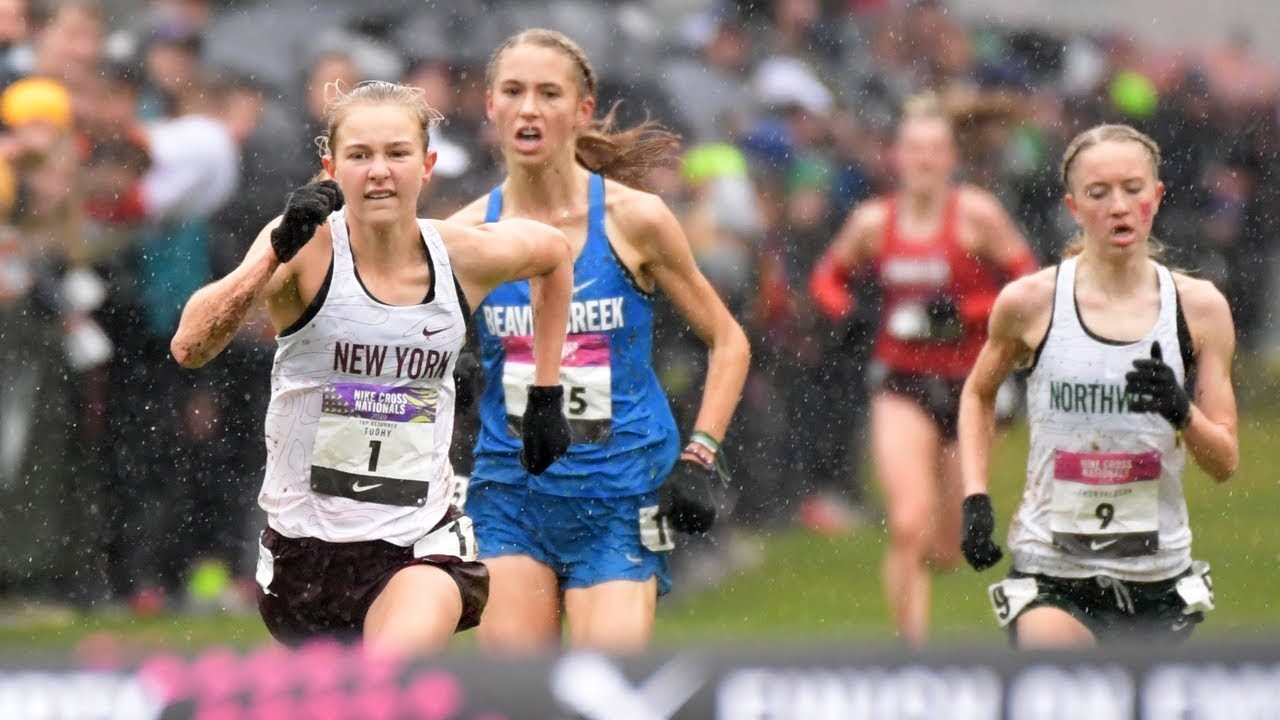
The university, which is located in Raleigh, North Carolina, saw its women’s team finish fifth at the NCAA Division I Championships last month. The women’s cross-country team is also only graduating one runner.
Tuohy is finishing one of the most impressive high school running careers in American history. The New York native became the first woman to win three consecutive Nike Cross Nationals titles (which are the American national high school championships) earlier this month.
Two weeks ago, Tuohy ran the senior race at the U.S. Club Cross-Country Nationals. There, she was second to Aisling Cuffe, a 15:11 5,000m runner for Saucony, who’s also a Stanford alumna and former NCAA standout.
(12/24/2019) Views: 5,909Madeleine Kelly
Bill Anderson's secrets for Running Injury Free for Over 41 years
Bill Anderson (72) started his running streak on September 27, 1976 in Fort Worth Texas. He has run at least one mile everyday since then. He is currently number nine on the Official USA Active Running Streak List.
"My brother Bill has never been injured," says Bob Anderson. Asked why he has never been injured he says, "Shoes are the hidden secret to avoid injuries. I make sure they are always fresh," Bill says.
"Secondly I always run within my capacity. Thirdly, I make sure I enjoy every run. Fourth, I know myself well enough to anticipate a potential issue before it happens."
(02/07/2018) Views: 5,897Training
Alberto Salazar still holds one American Road Record which he set in 1981
DID YOU KNOW: The American Road Record for 8K is 22:04. It was set over 37 years ago. On January 4, 1981 Alberto Salazar ran that time in Los Altos, California at the Runner's World Five Mile Invitational (5 miles is 154 feet longer than 8K).
It is a distance that is not run very often but that is a long time for the record to still be on the books. That same year Alberto won the New York City Marathon in 2:08:13 as he did the following year and 1980 as well.
He also won Boston in 1982 in 2:08:52. A race that would be known later as the "Duel In The Sun."
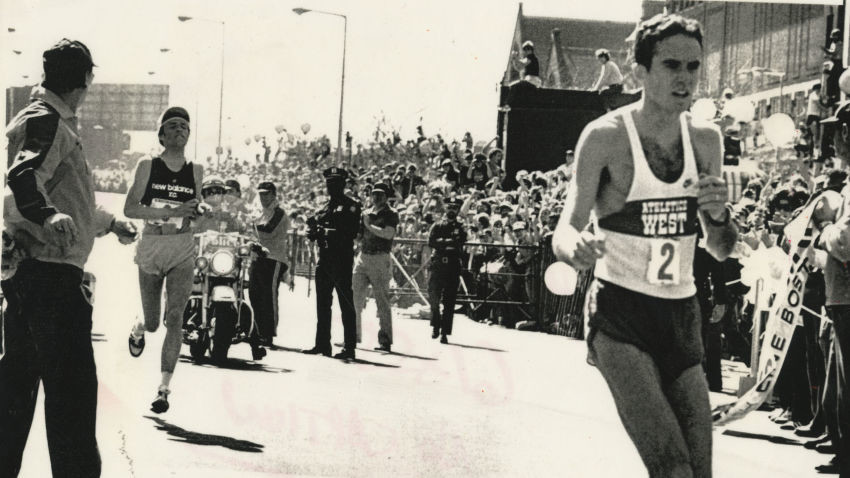
Dick Beardsley and Alberto (photo) battled right up to the end. Alberto was born in Cuba in 1958 and immigrated to the United States as a child with his family. Salazar currently is the head coach of the Nike Oregon Project in Portland, Oregon.
(05/01/2018) Views: 5,760Bob Anderson
Caster Semenya breaks four minutes for 1500m at IAAF Meet, 30 seconds slower than men
Caster Semenya and Carina Horn struck a blow for South African female athletics when they both breached magical barriers at Friday evening’s Diamond League meeting in Doha. The opening meeting of the 2018 Diamond League series saw Semenya break through four minutes in the 1500m while Horn became the first South African female to dip below 11 seconds in the 100 metres. Semenya stuck it to the IAAF on Friday night when she smashed the South African record she set at the Commonwealth Games last month by clocking a 3:59.92. Semenya could be affected by the new controversial female classification rules the IAAF introduced on April 26 and will go into effect on November 1. The amended regulations will attempt to regulate women who naturally produce testosterone levels above five nanomoles per litre and are limited to athletes that compete in events ranging from the 400m to the mile. (The men’s world record for 1500m is held by Hicham El Guerrouj of 3:26.00 in Rome in 1998.) (05/08/2018) Views: 5,730Fleet Feet Sues Nike Over ‘Sport Changes Everything’ Slogan
Fleet Feet Inc. has filed a lawsuit against Nike Inc. over Nike’s use of phrases such as “Change Everything” and “Running Changes Everything” in advertising.
According to the Triangle Business Journal, Fleet Feet charges that it has trademarked the two phrases and spent substantial resources making those slogans the “cornerstones for its brand.”
“Yet despite that knowledge, Nike in July 2019 launched a national advertising campaign based on the marks SPORT CHANGES EVERYTHING and RUNNING CHANGES EVERYTHING. The first of these Nike marks bears a confusing resemblance to Fleet Feet’s marks, and the second is identical to Fleet Feet’s mark,” wrote Fleet Feet in court papers.

The July campaign used the “Sports Changes Everything” and was tied to the Major League Baseball All-Star Game.
The complaint said Nike brand managers have “historically” previewed advertising campaigns with Fleet Feet, but Nike provide no advance notice with the MLB campaign.
The suit also claims that Scott Gravatt, Nike’s Running specialty sales director for North America, sent a note July 22 stating, “Kudos to you guys for using ‘Running Changes Everything.’”
“He then referenced Nike’s new SPORT CHANGES EVERYTHING campaign and remarked that Fleet Feet was ‘ahead of the curve.’
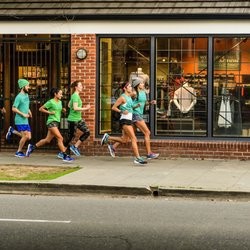
The suit also charges that in August, Nike’s website featured “Running Changes Everything” phrase. When Fleet Feet complained, Nike swapped “running” with “sport,” the suit added.
When Fleet Feet further complained, Nike executives allegedly said they intends to use the SPORT CHANGES EVERYTHING campaign through the 2020 Super Bowl, and “that Nike is a big company and will, if necessary, spend millions to defend its continuation of the campaign.”
Fleet Feet is seeking to stop the alleged infringement and recover damages “to compensate Fleet Feet for the injuries and damages it has suffered as a result of Nike’s willfully wrongful conduct.”
Nike said it does not comment on pending litigation.
(09/08/2019) Views: 5,705Meet Sabina Chebichi the barefoot petticoat runner
Sabina Chebichi was born on 13/5/1959, she won her first marathon in 1973 while barefoot and wearing nothing but a petticoat. Sabina went on to become the first Kenyan female athlete to win a medal at the Commonwealth Games in 1974.
Chebichi started running in 1972, her first race was at Kechiko which she won.
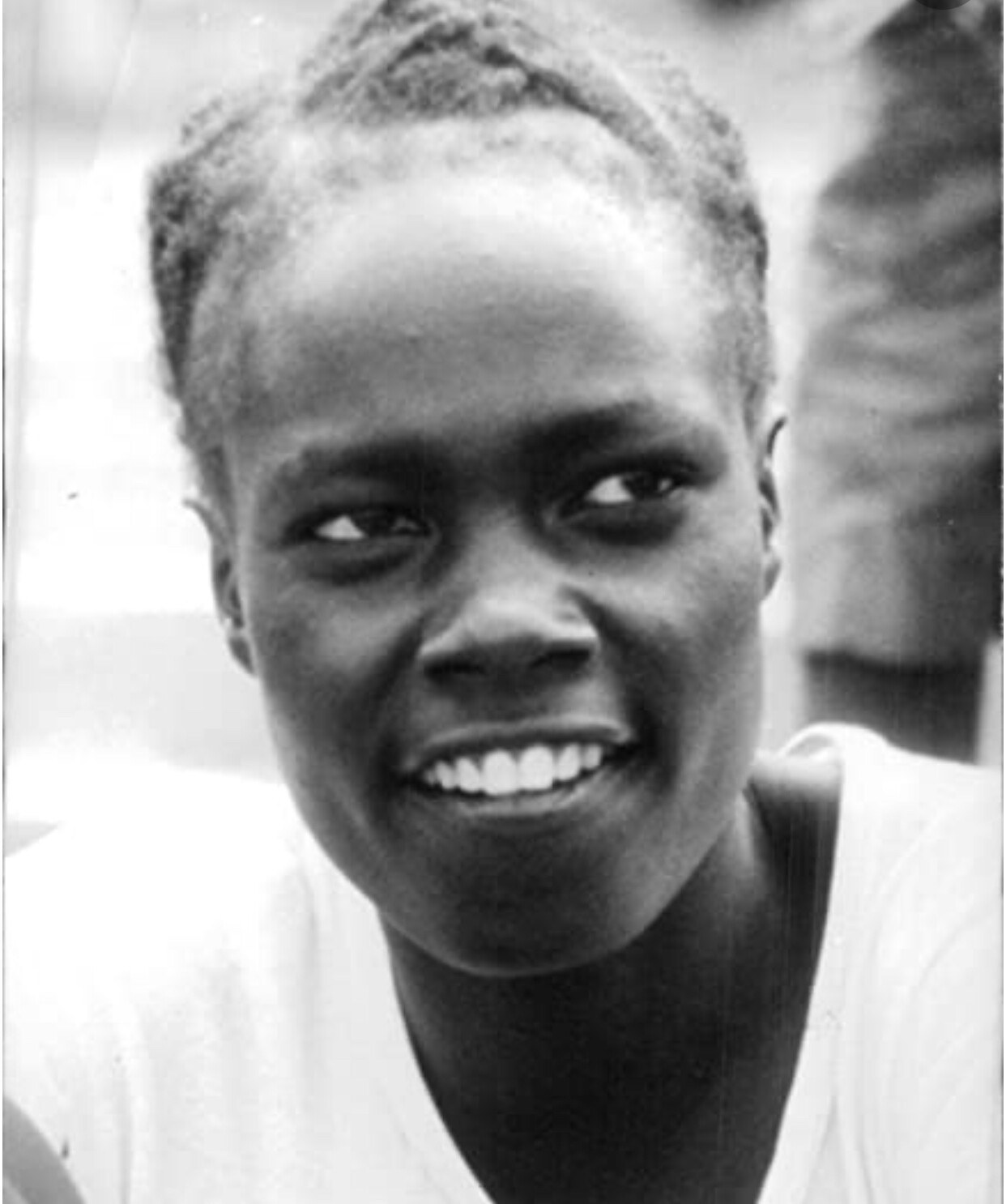
When news about a schoolgirl competing without any kit broke out in the media, Feisal Sherman who was Secretary of Kenya's Amateur Athletic Association (now Athletics Kenya) sent her running kit and proper shoes.
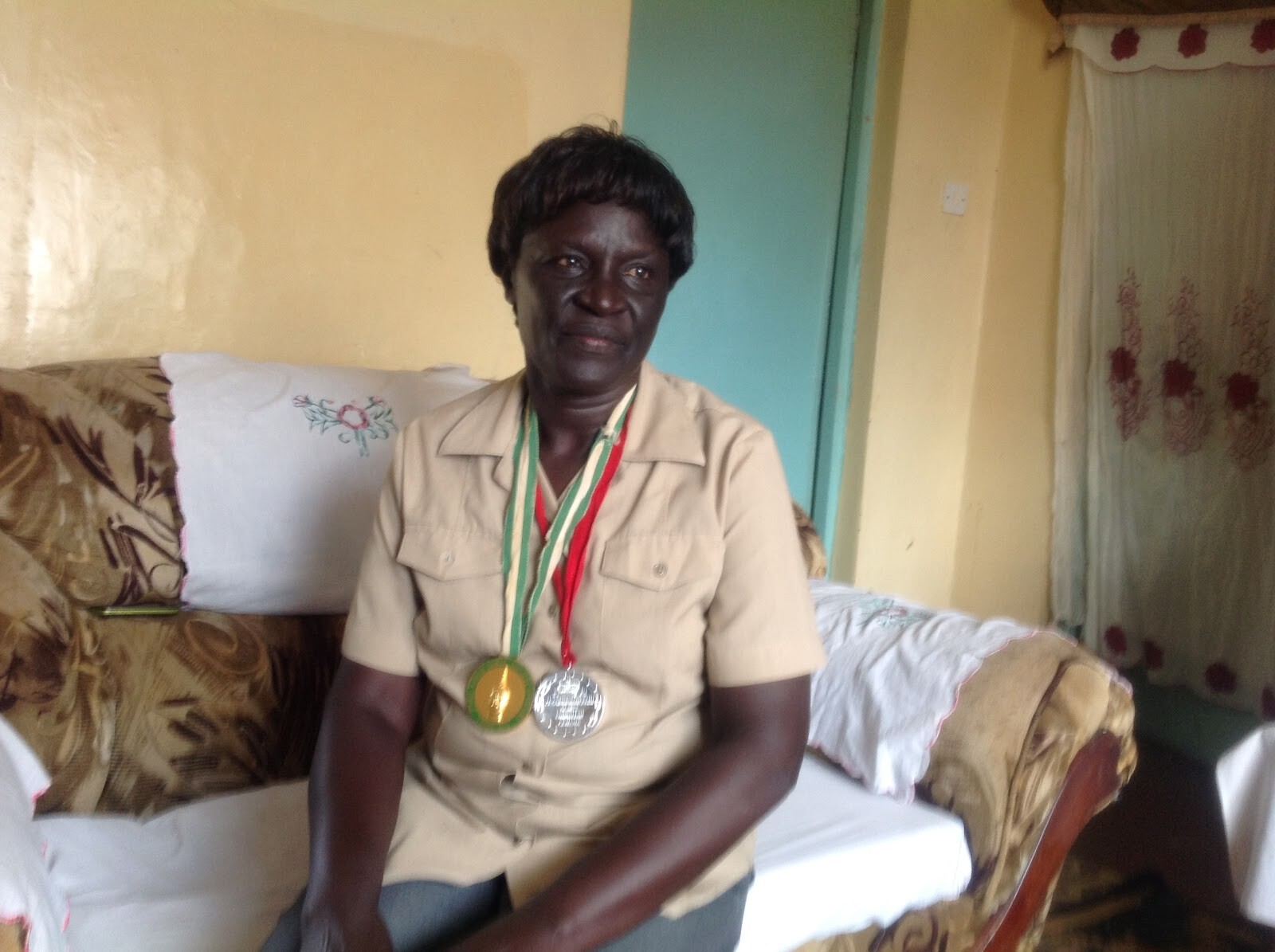
At 14 years of age, Chebichi became the first Kenyan female athlete to win a medal at the Commonwealth Games in 1974, she won bronze in the 800m Women's race at 2:02.61 mins, she went on to compete in the 4 × 400 m Relay and 1500m race.
(01/15/2022) Views: 5,640The worlds 10 most scenic marathons that are worthy of your bucket list
These are the 10 most scenic marathoners you need to put on your bucket list
1) Midnight Sun Marathon, Norway. Head to Tromso, Norway to try an Arctic Marathon where the sun doesn’t set…literally! Norwegians experience the “Midnight Sun” from May 20 to June 22, which allows runners to run a marathon during the night. A big portion of the race happens along the coast, so runners enjoy picturesque views of the Norwegian sea as well as the snow-capped peaks.
2) BMW Berlin Marathon, Germany. This marathon that starts and ends at the Brandenburg Gate takes runners in a large loop around the city. This is the perfect marathon to experience a slice of history as marathoners will pass the iconic Reichstag, Berlin Cathedral, Tiergarten and Potsdamer Platz, to name a few.

3) ​Marathon du Medoc (France). This is a wine and food festival disguised as a marathon! The course will take you through the vineyards of the Médoc in Gironde. Held in the Southwest of France near Bordeaux; food stands and wine tasting stalls dot the entire course of this event. Nibbles offered include pastas, oysters, cheese, steaks, fruits, and the region's famous wines to wash down everything. This fun marathon usually turns into a carnival of spirited, costumed runners as participants are encouraged to dress, according to the year’s theme.
4) The Hong Kong Marathon (Hong Kong). This is easily the biggest participation sporting event in Hong Kong with over 70,000 runners from 90 countries participating in it. Marathoners enjoy some of the best urban landscape. This iconic race unfolds against the backdrop of Hong Kong’s breath-taking skyline and harbour. The full marathon and half marathon, both start at Nathan Road in Tsim Sha Tsui racing up into New Territories, and heading back down to a spectacular finish in Victoria Park on Hong Kong Island. The Hong Kong Marathon has been awarded Gold Label status since the 2016 and with total prize money of US$300,000, it is one of Asia's most prominent marathons.
5) Big Five Marathon (Limpopo, South Africa). This is undoubtedly the wildest marathon in the world! Conducted within the private Entabeni Game Reserve in South Africa, this marathon runs through the African savannahs. True to the marathon’s name, you have a chance of bumping into lions, leopards, rhinos, elephants, and cape buffaloes in addition to the other animals like giraffes, antelopes, etc., along the way. The safety of the runners is not compromised as park rangers watch over the Big Five Marathon to ensure that participants can gaze safely at zebras, leopards, and antelopes as they run.
6) Great Wall Marathon (China). This marathon isn’t for the faint hearted, but it’s the race of a lifetime. Strictly speaking, the marathon route overlaps the Great Wall of China for a small section of the race, but this relatively short section on the Wall is a challenging 5,164 steps. Participants get to run through old villages and see sweeping hillside views, with hundreds of enthusiastic locals cheering for them.
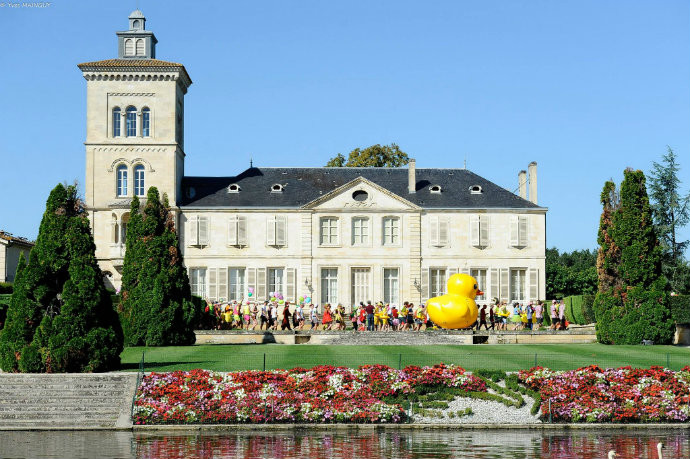
7) Skarkasse 3-Laender Marathon (Germany, Austria and Switzerland). This unique marathon offers runners an opportunity to run through three countries - Germany, Austria and Switzerland in one single race! This 26.2-mile journey starts on the island of Lindau, Germany, before taking runners through several Austrian towns, and then crossing the Swiss border and finishing in Bregenz. The flat terrain, half of which courses along the shores of Lake Constance, features a mix of cobblestone, gravel and asphalt.
8) Big Sur Marathon (California, USA). For the past two years, the Big Sur Marathon sells out in record time! Traversing through one of the world’s most scenic courses, meandering through the coastline along the azure blue waters of the Pacific ocean and redwoods, the Big Sur International Marathon held in California ranks high on the list of challenging marathons due to its alpine terrain and strong headwinds. Known for its incomparable natural beauty and dramatic coastal scenery, this race has a strict 6-hour time limit to complete it.
9) Patagonian International Marathon (Patagonia, Chile). This marathon will take you through the jaw-dropping landscapes of Torres del Paine National Park, a route which makes way through turquoise waters, towering peaks and pristine glaciers. This is also the most eco-friendly race in the world. Instead of medals, participants have a tree planted in their name. The organisers also encourage you to carry your own water bottles to avoid cup waste. So, go ahead and fulfil your dream of running in one of the most pristine places on the planet!
10) Australian Outback Marathon (Australian). Big open skies, cool rock formations, soft red earth under your feet, this marathon was made for adventure seekers and nature lovers. This marathon will give runners a glimpse of the famous Uluru and Kata Tjuta rock formations and sacred sites of the aboriginals of the area.
(09/07/2019) Views: 5,610Time marches on but I just keep going says 102-year-old Ida Keeling
Ida Keeling is just 4-foot-6, weighs 83 pound and is 102-years-old. Ida rides an exercise bike, lifts weights, and runs up and down the hallways of her apartment building or on a treadmill.
Her daughter, Shelley, is the one who actually got her to start running – at the age of sixty-seven after some incredible hardships. They ran a 5K that year and Ida says, "I thought that race was never going to end...however I felt so good (afterward) and have been running ever since."
In 2011 she set a 60 meters world record of 29.86 seconds in her 95 year-old age group. At 99-years-old (in 2014), Ida set the fastest known time for a woman of her age in the 100-meter-dash posting 59.80. In 2016: 100-year-old Ida Keeling became the first woman in history to complete the 100-meter dash in one minute 17 seconds. Shelley could not be prouder of her mother.
“The biggest thing with my mom," says Shelley, "is that she never lets anything get her down. If somebody said to her, ‘I’m going to put you in a box and you’re never going to get out,’ she’s say, ‘Just you wait.’”
“You see so many older people just sitting around," says Ida, "well, that’s not me. Time marches on, but I keep going.”
(03/15/2018) Views: 5,575Inspirational Stories
Timothy Olson (Probably) Just Nabbed the FKT on the PCT
After 2,652 miles, 400,000 feet in elevation gain, and more than 51 days, the ultrarunner finished his PCT thru-hike.
Fifty-two days, eight hours, and twenty-five minutes. As of Thursday evening, that’s the record Timothy Olson appears to have beat running from border to border, Mexico to Canada, on the Pacific Crest Trail. Once Olson’s own time is confirmed, he will have completed the PCT faster than anyone ever before. According to his Instagram account, his unconfirmed time is 51 days, 16 hours, and 55 minutes.
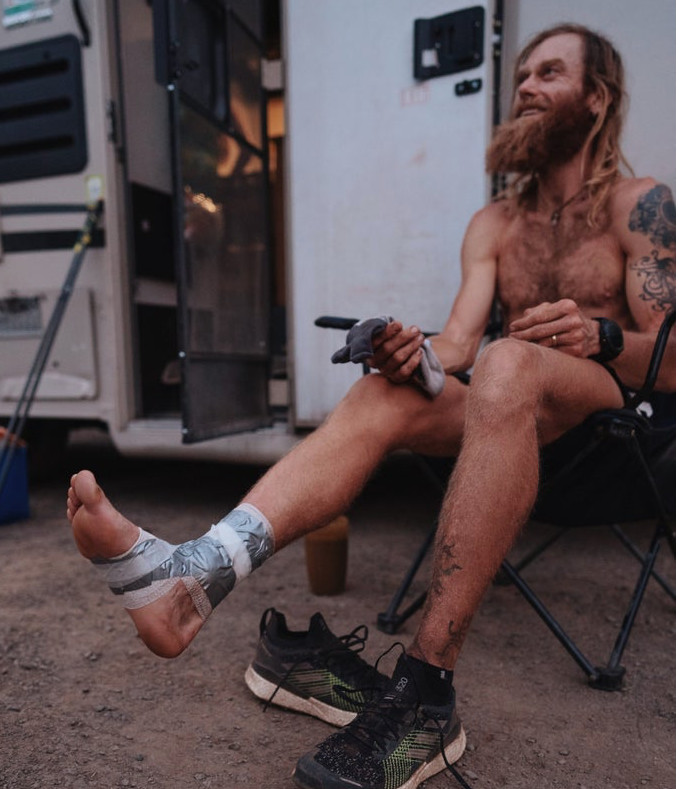
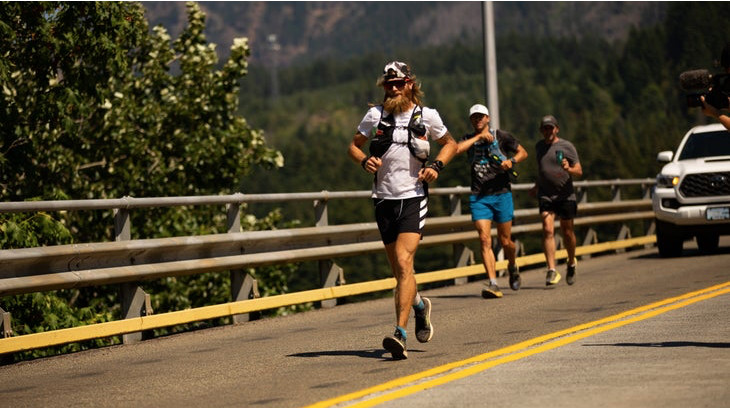
When Olson arrived at the northern terminus of the PCT at 10:48 P.M.on Thursday, he seemingly surpassed the record held by Karel Sabbe from Belgium since 2016. An FKT on the PCT, which winds through 2,652 miles of rugged mountain terrain in California, Oregon, and Washington, is one of the most prized speed records in thru-hiking and ultra-running. And for good reason: Olson averaged more than 50 miles a day for seven weeks straight for this record, often at alpine altitudes, gaining more than 400,000 feet in elevation. Not to mention another 400,000 feet of elevation loss.
Olson wore a GPS tracker for the length of his run, and once the data is confirmed, the official time will be released. (The complete tracker data has yet to be made public.) He started his journey in Campo, California, on June 1, which suggests he beat Sabbe’s time by less than 24 hours. The record comparison is complicated by the fact that trail adjustments, closures, and above all, seasonal wildfires, mean that the Pacific Crest Trail varies in route and length every year. This means that Olson, along with every thru-hiker, had to improvise: at least once, Olson ran up to a trail closure, turned around, ran back to a trailhead, and was driven to the other side of the closure. The extra added miles approximately equaled the distance of the closure, so even if Olson could not run every mile of the trail, he likely ran as many miles, if not slightly more.
Olson is not an amateur athlete, and this isn’t his first ultrarunning record. He once held the record for the Western States 100-Mile Endurance Run, which he won in 2012 and 2013. But running the PCT is a fundamentally different challenge, physically and logistically.
Many FKT attempts on the country’s “triple crown” of thru-hikes, which also includes the Appalachian Trail and the Continental Divide Trail, end in failure, often due to injury, inclement weather, or sheer exhaustion. Olson was supported by a team of seven following along in two RVs, rendezvousing with Olson as he passed through trailheads, and handling logistics like food and laundry. Most nights, Olson slept in an RV. But in several especially isolated sections, such as the Sierra Nevada, Olson spent the night alone, sleeping on the ground along the trail Sweetening the moment of victory for Olson is that his wife and fellow ultrarunner, Krista Olson, is eight months pregnant with their first daughter. “Each step of the journey, I am connected to my family,” Olson wrote on his Instagram as he ran through Snoqualmie Pass in Washington. Krista and both of his sons, Tristan, 8, and Kai, 5, were active members of his support team, meeting him at trailheads and assisting with logistics. Sometimes, his sons even joined him for brief sections of trail.
In addition to record-chasing, trail running has helped the Olsons cope with loss—in particular, two miscarriages they experienced before their current pregnancy. As part of the FKT attempt, they’ve been raising money for Return to Zero: H.O.P.E., a non-profit that supports families going through pregnancy loss or baby loss.
Thru-hiking the Pacific Crest Trail is an elite physical challenge, even at a normal pace. In 2019, the Pacific Crest Trail Association issued 5,441 thru-hike permits, and another 2,437 permits for section hikes. Of those, only 1,181 people self-reported as having completed the entire PCT. Typically, thru-hikers finish in five to six months, carrying their own food and gear, and sleeping in tents each night. Completing the trail in less than two months, and the logistics needed to make an FKT attempt possible, registers on an altogether different scale of magnitude.
“In a normal year, only around one-fifth of the people who set out to hike the entire PCT actually succeed,” says Scott Wilkinson of the Pacific Crest Trail Association. “To travel the entire trail in a single season is remarkable. To do it faster than anyone ever has? It’s mind-boggling.”
The number of thru-hikers grows each year, as does the number of competitive ultrarunners. For those reasons, Olson’s FKT attempt certainly won’t be the last. But for now, he can rest easy knowing that he is very likely the fastest known PCT thru-hiker of all-time.
(07/24/2021) Views: 5,569Back Packer
What did Yuta Shitara strap to his arm at the last aid station at the Tokyo Marathon?
Yuta Shitara ran the fastest marathon of any Japanese runner ever at the 2018 Tokyo Marathon on Sunday. He clocked 2:06:11.
At the last aid station he pulled something from his bottle set-up and put it around his right arm bicep. One person on Let's Run suggested it was a "a giant nicotine patch." Another said it was a "Hello Kitty Coin Purse."
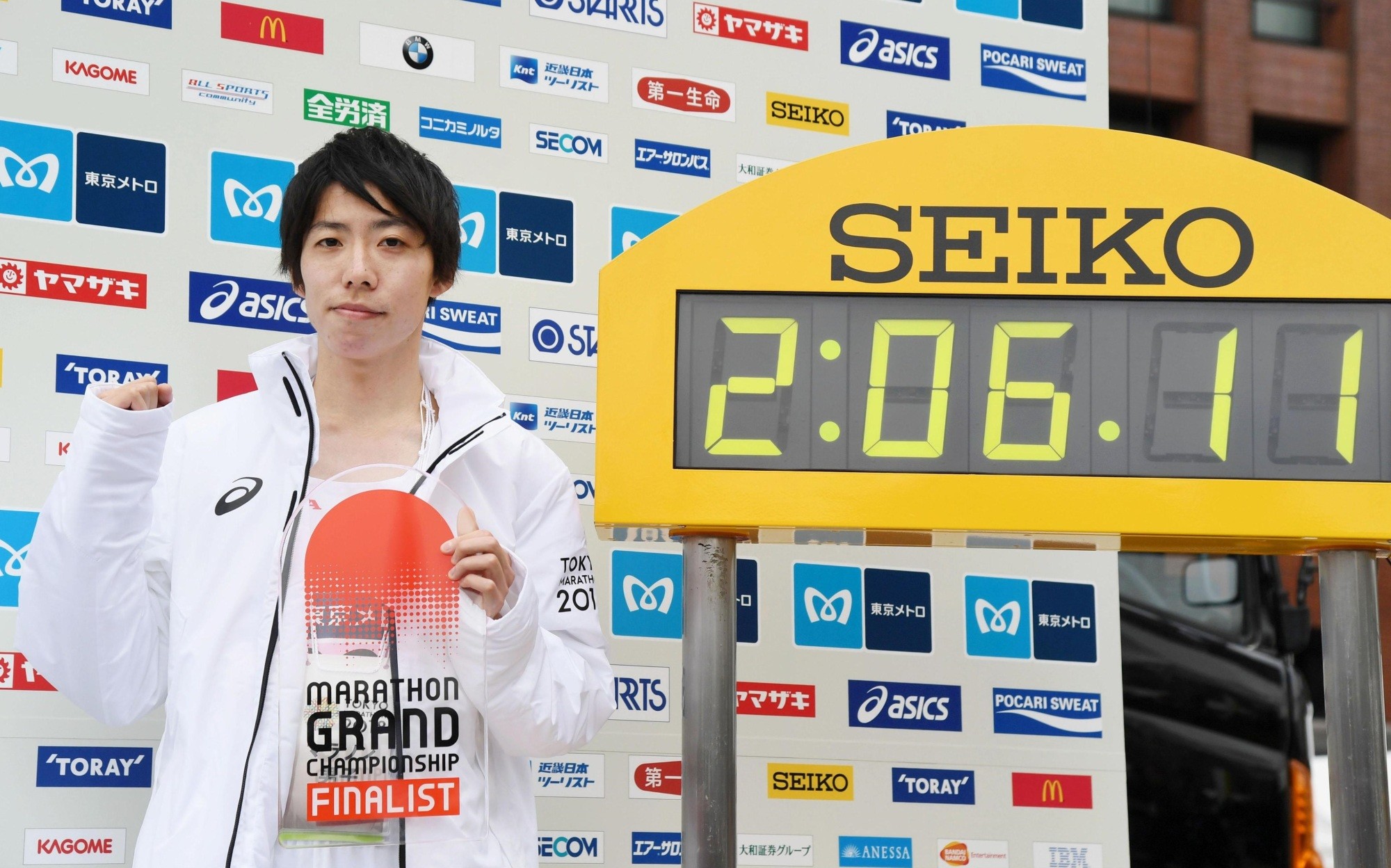
Michael Capper on FB said "Never seen this before." Gary Rush stated, "Maybe a gel fluid holder? I think its against IAAF rules for elites to wear or use communication devices or receive electronic updates during a race."
Bob Anderson says, "After looking at more than ten photos of Yuta finishing races, I did not see a similar 'thing' strapped to his arm."
In any case he blasted the last few kilometers wearing this 'thing'. Did it give him an unfair advantage? "First of all we need to know what it was," says Bob.
(02/25/2018) Views: 5,549Japan's Yuki Kawauchi was 91 seconds behind at 35K, then he made an unbelievable move to win Boston
It looked like last year's Boston Marathon winner, Geoffrey Kirui, was going to win again but he may not have realized how tough of a runner Japan's Yuki Kawauchi really is in challenging weather conditions.
Kirui had taken command at 30K opening up a 28 second lead on a pack of three behind including Japan's Yuki Kawauchi who lead the pack through the half marathon mark.
At this point Shadrack Biwott was the first American as Galen Rupp was not handling the weather well. Geoffrey stayed in control, hitting 35K in 1:50:49 after a 15:51 5K split.
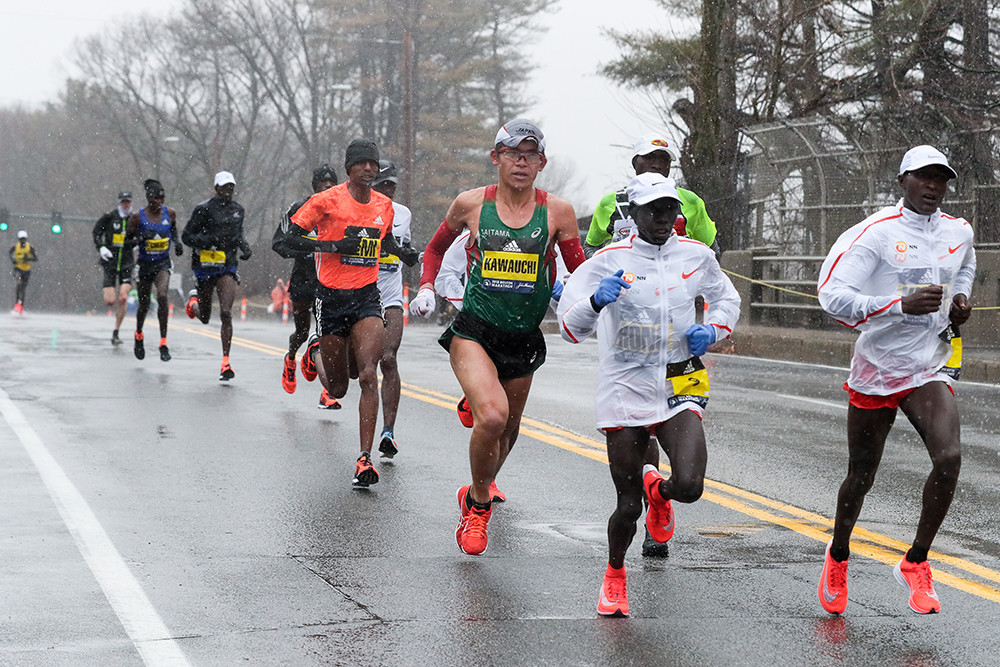
Yuki was 91 seconds back. Then Yuki made an unbelievable move (running a 5:08 mile) and overtook Kirui and never looked back. Two America's were in the top four with just a mile to go (Biwott and Pennel) and stayed that way to the finish.
Yuki crossed the finish line first in 2:15:54 beating last year’s champion by over three minutes. Yuki became the first Japanese runner to win since 1987. Geoffrey finished second in 2:18:21, Biwot third in 2:18:32 and Pennel fourth in 2:18:57.
In the end there were six American's in the top ten. Tenth place being almost 12 minutes behind the winner. Kawauchi said through an interpreter after the windy, rainy race that "it was the best conditions possible" for him.
(04/16/2018) Views: 5,546Bob Anderson
Ministries Endorse Reggae Marathon
Minister of Health, Dr. the Hon. Christopher Tufton, and Culture, Gender, Entertainment and Sport Minister, Hon. Olivia Grange, have applauded the Reggae Marathon, Half Marathon and 10K events for their significant contribution to sports tourism in Jamaica within the last 16 years. (11/28/2017) Views: 5,511Olympian Meb Keflezighi will participate in Tallahassee Half Marathon this weekend
On its merit, the Tallahassee Marathon, Half Marathon and relay race are noteworthy events that attract competitors.
This year, the 45th edition of the city's marquee long-distance meet elevates its status with the participation of Olympian Meb Keflezighi.
The San Diego native will participate in the half marathon Sunday morning.
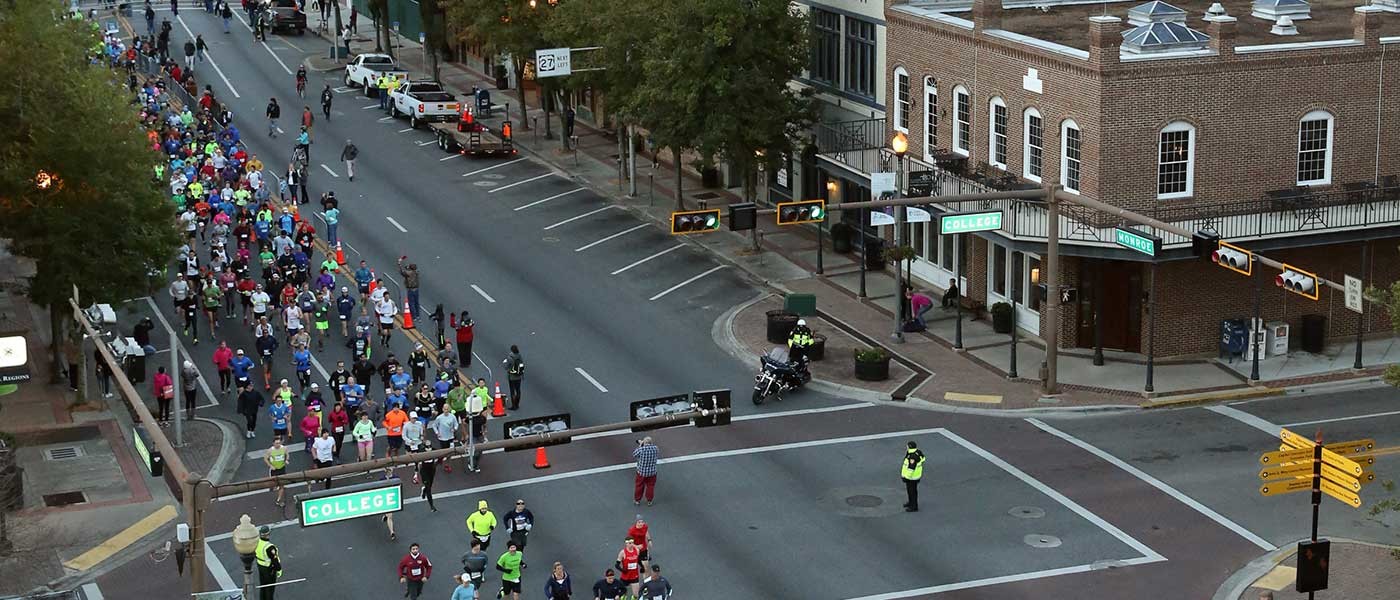
Keflezighi has traveled across the globe throughout his athletic career.
He competed in the 2004 Summer Olympics (silver medalists) and 2012 Summer Olympics. Keflezighi also raced in the New York City Marathon in 2004 (second place), 2005 (third place) and 2009 (first place). The famed runner ran the Boston Marathon twice. He took third in 2006 and first in 2014.
This weekend marks his first-ever trip to Tallahassee.
"I'm excited to partake in the Tallahassee half marathon and run through the city," Keflezighi said.
"People will be surprised to see me next to them. I will tell them stories about New York, Boston and the Olympic games. It's going to be fun. It's all about accomplishing your goals and I'm there to support them. The people here love the sport and I'm happy to be here and enjoy the journey with them."
(02/02/2019) Views: 5,469Powered by Potatoes, Fueled by Passion: Inside the Rise of KATA in Kenya
THIKA, Kenya, July 18, 2025 — About 40 kilometers northeast of Nairobi sits Thika, a town once best known for its factories. But just outside its bustling center, a quiet revolution is taking place—one that’s redefining how running talent is discovered and developed in Kenya.
Welcome to the Kenya Athletics Training Academy (KATA)—a visionary project founded by Runner’s World and My Best Runs creator Bob Anderson (first photo) and powered by a bold and sustainable idea: combine world-class running with community farming. What began in 2019 as a modest base has grown into a thriving network of athletic development across Kenya.

Thika: The KATA Running Retreat
At the heart of it all is the KATA Running Retreat in Thika, where Kenyan athletes live and train full-time, and where guests from around the world come to “train the Kenyan way”. Situated at altitude, the retreat offers structured training, rest, nutrition, and performance monitoring on a measured course.

Thika is managed by Christopher Kamande (photo 4), who ensures that the vision is executed with care and discipline.
“We provide a safe space for these athletes,” says Kamande. “They get everything they need—meals, coaching, rest, even digital support for their racing profiles. We treat them like the professionals they’re becoming.”
Athletes’ verified performances are uploaded to My Best Runs by Elam Wangwero (photo 5 when he met Bob and his wife Catherine for the first time in 2014), KATA’s digital lead and longtime collaborator with Anderson. “When someone runs 28 minutes here, the world should know about it,” he says.
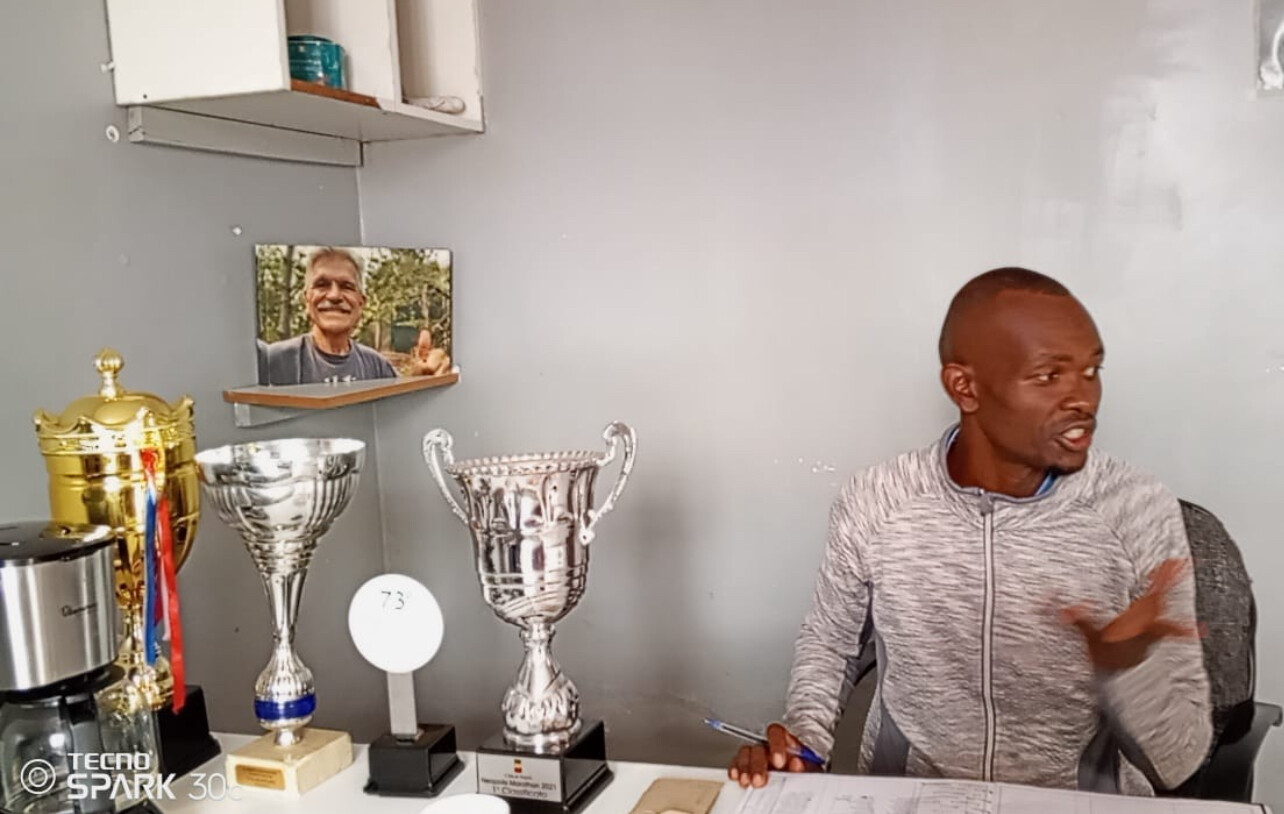
A Model That’s Growing Across Kenya
Since June 2025, the KATA team has launched a new initiative: combining elite training camps with three-acre potato farms to build sustainable, athlete-driven communities. In just six weeks, 30 new KATA Running Camps and KATA Potato Farms have been established across Kenya, with two more set to open by August 1, bringing the total to 32.
“This gives us 32 KATA Camps and Farms,” says Anderson. “It has been exciting to find operators who share the same passion as I. We have an amazing group of operators—all dedicated to our unique project. They all know how important their three-acre potato farm is, because that’s what will power their camp in the long run.”
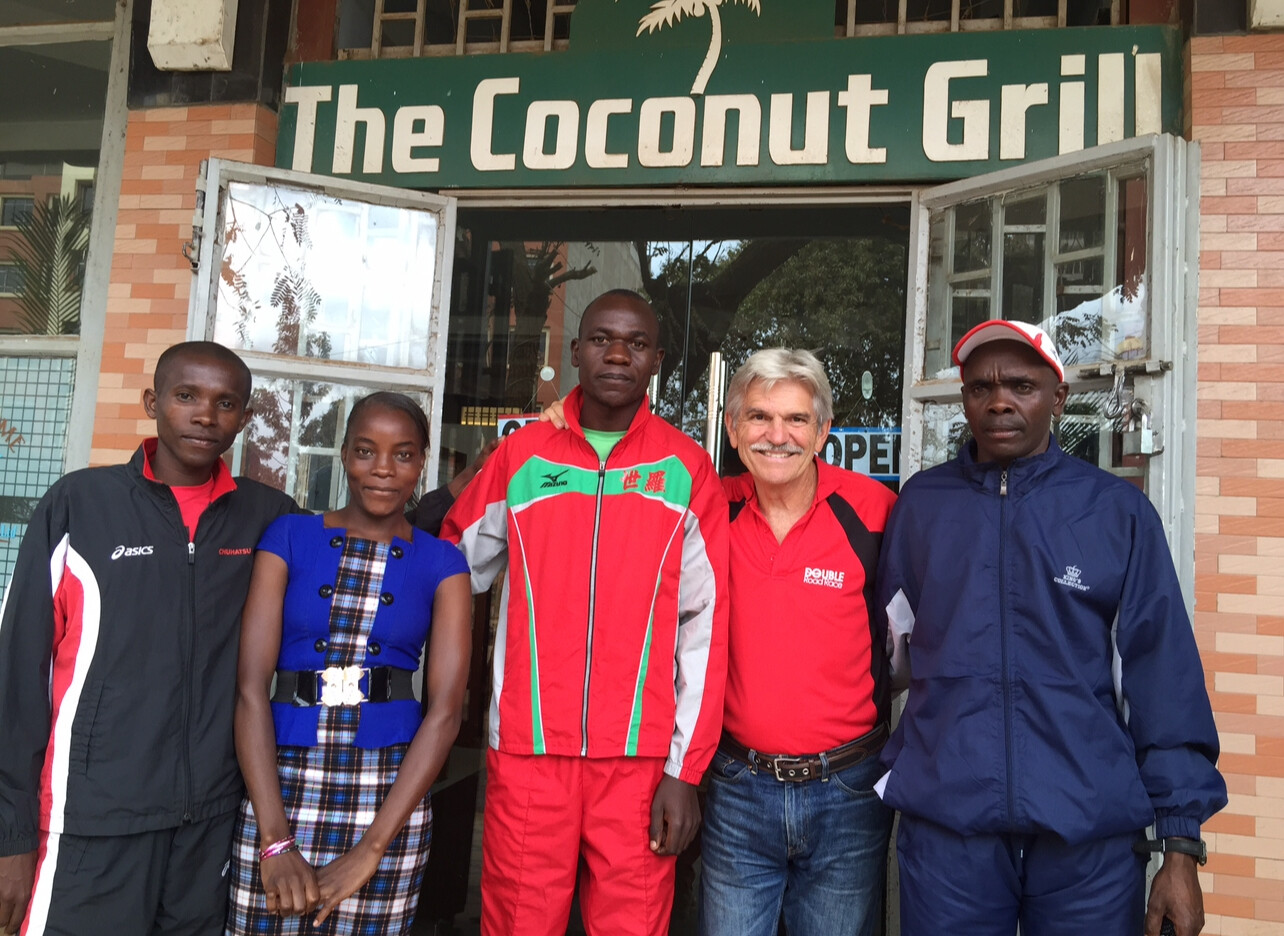
At each location, athletes work 25 hours a week planting, maintaining, and harvesting potatoes. In return, they receive free housing, daily meals, and world-class coaching—a holistic model designed to develop both athletes and communities.
“This model gives athletes a chance not just to run, but to build a life,” says Kamande. “It teaches responsibility, sustainability, and teamwork.”
Time Trials that Open Door's
KATA’s monthly 5K and 10K time trials (phot two) certified and measured, are held on the Thika course and have become a trusted platform for athletes to showcase their ability to race organizers and sponsors worldwide. “Our monthly time trials were started September 2021,” says John KATA’s head coach, “we have seen many amazing performances both from our KATA’s athletes and others.” All runners are invited to come run.

“These time trials are life-changing,” Kamande says. “Many of our runners don’t have agents or the means to travel to big races. So we bring opportunity to them.”
Results are published on My Best Runs, offering a transparent, verified path to the world stage.

From 34 Minutes to 27:47
Before the farming project began, KATA was already changing lives—and Peter Mwaniki Njeru (photo three) is one of its earliest and most powerful success stories.
“When Peter first came to KATA,” recalls Anderson, “he was running around 34 minutes for 10K.” Through structured training, support, and work around the Retreat, Peter steadily improved. In 2024, he stunned the running world by winning the Chicago 10K in 27:47.
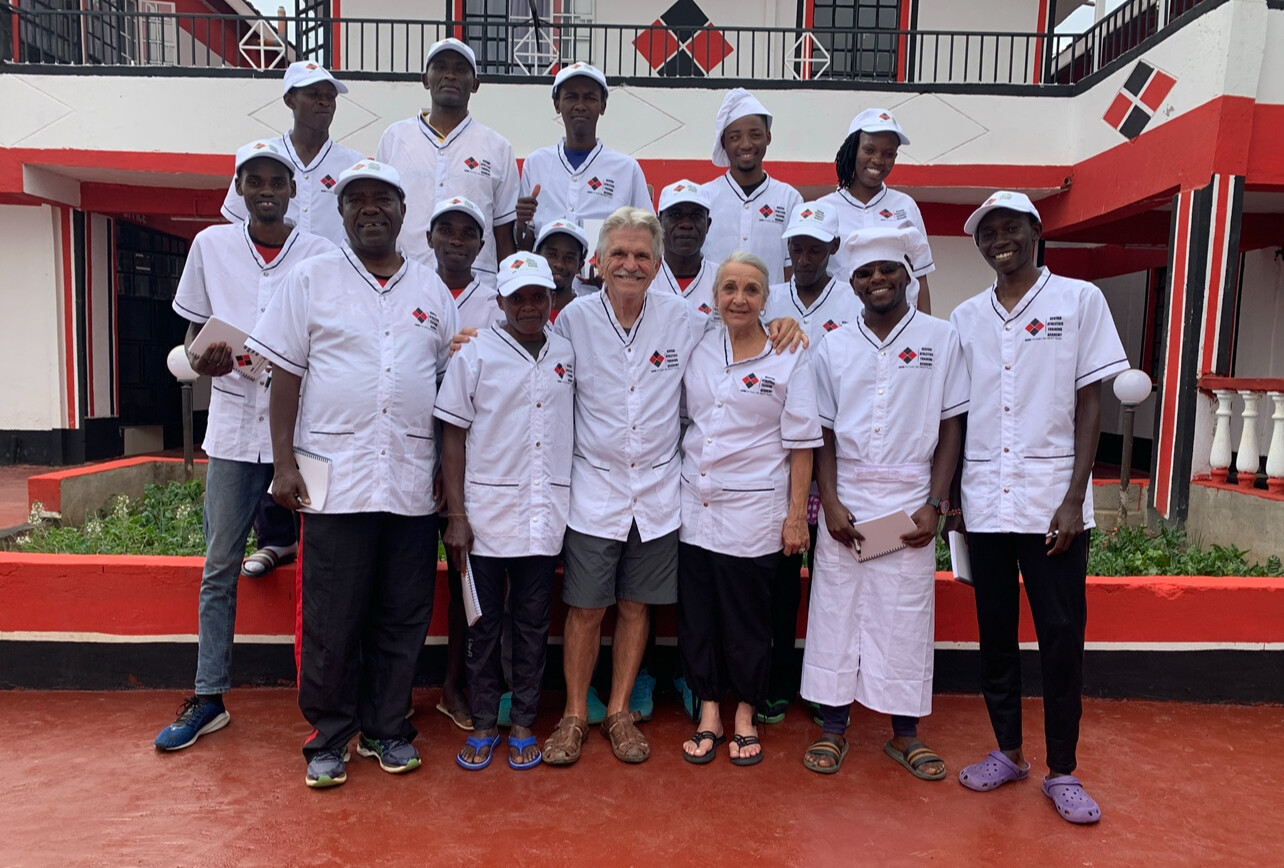
A Legacy Rooted in Vision
At a time when many athletes in Kenya pay to train, live in overcrowded rooms, and struggle for basic support, KATA is different. Everything—lodging, food, coaching, and opportunity—is provided at no cost to the athlete. And now, through potatoes, the project has a path to sustain itself.
One KATA operator summed it up best in a message to Bob Anderson:
“Your unique approach,” wrote Edwin Soi, “blending athletic training with sustainable farming, is clearly making a significant positive impact on the lives of the athletes and the community. It’s a testament to how innovative ideas, when implemented with genuine care, can empower people far beyond their initial scope.”
As the KATA Running Retreat in Thika and now also in Portugal continues to welcome international guests and the KATA Camps and Farms spread across the country, the mission remains clear:
Empower athletes. Build communities. And grow the future—one step, and one potato, at a time.
(07/18/2025) Views: 5,451Robert Kibet
Atlanta running legend Jeff Galloway suffers heart attack
After a career of being the cheerleader and coach for those who have come back from injuries and illness, I will now be the athlete on the recovery trail.
Last Monday I was just finishing up a short Elliptigo and rowing session when I got up and suddenly experienced a dizziness that I hadn’t had before. After trying to walk around the house to settle myself, the symptoms got worse - nausea and extreme fatigue.
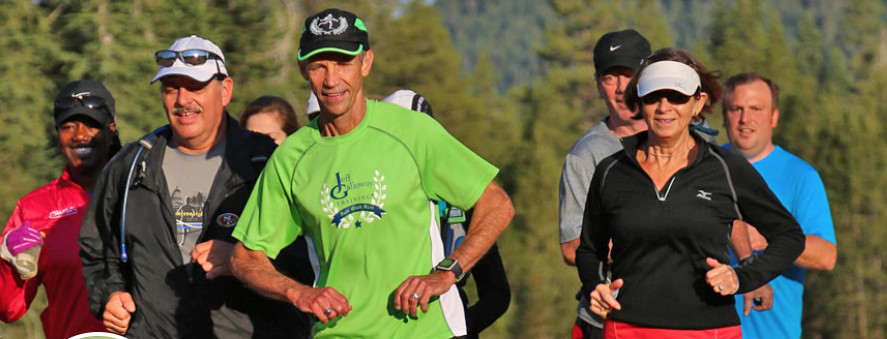
My health and the Piedmont team allowed me to survive what we now know was a heart attack, but even those advantages won’t make it easy to get back to full strength.
My family and I thank you for your support during this recovery time. I will be taking some downtime to recuperate, but I can’t wait to be back seeing everyone at events, retreats, and virtually.
I hope you can get out today and run or walk, hug or call a loved one, and if you are feeling bad GO SEE SOMEONE about it. Doctors and science are pretty amazing!
(04/24/2021) Views: 5,450Jake and Zane Robertson are the world’s Fastest Twins in the Half Marathon
Jake and Zane Robertson moved from New Zealand to Kenya to live and train ten years ago. When they arrived they found it very hard but then they found Shaheen [world record holder in steeplechase] training in Iten.
He heard their story and said, “That’s a poor life. Tomorrow I’ll get you a house next to me. You’re on me in Iten.” They moved to Iten with Shaheen’s training group. He didn’t charge then rent.
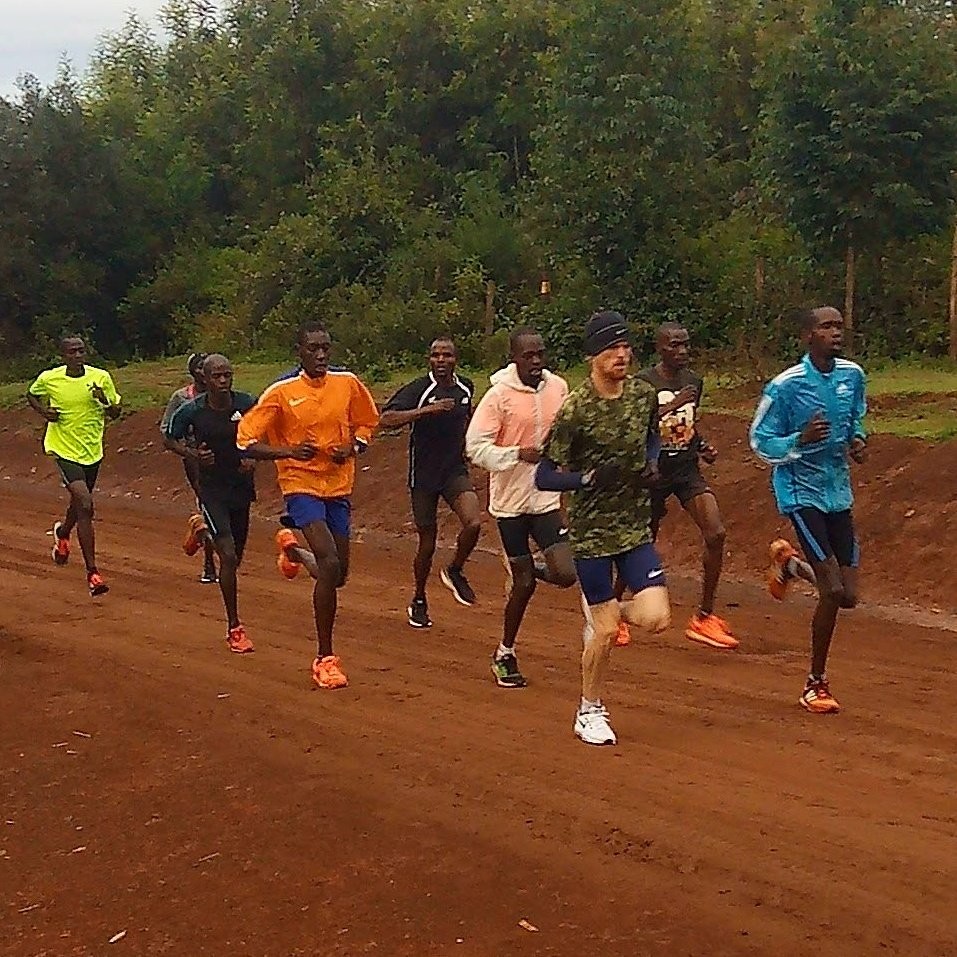
The twins lived, ate and trained like the Kenyans, who run 2-3 times a day six days per week. Running is the number one most important thing for most Kenyan runners.
Did this change of life help them become two of the fastest runners in the world? They think so. Jake has run two 1:00:01 half marathons and Zane has run 59:47.
Looks like their life in Kenya is working for them. Jake is running the Cresent City Classic 10K March 31...going for a repeat win.
Photo: Jake Robertson training in Kenya
(03/18/2018) Views: 5,441Eliud Kipchoge says he handles pain by smiling - Part two of a three part series on the King of the Marathon
The King of The Marathon Part Two: an inside look into the life of Kenya's Eliud Kipchoge. He began his move into road running in 2012 when he clocked 59:25 for the half marathon. In 2013 Eliud ran his first marathon when he won the Hamburg Marathon clocking 2:05:30, setting a new course record.
In 2016 he won the gold medal in the marathon at the Rio Olympics. He has won 10 out of the 11 marathons he has run. Wilson Kipsang beat him in 2013 in Berlin when setting the world record.
We Eliud trains in Eldoret, the home of Champions. His humbleness is seen when training with athletes. Eliud keeps a low-profile and even does house chores in camp like washing toilets, utensils, cutting grass and cleaning the dining hall. He uses public buses or bodaboda to travel despite having good cars.
He has earned a lot of prize, bonus and sponsorship money from running especially since he moved to the road. However, money hasn't changed his character. He says, "An athlete with 50 million Kenyan shillings ($500,000US) in his bank account can brag, but a farmer who uses the same amount to plant wheat is not even noticed as he walks around town."
Eliud loves the simple life and when he travels he arrives without many people realizing it. He loves his Nike shoes and is comfortable with NN running and with his mentor and neighbor Patrick Sang. During the Nike project, he almost broke the two hour mark clocking 2:00:23 for the full Marathon. Yes, the conditions were perfect and he was paced like in a time trial but his body ran the distance.

He puts in a lot of hardwork, discipline and good training. He also eats a healthy diet. Before he lined up to run the Berlin Marathon this was the kind of workouts he was doing. 8x1600 (recovery 1:30) + 10x400m (recovery 45 seconds) in Eldoret altitude 2200m (7200 feet) above sea level. His 1600m times were: 4:35, 4:33, 4:32, 4:34, 4:33, 4:32, 4:33, 4:33. His 400m times were: 62, 63, 63, 62, 62, 62, 61, 62, 61, 60.
He always does speedwork on the track wearing racing shoes with other fast athletes like Kamworor, Brimin kipruto and Conselsius. "You can't train alone because you need others to push you higher to reach your best limit," Kipchoge told me last month at Kabarak university. No marathoner has been more dominant in the marathon than Kipchoge.
The 5'6" 115 pound Eliud has never sustained a serious injury because he listens to his body and eats a healthy diet. Even the greatest runners have days when they have a strained muscle or an upset stomach kept them from winning but not Kipchoge.
He actually has a winning formula: Motivation plus disipline equals consistency. Pain, he says, is nothing more than a mind set so he distracts himself with other thoughts such as the joy of running and the finish line ahead, then the pain fades with a smile on his face. He has a habit of smiling whenever pain sets in.
Tomorrow in part three of this series we look closer at Eliud’s healthy diet and at the day he broke the world Marathon record. We talk about the prize money and how Eliud wants to help others.
(09/21/2018) Views: 5,392Willie Korir reporting from Kenya
Is Yuki Kawauchi's secret weapon doing long distance runs at a slow pace? He ran 44 mile race Sunday
2018 Boston Marathon winner, Japan’s Yuki Kawauchi, won the Yatsugatake Nobeyama 71K ultramarathon in Nagano, Japan Sunday May 20, taking more than six minutes off the course record in the process.
His winning time was 4:41:55 (6:23/mile for 44.1 miles). He won by more than half an hour. According to Japan Running News, Kawauchi is training for the Stockholm marathon, which is June 2.
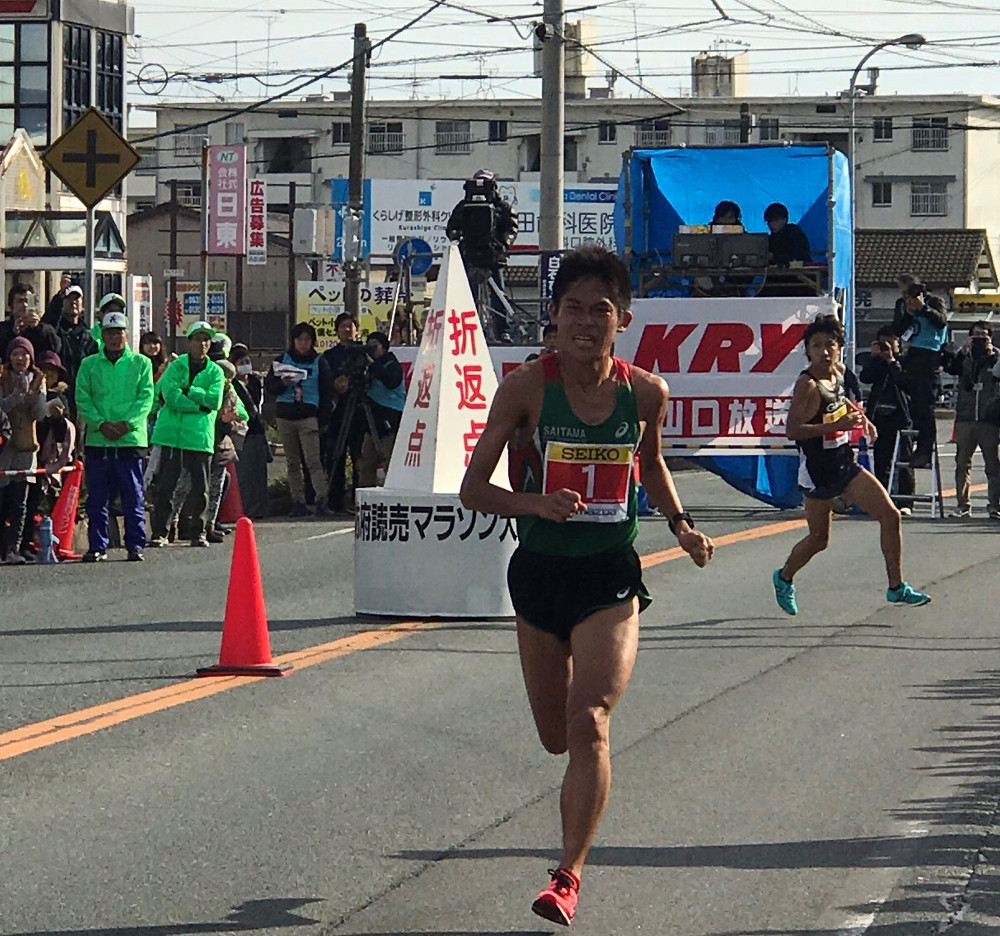
Yuki finished sixth place there last year. This was the longest race of Kawauchi’s career so far. Kawauchi is famously unusual in his incorporation of over-distance training at a slow pace into his training, something few world-major elites do.
Some believe it’s his secret weapon, though others are skeptical of its value in marathon training.
(05/21/2018) Views: 5,302The $500,000 Asian Premier Marathons Rankings will help bring attention to Asian Runners
In a major boost to the development of endurance sports in Asia, Asian Athletics Association announced the $500,000 prized Asian Premier Marathon Series 2017-18 last July.
Beijing Marathon, Seoul Marathon and Beirut Marathon are the three founding members of APM. Top three men’s and women’s Asian runners (6 in total) will share the half a million USD cash award. Kim Jae-hoon (29) and Kim Do-yeon (25), who came first among Korean marathoners in the men’s and women’s race, respectively, at the 2018 Seoul International Marathon and the 89th Dong-A Marathon, are now the leaders on the Asian Premier Marathons (APM) ranking. The APM was modeled after the World Marathon Majors.
(03/22/2018) Views: 5,290Aidan Puffer continues to break world records. It started at age 11 and this week the 14-year-old clocked a 14:47 5000m, another world record for his age
Aidan Puffer is a 14-year-old high school freshman at Manchester. When he crossed the finish line at the Bob Michalski 5000m Championship at the Connecticut Distance Festival on Thursday he had a relaxed demeanor. Placing third behind Xavier junior Robbie Cozean and Hall senior Trey Cormier, Puffer remained calm and stoic after his finish.
For those watching the bushy-haired 14-year-old, it appeared to be just another finisher.
Except it wasn’t. Puffer had just broken a world record.
With his time of 14:47.66, Puffer broke Hans Segerfelt’s mark of 15:10.2, set in 1975, to claim the world’s fastest time in the 5K by a 14-year-old.
“The 14-year-old world record is like, 15:10,” Puffer said. “The freshman national record was like 14:59. The New Balance nationals standard for the 5K championship race is like 14:50. So I was just focused on hitting all of those, mostly just to get 14:50.”
Mission accomplished for Puffer, who trailed Cozean and Cormier for the entirety of the 5,000-meter race. Cozean (14:40.40) and Cormier (14:42.90) exchanged leads for much of the race, while Puffer trailed patiently, checking his watch and adjusting his pace when needed to assure he’d meet his goal.
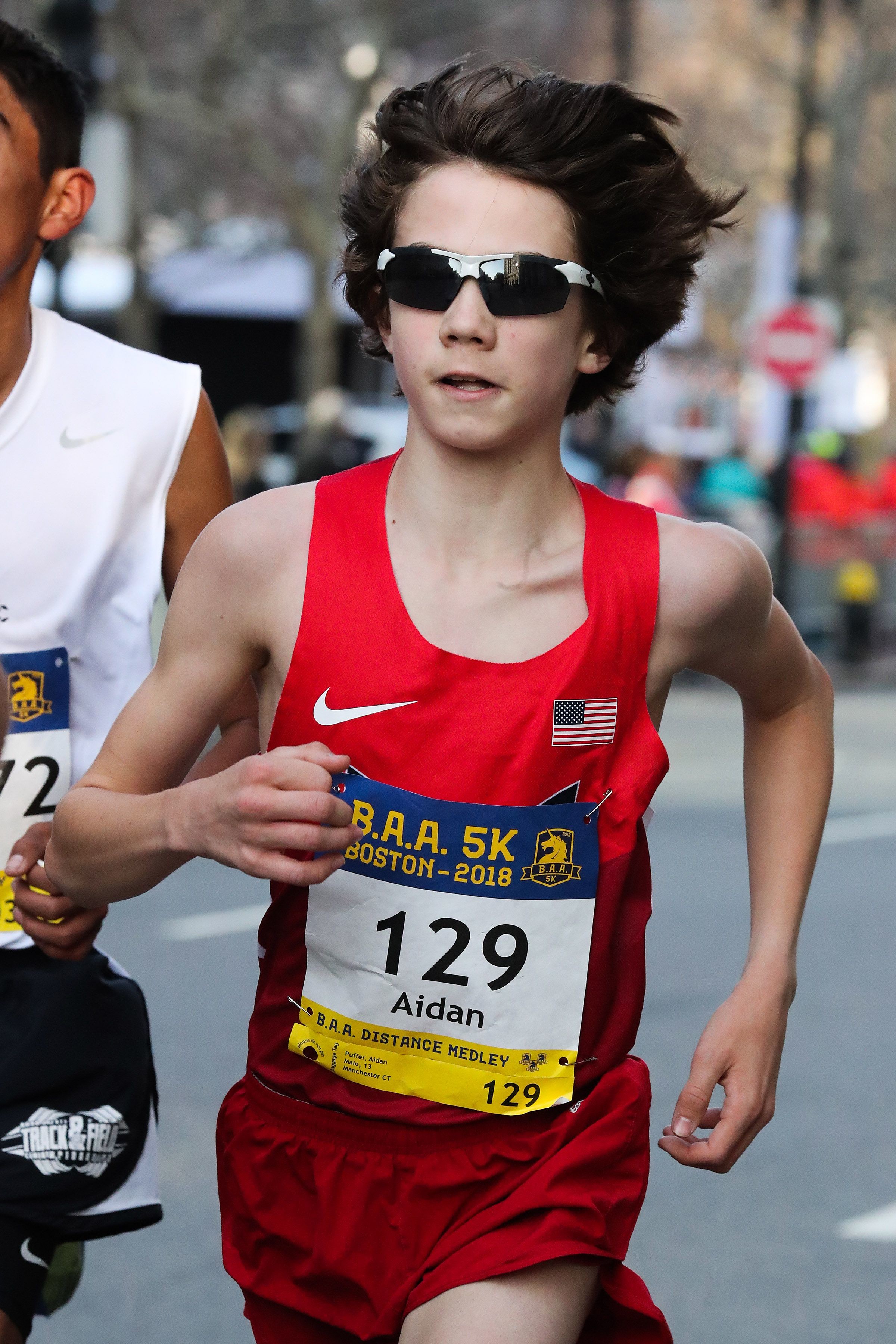
“At the beginning I kind of got a little nervous,” Puffer said. “At the beginning I heard 68s and stuff [for 400m] and I was like ‘Oh man, we need to slow down a little bit.’ I mean, it wasn’t as painful as I thought it would be. I felt really good throughout the whole race.”
Puffer, trains about 40 miles per week and works with his own running coach, has previously set world records in the 5K for the 12- and 13-year-old age groups.
“I’ve never worked with an athlete with as much natural ability as Aidan Puffer,” Manchester coach Mike Bendzinski said.
It all started a few years ago when Aidan’s father, Kyle Puffer decided to do a "Couch to 5K" training program to run a 5K road race.
His son Aidan was 10. He wanted to do it, too.
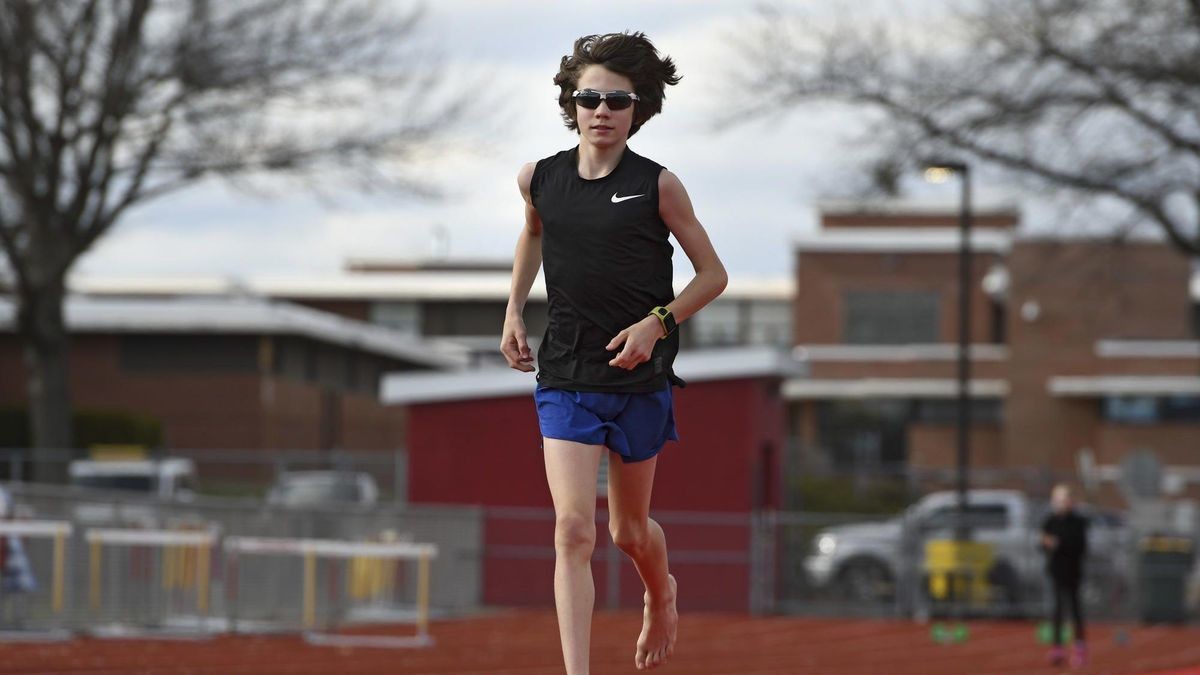
"I remember calling the pediatrician and asking, 'Is this safe for him to do?'" Aidan's mother, Martha, said.
"We knew some other parents who were runners and he beat them and they were like, 'Wow,'" Kyle said. "We said, 'Do you want to do another one?' We found other 5Ks and he ran them and he just kept getting faster. He didn't run other than just racing."
That sounds like a typical kid interested in running. But Aidan wasn't a typical kid. At age 11, he set his first world record, the 11-year-old 5,000-meter record on the track. Then he broke the 12-year-old boys 5K record on the road. When he was 13, he broke another one, the 5K road world record for 13-year-olds.
Then at the BAA 5K, two days before the Boston Marathon, he found himself being called up to the podium where Hagos Gebrhiwet, the Olympic 5,000-meter bronze medalist from Ethiopia, had just accepted the silver loving cup trophy for winning the race.
Puffer had once again broken a world record by finishing the 3.1-mile race in 15:47. A world record for 13-year-olds and now 14:47 5000m on the track, a world record for age 14.
(04/20/2019) Views: 5,284Ethiopians rule at Taipei Marathon 2023
Ethiopia’s won both men’s and women title at the 37th edition of the Taipei Marathon held on Sunday (17) in Taipei, Taiwan.
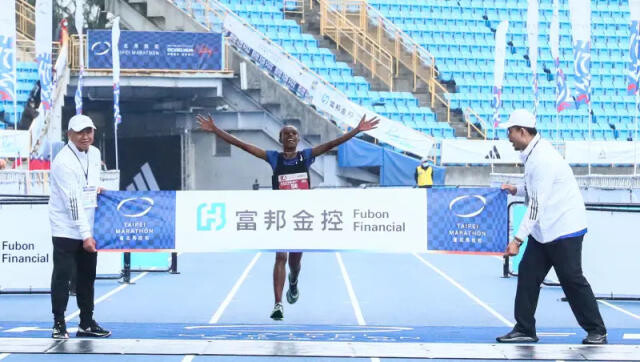
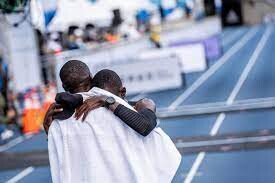
The men title went to Dechasa Alemu Moreda who beat Lani Rutto of Kenya, who was the fastest athlete on paper, at the final stages of the race to cut the tape first in a time of 2:11.56 with the women title going to the 2021 third place bronze finisher Obse Abdeta Deme, who cut the tape in 2:27.14.
(12/18/2023) Views: 5,269John Vaselyne
Too Many Pacers and a Missed Opportunity: Why Faith’s Sub-Four Mile Attempt Fell Short
By Bob Anderson
I watched with high hopes as Faith Kipyegon attempted to become the first woman to break four minutes for the mile—this time on the track in Paris. Nike clearly spent millions putting this event together. The lights, the controlled environment, the precision pacing system, the high-tech spikes—it was all there. Faith is one of the greatest middle-distance runners in history. If anyone could do it, she could. But what unfolded wasn’t the historic breakthrough it could have been. It was, frankly, a case study in poor execution.
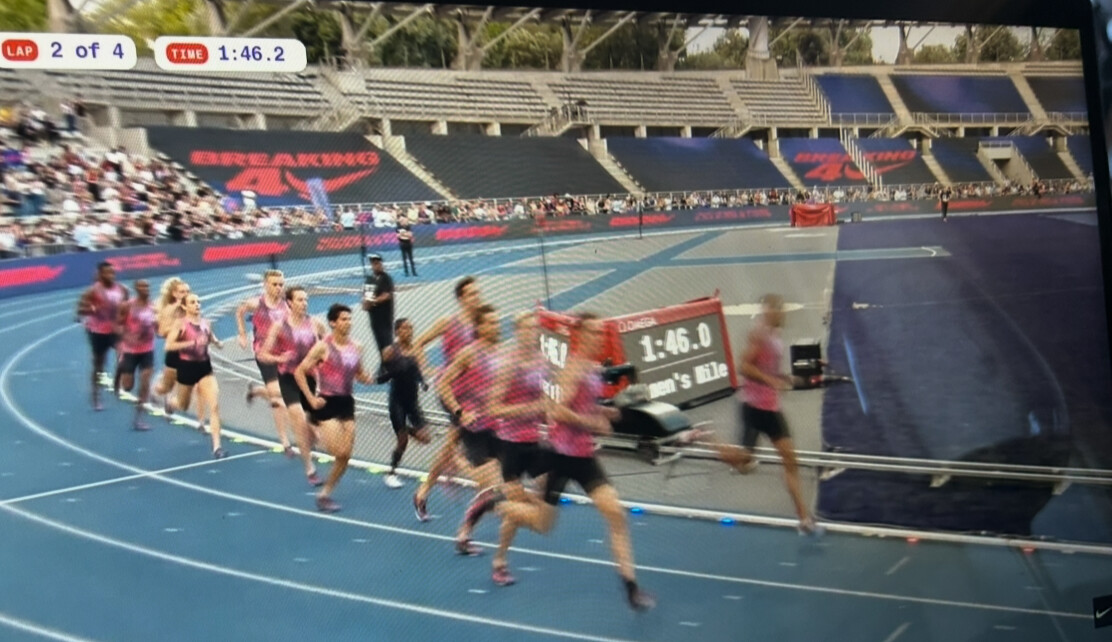
Let’s talk about the pacers. Whoever made the decision to assign thirteen of them made a fundamental error. A great runner doesn’t want five or six athletes stacked in front of her. It’s not just about drafting—it’s about mental clarity, rhythm, and feeling in control. Instead of creating an ideal pacing setup, they created visual and physical chaos. It didn’t feel like Faith was on the hunt for history—it felt like she was caught in someone else’s traffic jam.

The strategy should have been simple: three pacers. That’s it. Three men capable of running 3:58 for the mile. One slightly ahead of her to cut the wind and manage the pace. One at her side to maintain tempo. One behind to steady and support. And critically, with 400 meters to go, they should have faded and let her take the lead—let her own the moment and drive the finish.
This wasn’t a Diamond League race or a championship final. It was a fully staged time trial. Nike had total control over every variable—from the lighting system and pacing software to Faith’s state-of-the-art shoes, designed to give her the maximum mechanical advantage. The shoes themselves—part of Nike’s elite spike line—were made for moments like this. But even the best gear in the world can’t fix a flawed race plan.
Faith needed to feel like the leader. She needed space to surge and the right psychology. Instead, it looked and felt more like a corporate production than a runner-centric event. Too many distractions, too little intuition.
After the race, I reached out to Charles Ngeno, Faith’s former childhood coach and now a KATA Running Camp operator in Olenguruone, Kenya. He said it best:
“Faith is one of the most disciplined and gifted athletes I’ve ever worked with. She has what it takes to run under four minutes. But this wasn’t the way. She needs a setup that gives her space, rhythm, and control—not distraction. I believe she can do it, but next time the race must be for her, not for the cameras.”
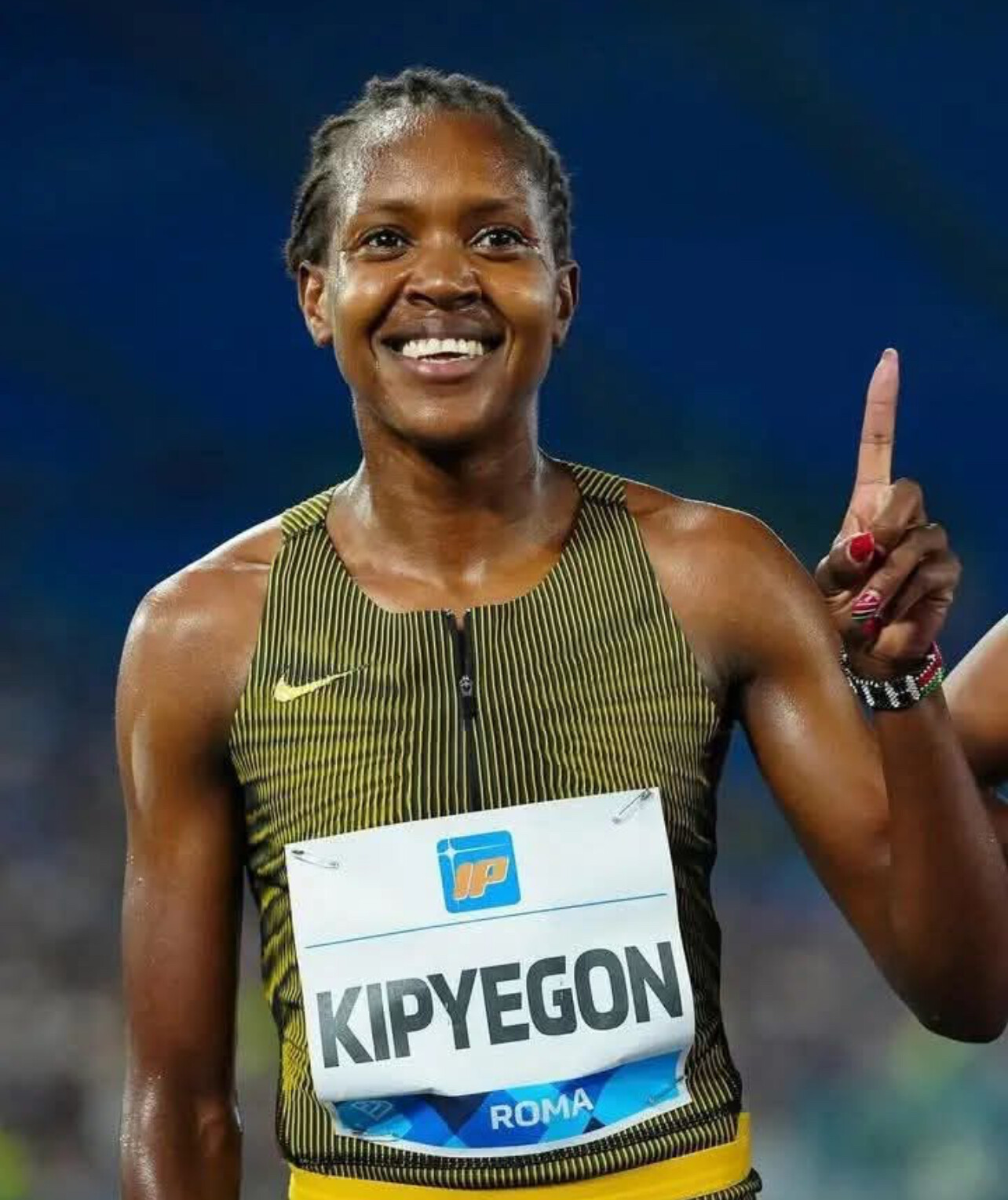
He’s right. Faith will have more chances. She’s too talented not to. But next time, I hope the planners listen—to athletes, to coaches, to those who understand what’s required to break barriers. High-tech shoes and flashing lights don’t make history. Precision, psychology, and smart pacing do.
This was a missed opportunity. Let’s not miss the next one.
(06/26/2025) Views: 5,224Bob Anderson
17-year-old Jakob Ingebrigtsen shocked the world when he won both the 1500 and 5000 at European Championships
The hottest middle distance Track runner right now is just 17-years-old. Norway’s Jakob Ingebrigtsen even makes winning look easy. In the middle of the 5000m in the European Championships he gives his brother (Henrik) a high five.
Jakob must have been thinking a second gold was going to happen. Nothing was going to get in his way even his older brother. Jakob clocked 13:17, a personal best, for the win and his brother placed second.
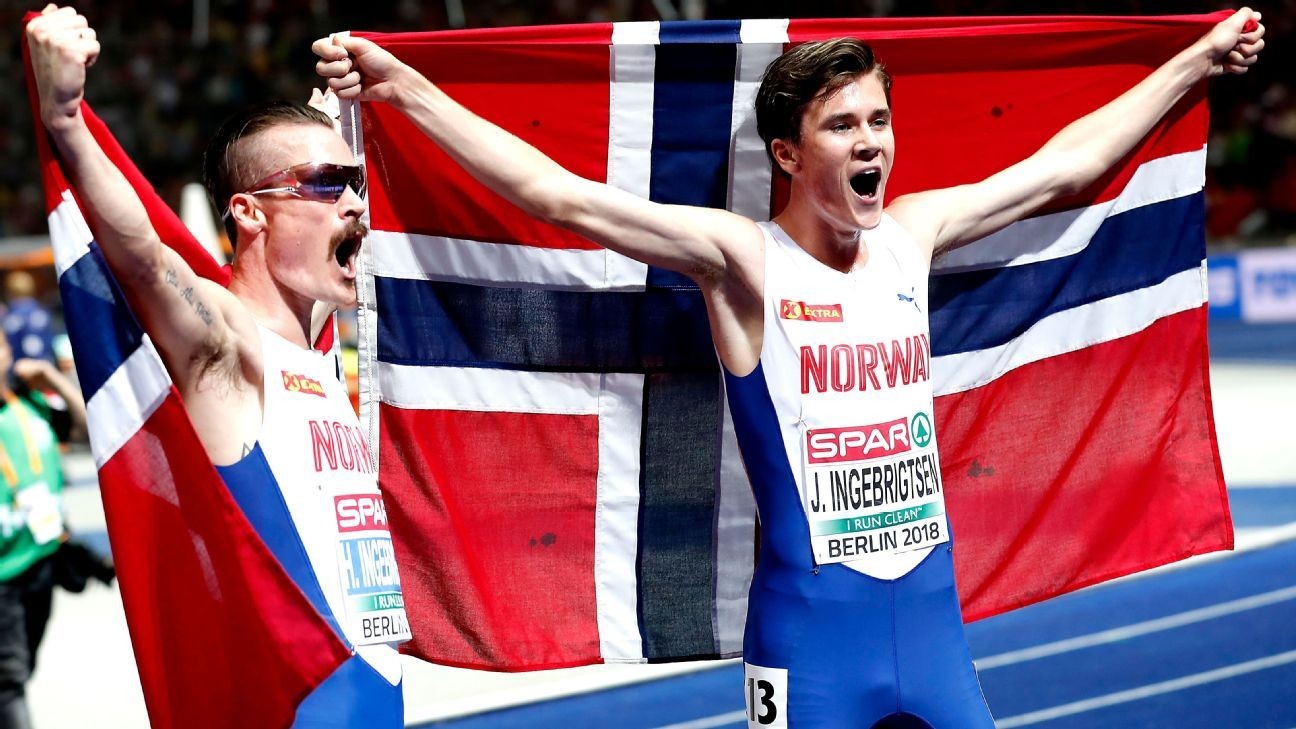
It was the golden double (1500/5000) that rippled around the world, a feat of athletic mastery most could only dream of at any stage of their careers, never mind at the tender age of 17. But sit Jakob Ingebrigtsen down and ask him just how he became this good, this early, and the Norwegian is happy to elaborate and explain why his is an otherworldly talent that has not just been born, but also made.
“I’ve been a professional runner since I was eight, nine, 10 years old,” he says. “I’ve been training, dedicated and following a good structure – the same as my brothers – from an early age. For years he has been on the radar of anyone with a finger to the pulse of junior athletics, but when Jakob completed the 1500m/5000m double this week at the European Championships in Berlin, his star truly went supernova.
Speaking on BBC TV, British long distance athlete Paula Radcliffe said: "Jakob Ingebrigtsen just goes to the front when he wants and dares everyone else to come alongside him. Nobody dares to go past him and he's 17.
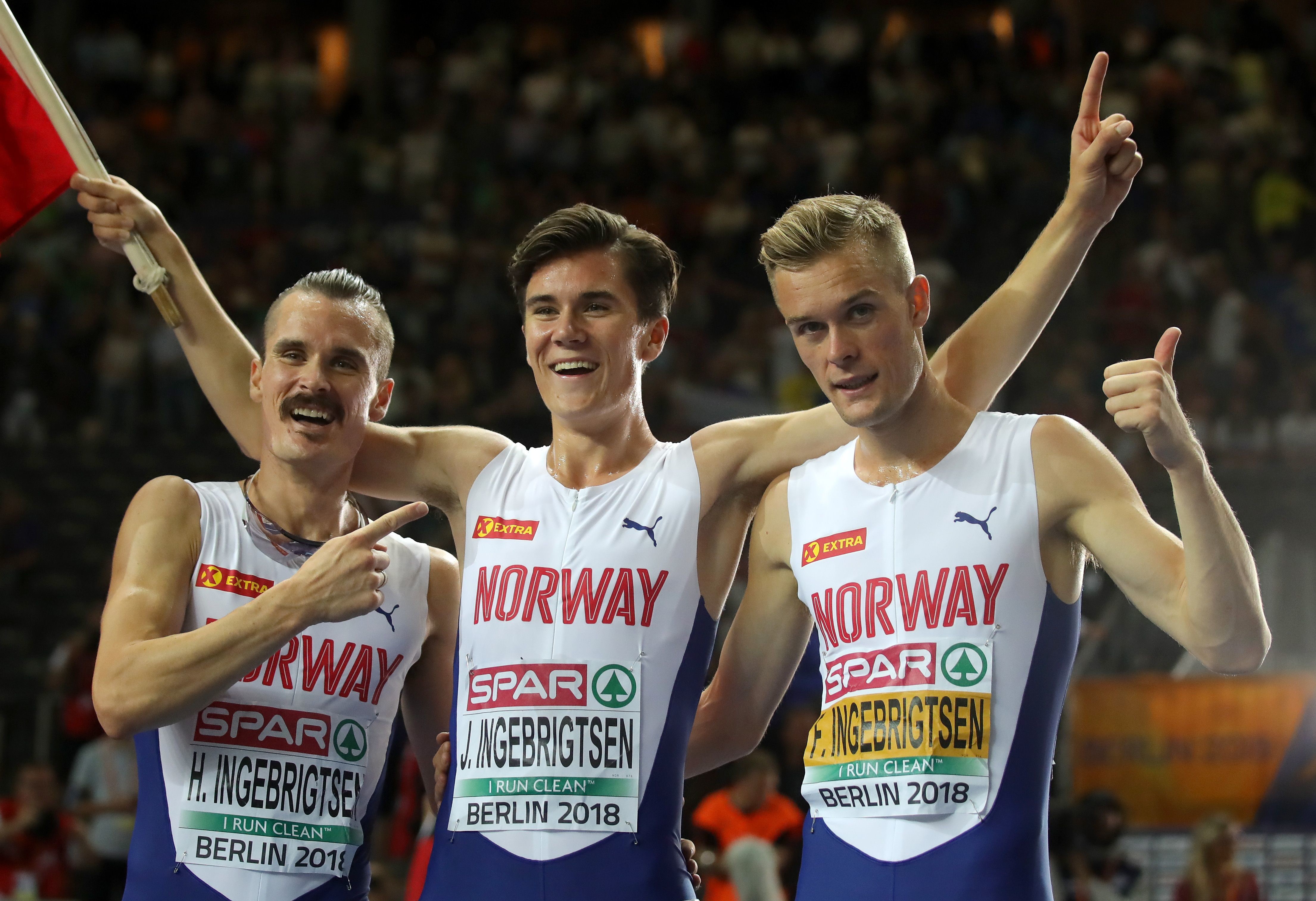
"To bounce back from last night (1500m) and all the emotion that must have come with it as well - to be able to run with that maturity and control is unbelievable."
The brothers, from the small Norwegian city of Sandnes, have all grown into world-class middle-distance runners under the tutelage of their father Gjert.
At the age of 16, Jakob became the youngest man ever to break the four-minute mile and broke the European 1500m junior record with a 3:31.18 run in Monaco last month. "In two years' time, we will be back to win four medals, not just three," added Henrik.
"We're definitely coming back to improve the stats in our family. There are no limits for us, and we have another brother who is turning five years old, and soon can join the Ingebrigtsen team."
(08/12/2018) Views: 5,196Abebe Bikila had only run two marathons before winning and running a PR by over six minutes in Rome
DID YOU KNOW? Abebe Bikila was a member of the Imperial Bodyguard, and was a last-minute addition to the Ethiopian team but caused a sensation by running barefoot through the streets of Rome and winning gold, at the 1960 Olympic Games.
Four years later he retained the title, this time wearing shoes. On both occasions he clocked world best times... Abebe participated in a total of sixteen marathons, winning twelve and finishing fifth in the 1963 Boston Marathon.

In July 1967, he sustained the first of several sports-related leg injuries which prevented him from finishing his last two marathons.
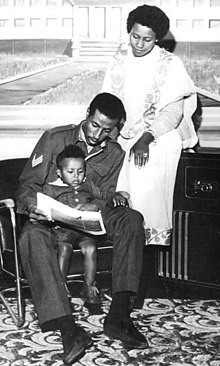
On March 22, 1969, Abebe was paralyzed as a result of a car accident. Although he regained some upper-body mobility, he never walked again. He died at age 41 on October 25, 1973, of a cerebral hemorrhage related to his car accident. He had only run two marathons before Rome and there he set a PR by over six minutes.
(02/13/2018) Views: 5,195Olympians
Olympic Champion Joan Benoit- Samuelson now 61 wants to break the world 60 plus record at Chicago Marathon
Now, 61-year-old Joan Benoit-Samuelson is returning to the site of a past victory with a new goal.
Samuelson won the Chicago Marathon in 1985, in a then-American record of 2:21:21, still the fifth-fastest U.S. time on record. This year, race organizers said she hopes to break the world record for the 60–64 age group, 3:01:30, set by New Zealand’s Bernie Portenski in 2010.
If she succeeds in conquering a new category this year, the victory would likely feel extra sweet. Circumstances have kept her from Chicago’s streets on several of her recent attempts.
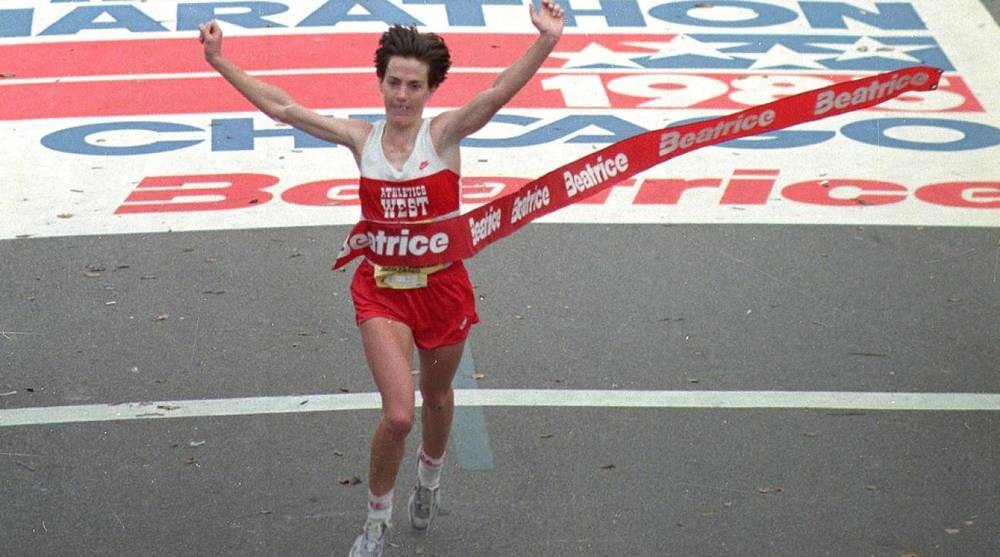
In 2015, she aimed to run within 30 minutes of her winning time 30 years prior, but she was forced to drop out the day before due to a stomach bug. Last year, she set a goal of running the first sub-3 ever by a woman older than 60, but a knee injury intervened.
Once again, she withdrew four days before the race. Joan was the first-ever women's Olympic Games marathon champion, winning the Gold medal at the 1984 Summer Olympics in Los Angeles.
Benoit Samuelson still holds the fastest times for an American woman at the Chicago Marathon and the Olympic Marathon. Her time at the Boston Marathon was the fastest time by an American woman at that race for 28 years. She was inducted into the Maine Women's Hall of Fame in 2000.
(10/03/2018) Views: 5,185Top Ultra runner Lorena RamÃrez runs in her traditional dress including basic sandals made from recycled tires
Wearing her traditional long dress and a pair of sandals, there was no mistaking one of the runners in Saturday’s Cajamar Tenerife Bluetrail ultramarathon. It could only be one of the famous Rarámuri runners from northern Mexico. Lorena Ramírez won third place in the annual 102-kilometer marathon on the Spanish island of Tenerife, competing in the seniors’ category, ages 18 to 39. She finished the course in 20 hours, 11 minutes and 37 seconds. It is the second highest such race in Europe, with part of the course reaching 3,500 meters, and this year attracted 2,400 runners from 38 countries. Ramírez, 23, was accompanied in Spain by fellow runners, her brother Mario and sister Juana, all of whom grew up running in the mountains of the Tarahumara Sierra in Chihuahua. Lorena Ramírez had already made a name for herself with other wins, along with the fact that she became the first Rarámuri woman to compete at Tenerife when she entered last year. She was invited to attend after she won the females’ 50-kilometer category of the Ultra Trail Cerro Rojo last year in Puebla. In that race, she ran “without a hydration vest, without running shoes, without Lycra and compression socks, without any of those gadgets used by the runners of today.” Besides, as in the Tenerife Bluetrail, she wore traditional dress including basic sandals made from recycled tires. (07/10/2018) Views: 5,175The 111th NYRR Millrose Games were more exciting than Ever
Indoor track and field at the 111th NYRR Millrose Games on Saturday at the Armory had amazingly close races. Like in the NYRR Women's Wanamaker Mile the top three were within a second. Colleen Quigley 4:30.05 and Kate Grace 4:30.08. The men’s were just as close. In the Women's 3000m (pictured) Aisha Praught-Leer (Jam) was first in 8:41.1, Emma Coburn (USA) second 8:41.16, Dominique Scott (RSA) third in 8:41.18. and Karissa Schweizer (USA) 8:41.6 in fourth. It was a weekend of close finishes. (02/05/2018) Views: 5,117U.S. Team set for Mountain Running Championships in Poland
The USATF Mountain, Ultra, Trail (MUT) Council is proud to announce members of Team USATF scheduled to compete at the 15th WMRA Long Distance Mountain Running Championships June 24, in Karpacz, Poland.
The double loop course covers 36 kilometers (22.4 miles) with 6890 feet of ascending and descending. The route will challenge the five women and five men of Team USATF by climbing and descending the peak of Mt. ŚNIEŻKA twice.
Mt. ŚNIEŻKA rises just under one mile above sea level at 5250 feet. The top three US finishers will score for the team in each gender division.
The 10 members this year’s team range in age from 21 to 36. The women’s Team USATF is comprised of Addie Bracy, Ashley Brasovan, Renee Metivier, Sandi Nypaver and Kathryn Ann Ross. The men of Team USATF will be Anthony Costales, Joseph Gray, Tatye Pollmann, David Sinclair and Andy Wacker.
(05/03/2018) Views: 5,084Richard Bolt
70-year-old Frank Meza who was disqualified after clocking 2:53:10 at the Los Angeles marathon has been found dead
Firefighters found a body this morning in the L.A. River bed after they responded to a report of a possible jumper, said the L.A. Fire Department. The incident was reported shortly before 10 am.
The county coroner said the body was that of Frank Meza, 70, of South Pasadena. The cause of death has not been determined. ABC 7 says that Meza was the retired doctor and marathon runner who was recently disqualified by the L.A. Marathon.
The Los Angeles Times had reported earlier that “it wasn’t until Frank Meza checked the internet that he realized so many people were talking about him. Hundreds of strangers from across the country had posted on message boards, branding Meza a liar and a cheat.

“All kinds of allegations were being thrown at me,” he said. “It was pretty traumatic.”
To that point, the retired physician had forged a different sort of reputation. Soft-spoken and gray-haired, he had mentored Latino students while working to provide healthcare for low-income patients throughout Southern California.
Meza was also a devout runner who, late in life, began entering marathons. The problems began there.
Though he ran mainly around California, eschewing bigger races across the country, his unusually fast times for a 70-year-old caught the attention of the long-distance community.
Runners grew skeptical when he was twice disqualified for irregular splits, the times recorded at various points along the course. An impressive finish at the recent Los Angeles Marathon prompted officials to look closer as doubts erupted into online vitriol and a series of articles on a website called MarathonInvestigation.com.
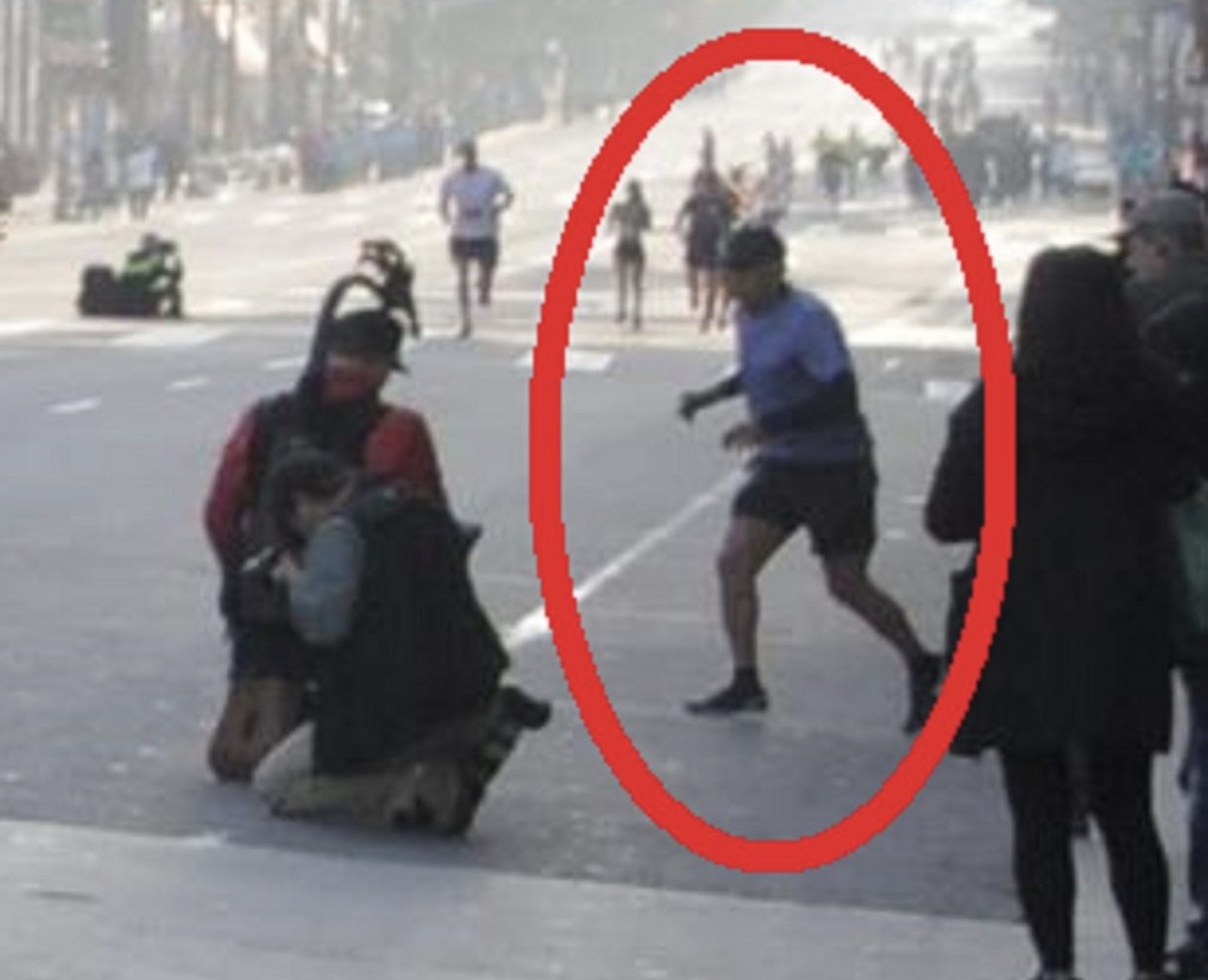
Derek Murphy, an amateur sleuth who operates the site from Ohio, looked back at numerous races, compiling an array of data, photographs and video that he considered incriminating.
“At this point,” Murphy says, “I have no doubt.”
My Best Runs did not post his time because his splits did not add up. “For sure Frank did cheat and did not run a 2:53:10 marathon at age 70,” says MBR Director Bob Anderson. “We are sad how this story has played out before he could prove to the world he could run that fast.”
(07/04/2019) Views: 5,066What is the fastest Marathon time run by a US President?
MBR FAST FACT: The Fastest Marathon ever run by a United States President is 3:44:52. Former president George W Bush ran that time in 1993 at the Houston Marathon. During his time in office he ran regularly and in fact it was reported that he could run three miles at six minute pace. Bush now 70 says, “Exercise is so important that corporate America should help its employees make time. A healthy workforce is a more productive work force.†The 2018 Houston Marathon will be held January 14. (12/10/2017) Views: 5,058The Rush to Discredit Greatness – Why Do We Doubt Record-Breaking Performances?
When news broke that Jacob Kiplimo had run an astonishing 56:42 half marathon, the immediate reaction on social media was a mix of awe, skepticism, and outright accusations of cheating. Many simply couldn’t believe that a human could run that fast.
By Bob Anderson, Editor of My Best Runs
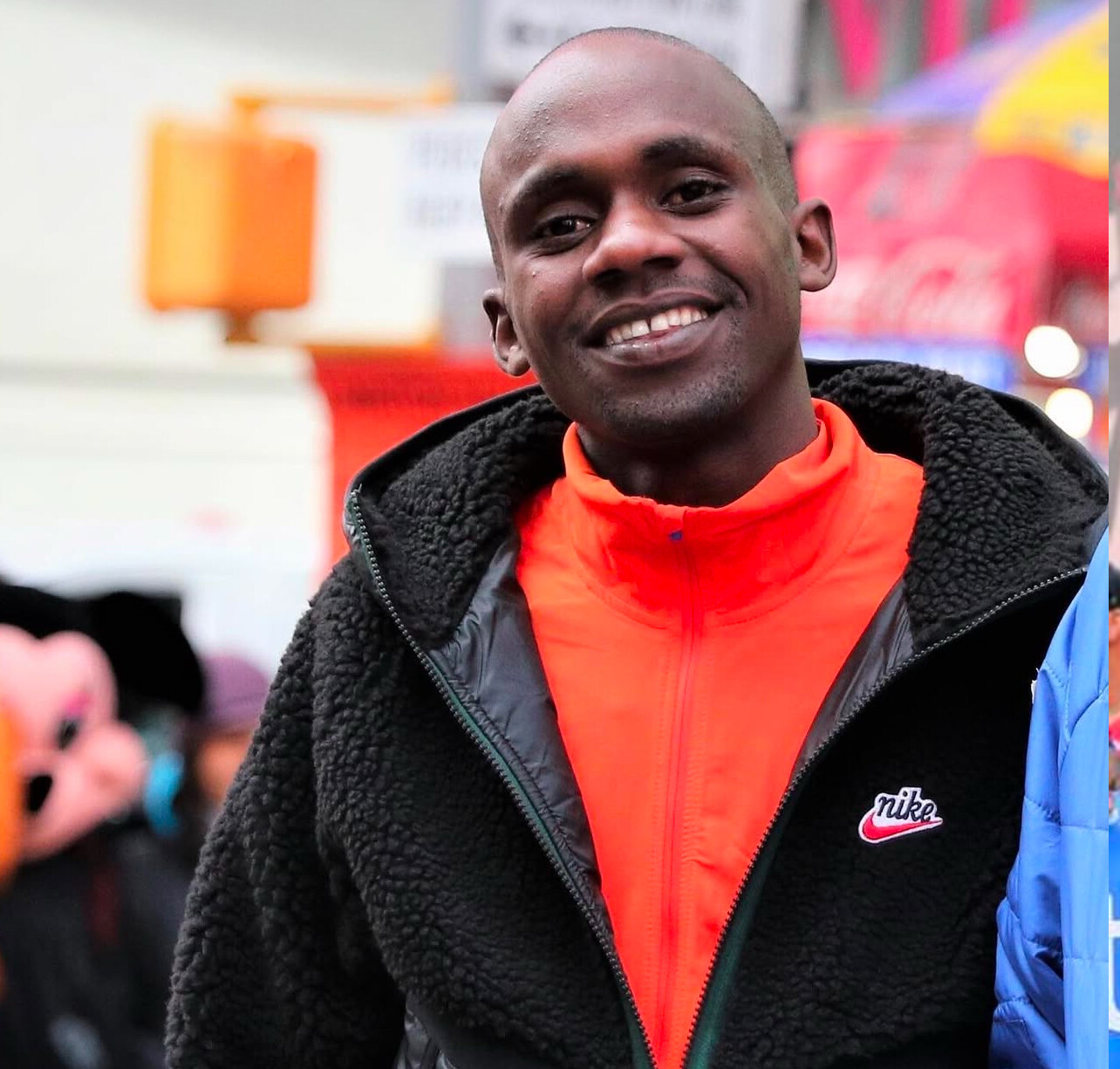
I understand why people might be shocked. This was not just a fast race—it was arguably the greatest distance running performance ever. Kiplimo’s time shattered previous records and redefined what we thought was possible over 21K. But should disbelief automatically lead to accusations?
The reality of record-breaking feats
Throughout history, incredible performances have often been met with doubt. In 1954, Roger Bannister’s sub-4-minute mile seemed superhuman, but today, elite high schoolers chase that mark. When Eliud Kipchoge broke the two-hour marathon barrier (albeit in a controlled environment), people debated how much was due to pacing, shoes, or course setup.
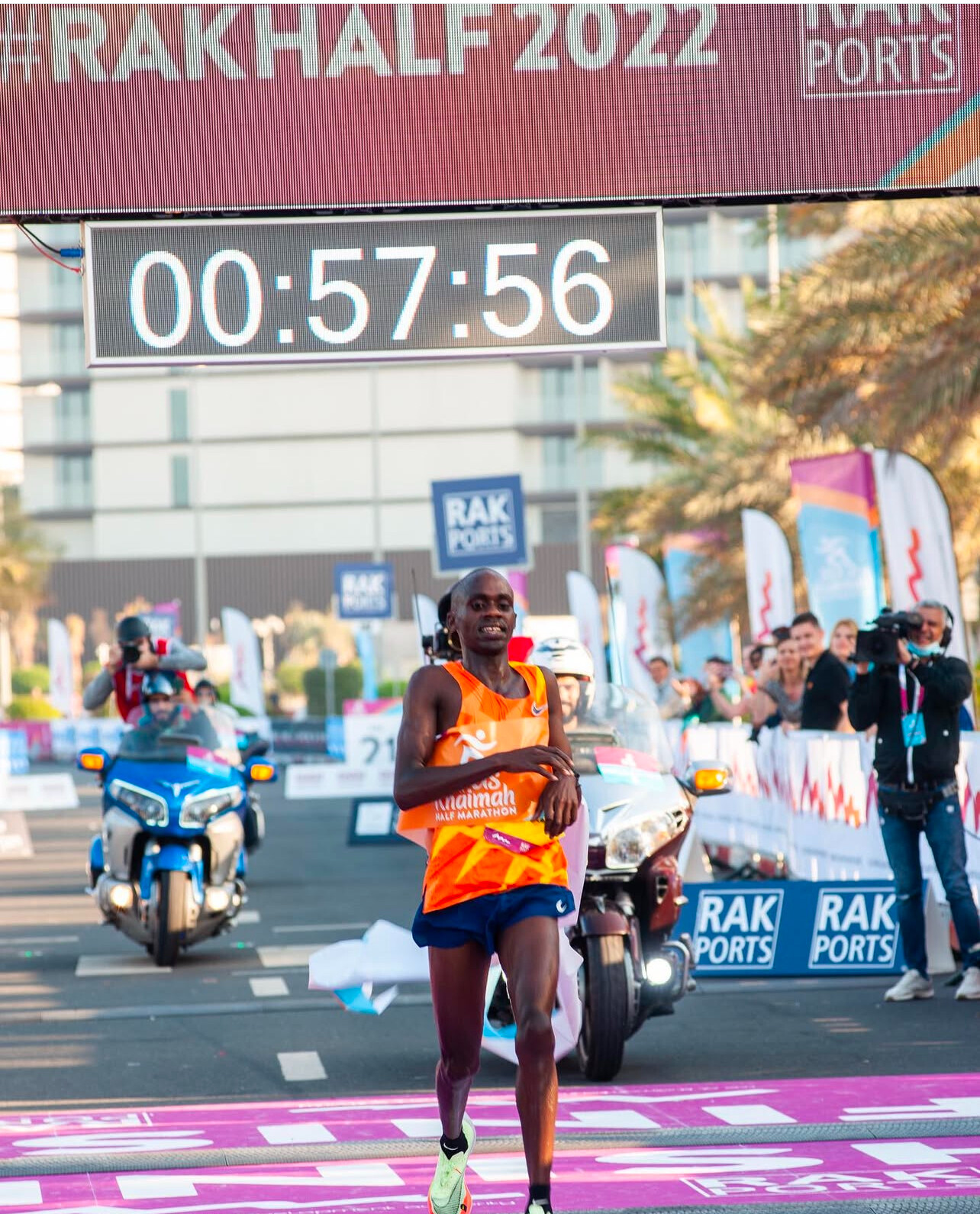
Now, with Kiplimo’s 56:42, we see the same pattern. Questions arise:
Was the course accurate? This will be verified before the record is ratified.
Did he use performance-enhancing drugs (PEDs)? As far as we know, he has passed every drug test, and accusations without evidence are unfair.
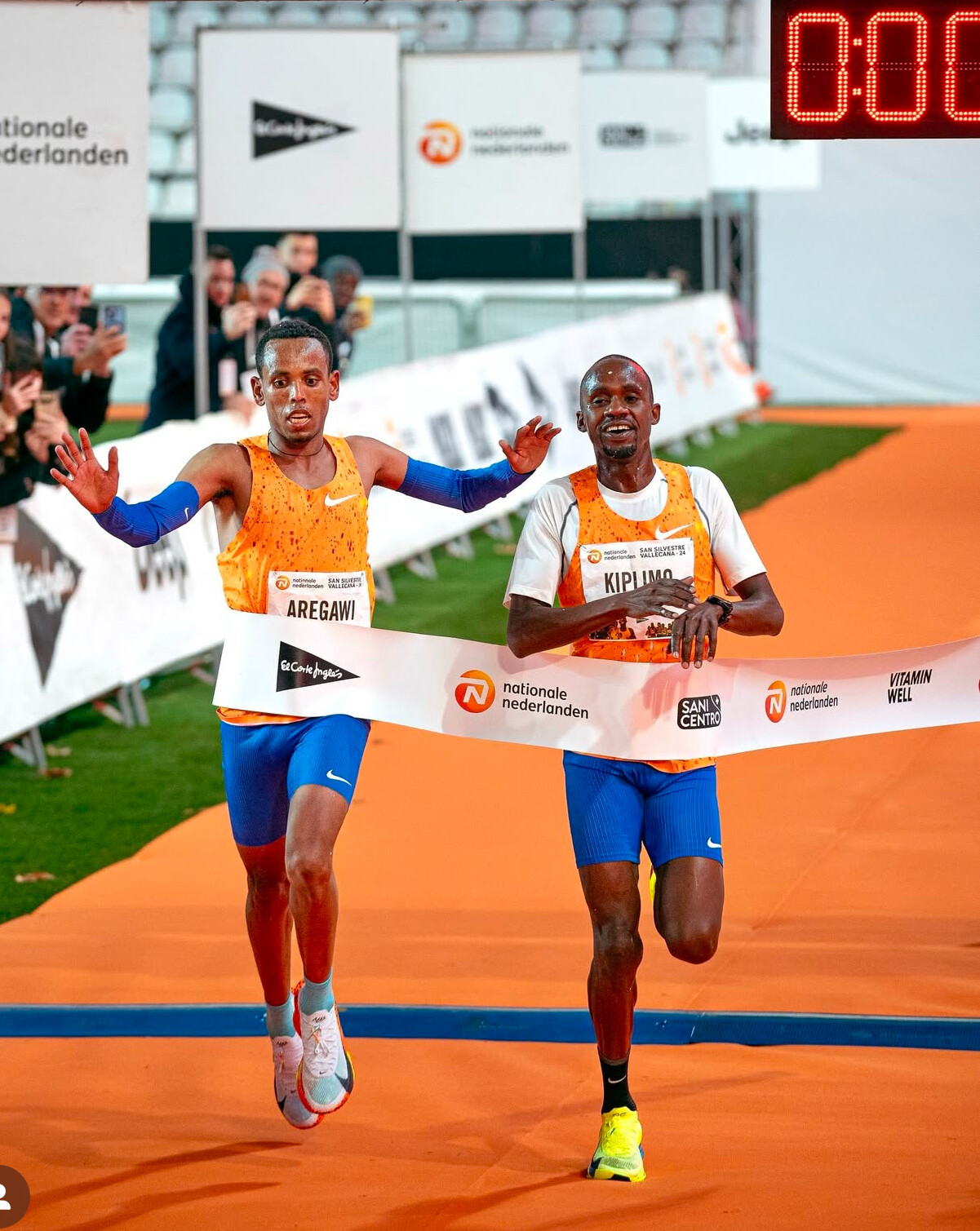
What about Nike’s super shoes? Yes, he wore them, but these shoes are legal under World Athletics regulations.
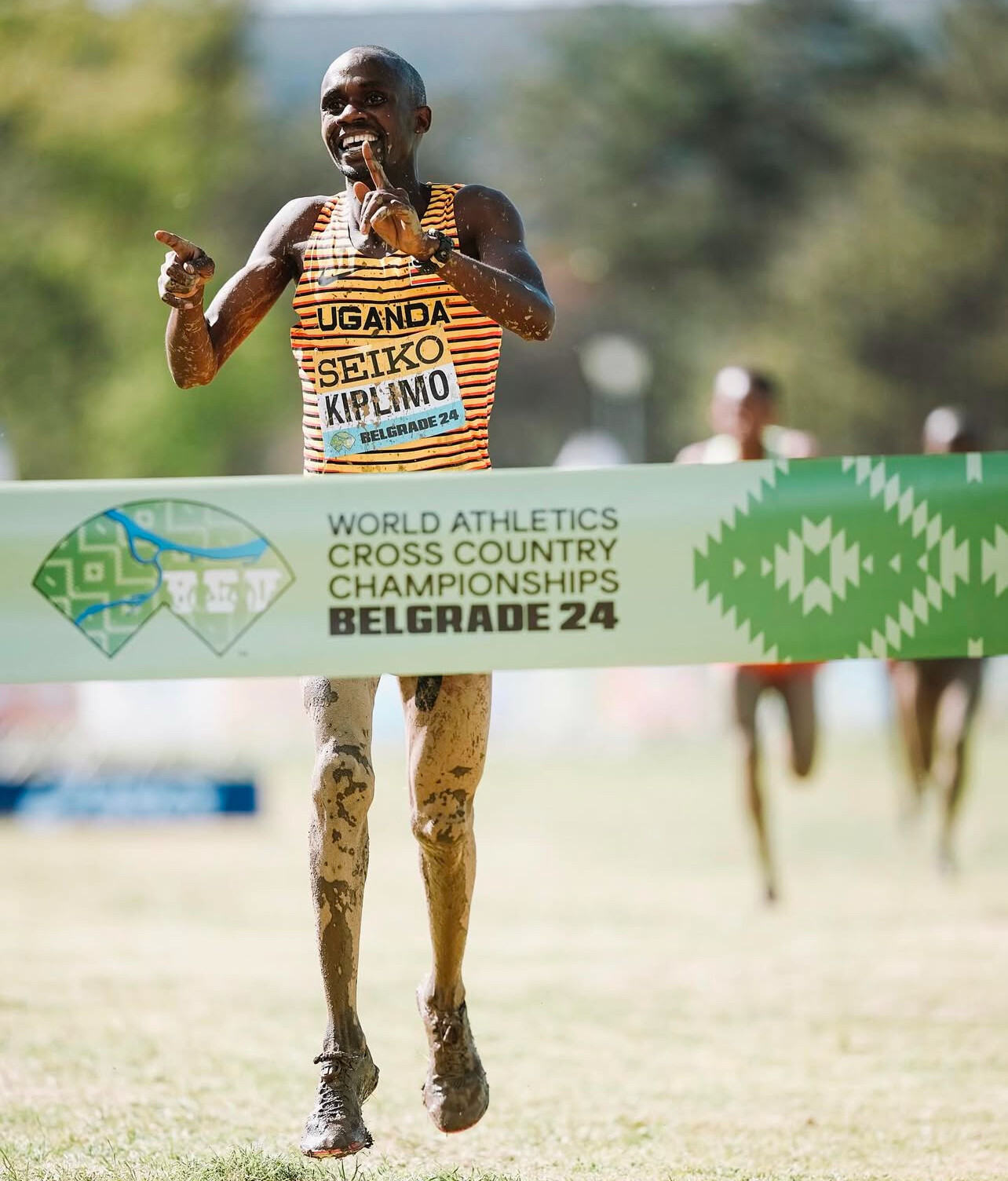
These are reasonable questions to ask, and the governing bodies will do their due diligence. But what’s frustrating is the knee-jerk reaction of immediately assuming foul play.
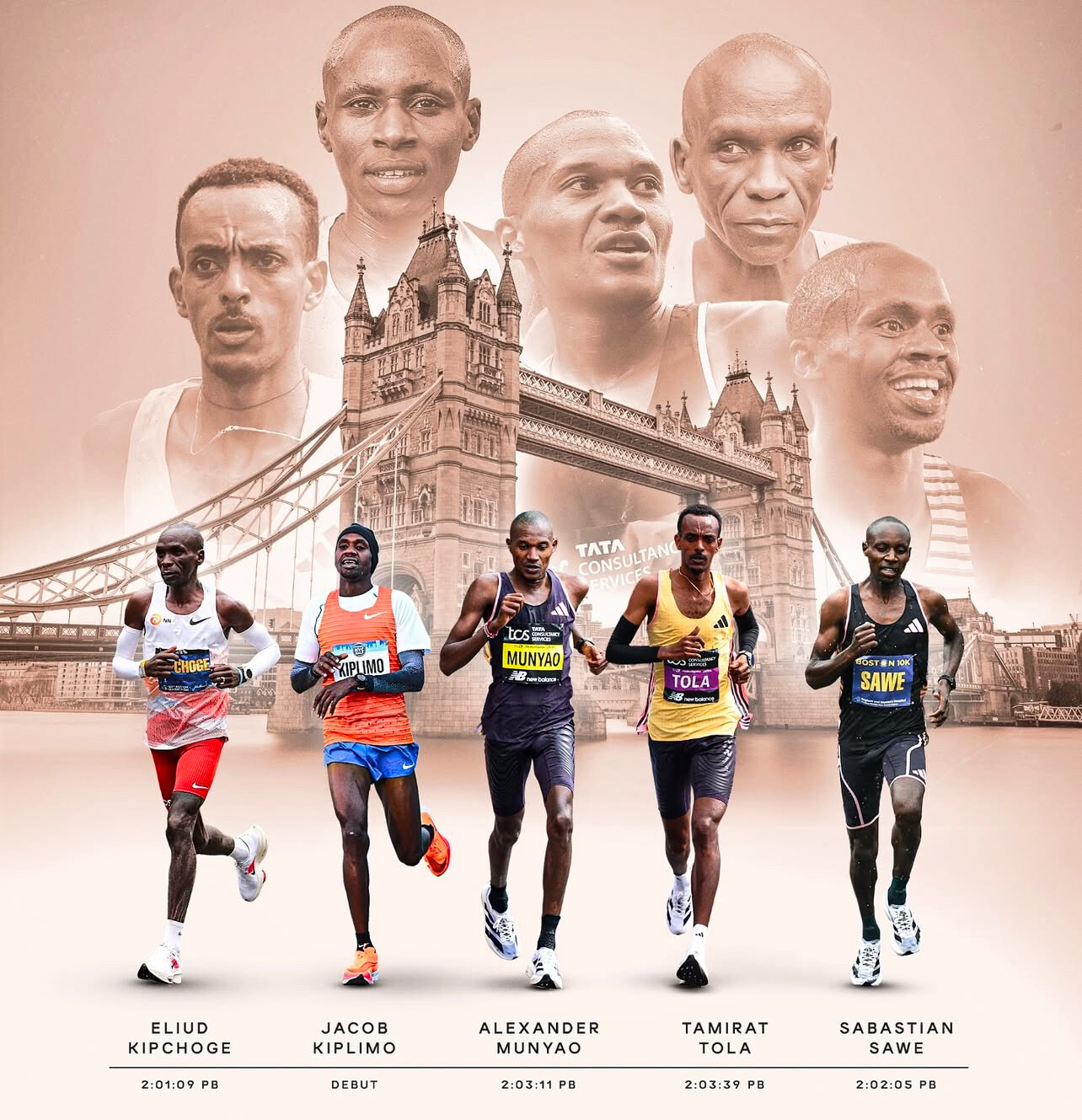
The culture of doubt in modern running
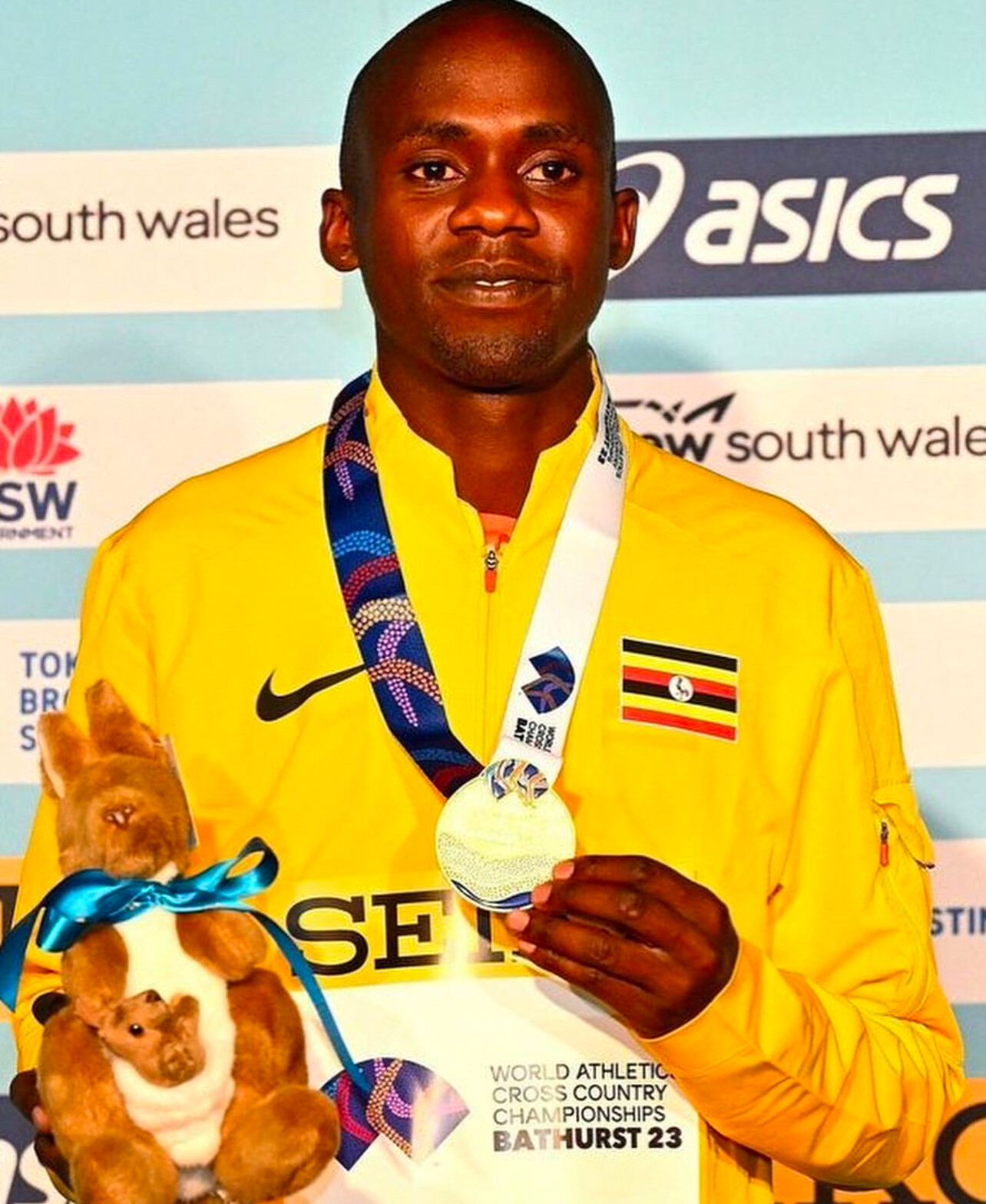
Why do some past champions and fans rush to discredit new performances? Some of it comes from personal experience—many former elite runners trained incredibly hard, and when they see times they never thought possible, it’s natural to wonder what changed. Some of it also comes from a real history of doping scandals in the sport, from Ben Johnson to Lance Armstrong to the Russian state-sponsored program.
But there’s another factor—social media. Unlike in Bannister’s era, when skepticism was confined to private conversations, today’s doubts explode instantly across the internet. A single tweet suggesting “this must be doping” spreads like wildfire, often without evidence.
Jacob Kiplimo is no stranger to records
Let’s not forget that this is not Kiplimo’s first world record. He has been at the top of the sport for years, previously holding the half marathon world record at 57:31 before Kelvin Kiptum broke it. He has consistently performed at the highest level, winning Olympic and World Championships medals. Are the same people suggesting he cheated back then too? Or is it only now, when the record has taken a dramatic leap, that they feel the need to discredit him?
Innocent until proven guilty
In sports, as in life, we must be careful about making baseless accusations. If evidence emerges that Kiplimo cheated, that’s one thing. But until then, we should celebrate an incredible performance and let the process of verification take its course.
To those quick to assume wrongdoing, I ask—what if you’re wrong? What if Kiplimo is simply that good? Greatness should inspire us, not immediately make us suspicious. Until proven otherwise, this was a historic day for distance running—one that deserves recognition, not reckless doubt.
(02/16/2025) Views: 5,029Bob Anderson
A Long Run the movie tells one man's story, but it's every runner's journey. Bob Anderson's life connects us to many icons...by the end, you're left with a runner's high without the sweat says Dan Brown
Over 100,000 people have already watched A Long Run the movie with good reviews. Now you can watch the full length movie...compliments of MyBestRuns.com with speical arrangments with it's production company Around Town Productions.
Actor Sean Astin who narrated the film wrote, "I loved A Long Run. Thank you so much for letting me be a part of your wonderful journey Bob." Boston Marathon director Dave McGillivray wrote," In watching A Long Run, you readily see the impact and influence Bob has had on our sport over the years. This story is inspiring, motivational, educational and simply makes you want to go out the door and do a run..and a real 'long run' at that."
Joe Henderson writer and former Runner's World editor wrote, "I’ve always known Bob Anderson as a man of Big Ideas, one with a knack for making these dreams come true. He conceived a little magazine called Distance Running News, which grew into the biggest one, Runner’s World.
"He created a book division that published some of the sport’s best-selling titles...This all happened before Bob turned 30, but his idea-generating didn’t stop then. At more than twice that age, he dreamed up Double Racing and then to celebrate his 50th anniversary as a runner, Bob plotted a tough year-long course: 50 races, averaging better than seven minutes per mile overall, concluding the week he would turn 65."
A Long Run tells one man's story, but it's every runner's journey. Bob Anderson's amazing life connects us to icons like Bill Rodgers, Billy Mills and Paula Radcliffe but also to the low-budget thrill of a community 5k. The gorgeous cinematography captures The Avenue of the Giants, the beauty of Central Park in New York City, the San Francisco landscapes, resort cities like Cancun and Cabo, the lush island of Kauai and the vistas of Fort Bragg.
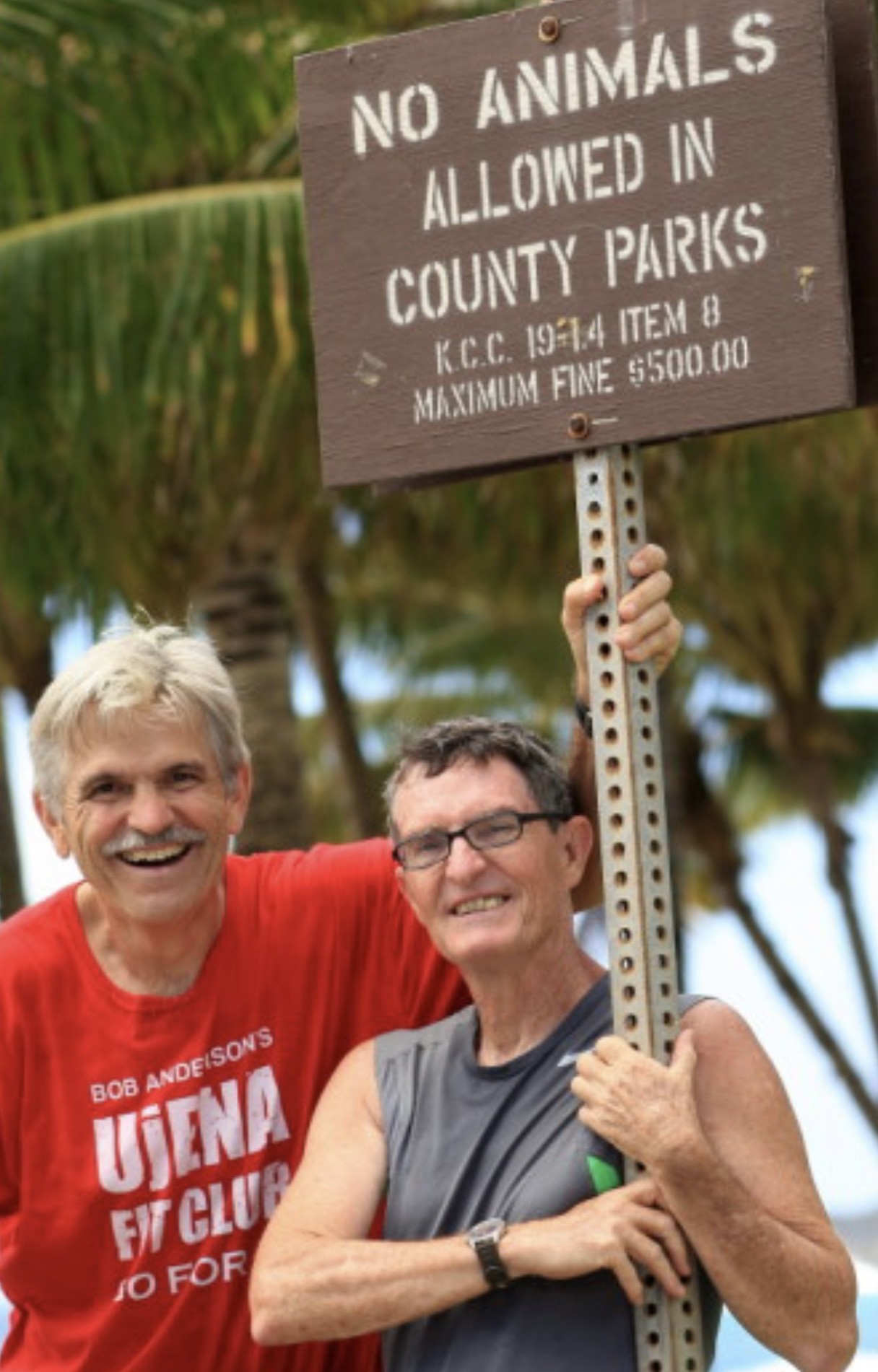
And the smoothly intertwined stories - his 50-race challenge, the magazine, the running boom - are handled with Olympic-caliber pacing. By the end, you're left with a runner's high, without all the sweat.
This is an inspirational life long journey that takes you across the United States, into Mexico and introduces you to some amazing runners.
A Long Run features Bob Anderson who started Runner's World magazine when he was 17 with $100. He grew the magazine to nearly a half million circulation with monthly readership of nearly 2.5 million before selling it to Rodale Press in 1984. How did he do it and why did he sell the magazine he loved?
50 years after he started running, he started his 50 race challenge... one year - 50 races - 350 miles.
His goal - Average under a 7 min/mile average pace at 64-years-old. That's fast for any age!
In the running formula known as age-grading, Anderson’s mile pace is the equivalent of a 30-year-old running an average pace of 5:24 for 50 races covering 350 miles.
“I wanted to do something special, something that would be very positive for running,” Anderson said. “But I also wanted to do something that would not be easy.”
Did he reach his goal? How did he cope with injuries? Weather? Hills? How did he recover each week?
Bob Anderson first run took place Feb. 16, 1962. His first race was May 7 that year, when he covered 600 yards at Broadmoor Junior High in 1 minute, 39 seconds. By 1963 at age 15 he placed first at the Junior Olympics in Missouri clocking 2:08.5 for 880 yards.
By 17, Anderson wanted to tackle a marathon. He wanted to run the Boston Marathon. But neither he nor his high school coach (coach McGuire) knew how to prepare. So Anderson did the 1965 equivalent of a Google search: He sent letters around the country asking for advice.
Coaches and top athletes replied not just with training tips, but also with addresses of other people Anderson should try. Soon he had a network of running experts at his disposal.
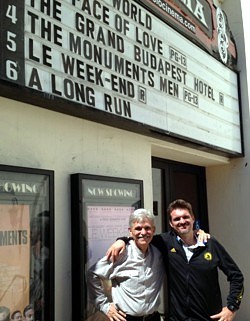
Recognizing the value of this collected wisdom, he turned to teammate David Zimmerman while on a bus trip to a cross-country meet for their Shawnee Mission West team. “I’m going to start a magazine,” Anderson declared.
With $100 from baby-sitting and lawn-mowing jobs, the 17-year-old launched Distance Running News. The magazine debuted in January 1966 with a 28-page issue that Anderson collated, stapled and folded himself.
The publication created a stir among a previously unknown army of foot soldiers. Thirsty runners plunked down the $1 subscription price (for two issues) — and often enclosed an additional $5 just to make sure the magazine stayed afloat.
“Until then, I wasn’t even aware that there was a running community,” said SF Bay Area runner Rich Stiller, who had been running with Anderson since the early 1970s. “I always think that Runner’s World was part of the jet-propulsion that really made the running boom take off and made people realize, ‘Oh, gee, I’m not doing this alone.’ ”
The magazine grew so quickly that Anderson dropped out of Kansas State University. He recruited a SF Bay Area writer and runner named Joe Henderson to be his editor, and moved the magazine headquarters to Northern California.
Anderson’s 50-for-50 goal was in jeopardy after he stumbled out of the gate or, more specifically, down a trail in Mountain View.
While on a training run in December, Anderson awoke to find his head streaming with blood and two people standing above him looking alarmed.
“There were no marks at all on my hands, which means I must not have even realized I was going down,” he said.
The fall required over 60 stitches and plastic surgery. But determined not to cancel the first race in his 50-race quest, Anderson limped to the starting line in San Francisco on New Year’s Day with a ruddy forehead and an eggplant of a bruise on his left knee. He finished that first race and then 49 more that year.
When Bob was publishing Runner's World he got so consumed managing a staff of 350 and was not able to train enough to run the Boston Marathon. However he did run ten marathons between 1968 to 1984 but none with enough training. He would not run Boston until 2013 when at age 65 he clocked 3:32:17.
A Long Run the movie covers a lot of ground. The year long event finished over six years ago but the story is fresh and a movie all runners and even non-runners will enjoy. You will want to watch it over and over again.
Some of the runners besides Bob Anderson featured in the film include: Bill Rodgers, Paula Radcliffe, Joe Henderson, George Hirsch, Rich Benyo, Amol Sexena, JoAnn Dahlkoetter, Rich Stiller, Hans Schmid, JT Service, Pina Family, Wall Family, Billy Mills, Gerry Lindgren, Dave Zimmerman, Dean Karnazes, Monica Jo Nicholson, Coach Lloyd McGuire, Katie McGuire, Mary Etta Blanchard, John Young, Roger Wright and more...
It was produced by Around Town Productions and directed by Michael Anderson (third photo at one of the showings in a theater in Monterey).
To watch the movie click on the link or go to: www.alongrun.com
(05/13/2019) Views: 4,978Dan Brown
Simon Ong was a couch potato weighing 230 pounds, on sunday he finished 8th at Seattle Rock ‘n’ Roll Half Marathon
Seven years ago, Simon Ong of Calgary weighed 230 pounds (he’s 5’8″) and was pre-diabetic, with high blood pressure and chest pain from a steady diet of fast food and no exercise.
On Sunday, Ong was the fastest Canadian finishing eighth overall at the Seattle Rock ‘n’ Roll Half-Marathon, setting himself a new PB and qualifying for the TCS New York City Marathon, with a time of 1:18:11.
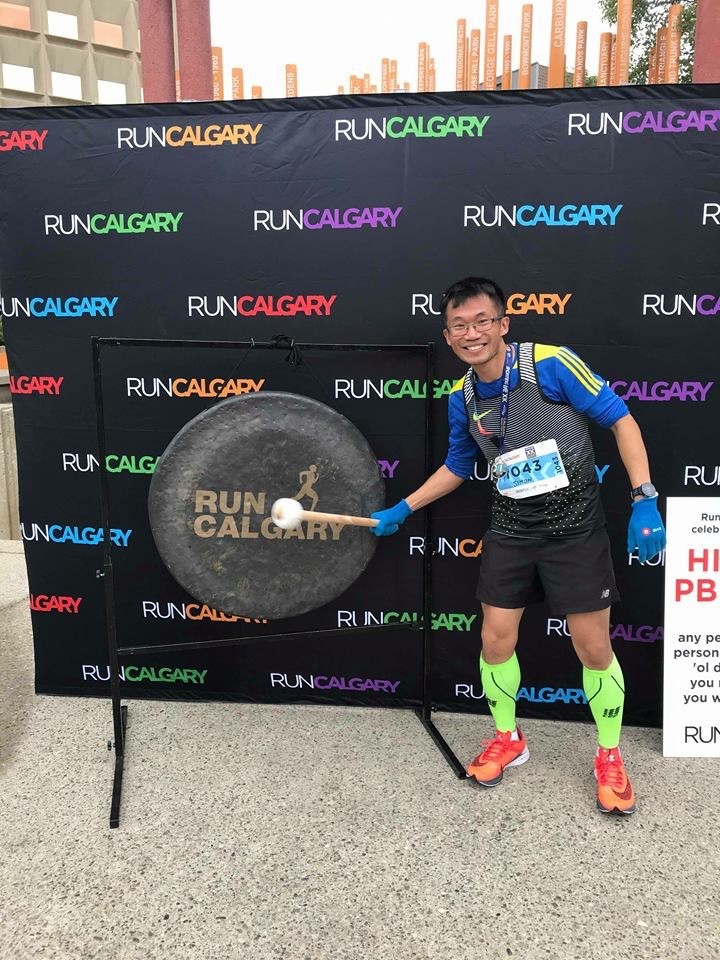
Ong, 29, a surgical nurse at Southern Alberta Eye Centre, wanted to do something about his lifestyle and his health, back in 2011. But he couldn’t run any distance without becoming winded, and even fell off the treadmill more than once when he tried to run.
So he started cycling and swimming in order to improve his fitness enough to be able to run. “I had no athletic background whatsoever,” says Ong. “It took me two years to lose enough weight to be able to run a race.”
His younger brother Raymond, a pharmacy technician, joined him in the effort to get healthy. It’s one thing to get off the couch and adopt a healthy lifestyle, but nobody realized there was a fast runner lurking inside that unhealthy exterior, least of all Ong himself.
(06/13/2018) Views: 4,972What happened when the Tarahumaras' love of ultrarunning went global?
The book Born to Run brought attention to an indigenous Mexican’s people feats of long-distance running. A new documentary looks at what happened next
Next up in ESPN’s venerable 30 for 30 series is The Infinite Race, a documentary on a sports topic that hardly checks the biggest 30 for 30 box, in that the film does not involve a famous star athlete, sport or event. In fact, The Infinite Race kicks off with a simple story about an indigenous people’s joy of long-distance running.
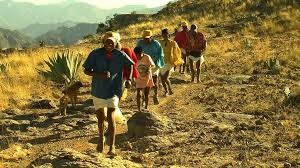
The documentary explores what happens to these people, the Tarahumara, who live deep in the mountains of Chihuahua, Mexico, when their love of running, or even their calling to run, spills out to the rest of the world because of a popular book about running and an American known as Caballo Blanco, or the White Horse.
“It’s a story about resilience, survival and continuance,” Bernardo Ruiz, the veteran Mexican and American film-maker who directed The Infinite Race, tells the Guardian.
That the 50-mile Ultra Maratón Caballo Blanco, which The Infinite Race revolves around, will be held again next March in the rugged terrain of Chihuahua’s Copper Canyon is a testament to the event’s durability. Running won out, as it has for generations among the Tarahumara, but only after the event survived a culture clash that involved a lot of dollars and pesos, good and bad.
Although he directed an award-winning 2008 documentary about baseball star Roberto Clemente and says he always wanted to make a film about running, Ruiz deals with tougher subjects, like the US-Mexico drug war in his 2016 documentary Kingdom of Shadows.
He says of The Infinite Race: “I liked how it was a compelling, beautiful film about running, but it also talked about social issues.”
The film, which debuts on 15 December, starts a little slowly, but those who stick with it will find out much about an indigenous people’s rich past – and a future lighted by hope.
The Tarahumara, or the Rarámuri, have run vast distances for years, often wearing sandals that have tire treads as soles. They say running is in their blood: isolation and geography helped them build endurance to hunt prey. They became famous after they were featured in Born to Run, a 2009 bestseller by Christopher McDougall.
The central figure of Born to Run was American ultramarathon runner Micah True, also known as Caballo Blanco, who organized a race in 2003 that would eventually become the Ultra Maratón Caballo Blanco. True hoped the race would help the Tarahumara preserve their running heritage and, more significantly, their culture, which had been battered by hunger, a lack of drinking water, a shortage of housing and global heating.
True, who had wintered in the area for 10 years, offered prizes of cash and corn, a commodity: “I don’t want to see people kill themselves for corn,” he said in the documentary. He opened the event to ultramarathoners, and it became popular among Americans, who were looking for a new challenge and a new culture to explore.
True died in 2012 at the age of 58 of a heart attack while running, but the event named after him continued to grow. A shorter kids’ run for “Caballitos” was offered, with bags of school supplies given to participants. The event had become commercialized, even with its own line of merchandise, but the whole region benefited from Caballo Blanco’s idea.
But the region’s seclusion had also become attractive to criminal gangs, who took over farms to grow marijuana and poppy plants to smuggle into the United States, whose border is only about 550 miles to the north. People needed work, and the drug trade provided opportunities, with even distance runners hauling drugs. Gangs proliferated. So did violence.
“Many families were forced out of their communities because of the violence,” Irma Chávez, an activist, explains in the film. “Unfortunately, you have to run away before they kill you.”
The 2015 Ultra Maratón Caballo Blanco was supposed to be the biggest yet, but gangs all but took over the town, clouding the event with the real threat of violence. The Americans who helped organize the race, believing participants could be in danger, decided almost at the last minute to call off the official race. No vouchers for corn would be issued to participants.
“They kind of intruded with a heavy hand into a runner’s paradise,” Ruiz says of the gangs.
He says, “It’s been my view that the race organizers were stuck in kind of an impossible situation.”
And that might have been the end of the event. But a group of Tarahumara assembled on what was supposed to be the morning of the race – and ran the course anyway, without incident. The marathon was officially back in 2017. Miguel Lara Viniegras won the 2020 race, which attracted 220 runners last March, in six hours 43 minutes.
As an ultrarunner and photographer Luis Escobar says in the film, “People are looking for something big, outside of their office, outside of their home. It is a big struggle, it’s hard physically and mentally – and there’s nothing like doing it. When you complete it, you know that you can do anything.”
Ruiz, who says he spent most of his career examining the love-hate relationship between the United States and Mexico, had a compelling challenge: telling a story that was not that well-known and based in a place that was very difficult to get to from the outside world. “You’d have to kind of be an ultrarunner or a sports geek to care about it,” he says.
Perhaps the film won’t draw as big an audience as other ESPN documentaries because it does not include an American sports celebrity like OJ Simpson or Michael Jordan. But the 30 for 30 project, now more than a decade old, has become much deeper, delivering quality projects that are way more than mere sports movies. This is one.
As Ruiz says, 30 for 30 “is a franchise that is really film-maker-driven.”
(12/27/2020) Views: 4,91128 of Top 30 Men at Tokyo Marathon Used Nike's Latest and Previous Platform Shoe Models
Nike's recent generations of thick-soled platform racing shoes swept the 2020 Tokyo Marathon, with 28 out of the top 30 placing men wearing them, including international entrants. Of these, 9 including new Japanese national record holder Suguru Osako (Nike) wear wearing the new Air Zoom Alphafly Next% model with a 3.95 cm thick sole complying with new regulations from World Athletics. With 10 Japanese men running under 2:08 in a single race for the first time in history, all 10 were wearing models of the platform shoes.
Despite a mix in choice of models, the shoes dominated the market in the race. One after another, thick green, black, pink, and green and orange shoes crossed the finish line in Marunouchi, Tokyo. From winner Birhanu Legese to 30th-place Shuho Dairokuno, 28 men had the Nike shoes on their feet. The other 2 were wearing Adidas and Asics. Wearing the latest model of the Nike shoes for his latest national record, Osako said, "Every race feels different afterwards. It's hard to say how much of a role the shoes played, but being able to take advantage of Nike's latest technology is a strength for us."
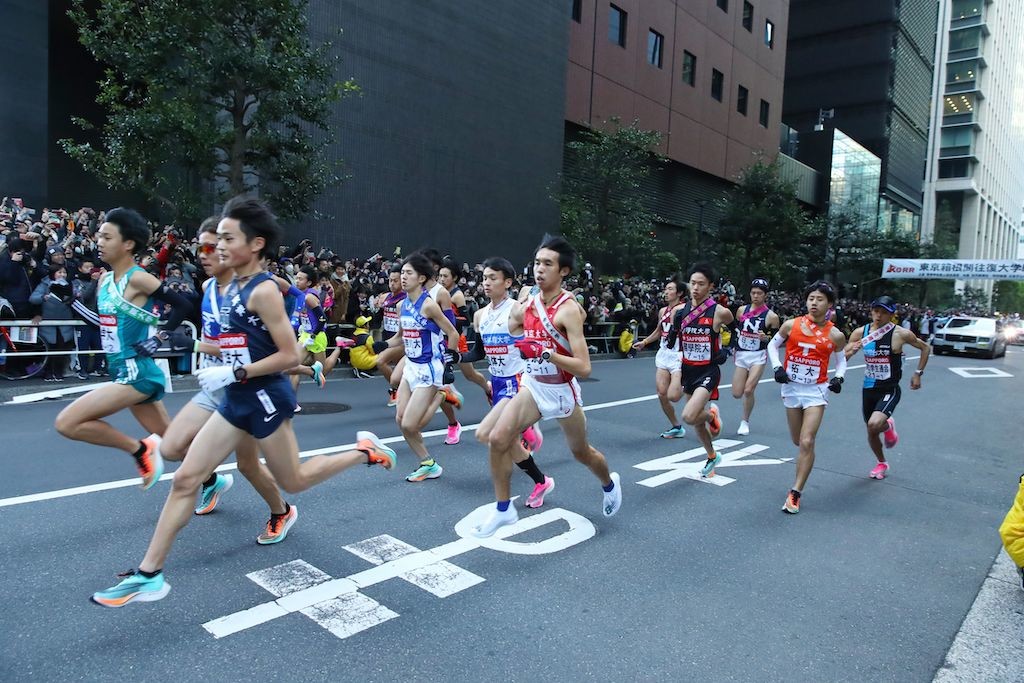
On Jan. 31 World Athletics established a new rule setting the maximum shoe sole thickness at 4 cm. On Feb. 5 Nike unveiled its new model with a thickness of 3.95 cm. With the shoes going on sale in Japan, the Tokyo marathon represented their Japanese debut.
Switching from the previous model to the new one for this race and finishing 27th in 2:09:41, Kenji Yamamoto (Mazda) commented, "My left foot starting hurting at 10 km, and something felt wrong. In the second half my legs felt like sticks, but I still felt like I was getting a lot of assistance. Somehow I still managed to squeeze out a sub-2:10. The rebound in these is amazing." Comparing them to the previous model he wore at last fall's MGC Olympic trials race he said, "The softness is completely different. When you step in them it feels like you're on top of a balance ball, and you get a real feeling of rebound."
There's no denying that the hard work and dedication that athletes put in on a day-to-day basis plays the biggest role in their success, but it's equally true that the last few generations of these platform shoes were in the director's seat of a race that saw an unprecedented 10 Japanese men run under 2:08.
(03/14/2020) Views: 4,904Japan Running News
World marathon record holder Eliud Kipchoge and David Rudisha lead Absa initiative to boost education in Kenya
World record holders Eliud Kipchoge and David Rudisha are among five athletes signed up by Absa Bank Kenya PLC to power their “Torch of possibilities run” initiative that seeks to raise funds for education in Kenya.
ABSA Bank Kenya managing director and CEO Jeremy Awori said the bank also intends to partner with the ministries of sports and education in the initiative that seeks to raise funds for education, sports and the future for Kenyan children.
Others athletes included in the campaign are two-time world marathon champion Catherine Ndereba, former world 800 meters champion Janeth Jepkosgei and three-time Diamond League 3,000 meters steeplechase winner Paul Kipsiele Koech.
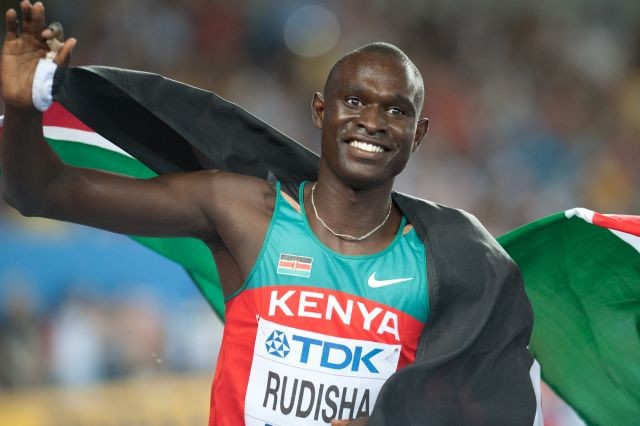
Awori said that the athletes will participate and champion the cause in five races to be held in Eldoret, Nairobi, Nyeri, Kisumu and Mombasa where they also intend to raise funds from entry fees and sponsorship from other corporates.

Awori added that the campaign is aimed at motivating emerging and future athletes, as well as millions of young Kenyans to aspire for greatness.
Eldoret will open the proceedings on March 21 followed by Nairobi on March 28 where entry fees across all the events is Sh1,000.
Awori said they will inject Sh45 million into the cause that is divided between two major projects with Sh20 million going towards the construction of ablution blocks in 40 primary schools across the country.
“Sh25 million will be used to set up 66 computer centers across the country in partnership with Computer for Schools project,” said Awori during the launch at Movenpick Hotel, Nairobi, that was attended by all the contracted athletes save for Kipchoge, who gave a recorded speech.
Sports Cabinet Secretary Amina Mohammed, Director of Secondary Education Paul Kibet, who represented Cabinet Secretary for Education George Magoha and Athletics Kenya CEO Susan Kamau, among others, graced the launch.
“We wanted to bring possibilities of life in education through sports and the place to experience that is young people,” said Awori, adding that they picked on the athletes because of their remarkable status in sport.
Awori highlighted the intention of the bank to keep differentiating itself through participating in projects that are attuned to the needs of the communities in which it operates.
In the last three years, the bank has invested Sh161 million to support 574 university students through the Absa Scholarship program.
Amina said the best gift the country can give to the youth is good education and health through programs like sports and hailed Absa’s initiative.
“Sanitation and especially ablution blocks have been a challenge in schools. Our first phase is the primary schools first moving to secondary hence Absa’s initiative will help us,” said Amina, adding that they intend to construct 19 sports academies across the country where children coming from such programs will continue to pursue their sporting talent.”
(02/28/2020) Views: 4,897Ayumba Ayodi
Nikki Hiltz plans to race for the podium at Fifth Avenue Mile
Nikki Hiltz will compete against a stacked field that includes Olympic medalist Jenny Simpson at the New Balance 5th Avenue Mile on Sept. 8.
Simpson will race for her record-extending eighth title in the event, which stretches 20 blocks down Manhattan’s most famous thoroughfare and is expected to draw nearly 8,000 runners across 24 heats. NBC will broadcast the professional races live at 9 a.m. PDT.
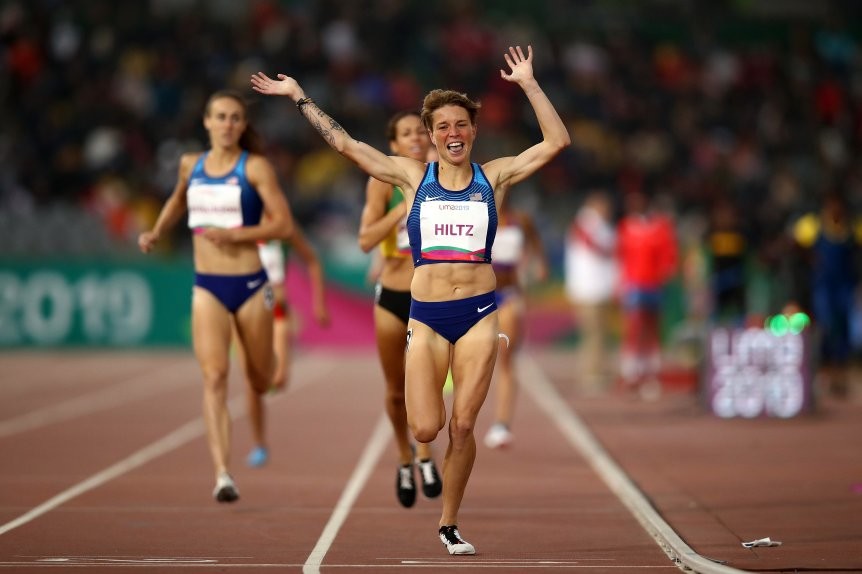
Hiltz, who recently won gold in the 1,500-meter race at the Pan American Games, has been America’s best road miler in 2019 with wins at the BAA Mile, adidas Boost Games Mile, and the USATF Road Mile Championships.
The race is expected to be her final tune-up before she competes in the 1,500 at the IAAF World Championships in Doha, Qatar, alongside Simpson and Shelby Houlihan.
Allie Ostrander, a three-time NCAA champion in the steeplechase who also qualified for her first World Championships this fall, will line up for her first road race as a pro athlete. Elinor Purrier, who also qualified for her first World Championships this year, in the 5 kilometers, will look to contend as well. Canadian Olympian Jessica O’Connell and 2019 10k national champion, Genevieve Lalonde, as well as Great Britain’s Jessica Judd, will lead the international contingent.
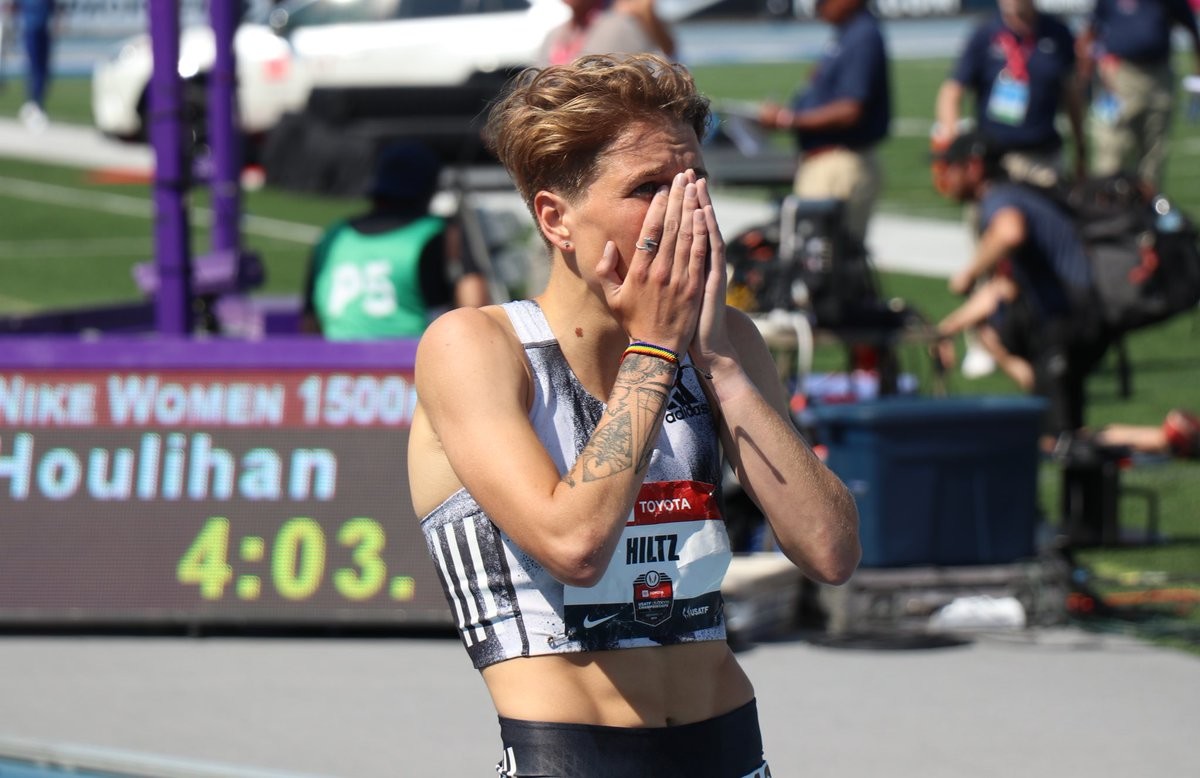
“Fast times don’t really give me confidence, but performances do,” she said. “I just want to race people. The Fifth Avenue Mile is an awesome race—I’m going to really go for it and it’ll be a really good springboard. It’s really what I need to be confident going into worlds.”
(08/22/2019) Views: 4,896Galen Rupp was so ready to run well in Boston but the weather got in the way, next up Prague!
Galen Rupp was so ready to run a fast time and win Boston Marathon but the weather won out. So now what?
Galen is going to run the 2018 Volkswagen Prague Marathon on May 6, race organizers confirmed today.

Rupp (in the black Nike hat) dropped out of the Boston Marathon just before 20 miles due to breathing problems and hypothermia as a result of the cold, wet, and windy weather.
The course record in Prague is Eliud Kiptanui‘s 2:05:39 from 2010 and the winning time has been under 2:09 in each of the past nine editions of the race.
Rupp’s personal best is 2:09:20, which he ran to win the 2017 Bank of America Chicago Marathon in October. Before his DNF in Boston, Rupp had set a personal best in each of his first four career marathons.
(04/24/2018) Views: 4,842Gene Dykes is currently the world's top 70 Plus runner - My Best Runs Exclusive Profile Part One
Gene Dykes is the world's best runner in the world currently seventy plus. "One of my 'secret' training methods for marathons is to run a lot of ultras," Gene told My Best Runs in this exclusive profile.
"I’ll begin training for Boston in January, and to kick it off I’ll run a 50-miler in January and both a 100-miler and a 200-miler in February. During March I’ll convert that training base into marathon speed."
Sounds wild and unconventional but it has been working for 70-year-old Gene Dykes from Philadelphia..."It was thought by many of us that Canada's Ed Whitlock's records were way beyond reach," says lifelong runner and Runner's World and My Best Runs founder Bob Anderson.
"At age 73 Ed became the first 70 plus runner in the world to run the marathon under three hours." In 2004 73-year-old Ed Whitlock clocked an amazing 2:54:48 at the Scotiabank Tornonto Waterfront Marathon.
No one ever had run a marathon that fast 70 plus. The late Ed Whitlock was in a league of his own until now. At the same marathon this year on October 21, 70-year-old Gene Dykes clocked 2:55:18.
My Best Runs wanted to find out more about this new super star, a runner who has set PR's at all distances (other than the 5k) over the last year from 1500m to 200 miles. How did Gene discover running?
"It’s probably more accurate to say that I discovered running twice," said Gene. "The first time, when I was about fourteen, it just kind of popped into my head to run three miles to the house of a girl I was interested in. After about a mile and a half, I had to walk for a bit. I was really disgusted with myself, and I swore I would never again resort to walking on a run.
"I actually kept this promise, until I started doing trail races, of course, where there are lots of good reasons to walk now and then."
After this he ran track in high school for a couple of years. "In my senior year I thought I was pretty good when I dominated the 2-mile run in my county. That notion was quickly dispelled when I ran track in college and I was totally blown away by the competition. For the next four decades, I would stay in jogging shape much of the time, but it never occurred to me to race because it had been firmly impressed upon me that I wasn’t a very good runner," Gene remembers.
He rediscovered running in 2004 at the age of 56 after a six year layoff because of a torn hamstring... "A golfing acquaintance told me he had a running group and that I should join him sometime. A classic case of falling in with a bad crowd. They encouraged me to run some races with them, and discovering that I wasn’t half bad, my running career was born," Gene told us.
So how important is running to Gene? "It started out as an activity I looked forward to on weekends, and it slowly took over as my main hobby. Probably starting around 2011 when I ran my first adventure race and started training for Comrades (56-mile race in South Africa) it became way more than just a hobby. While it will never quite reach the point of being 'all-consuming.' I suppose you would be forgiven for thinking that, considering that I’ll have done 38 races in 34 weekends this year."
The obvious next question was, tell us about your training. "For about nine years I just stumbled my way through training. I did lots of long, slow runs with occasional track workouts. I gradually improved, and I was having a lot of fun, but I was worried that my best days were behind me when I fell miserably short of a new marathon PR at the 2013 Toronto Marathon.
"Swallowing my pride and opening my wallet, I hired a coach. What a life changing decision that was! In just five months I went from a half decent runner with modest goals to a runner capable of competing at the highest levels. Training now consists of fewer miles, but harder workouts and fewer rest days," says Gene.
He has set PR's in the last 12 months from 200 miles down to the 1500m. He clocked 98 hours, 10 minutes 22 seconds for 200 miles, 23:41:22 for 100 miles, 1:26:34 for the half marathon and 5:17 for 1500m.
In 2018 he won ten USATF national championships. His 2:57:43 clocked at this year's Rotterdam Marathon was a world single age record until he bettered it in Toronto.
Gene says, "I’m particularly fond of having won championships at both track 1500 meters and trail 100 mile this year.” In part two Gene talks about his diet, going after more records, dealing with injuries and a lot more. Coming tomorrow October 29 on My Best Runs.
(10/28/2018) Views: 4,818Bob Anderson
Olympic silver medallist Francine Niyonsaba also has the hyperandrogenism condition that gives her high levels of naturally occurring testosterone
The woman who finished second behind Caster Semenya at the 2016 Rio de Janeiro Olympics says she also has a condition that gives her high levels of naturally occurring testosterone and would be affected if the IAAF implements its hormone policy.
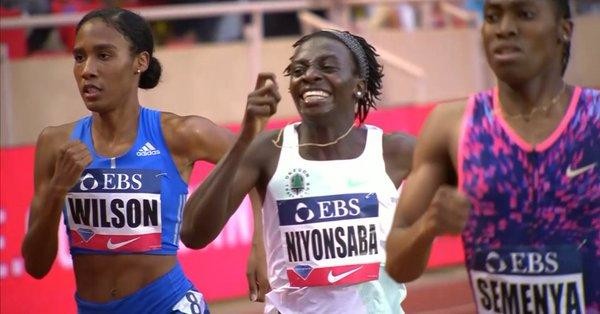
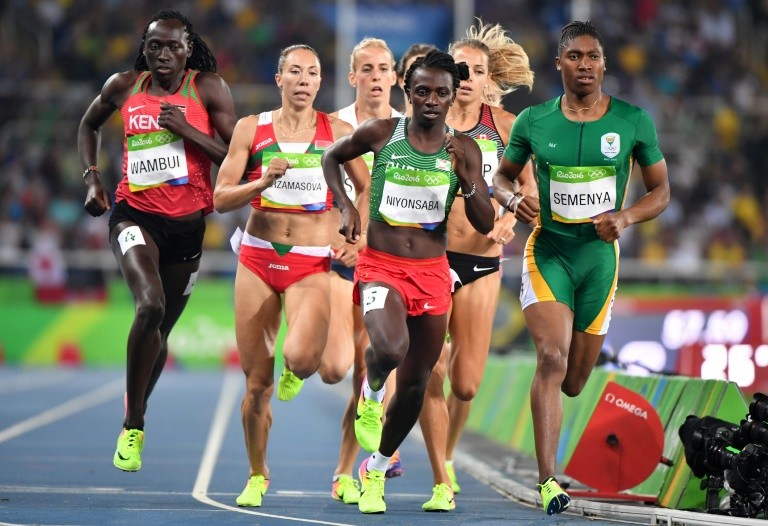
Francine Niyonsaba of Burundi, an Olympic and world championships silver medallist in the 800 metres, said in an interview with the Olympic Channel that she has hyperandrogenism.
She says "I didn't choose to be born like this. What am I? I'm created by god. So, if someone has more questions about it, maybe they can ask god. I love myself. I will still be Francine. I will not change."
(04/17/2019) Views: 4,816Significant changes and new regulations for 2019 IAAF Label road races to improve the quality of events
Significant changes have been made to the regulations for IAAF Label road races starting in 2019 to improve the quality of events for the athletes who take part and the fans that follow them.
An IAAF Label denotes high standards in event organization, full application of the IAAF competition rules, complete support from authorities for the event, a commitment by the organizer to the advancement of the sport, and concrete steps in the global fight against doping. Several changes have been made to the IAAF Label regulations for 2019, including the introduction of a 'Platinum Label', the use of IAAF World Rankings to determine an athlete's Label status, and allowing 5km races to apply for Labels.
“This is a milestone for the IAAF and the global road racing community," said IAAF President Sebastian Coe. "It’s a stepping stone towards 2020, when we will have an even more coherent structure of races, with better defined tiers to guide fans and athletes, and with integrity measures that are proportionate to the level of the competition.
In 2019 we will be reducing the pool of athletes who hold the coveted 'Gold Label Status' to ensure the highest-earning pros are subject to out-of-competition drug-testing .
“I’d like to thank the AIU and Abbott World Marathon Majors for their guidance in this area, and stress that these changes are being introduced in cooperation with race and athlete representatives, who have been very supportive all the way.
A more robust regulatory framework for athlete representatives is also in the making.” The 2019 regulations will apply to any road races seeking Label status for 2020.
(10/09/2018) Views: 4,814Haile Gebrselassie resigns as Ethiopian Athletics Federation president
Haile Gebrselassie has announced his resignation as president of the Ethiopian Athletics Federation (EAF).
The long-distance running great, who was two years into his four-year term, confirmed his decision to resign in a statement posted to Twitter on Wednesday.
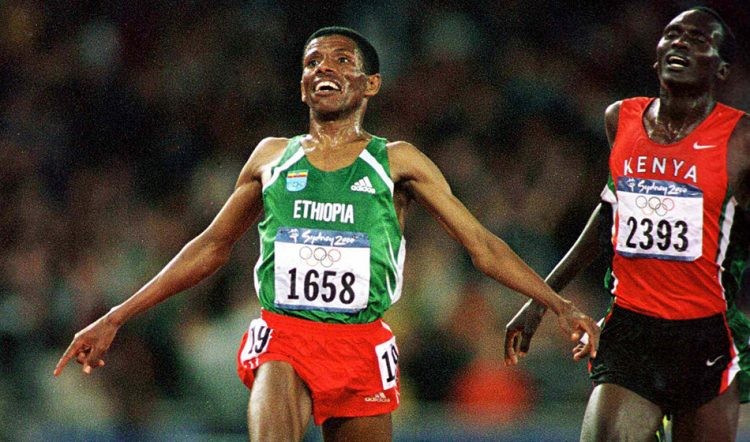
“I became a president of the EAF because I wanted to do something back for my sport; athletics is my passion,” he wrote. “However, some people were making the work impossible, so it is better to leave.”
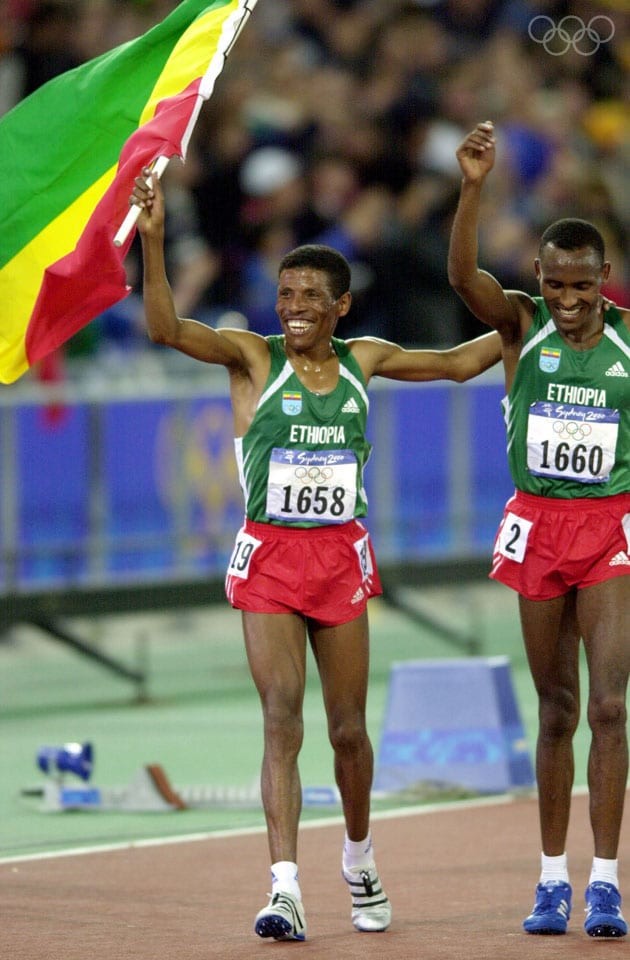
The 45-year-old had a long and successful competitive athletics career which spanned 23 years, since 1992 when he won the 5000m and 10,000m titles at the World Junior Championships. He went on to set 27 world records and 61 Ethiopian records, as well as win two Olympic gold medals and eight world titles both indoors and out.
Gebrselassie will be replaced as president by the Ethiopian Athletics Federation’s vice-president, two-time Olympic 10,000m gold medallist Derartu Tulu.
(11/16/2018) Views: 4,809Seoul Marathon Has Been Canceled Due to Coronavirus
The 2020 Seoul Marathon has been canceled due to the coronavirus. In some good news for those registered, full refunds will be given to all runners.
The 2020 Seoul Marathon was scheduled to take place on March 22 and now, a bit less than 3 weeks from the start date, the organizers of the Seoul Marathon have decided to cancel this year’s running of the event.
Unlike Tokyo Marathon, the Seoul Marathon will be issuing refunds to all runners. Here is their statement on this matter:
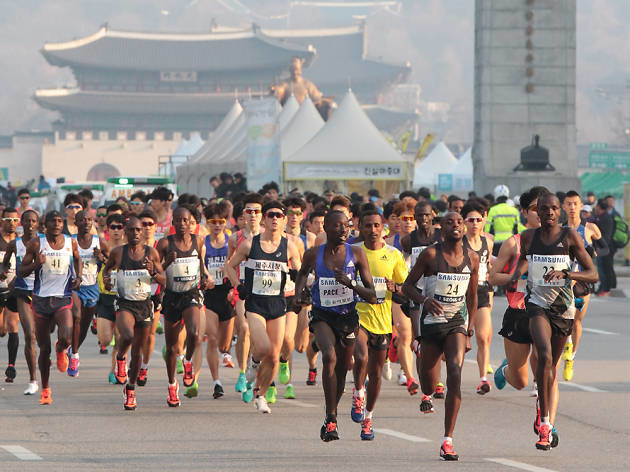
2020 Seoul Marathon cancellation and refund, Seoul Marathon Organizing Committee is officially announcing the cancellation of 2020 Seoul Marathon due to the outbreak of COVID-19. There will be a full refund for every participant. If you have paid with a credit/debit card, a refund will be automatically made. If you have paid with a wire transfer, please leave your bank account detail as you apply for a refund on our official website. It might take a while for the refund to be processed. Thank you for your understanding and hope you all be safe and healthy.

This is definitely going to be a disappointment to the 44,000 runners that were set to participate in the various events for the Seoul Marathon. However, I have to say that the organizers did a great job with this.
First of all, they cancelled it before the taper for runners would begin. This can help those that were planning on running to keep their running program going as they look for another event. The second thing was that they are giving a full refund. They still would have had to make outlays for many things leading up to the marathon but they are not taking that out of the pockets of the people who registered.
Both of those things are likely to go a long way in creating some loyalty from runners who were signed up for this year. Also, while I am sure that many runners would have preferred a longer wait-and-see mode, I think it was the right call to cancel it now.
South Korea has been hit hard already with the coronavirus in terms of numbers compared to other countries and they likely would have seen many runners either not want to come or unable to come for the race. This is due to things like countries warning against travel there right now due to the coronavirus.
(03/05/2020) Views: 4,805Coming Up this Weekend is the Toughest Race In Texas
On January 6 through the 7th in Bandera, Texas the Tejas Trails organization will host its 8th USA Track & Field trail running championships and 16th running of the Bandera 100k. The venue, the Hill Country, northwest of San Antonio Texas. The Bandera 100k is one of the toughest trail runs in Texas, as well as the oldest 100km. It's beautiful, fun, and incredibly well- supported. (01/02/2018) Views: 4,804Run Fast. Eat Slow is 7th Best Seller
This book is currently 7th on the NY Times best seller list. A good read from NY Marathon winner and four time Olympian Shalane Flanagan and chef Elyse Kopecky comes a whole foods, flavor-forward cookbook that proves food can be indulgent and nourishing at the same time. Finally here’s a cookbook for runners that shows fat is essential for flavor and performance and that counting calories, obsessing over protein, and restrictive dieting does more harm than good. (12/09/2017) Views: 4,799Don't spend any energy worrying about the weather for this year's Boston Marathon says Marathon Man Gary Allen File 5
You can’t control the weather. Don’t spend any energy worrying about it. Instead prepare for anything and everything for this year's Boston Marathon.
1. Wear lots of throw away clothes to the start. Layers rule. Make sure your outer layer is a green trash bag to keep you dry. Hours of waiting to start being cold and miserable is not good.
2. Carry your race shoes and wear some old beaters to tromp around in the mud at athletes village. Change into your dry kicks in the corrals and toss your old shoes.
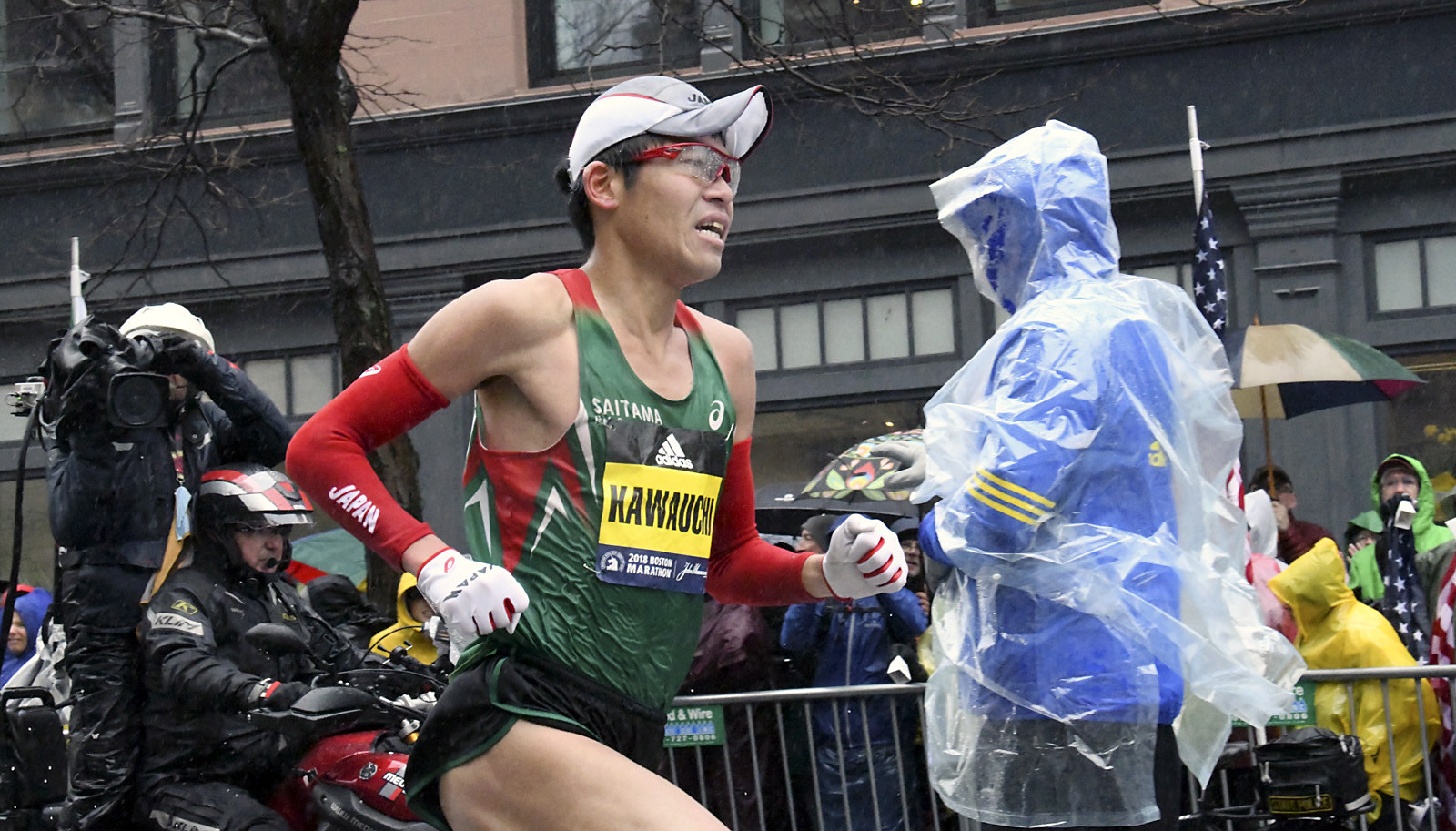
3. Bring some Mylar blankets to wrap up in and sit on in the corrals.
4. Don’t over dress for the actual race. If it’s raining you will be weighted down by sopping wet not needed gear. Remember the faster you run the more heat you generate and you can’t run fast if you have 15 lbs of soaked gear on.
5. Hat and gloves are key. Race singlet will work just fine, maybe arm sleeves. If below 40 I sometimes would wear two singlets.
6. If windy use the people around you to draft. In the infamous nor’easter in 2007 we had gusts of 30 mph right in our faces all damn day. I tucked in whenever I could conserving energy and would pop out when the gusts subsided. I ran 2:55:17 good for 9th OA AG.
7. Start with a 12 oz Poland spring water bottle in your hand and skip the congested mile 2 and 4 water stops. I found in big urban marathons I’d drink 6oz at mile 2 and then finish it at mile 4 but most importantly I skipped the crowded chaos of those first 2 stops.
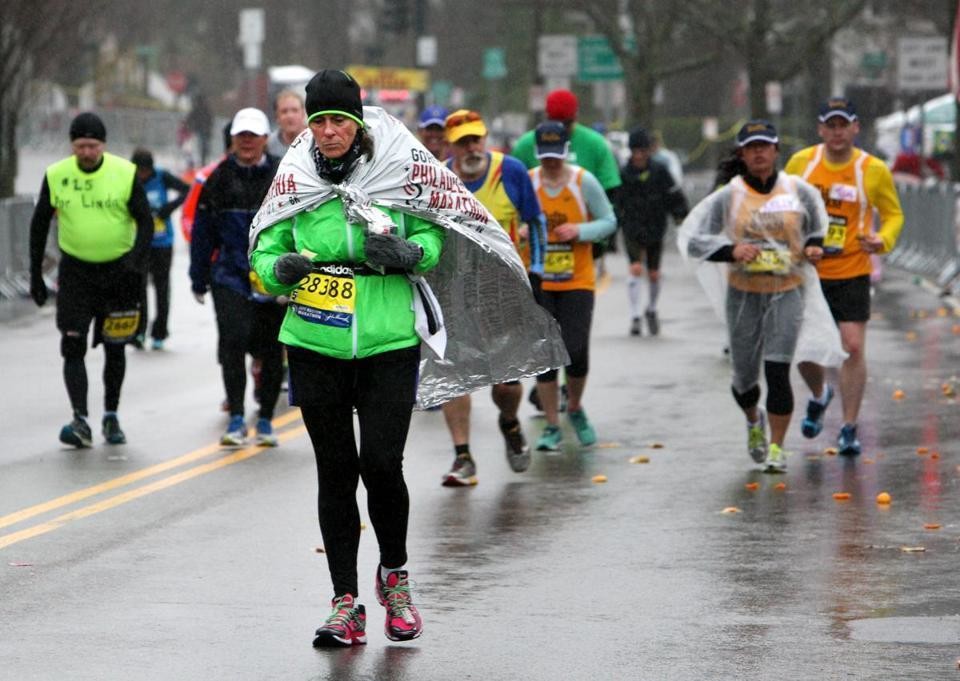
8. Don’t follow the crowds. If village is insane you don’t need to go there. The hopkinton green right at the start is a fantastic place to wait. Plenty of Porto’s and you can head straight to your corrals when called. Lots of big trees to help shield you from weather.
9. Have fun and even if Mother Nature kicks you in the face Smile and yell, “yo bitch, BRING IT....IS THAT ALL YOU GOT!”
From Marathon Man Gary Allen who has run many Boston Marathons over many years.
(04/10/2019) Views: 4,798Gary Allen
IAAF’s World Male Athlete of the Year Eliud Kipchoge has been recognized at the Laureus Awards in Monaco yesterday
Eliud Kipchoge, who broke the world marathon record in Berlin last September, was honored with the Laureus Academy’s Exceptional Achievement award, a discretionary award that has only been handed out three times previously in the history of the event. Previous winners include swimming great Michael Phelps (2013), Chinese tennis champion Li Na (2015) and Italian football star Francesco Totti (2018).
“I would like to thank my fans around the world for all their support. I believe that a running world is a peaceful world, a sporting world is a healthy world and that a sporting world is an enjoyable world,” Kipchoge said after he was presented with the award by fellow athletics great Tegla Loroupe, a member of the academy.
The Olympic champion was also a finalist for the World Sportsman of the Year award, which went to tennis champion Novak Djokovic for the fourth time.
“It means a lot (to be recognized by the Laureus Academy),” Kipchoge added. “It means that I have been making a big impact in this world – to be recognized for exceptional achievement not just in athletics, but in the whole category of sport. It’s nice to mingle with the people from tennis, from basketball, from motor racing, from football, from gymnastics.”
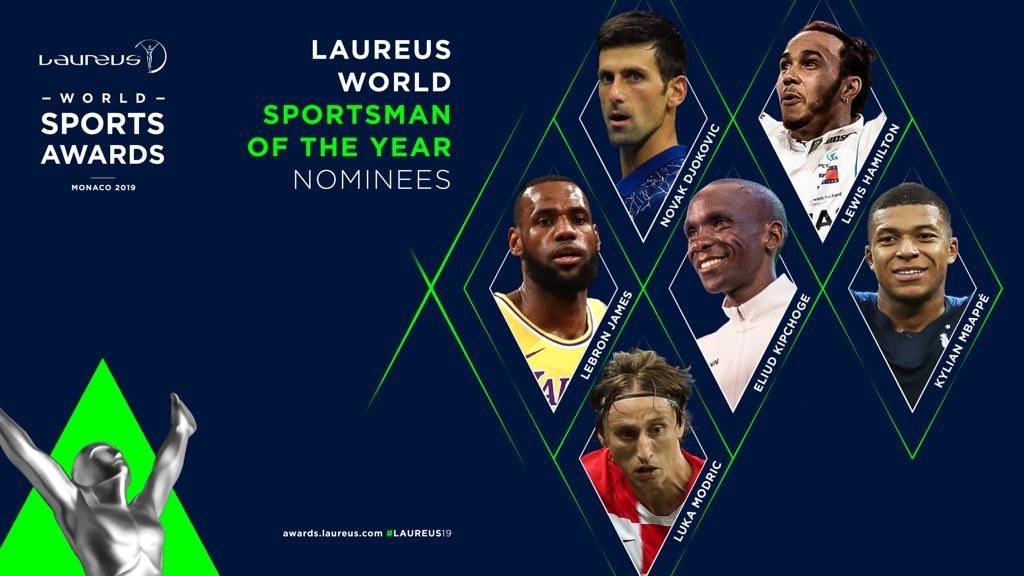
The 34-year-old Kenyan won the London Marathon in April last year in 2:04:17, finishing comfortably ahead of one of the deepest marathon fields in history.
Five months later, he won the Berlin Marathon in 2:01:39 to smash the world record. His time in the German capital was 78 seconds faster than the previous world record, representing the biggest single improvement on a men’s marathon world record since 1967.
He is now preparing to defend his title in London in April.
(02/19/2019) Views: 4,773Jim Walmsley breaks the Western States 100 record by over 15 minutes on a baking hot day
We posted on Tuesday that even with the forecasted hot weather, Jim Walmsley was going to break the course record set in 2012 by Timothy Olsen who clocked 14:46:44.
For two years now, Walmsley’s public declaration that he will not only try and break the famous 100-mile course record but trim more than 45 minutes off it has bought him massive attention.
Fast forward to this year's race. Jim hit the 85.2 mile mark in 12 hours 16 minutes. Could he hold on for 15 more miles? The temperature in Auburn, California where the race finishes at 6pm was 96 degrees.
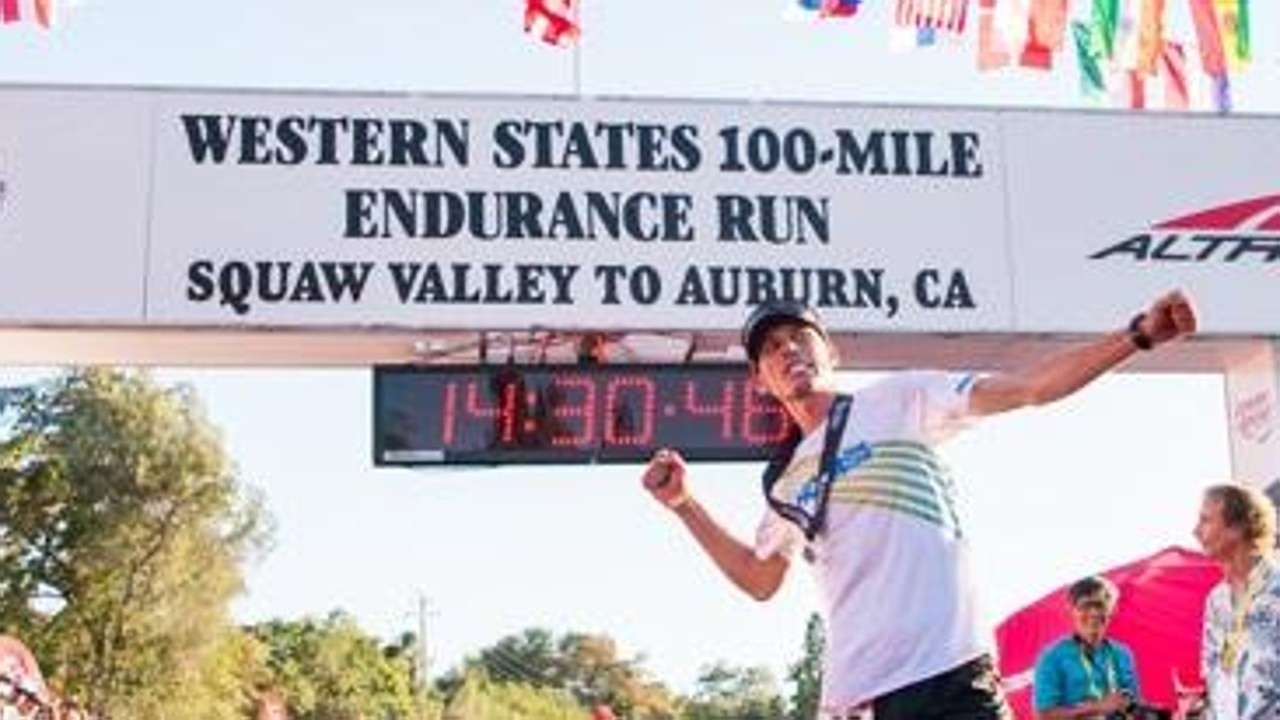
That was still a lot of miles in that kind of heat. At Pointed Rocks (94.3 miles) he was still trying to hold it together. He ran 10:50 pace for that 3.7 mile split. It was hot. Meanwhile Courtney Dauwalter continued to lead the women hitting 79.8 miles in 13 hours 48 minutes. Course records were still possible.
Jim passed the 96.8 mile check point at No Hands Bridge and ran right on through without stopping. He was 14 minutes ahead of the course record still.
Courtney was 33 minutes ahead of course record at mile 80 with Lucy Bartholomew in second place some miles back. Frenchman Francois Dhaene was in second place at 90.7 miles about an hour behind the leader.
Reliable reports told I Run Far that Jim was delayed for about ten minutes by a bear with cubs along the trail at around 95 miles. He passed the Robie Point check point (98.9 miles) running 8:11 pace now knowing he was going to finally win the Western States 100 and maybe still set the course record.
He kept it together and went on to win clocking 14:30:04 on a baking hot day, taking over 15 minutes off the course record.
(06/23/2018) Views: 4,711Nike Alphafly 3 sells out in less than 24 hours
One of the highest-profile carbon-plated running shoes, the Nike Alphafly 3, hit Canadian stores on Jan. 4, and in 24 hours, it has already sold out online and in-store.The carbon-plated shoe Kenya’s Kelvin Kiptum wore to set the marathon world record at the 2023 Chicago Marathon is the lightest and fastest version of the Nike Alphafly to date, and many runners tried to get their hands on a pair, which is selling for CAD $375.The shoe first made an appearance as a prototype on the feet of Sifan Hassan at the 2023 London Marathon, which she won. Nike formally announced the public release of the shoe in late November, naming Thursday as the global release date.
Some run specialty stores across Canada were sold out of the shoe in a matter of minutes. Nigel Fick and Sarah Deas, the owners of Culture Athletics, an independent running store in Toronto’s east end, say they’ve never seen demand for any shoe this high. “Our men’s size range sold out in a minute, with sizes 9.5 to 11, going within seconds,” says Fick. “We had hundreds of customers refreshing the page, waiting for the 10 a.m. launch.”Deas told Canadian Running that they have been receiving emails about the Alphafly 3 for two months. “We have not seen this demand for a shoe launch since the first Alphafly in 2020–it’s been wild,” says Deas.The popularity of the Alphafly 3 is backed by the Nike’s marketing strategy, and defined by the performances of world-class athletes. But the hype around the shoe is also backed by science. Nike’s competitive advantage lies in the innovative system of speed embedded in the Alphafly 3. This proprietary combination features ZoomX foam, Air Zoom units and a carbon-fibre Flyplate, powering the Alphafly and giving distance runners a distinct edge.
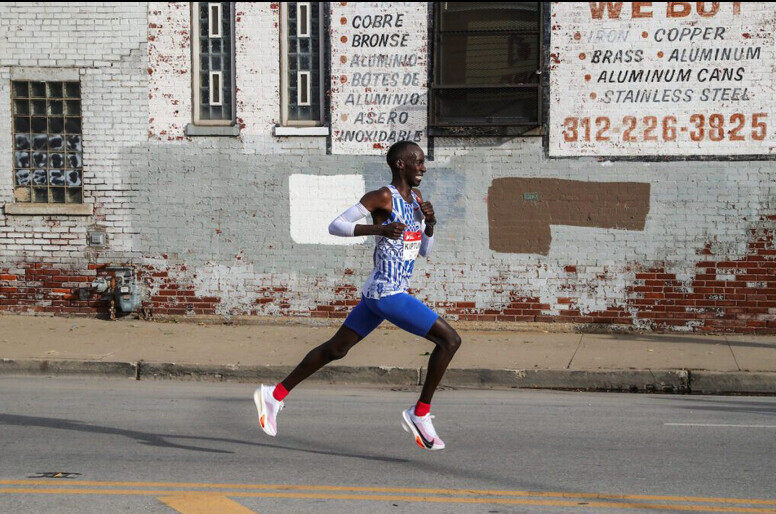
The Nike Alphafly 3 is also built on the success of its predecessors, with Eliud Kipchoge achieving the seemingly impossible in the OG Alphafly, breaking the two-hour barrier at the INEOS-1:59 event in 2019. In 2022, wearing the Alphafly 2, Kipchoge lowered his world record to 2:01:09 at the Berlin Marathon.
Those looking to wear the Alphafly 3 for their spring marathon may have to wait a little longer. Culture Athletics and other independent retailers will not receive additional stock until the second colourway is released in April.
‘This is the first time the prototype colourway of an Alphafly or Vaporfly has been made available for run specialty retailers in Canada,” Fick says, talking about the buzz of the new shoe. “This launch has been exciting for us and all of our run community.”
(01/06/2024) Views: 4,687Eliud Kipchoge over the weekend said that breaking two hours for the marathon is very possible
World Marathon Record holder and Olympic marathon champion Eliud Kipchoge said Saturday night (Jan 12) that breaking the two-hour mark in marathon is possible.
However, he declined to confirm if he will be making another attempt to become the first man to run the marathon in under two hours.
Speaking in Mombasa on Saturday evening, Kipchoge said all that is required is focus and belief.
"It's possible. Once the human body sets the mind and focus, it will be attained and running under two hours is very much possible," Kipchoge said.
The 34-year-old ran in an experimental race under special condition in Monza, Italy in 2017 to clock 2:00.25 and though that mark was never recognized as an official work record, he has since gone on to break the world record in Berlin last year clocking an impressive two hours, one minute and 39 seconds.
"With the right training, the right environment and the right people, and with the right thinking, then all is possible. However, it requires someone to have the belief," he added.
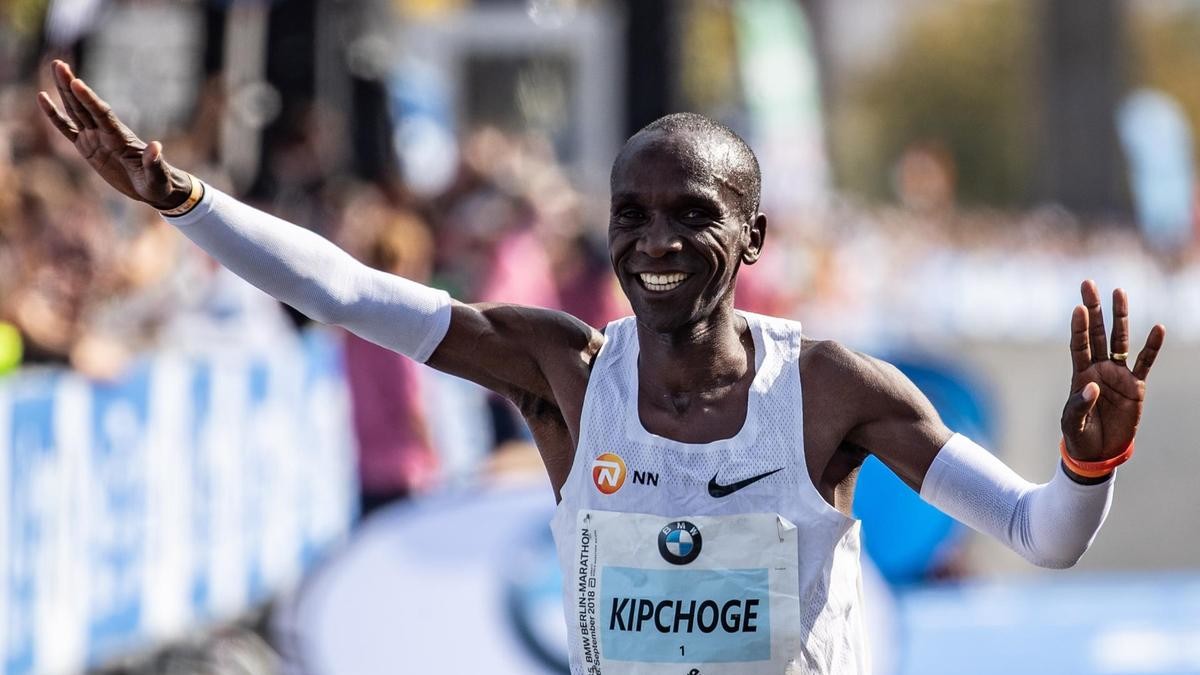
The London and Berlin marathon champion was on Friday crowned the 2018 Kenya Sports Personality of the Year in the award gala held in Mombasa.
"Not many people are thinking of running under the two hours mark. But if one intends to run and he has no belief in his mind, then he cannot do anything. But if your belief is in the mind and in the blood, beyond the skin and into the bone marrow, then it's possible."
Kipchoge is yet to confirm if he will be running in London, with the organizers yet to release the elite list of stars for the 2019 race. However, he said he is back in training for a major city marathon.
"I hope to run soon. But that is being worked on by the management. Once they have agreed, then we will all know which will be the next stop," he added.
Kipchoge says the Monza experiment offered him great hope going into his successful world record attempt in Berlin last year when he sliced over one minute off compatriot Dennis Kimetto's previous mark of 2:02:57 set on the same course in 2014.
"It gave me the confidence that I can run faster than any normal world record," he said. "If I could run two hours and 25 seconds (in Monza), then what is two hours, two minutes and 57 seconds? It helped me gain huge confidence, which helped me get the record."
Kipchoge has not lost a race since 2013, when he finished second to Wilson Kipsang in Berlin. He has won in London, Berlin, Rotterdam and Chicago.
(01/13/2019) Views: 4,680The Weight of Gold: Lolo Jones Is Determined to Make It Back to the Olympics
Lolo Jones, who's featured in HBO's new sports documentary The Weight of Gold, is one of the few Olympians to compete in both the Summer and Winter Games. It's a feat just a little more than 100 athletes in the history of the Olympics have achieved out of the thousands who have qualified over the years. For her part, Jones has competed with the best in the world in both track and field and bobsled — and she's not done with the Olympics yet.
Jones made her Olympic debut in the 100m hurdles at the 2008 Summer Games and competed again in 2012, placing seventh and fourth, respectively. She took up bobsledding in an effort to get past her disappointment and ultimately competed with the US Olympic bobsled team at the 2014 Winter Games, placing 11th.
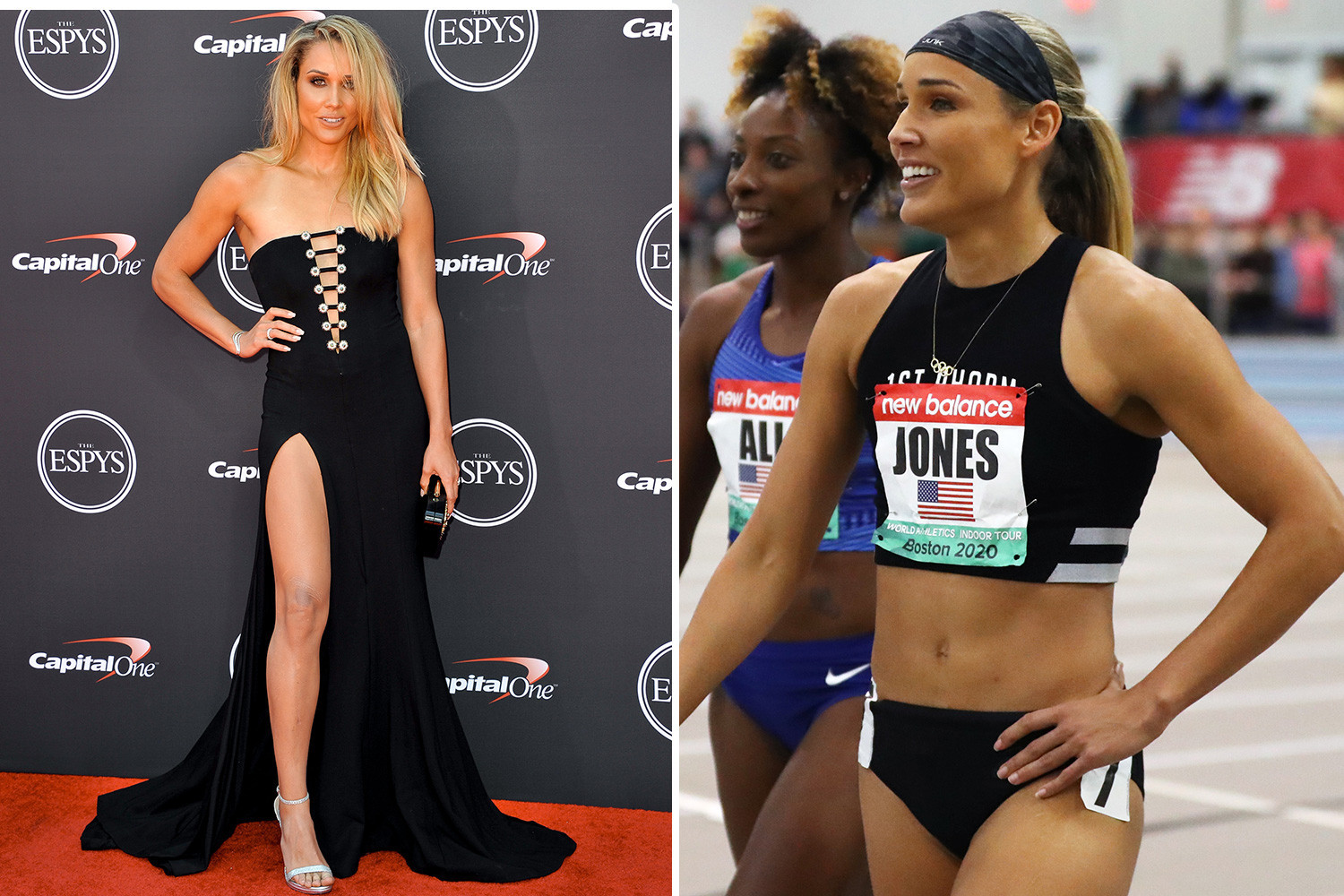
Though she had every intention of continuing her Olympic career in track and field, Jones withdrew from the Olympic trials in 2016 after sustaining an injury earlier in the season. She also didn't make the cut for the 2018 bobsled team, which she said was devastating. "At the end of the day, to make a bobsled team, it's a very subjective process. It's not like track and field where the top three cross the line, and they go," Jones told USA Today at the time. "You can have better results, and I have better results than the girls who are going, but at the end of the day it's a subjective process." She added that she didn't think she'd return to bobsled after that.
Instead, Jones has focused her energy on qualifying in hurdles for the 2020 Olympics — which are now happening in 2021 — in Tokyo. In late 2019, she told FanSided that she was still gunning for a spot on the Olympic team, though she recognizes the challenges of competing against athletes who are much younger. "I'm feeling the aches and pains of basically all the times I've crashed in a bobsled at 90 miles an hour, every hurdle hit I've had," Jones said. "So it's built up, but what's great about it is the fact that I'm super strong and determined to finish out my goals." She added that her ultimate goal is to make the podium — and she's not giving up on that dream yet.
(08/09/2020) Views: 4,647Let's understand how fast 18-year-old Phonex Kipruto ran today in Central Park
From the starting horn at the 14th UAE Healthy Kidney 10K run in Central Park in New York City today April 29, two runners—Kenyan training partners Rhonex Kipruto and Mathew Kimeli—set off to chase the bonus prize money, in addition to competing for the $10,000 first-place prize.
Passing the 5K split in approximately 13:39, the two were on track to break the event record, and they would only pick up the pace from there.
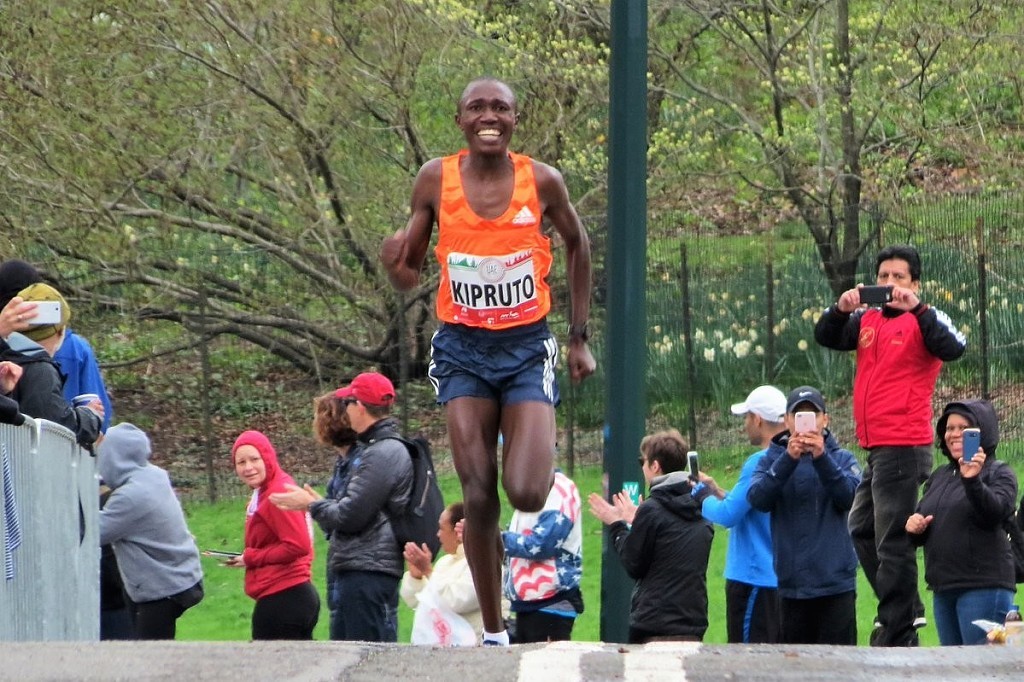
On the fourth mile, the 18-year-old Kipruto began to pull away from Kimeli, and he reached the 8-kilometer checkpoint in a world-best time of 21:45, breaking the previous mark by 17 seconds. Kipruto would then lower the UAE Healthy Kidney 10K event record by 27 seconds, crossing the finish line in 27:08; that time is also the fastest in the world this year to date, the fastest road 10K ever run in the United States on a record-eligible course, and the seventh-fastest road 10K of all-time (also on a record-eligible course). Kimeli would finish second in 27:19.
This is a New York Road Runners event. Prior to this race, Phonex finished 3rd at the Birell 10K last September in Prague clocking 27:13.
(04/29/2018) Views: 4,636The family of marathoner Frank Meza Says He Was Cyberbullied and then committed suicide
The family of Frank Meza, the 70-year-old marathoner who was found dead Thursday amid cheating allegations, spoke exclusively to Inside Edition about his death.
Authorities say a 70-year-old man has died by suicide after he was disqualified from the Los Angeles Marathon over cheating allegations.
Frank Meza of South Pasadena was found in the Los Angeles River last Thursday after reports that someone may have jumped from a bridge.
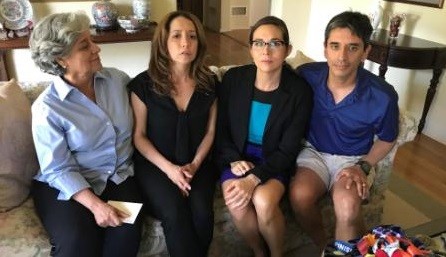
The Los Angeles County coroner’s office says Meza died from multiple blunt force traumatic injuries and ruled his death a suicide.
Meza, a retired physician, was a longtime marathon runner.

Days before his death, the Los Angeles Marathon disqualified his finish in the March race. Officials said he left the course and came back from a different position. His time of 2 hours, 53 minutes 10 seconds had been the fastest ever for a man his age.
Meza said he only stopped to relieve himself.
Asked whether the allegations against him killed her husband, Meza's wife, Tina Nevarez, replied, "Yes, I do believe that." He was found dead Thursday in the LA River.
The family said they didn't anticipate he would take his own life but believe cyberbullying led him to do it.
(07/09/2019) Views: 4,583Soh Rui Yong broke a 24-year-old record at Seoul Marathon
It has been a great day for national marathoner Soh Rui Yong. All of his hard work and training has been paid off when he clocked at 2hr 23 min 43 sec at the Seoul Marathon on Sunday Morning (March 17th). It is a big deal for him as he broke the 24 year old record at the event.
The effort he put in during that race is what he would consider a big achievement as it has always been his goal to go under 2:24. As a matter of fact, he was planning to do that at the Tokyo Marathon earlier this month. However, he had to withdrew from the race due to a mix-up where he was placed in a mass start up pen instead of the elite and sub-elite group.
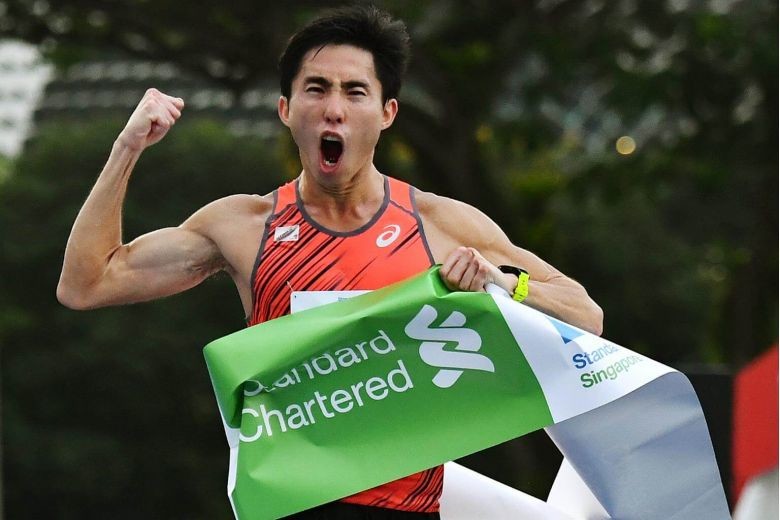
Soh Rui Yong is also known for his previous achievements where his previous best in the Chicago Marathon back in 2016 was 2:24:55. He also has obtained 2 gold medals in the SEA games.
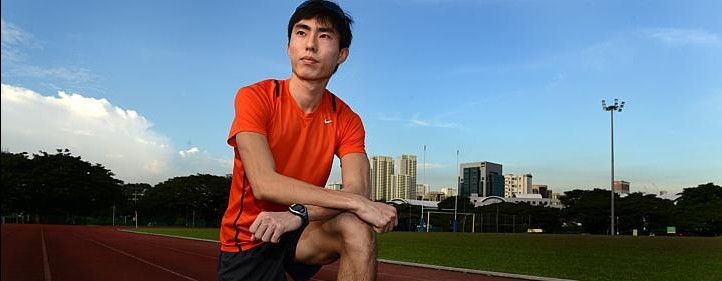
He expressed his joy with the results he put out as he commented, “It took years of work and I finally found the race and opportunity to do it, so I am happy with that.”
He also mentioned how this marathon is the only serious attempt at record. When it comes to previous marathons, he was “unsure of his fitness going in” but this time he managed to go in fit and healthy.
Soh Rui Yong has done 5 weeks worth of training in Flagstaff, Arizona which is located in the United States. Even with an Achilles heel injury which caused clocking in lower mileage, Soh Rui Yong managed to keep his confidence that he would go under 2hr 24 min as his key workouts there were faster than before.
Soh Rui Yong is not just hardworking in his sports career but even in his working career. He is current working in business development and is also a sports ambassador with lifestyle portal called The Smart Local.
(03/25/2019) Views: 4,575What happend to Yuki Kawauchi? He did run his 80th sub 2:20 marathon at the Gold Coast!
It was hot and humid at the Gold Coast Marathon (Australia) July 1. It was 65 degrees with 100% humidity. Not the best conditions for running a marathon. Yuki Kawauchi said, "I could not run well."
He finished 9th clocking 2:14:50. (Kenneth Mungara won clocking 2:09:49, Kenta Murayama second 2:09:50 and Jo Fukuda third 2:09:52.)
Yuki posted on Facebook, "But, I achieved my 80th time of sub 2:20 at this race." "The Australian people were kind to me," Yuki says.
(Photo: Yuki with fan/marathoner Dion Finocchiaro. Dion ran 2:24:36 a PR for him. Maybe meeting Yuki gave him that extra push?)
Yuki's next marathon is going to be the New Caledonia International Marathon August 26. Their site says, "This is an Olympic-level world-class marathon as runners battle for victory along a spectacularly scenic route winding around Noumea's bays."
Yuki posted on Facebook, "This race is my important memorial marathon.Because this race was my first oversea race. If I didn't run this race 10 years ago, I might not run oversea races like now.
I want to build a course record." Where is this marathon? Their site says, "Surrounded by the vast expanse of the South Pacific, New Caledonia, with a surface area of 18,564 km², lies to the east of Australia and south of the thousands of islands and archipelagos making up Melanesia and Micronesia."
(07/02/2018) Views: 4,575World Athletics Championships Tokyo 2025: Final Entry Lists Confirm Historic Lineup
The countdown is on for the World Athletics Championships Tokyo 2025, set to take place from September 13–21 at Japan’s National Stadium. The final entry lists confirm that the event will be one of the largest in history, with more than 2,200 athletes from nearly 200 nations scheduled to compete across nine action-packed days.
A Global Gathering of Stars

The championships bring together the very best from every corner of the globe. From world record holders and Olympic champions to rising stars making their debuts on the sport’s biggest stage, Tokyo promises to deliver unforgettable performances. With such a deep and diverse field, the competition is expected to be fierce in every discipline—sprints, middle distance, long distance, field events, and relays.

Spotlight on Distance Running
For distance fans, all eyes will be on the men’s and women’s marathons, both of which will showcase stellar fields. Tokyo’s marathon routes are known for their fast sections and demanding late-race turns, setting the stage for potential record-breaking times. In the 10,000m and 5,000m, East African dominance will once again be tested by emerging talents from Europe, North America, and Asia.
History at the National Stadium
The National Stadium, originally rebuilt for the Tokyo 2020 Olympic Games, will host tens of thousands of fans eager to witness world-class athletics. The venue carries a special significance as the heart of Japanese sport, blending cutting-edge facilities with a deep respect for tradition.
What’s at Stake
Beyond medals and records, the championships serve as a proving ground ahead of the next Olympic cycle. Athletes will not only chase global titles but also national pride, with team points and country standings closely watched. For many, a breakthrough performance here could define their careers.
The Road Ahead
With final entries now confirmed, the anticipation builds. The world’s fastest sprinters, strongest throwers, most daring jumpers, and toughest distance runners are all converging on Tokyo. Fans across the globe will tune in to see who emerges as champion when the best of the best go head-to-head.
One thing is certain: from September 13 to 21, Tokyo will be the epicenter of athletics, delivering drama, passion, and history in the making.
(09/06/2025) Views: 4,569Boris Baron
Happy Global Running Day! Be sure to run, walk or jog at least one mile today!
Global Running Day is a worldwide celebration of running that encourages everyone to get moving. It doesn’t matter how fast you run or how far you go—what’s important is that you take part, and how you do it is up to you.
Run a lap around your block, take your dog for a long walk, or call your friends for a pick-up game in the park. The important thing is that you have fun being active—and you inspire others to join you.
Global Running Day is a day that celebrates the sport of running. It is held annually on the first Wednesday of June.

Participants of all ages and abilities pledge to take part in some type of running activity by submitting their names through the Global Running Day website.
Global Running Day was formerly known as National Running Day and began in the United States. The first event was in 2009.
The inaugural Global Running Day was held on June 1, 2016. More than 2.5 million people from 177 countries pledged to run more than 9.2 million miles.
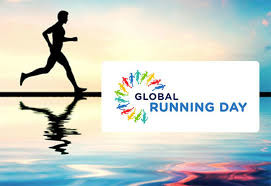
New York City Mayor, Bill de Blasio, declared June 1, 2016 to be Global Running Day in the City of New York. 2014 Boston Marathon winner Meb Keflezighi led a group run from the Boston Run Base, and the Atlanta Track Club organized a “run around the clock” event, where at least one person from the Atlanta metro area would be running every hour of Global Running Day.
More than 100 organizations support Global Running Day and the Million Kid Run.
As part of Global Running Day, the Million Kid Run aims to get young people excited about fitness. By moving and having fun, kids discover that living an active lifestyle can be fun and easy.
The 2018 Global Running Day inspired Bob Anderson to start the Run The World Challenge. It launched July 4, 2018. Since then 289 people all over the world have run and logged over 110,000 miles. This program encourages people to run and or walk everyday.
”If you are a runner already,” says My Best Runs founder Bob Anderson, “be sure to run at least a mile today. For everyone else, there is no better time than today to get started.” 71-year-old Bob Anderson is a lifetime runner who ran his first mile Feb 16, 1962. He is on track to hit 1820 miles over the last 12 months ending July 3.
“I just love to run and programs like Global Running Day and Run The World challenge motivate me to do more,” says Bob Anderson. “So get in your mile today. Run, walk, jog it all counts.”
(06/05/2019) Views: 4,557I am skipping the biggest meets that remain at Hayward Field, just too sad to go back to this doomed place
Full destruction of Hayward Field is guaranteed, now that the City Council has refused to consider a last-ditch attempt at historic status designation. I’m already distancing myself from the place, skipping the biggest meets that remain, Pre and NCAA.
This isn’t a call to boycott. It’s just too sad for me to go back to this doomed place. There are many happier places in Eugene...Coverage of the total teardown and replacement has overlooked the neighbors.
This might be the right change, but it's in the wrong place. Hayward Field outgrew its location by at least 1972 (the first year I visited there for the Trials). On-street parking was scarce then and has become more so.
The neighborhood has grown ever more crowded, from new construction on and near campus. Neighbors range from barely tolerant of the big events to wishing them away.
Hayward sits amid property owned by UO Physical Education and Recreation — four turf fields and the Rec track. These are heavily used, up to 18 hours a day. I’ve taught a running class there since 2001, and we typically get evicted whenever a big track meet comes to Hayward.
The effect of construction will be devastating on all student uses of these fields and track, and some of that space will never be replaced because there’s no spare room. The end of Hayward would have been the perfect time to locate the new stadium anywhere but here, anywhere with surrounding space.
The old track, minus the stands other than a smaller replica of the East, could have become Hayward Heritage Park — open to students and the public alike. Now it’s too late. Sad that the suggestions of nearest neighbors seemingly never were solicited.
(Editor's note: Joe Henderson was the editor of Runner's World in the early years and continued to write for the magazine for many years. He has written many books and is currently coaching his team in Eugene.)
(05/10/2018) Views: 4,548Joe Henderson
Allyson Felix has signed a multi-year contract with athletic apparel brand Athleta
Felix, who’s one of the most decorated athletes in American history, has upwards of 10 Olympic and World Championship medals.
Felix ran for Nike starting in 2010, a contract which ended in December of 2017. She was in negotiations with the company when she openly criticized her sponsor for not supporting women athletes who choose to start a family.
She followed that up with testifying before the US House of Representatives Ways and Means Committee on the maternal mortality crisis.

Though she had excellent healthcare and was in top physical condition, Felix suffered serious complications during her pregnancy and underwent an emergency C-section at 32 weeks. She spent the next few months with her baby in the NICU before going public with her story in December 2018.
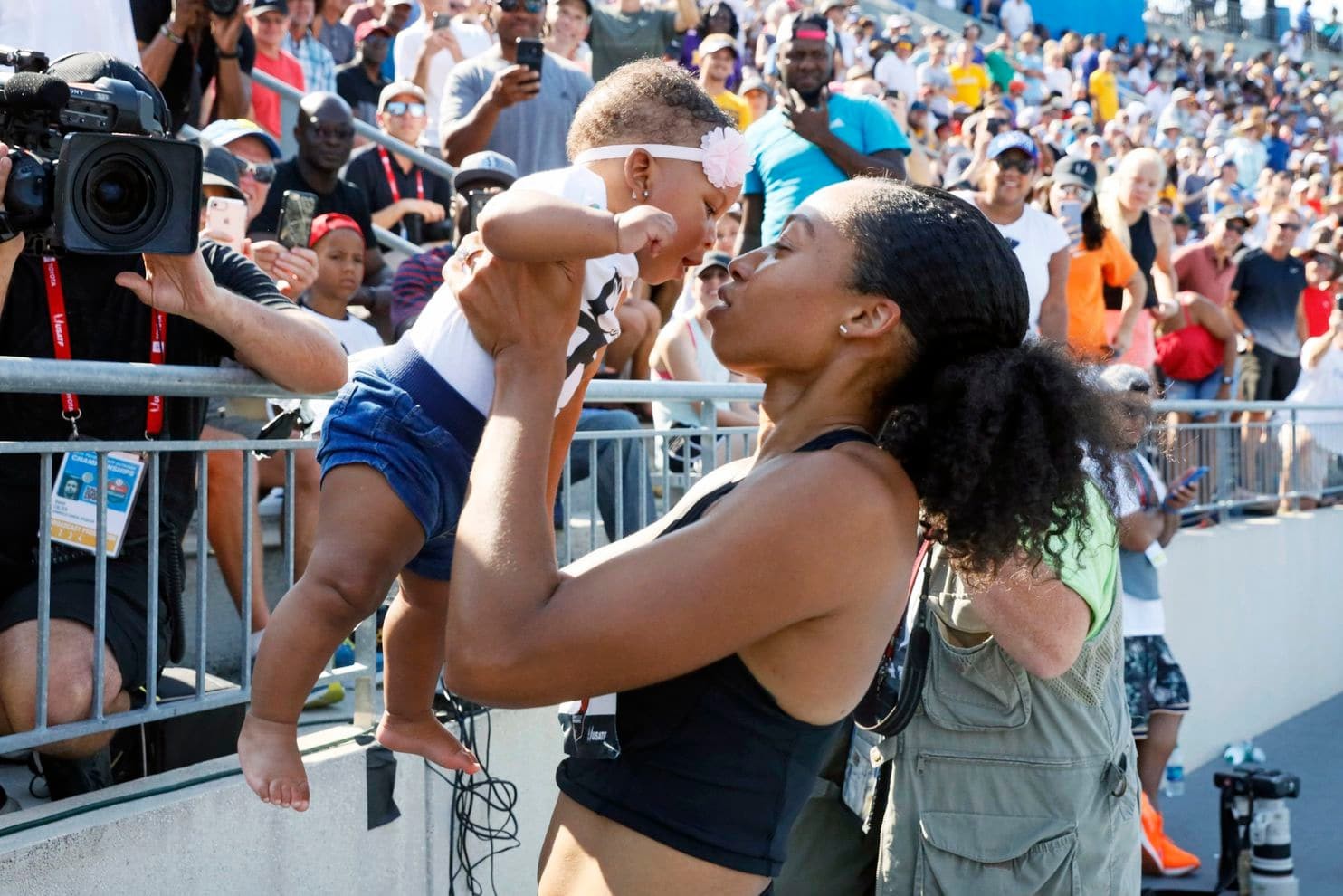
Felix raced in an unbranded black kit at this past weekend’s USATF National Championships, where she placed sixth in the 400m final and made her 13th World Championship team in the relay pool for the 4x400m. She gave birth last November to her daughter Camryn.
Felix’s contract with Athleta includes full pregnancy protections. Nike has since changed their pregnancy policy to better accommodate their female athletes.
(08/02/2019) Views: 4,540Madeleine Kelly


